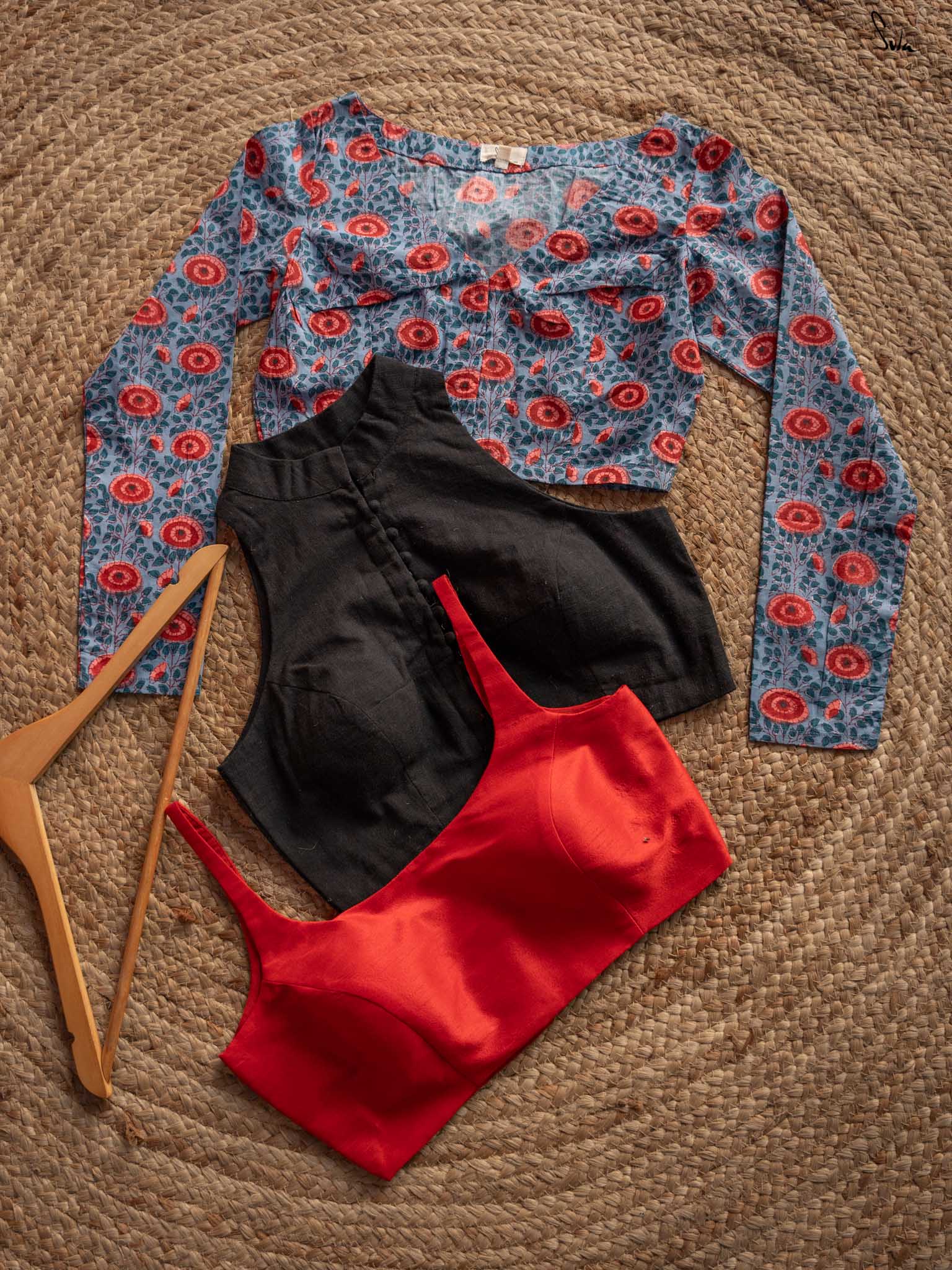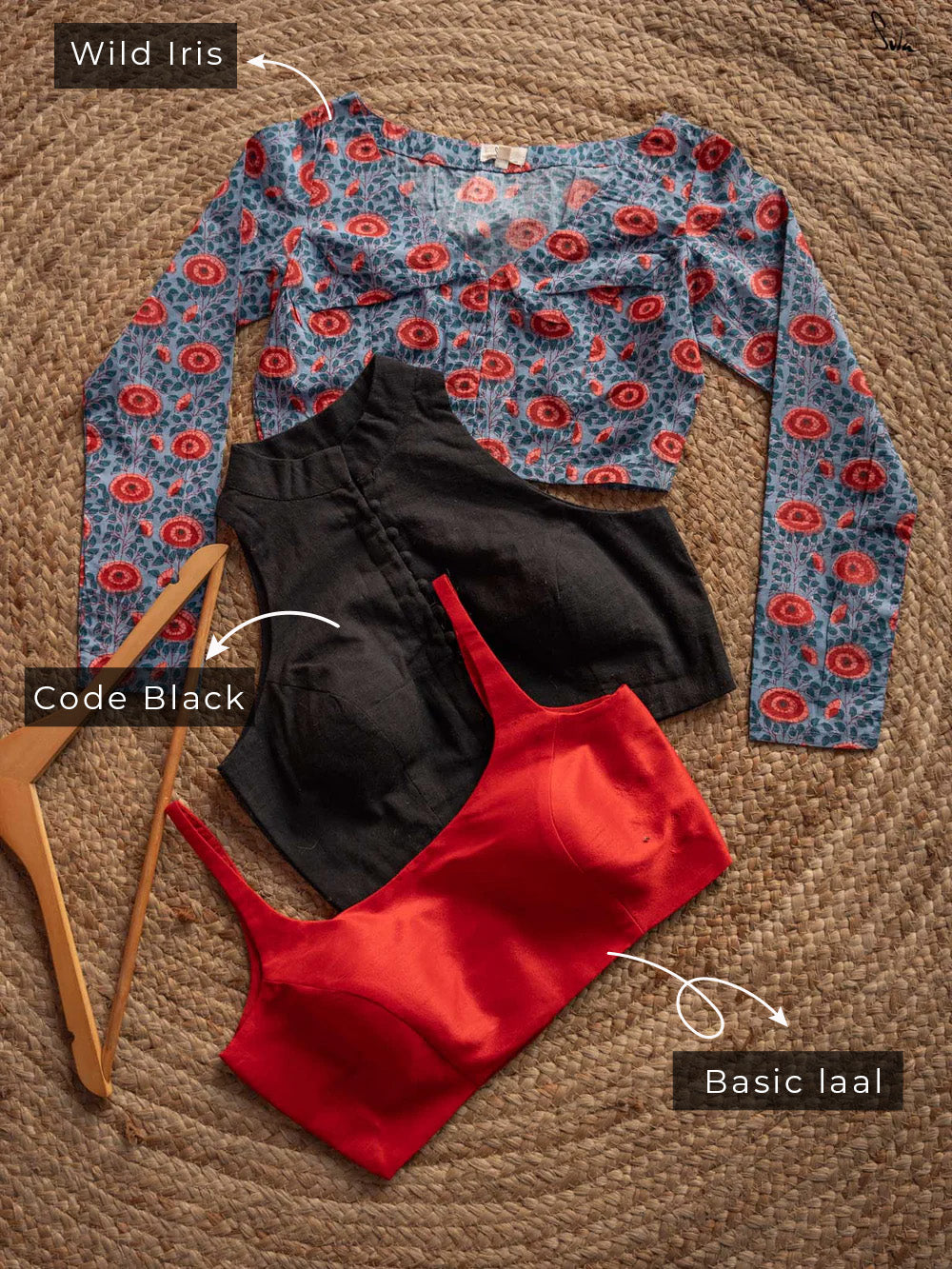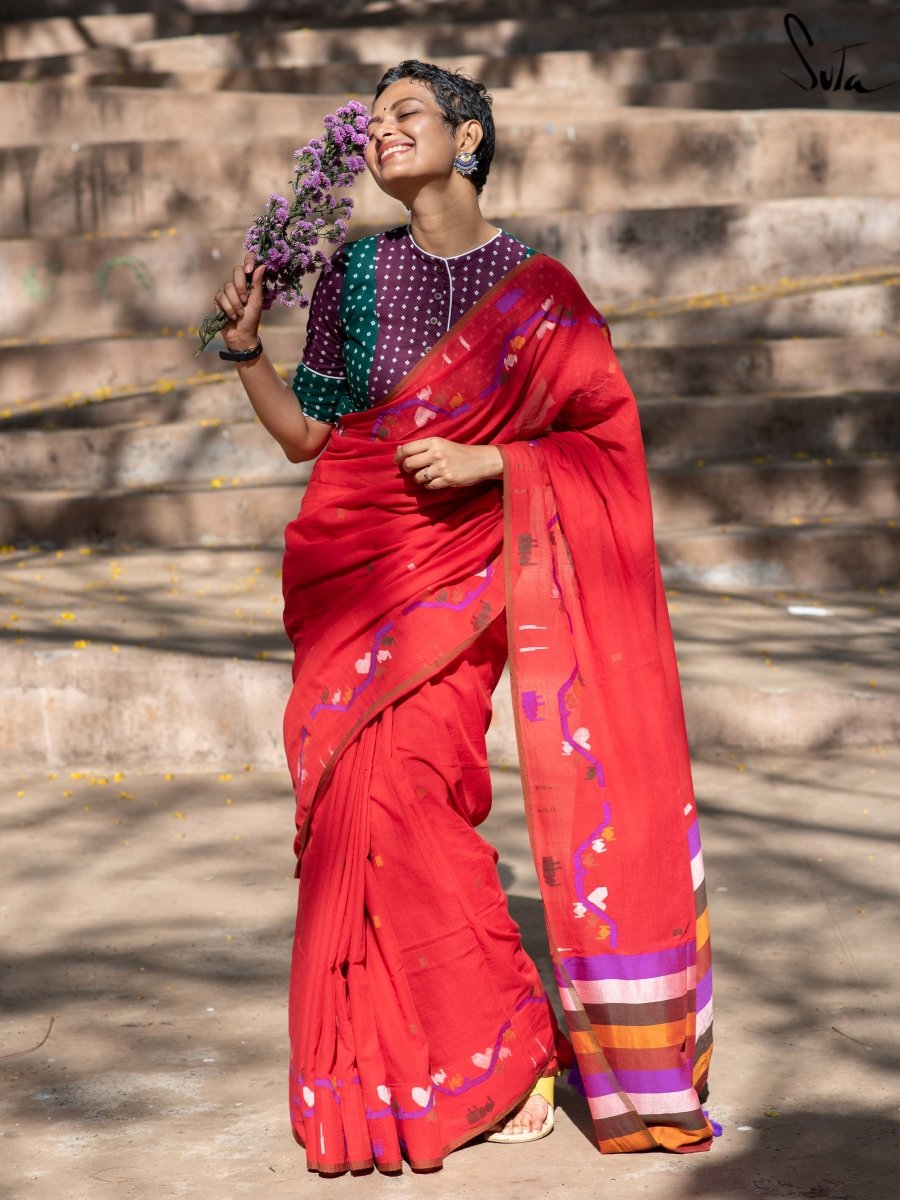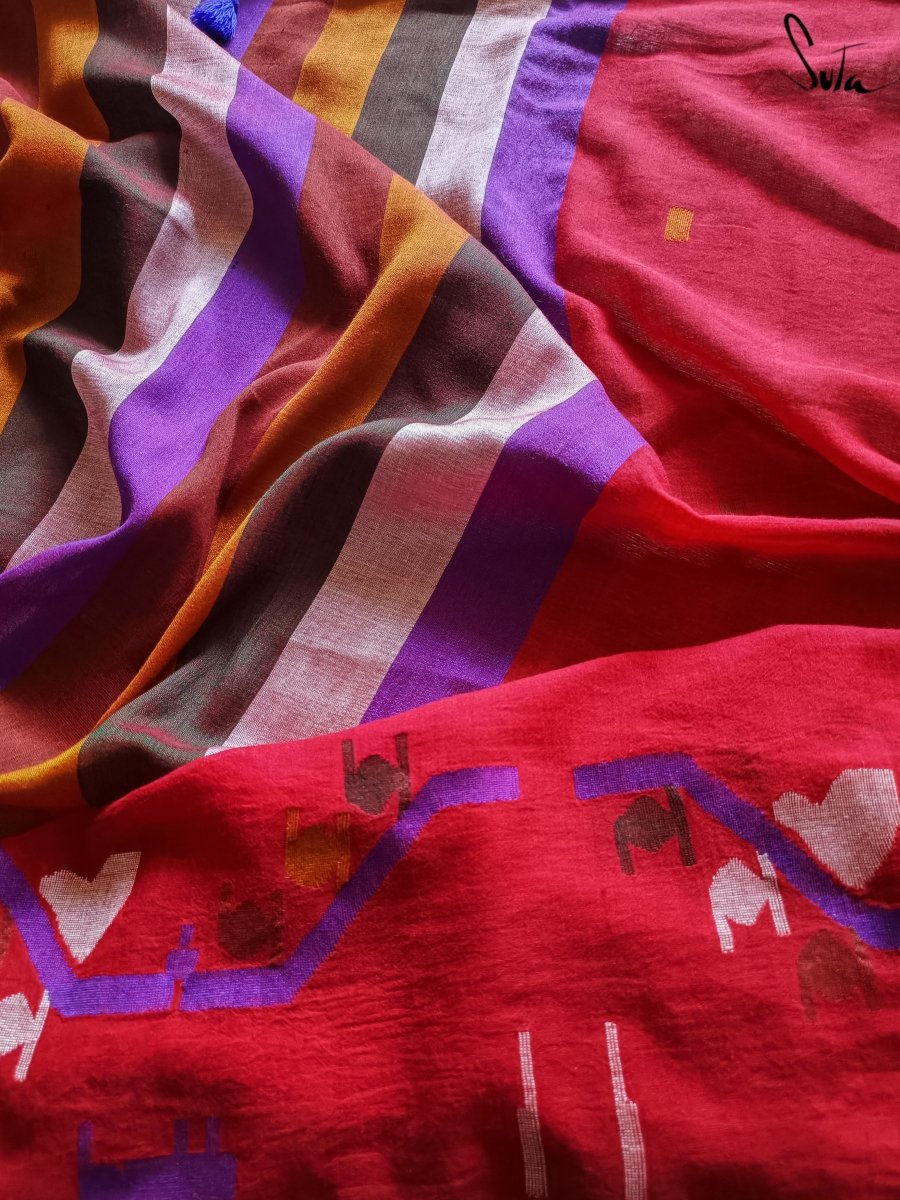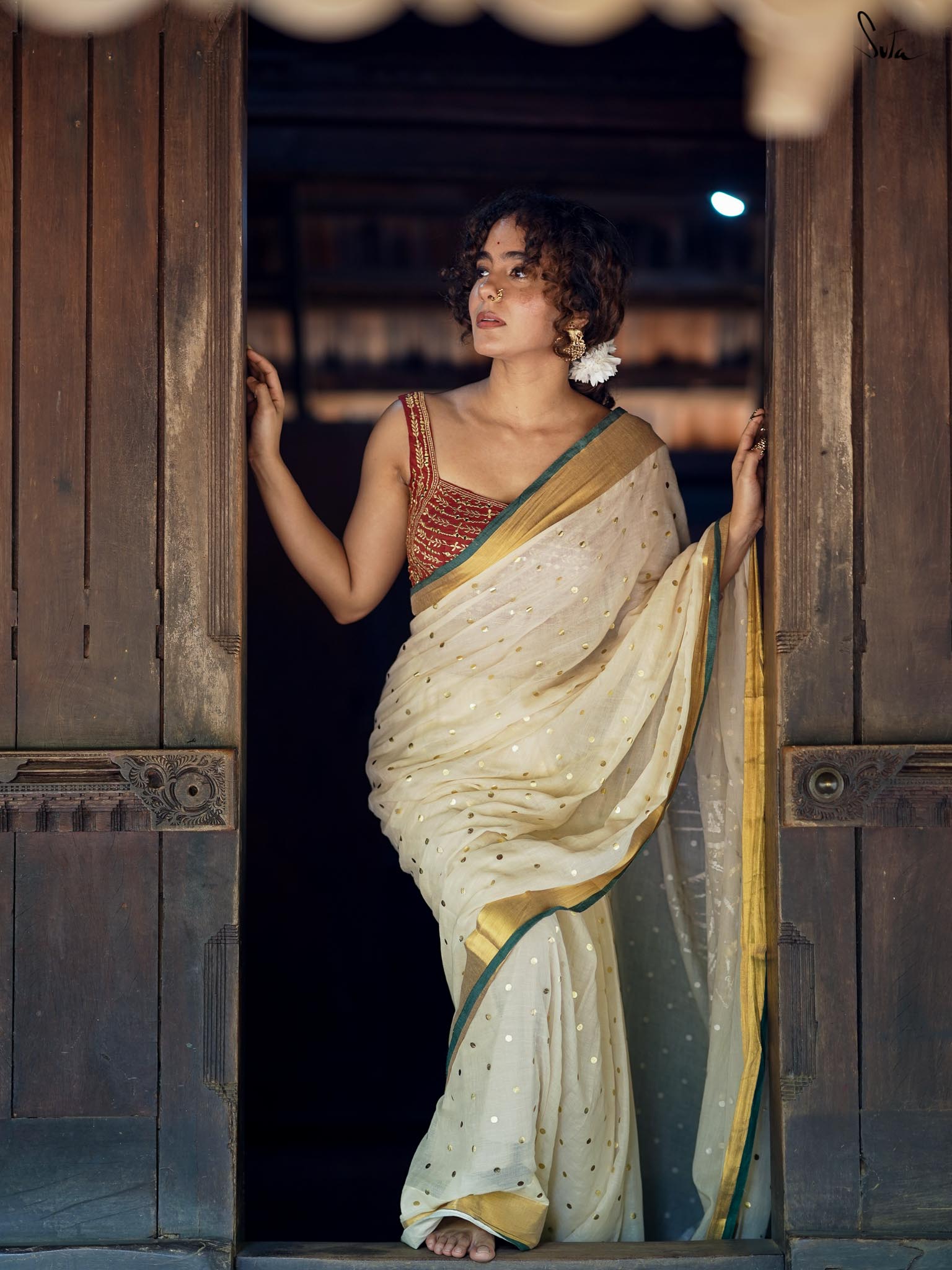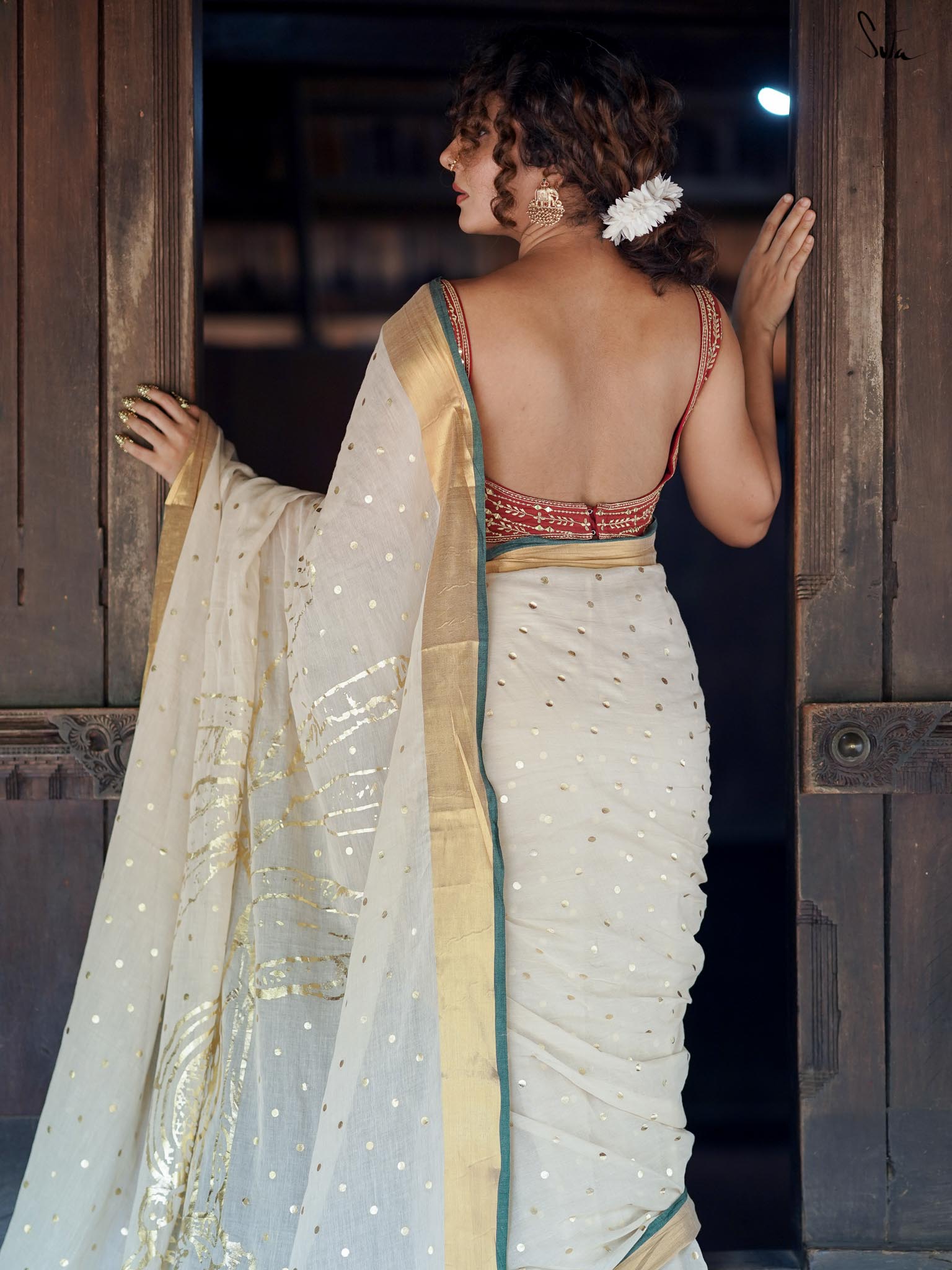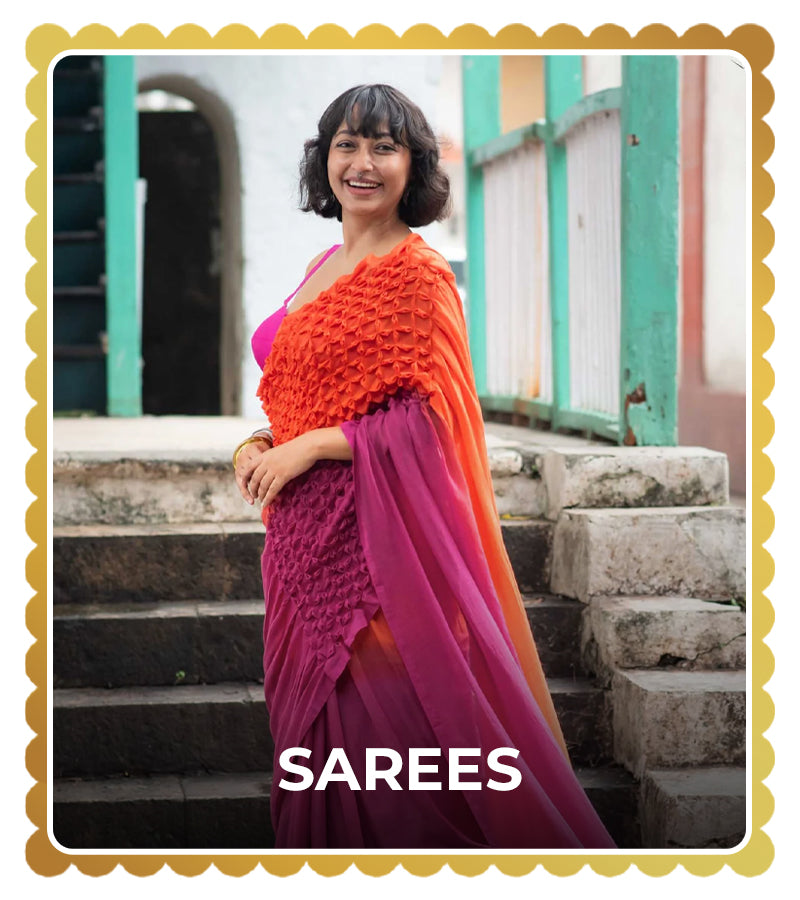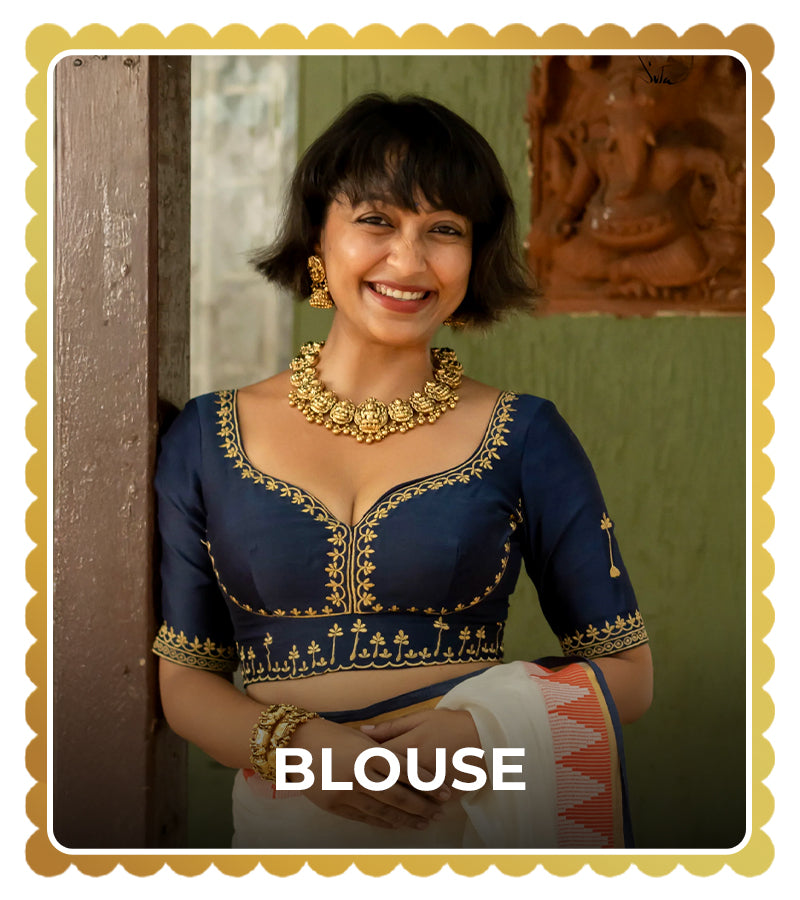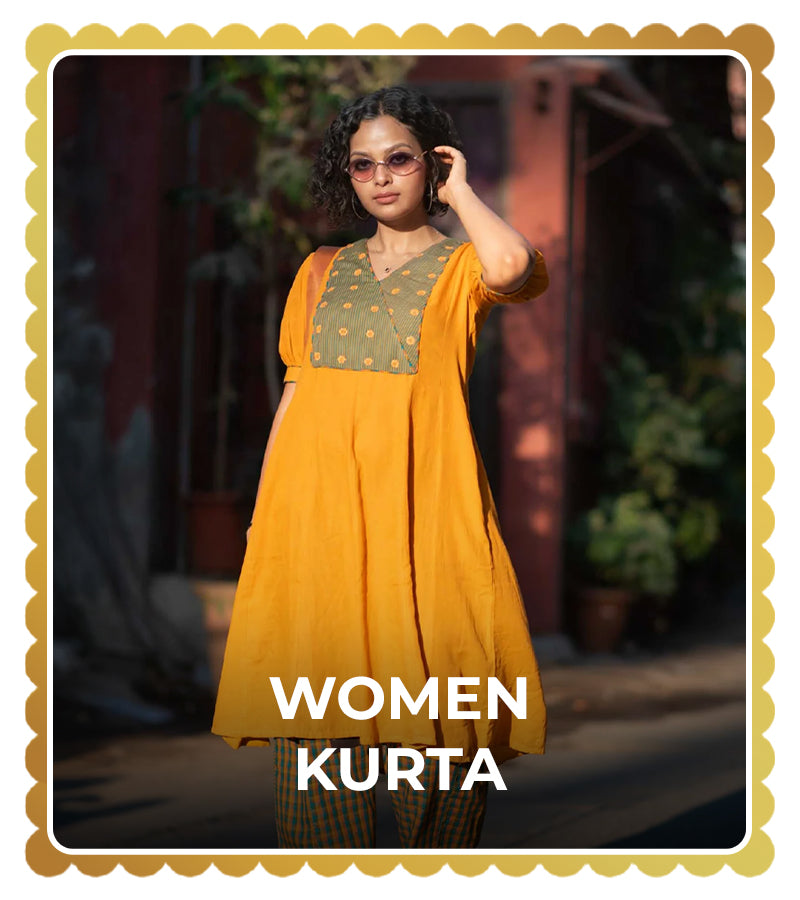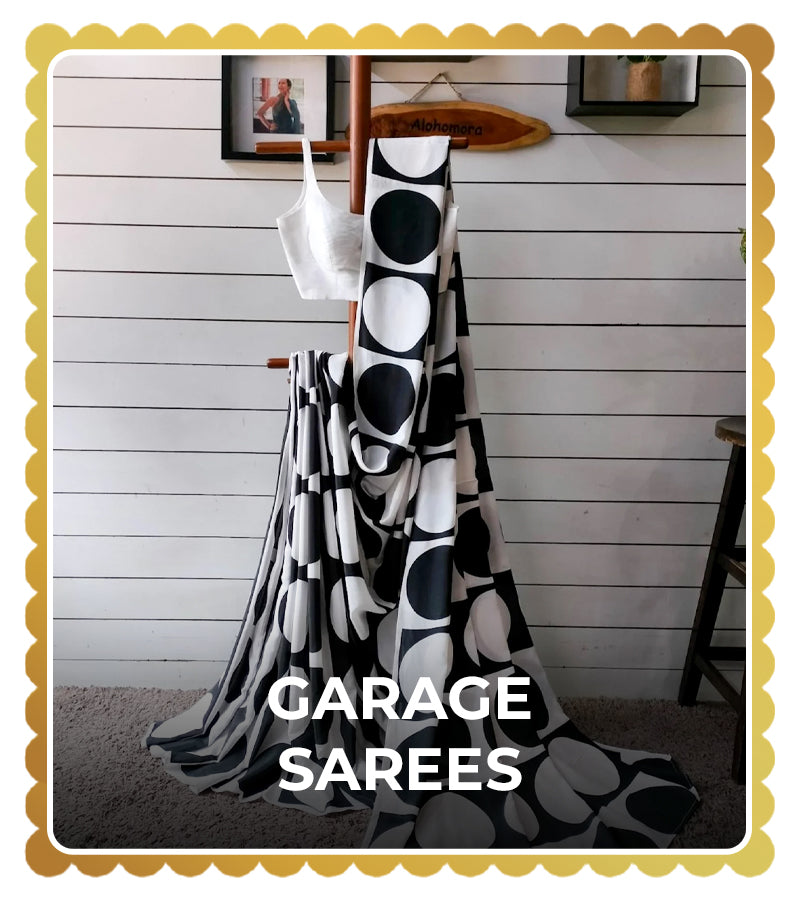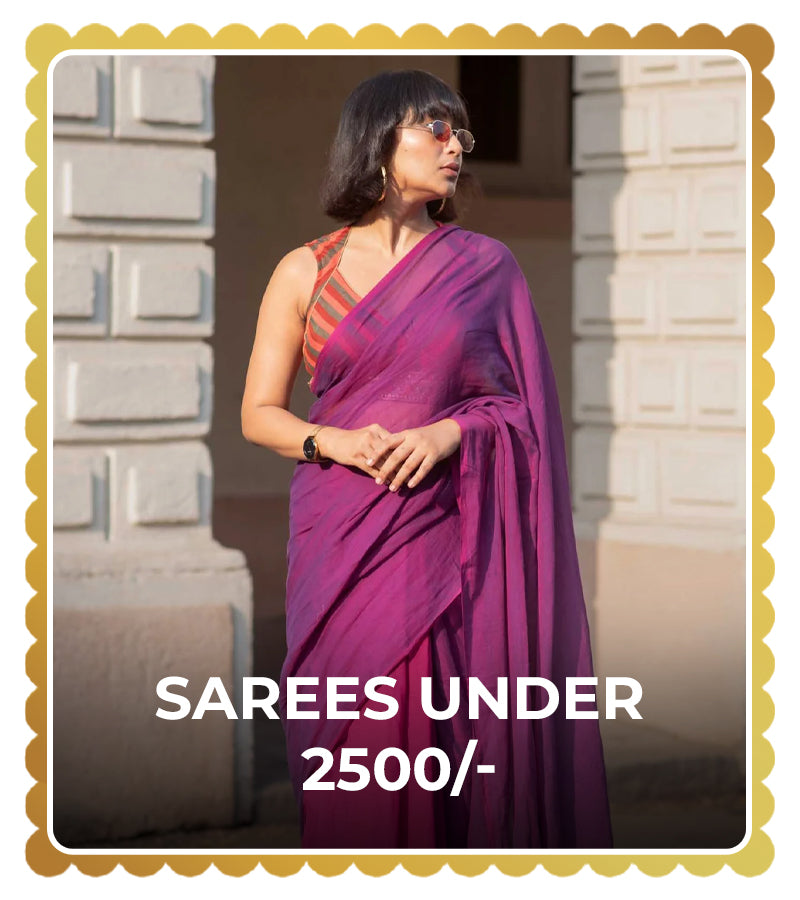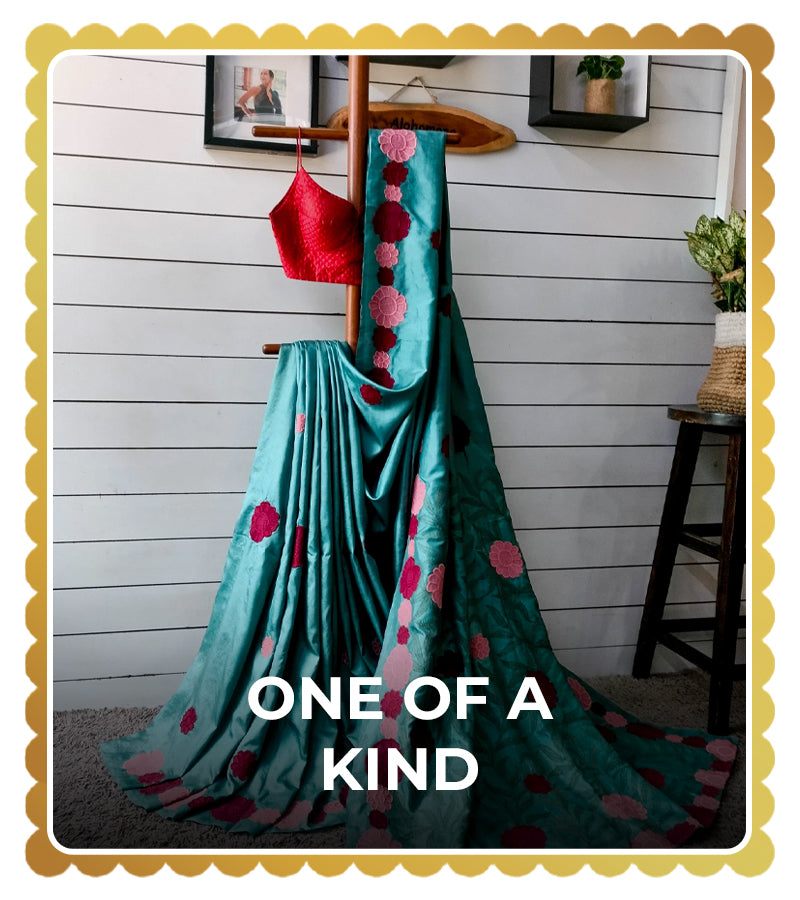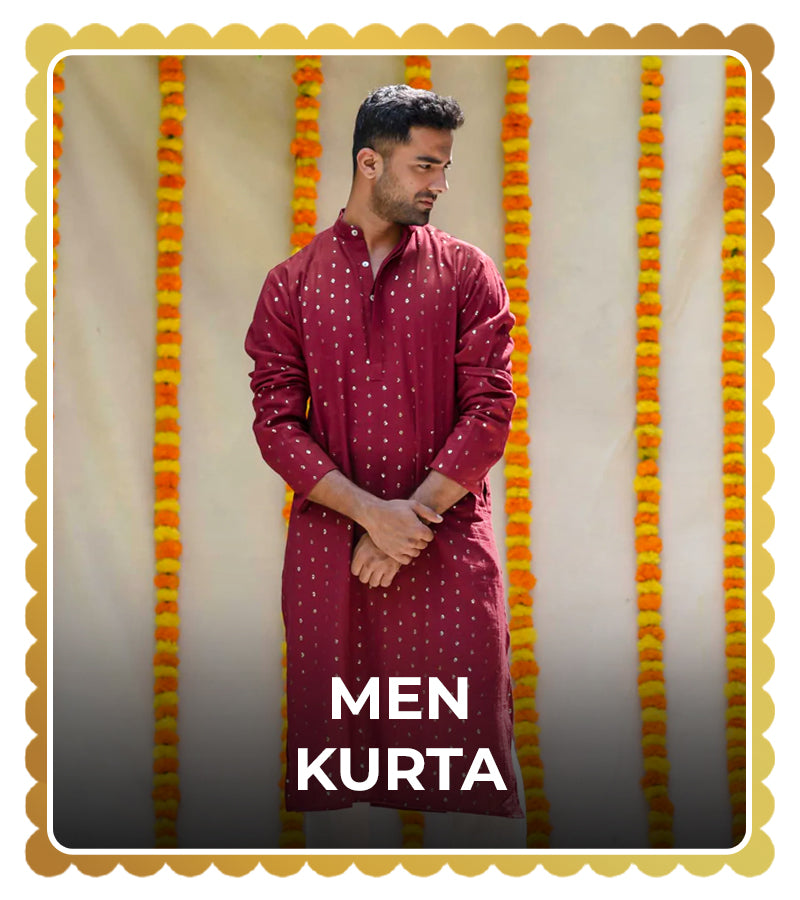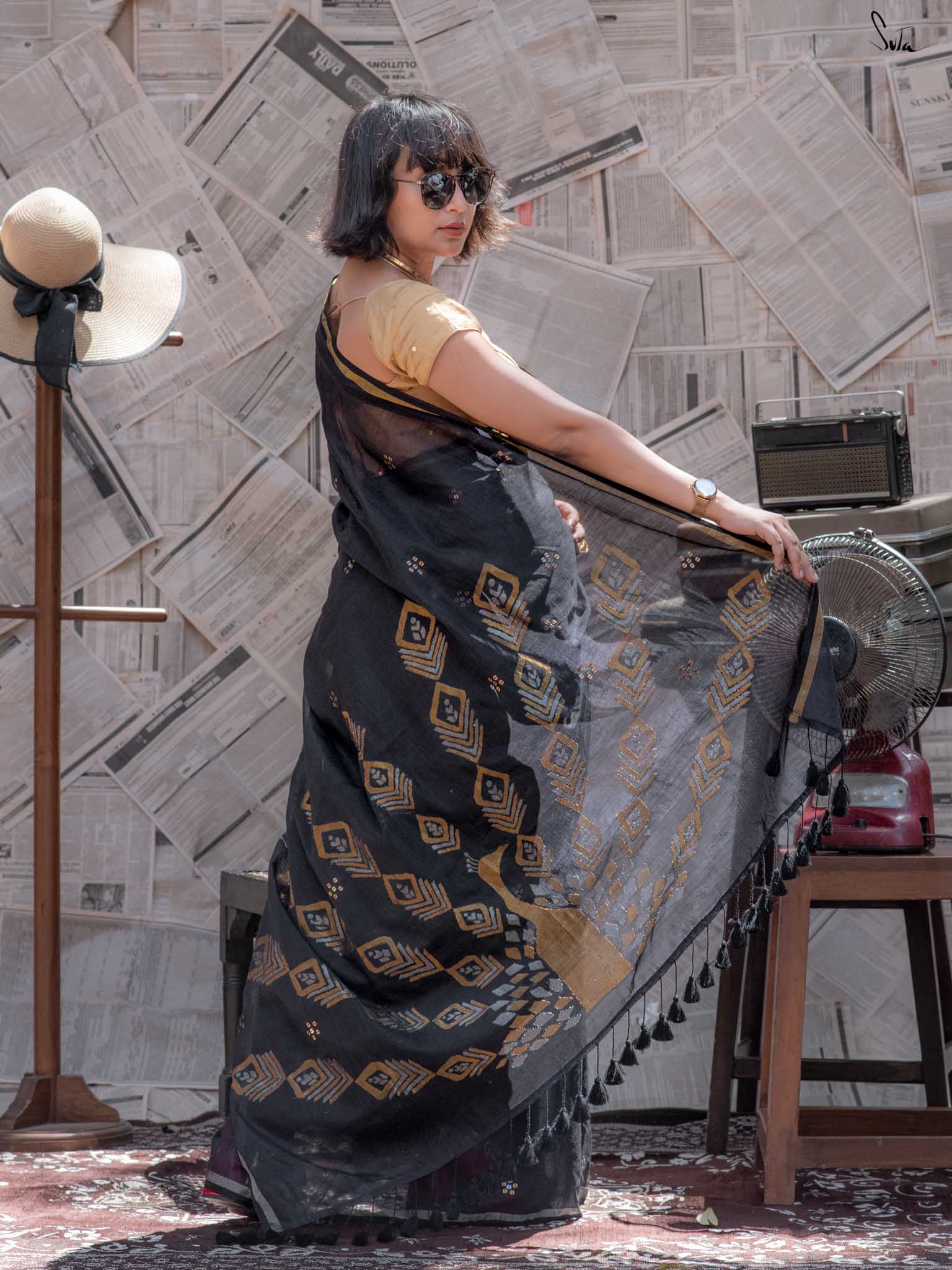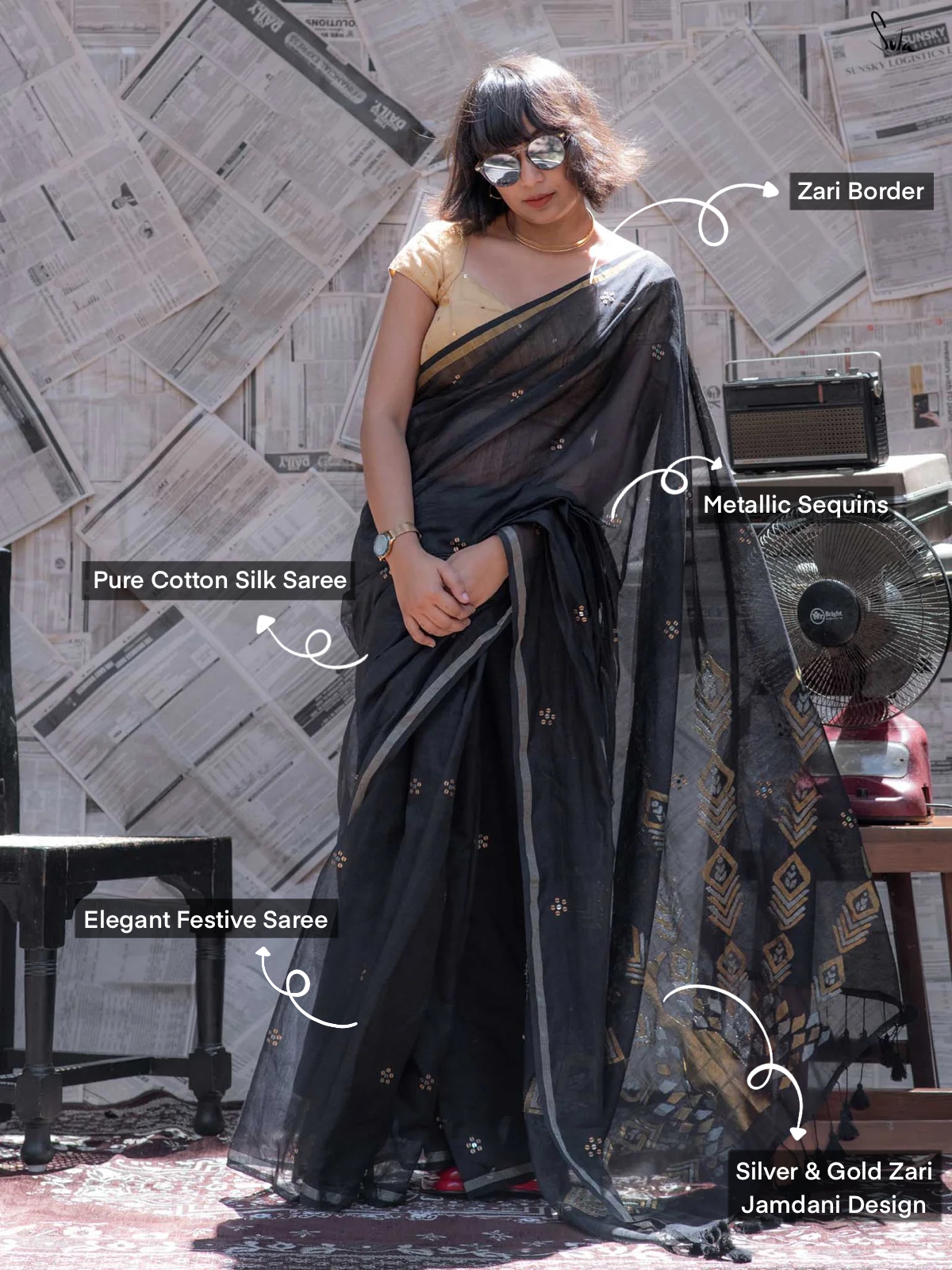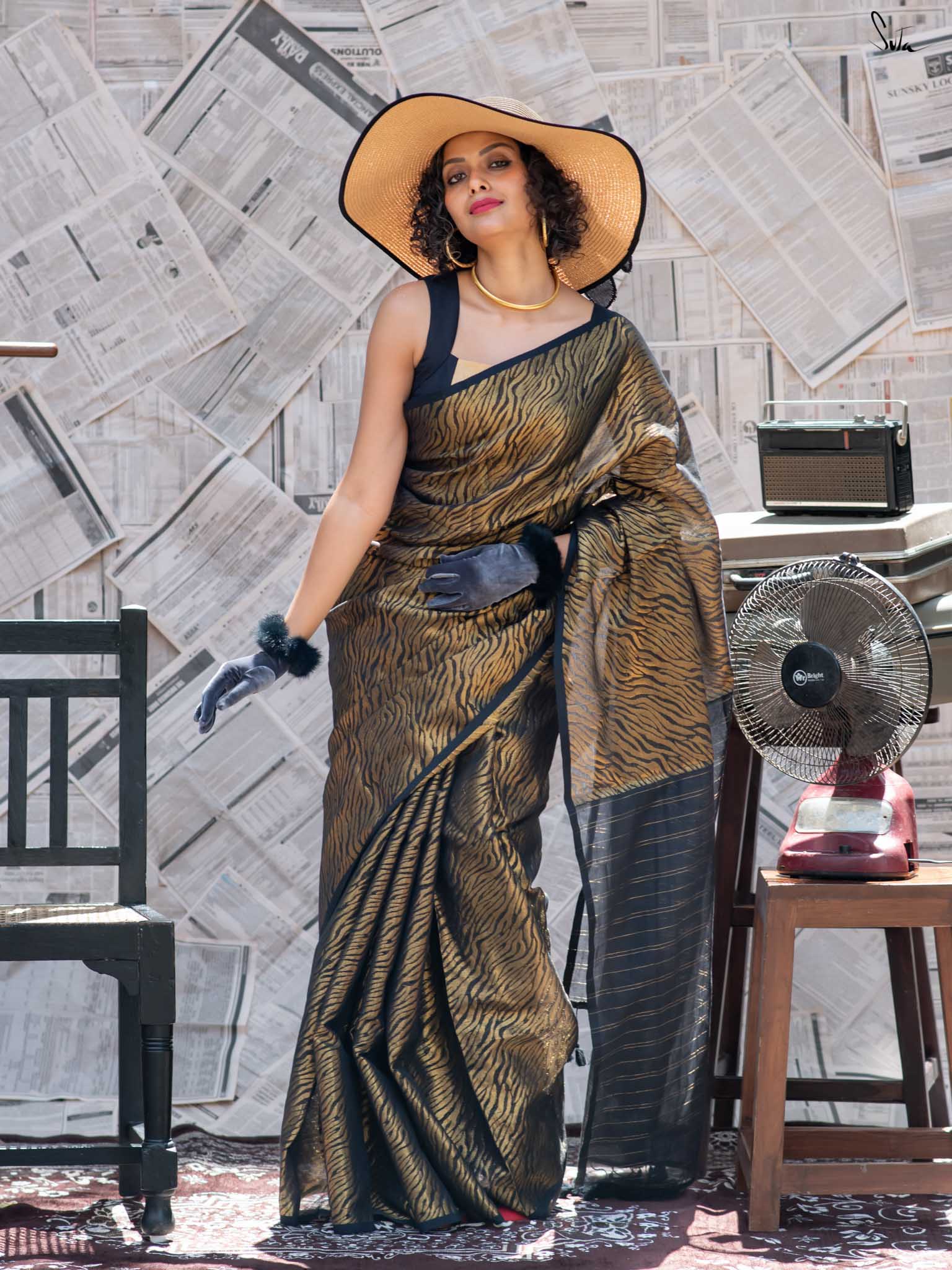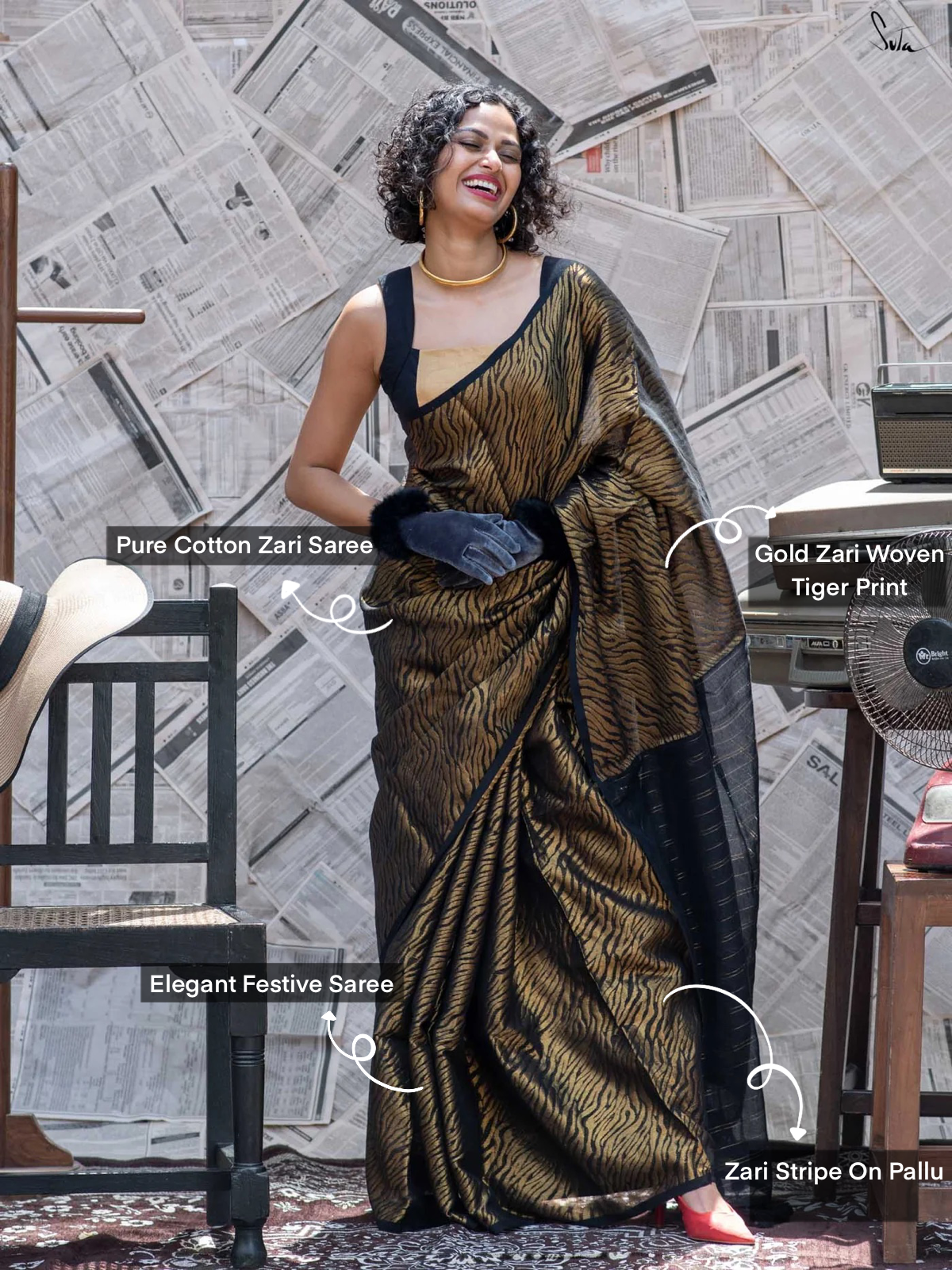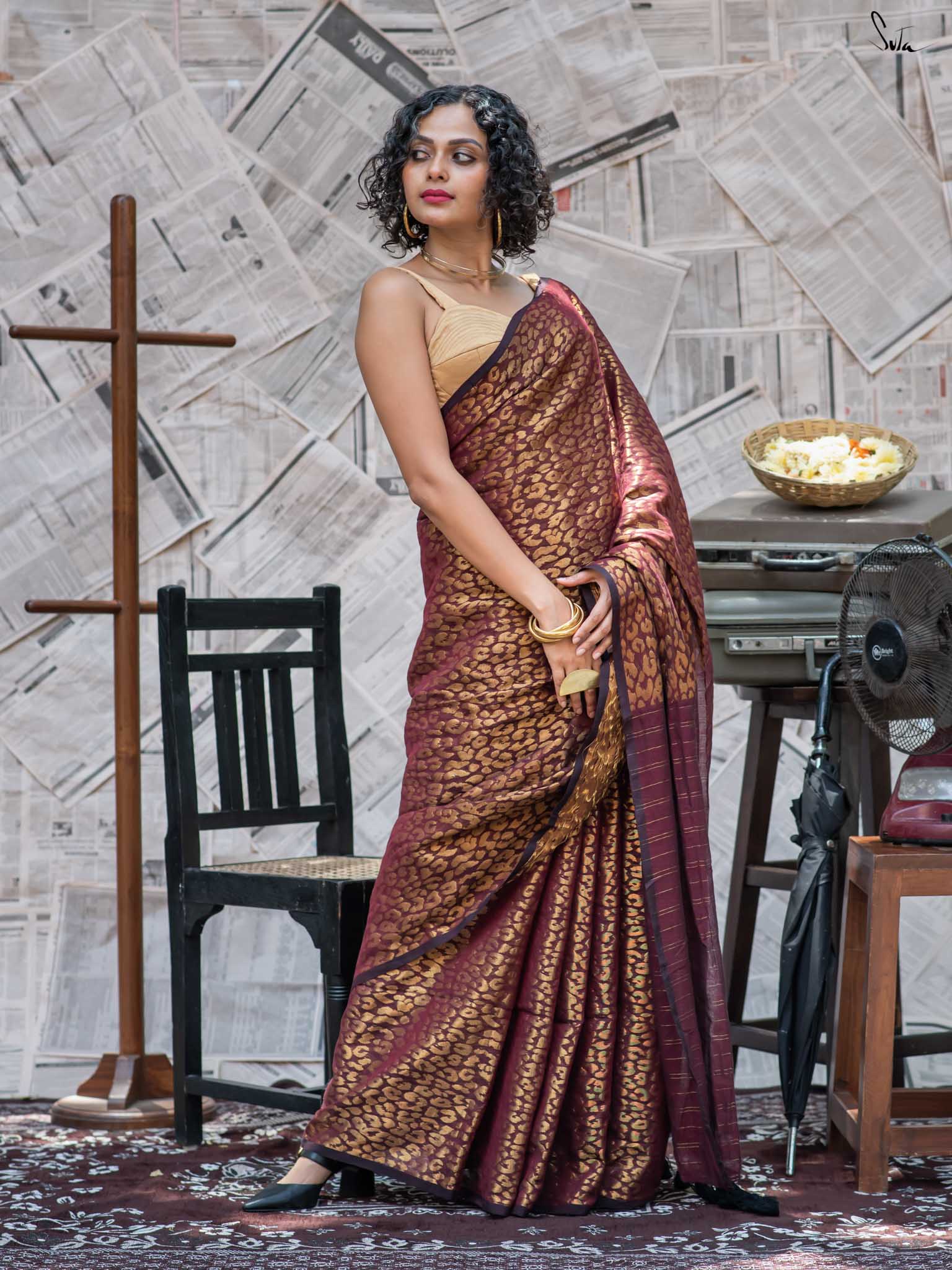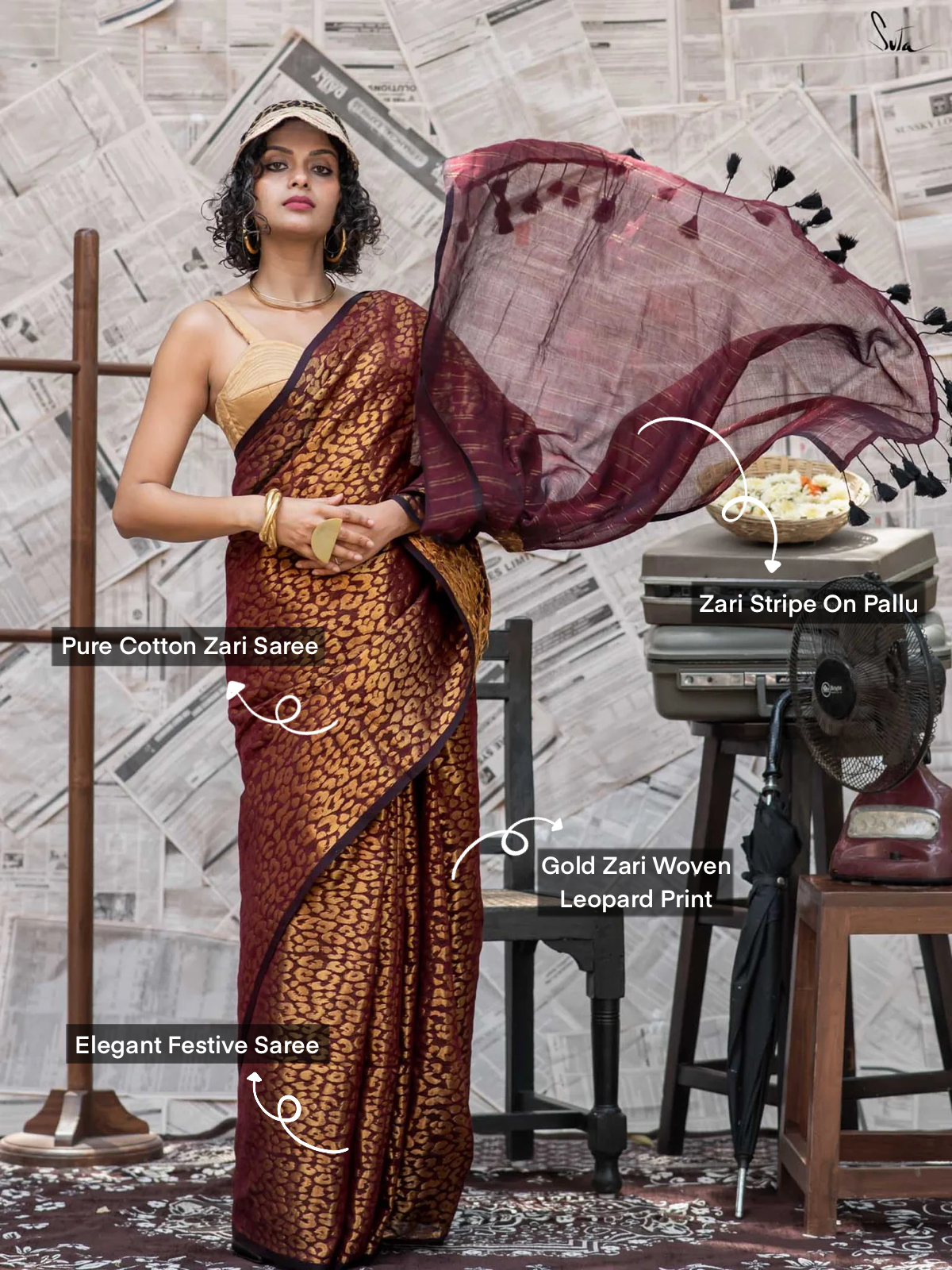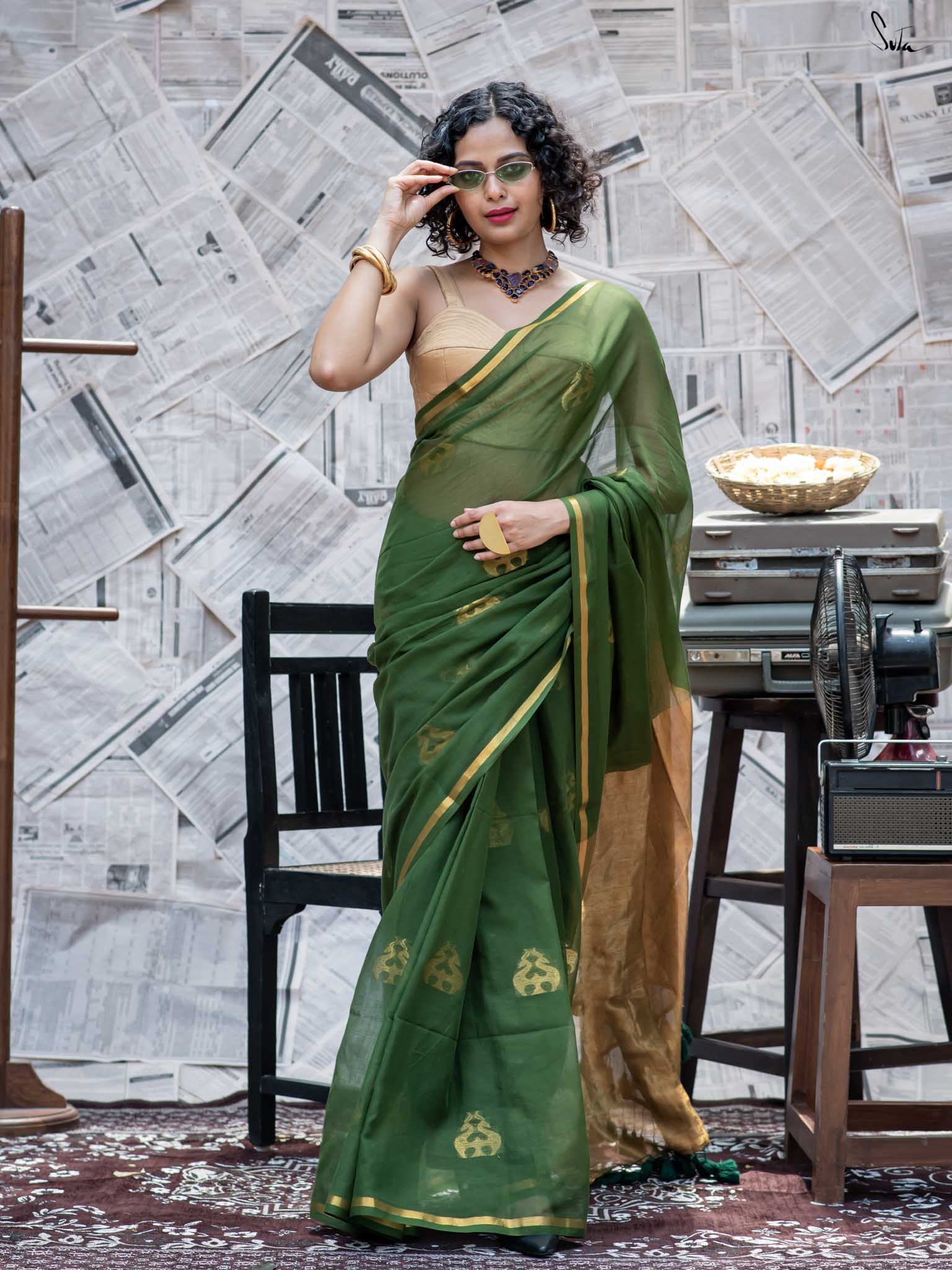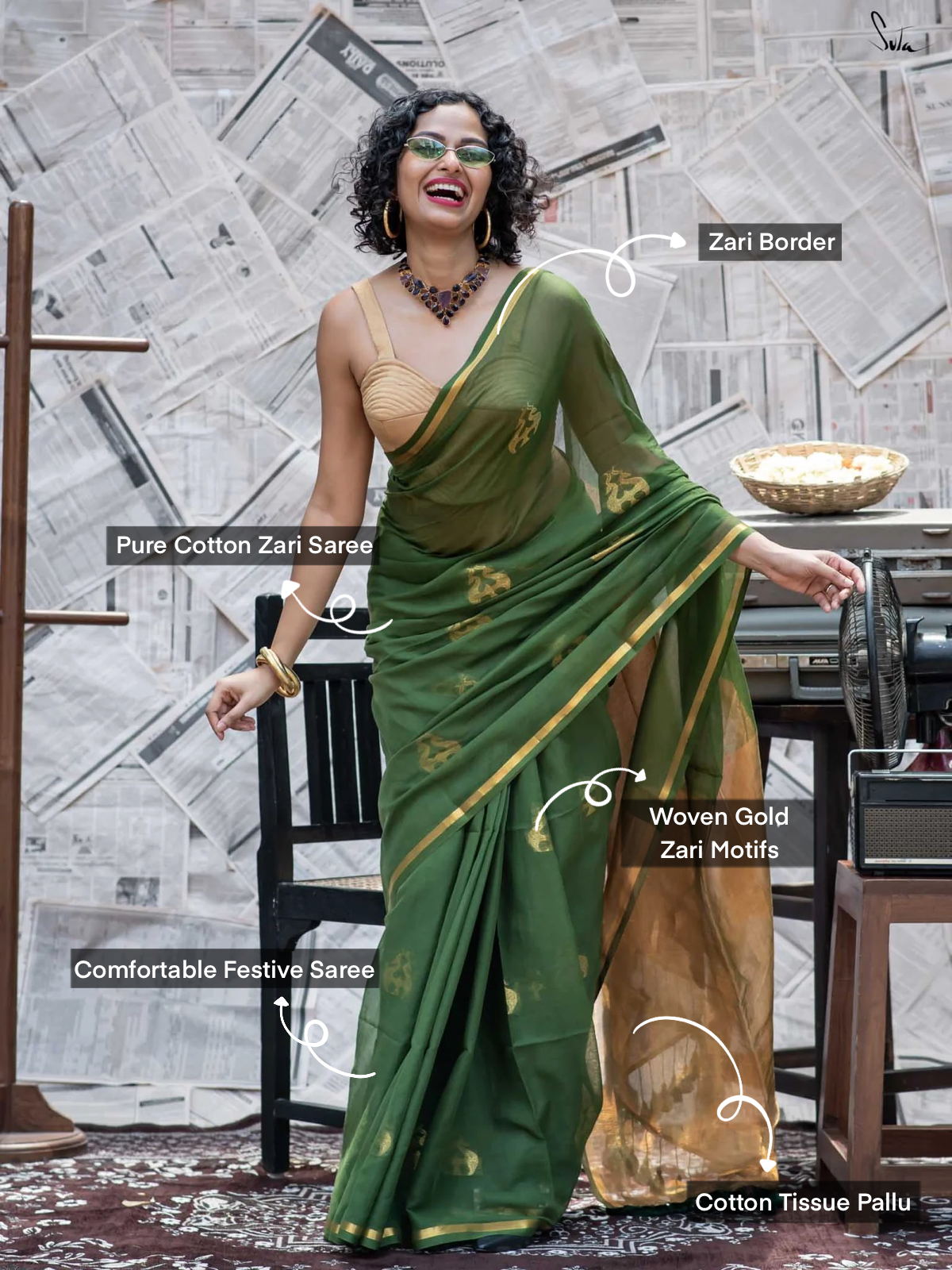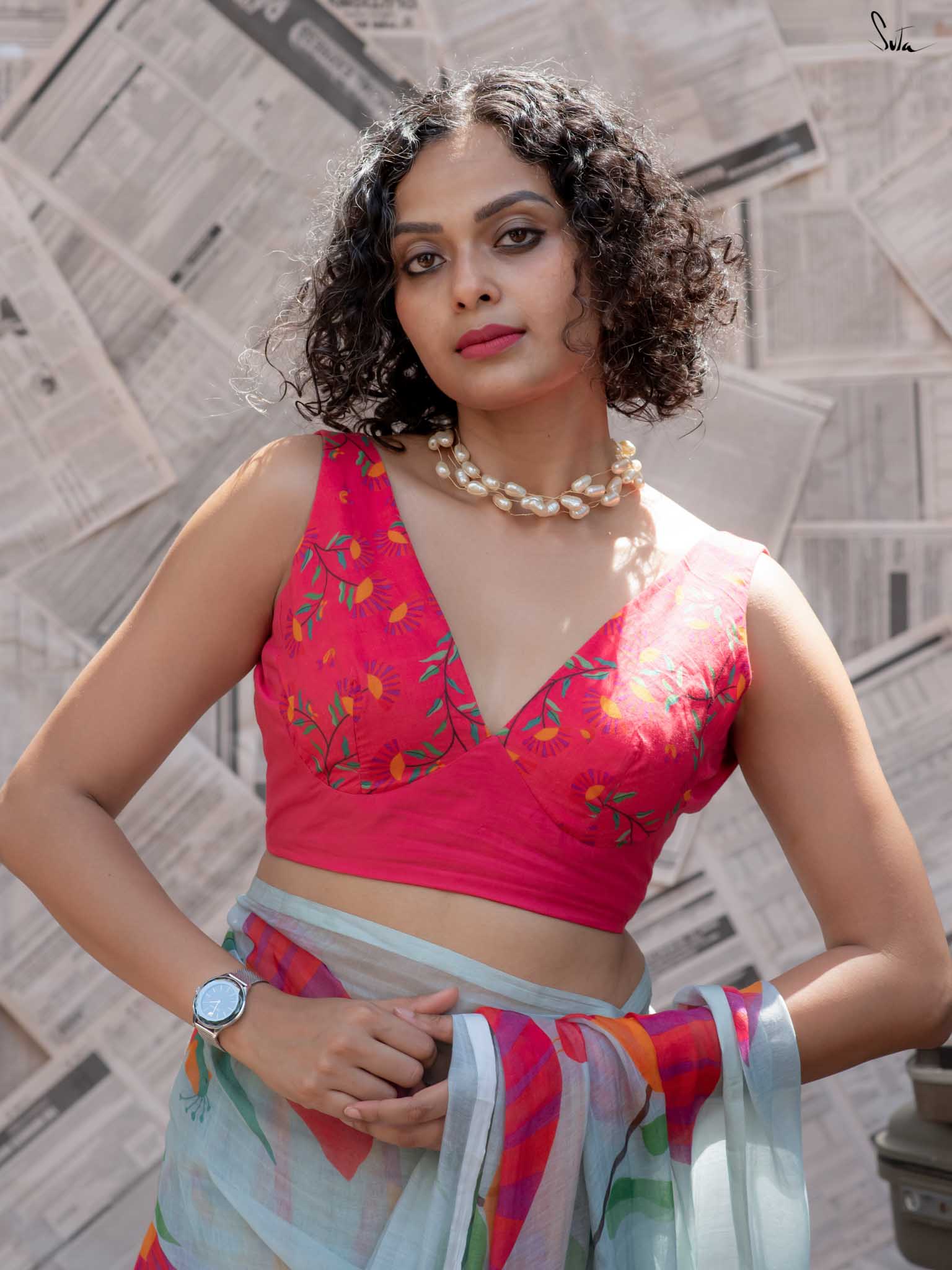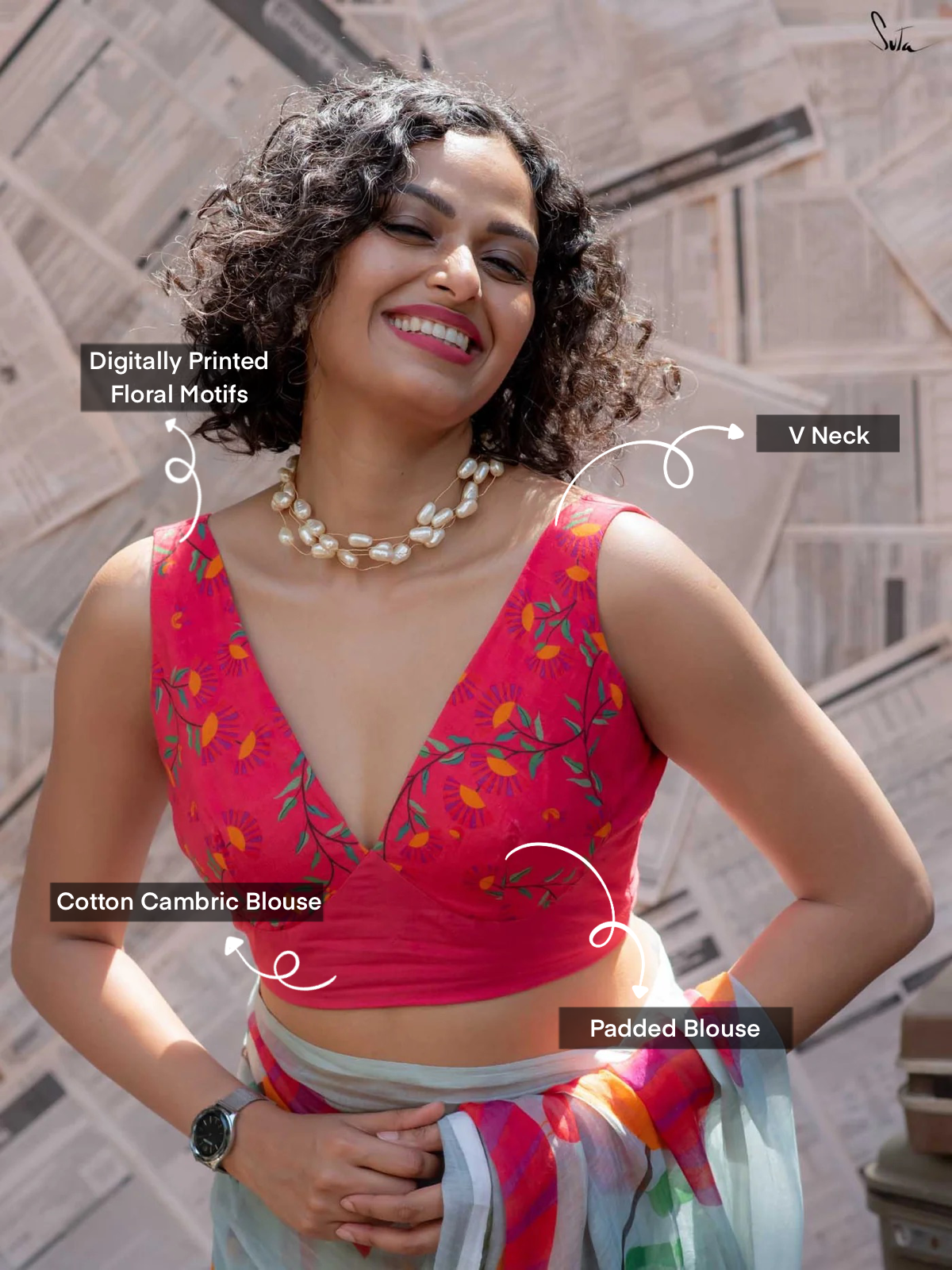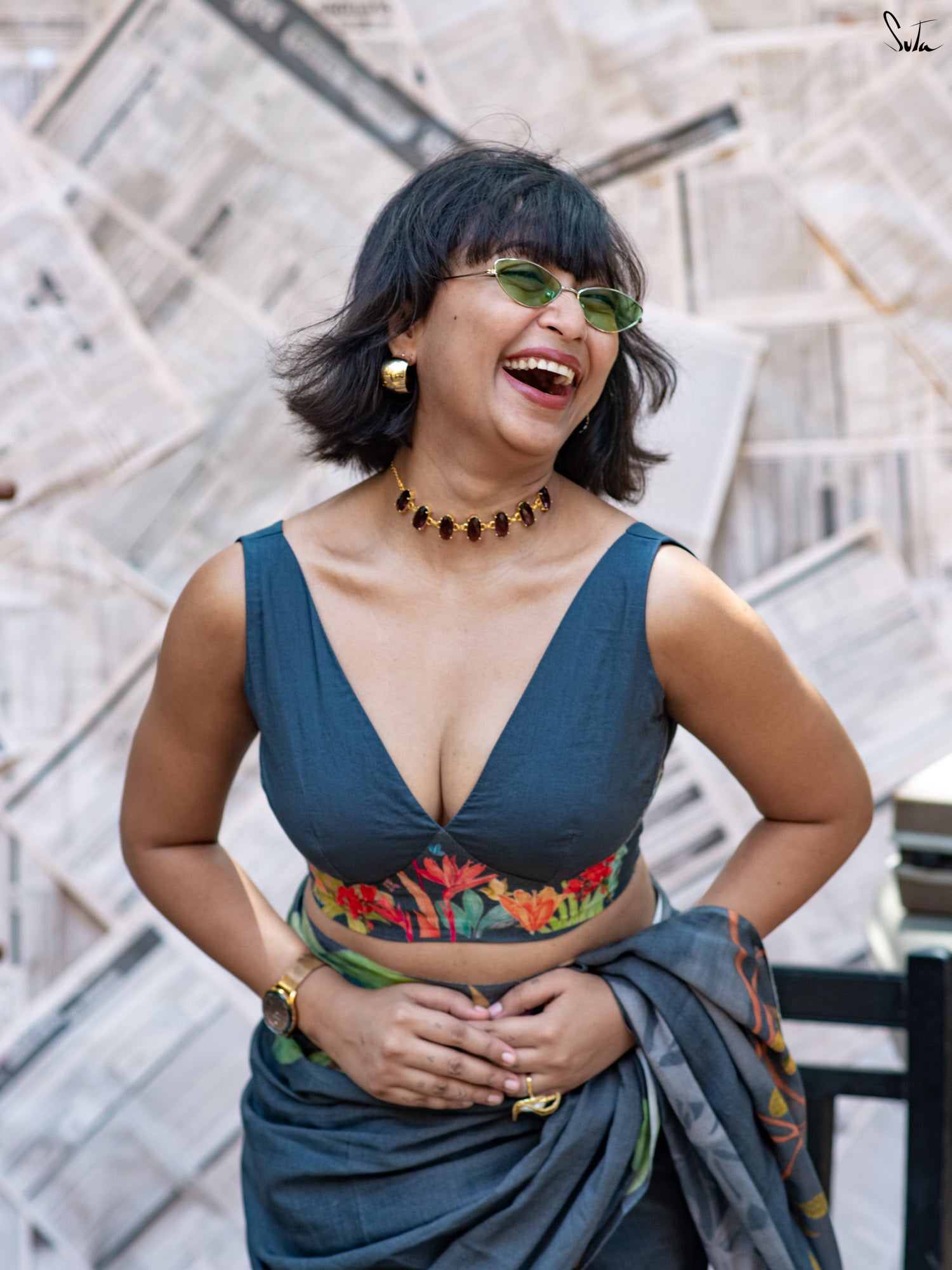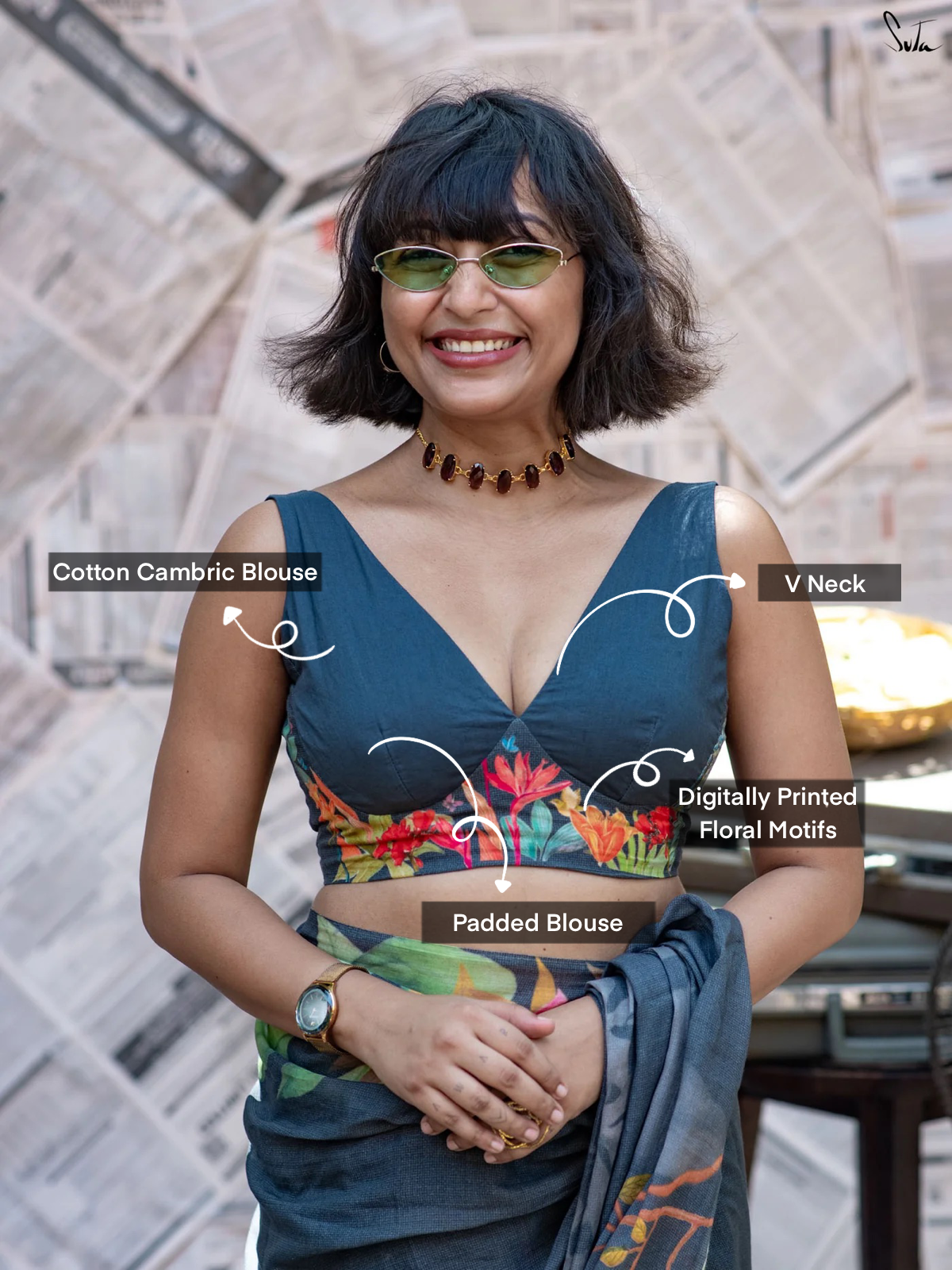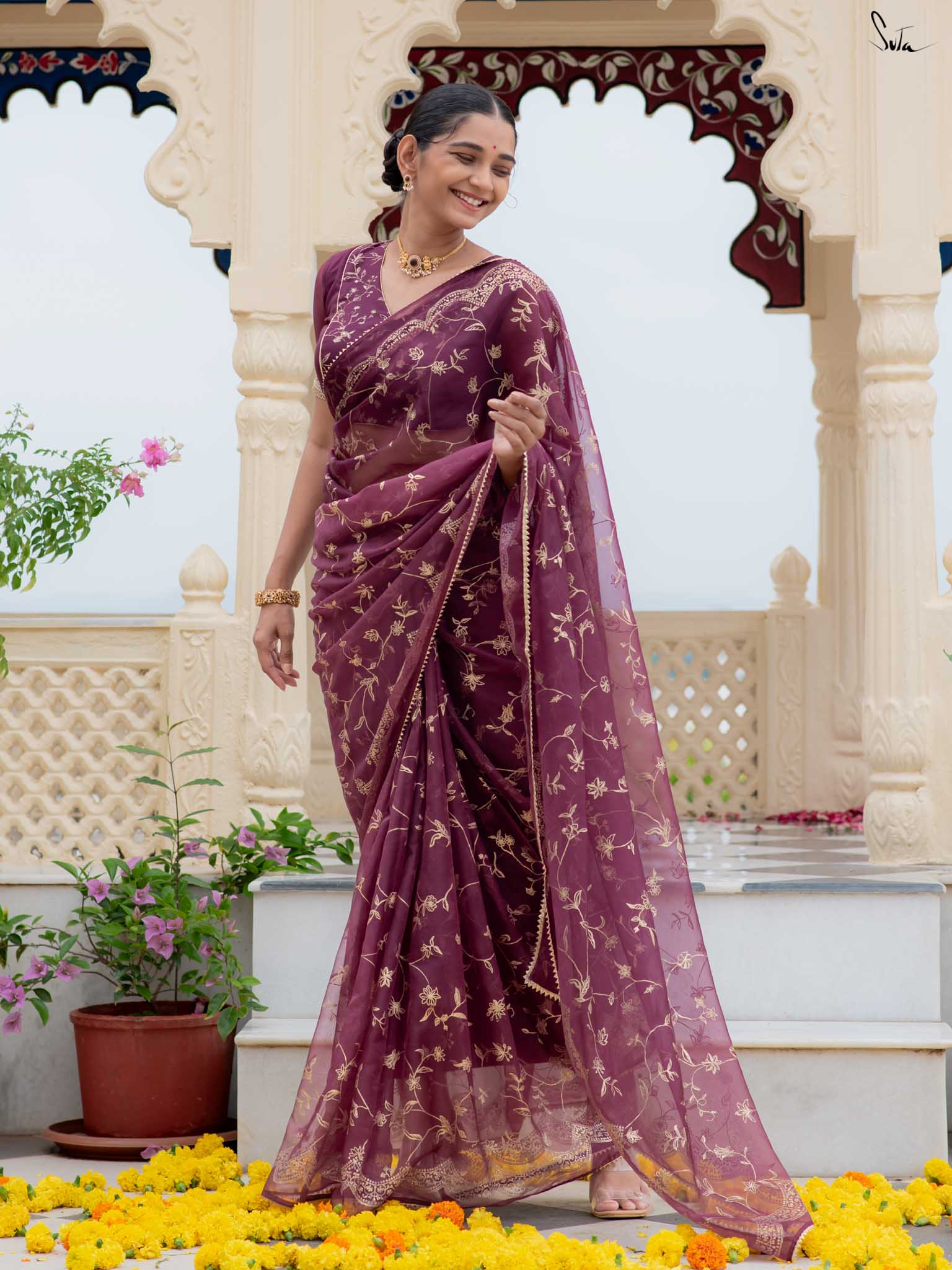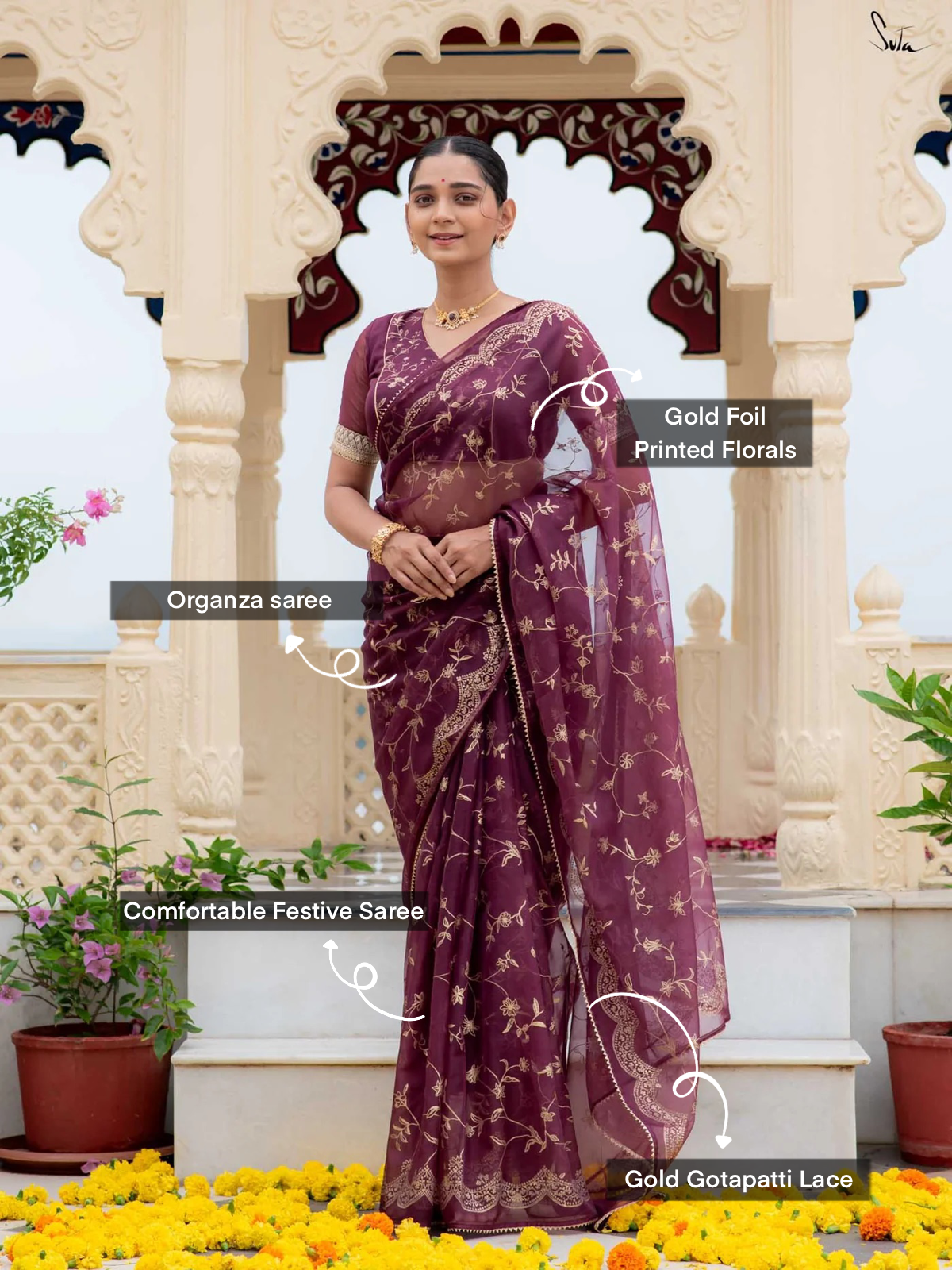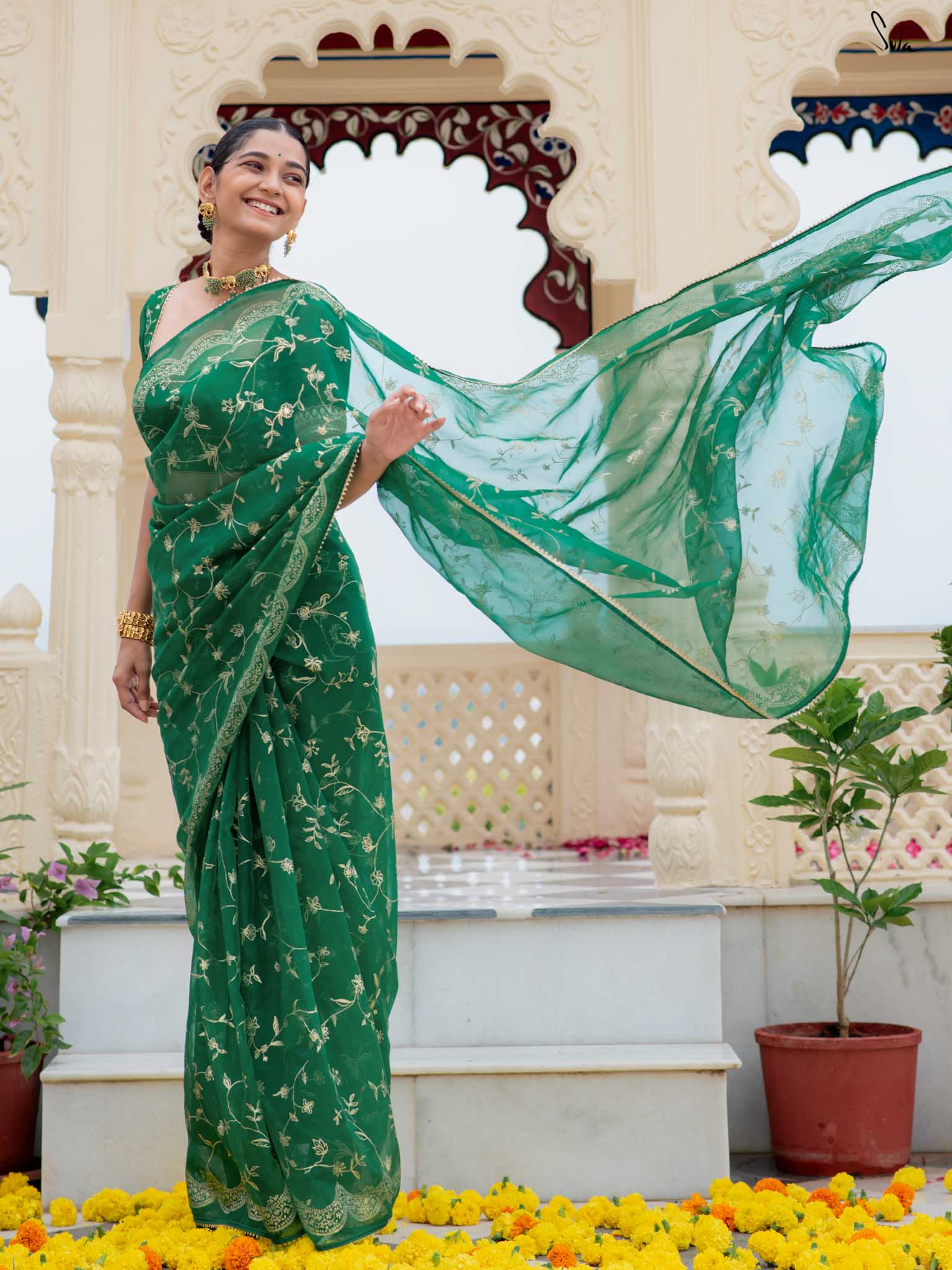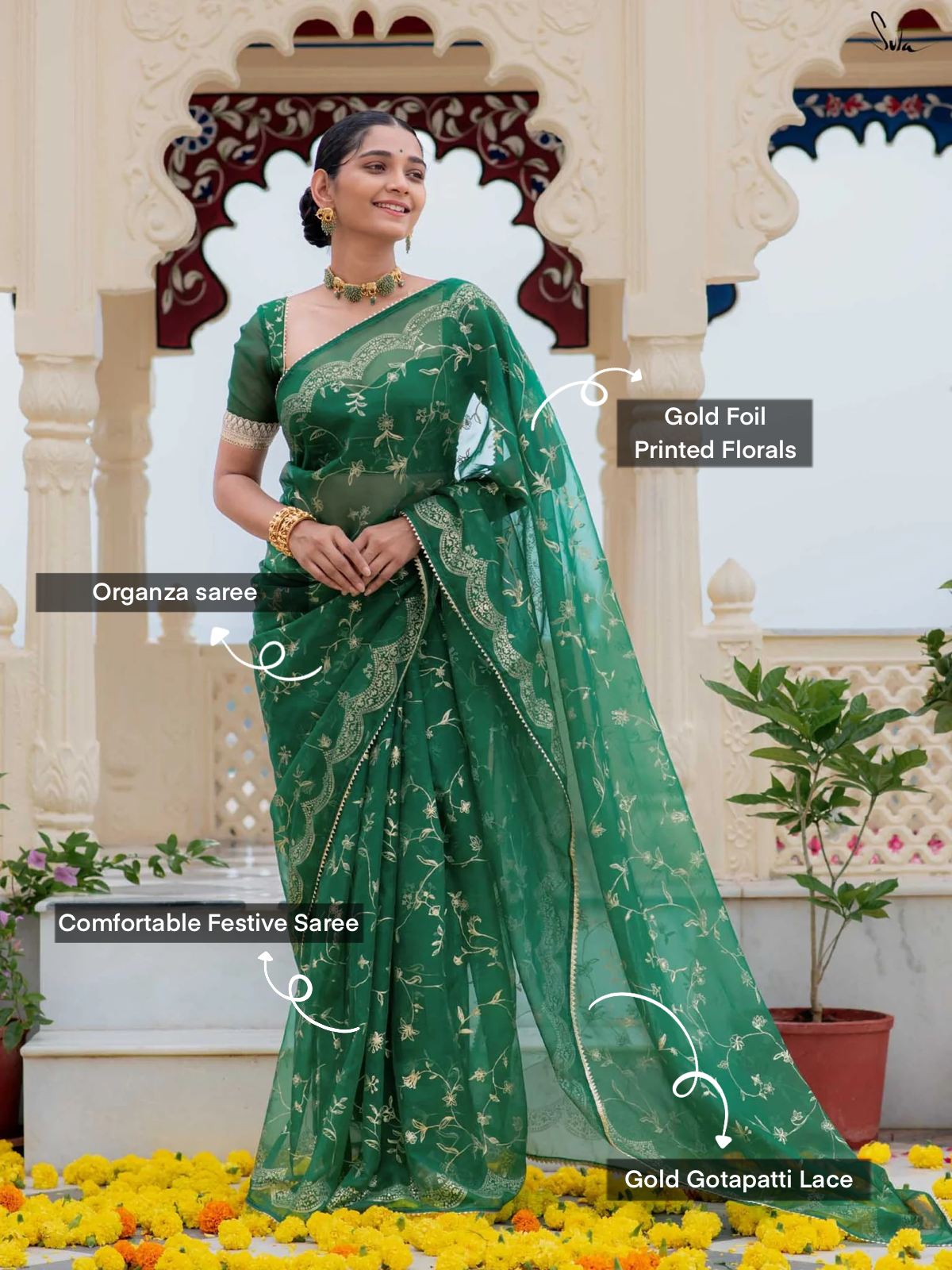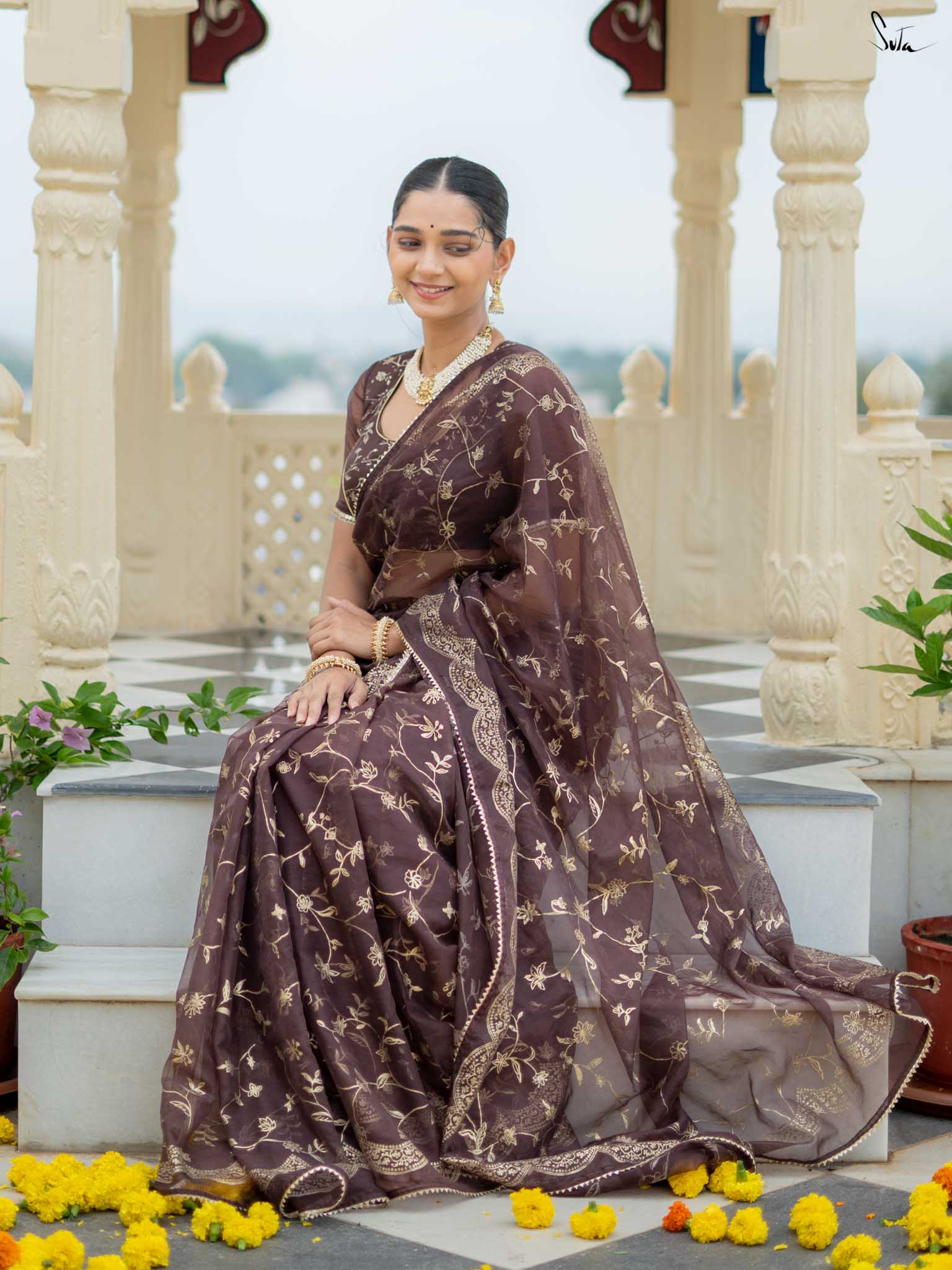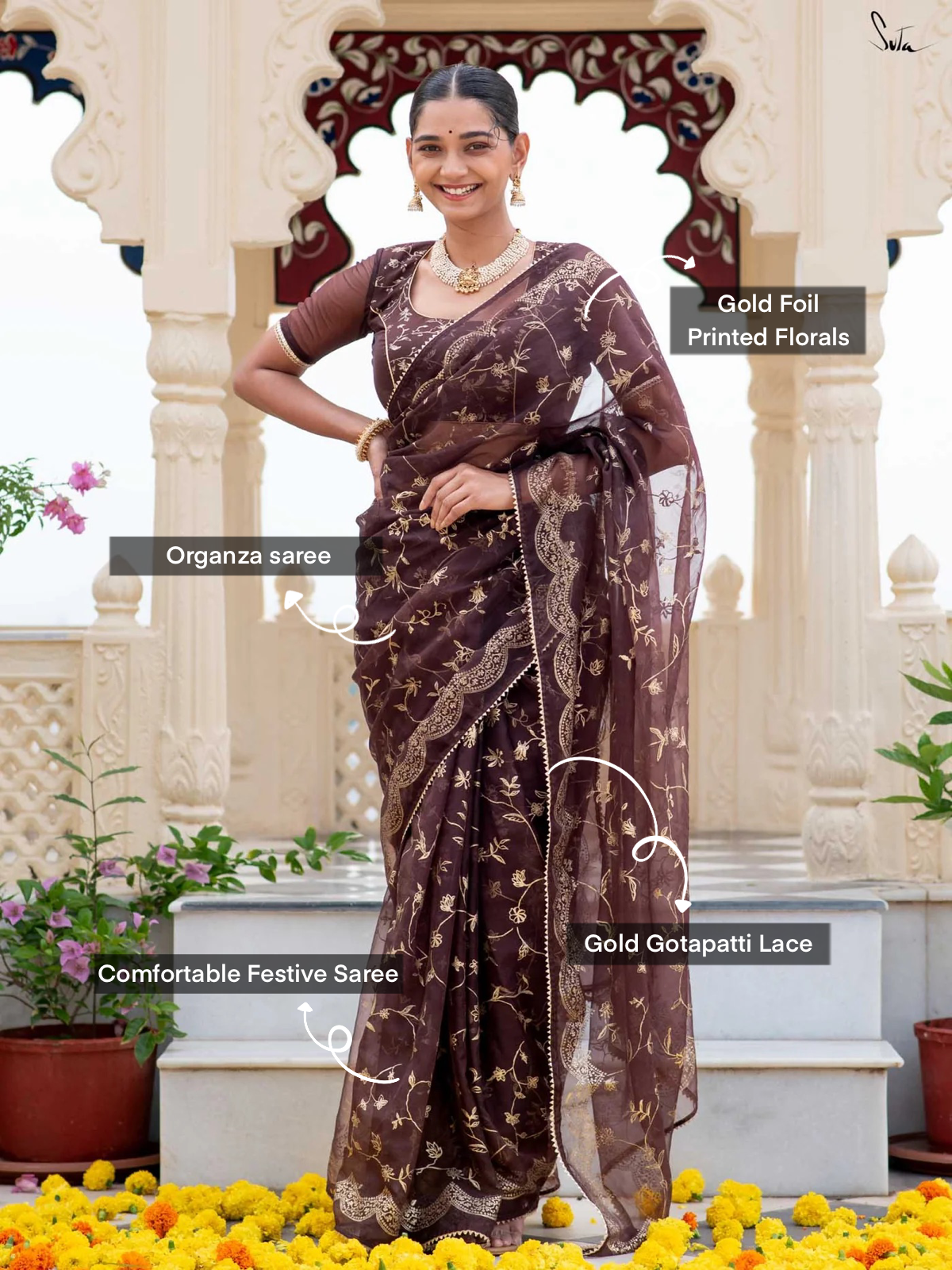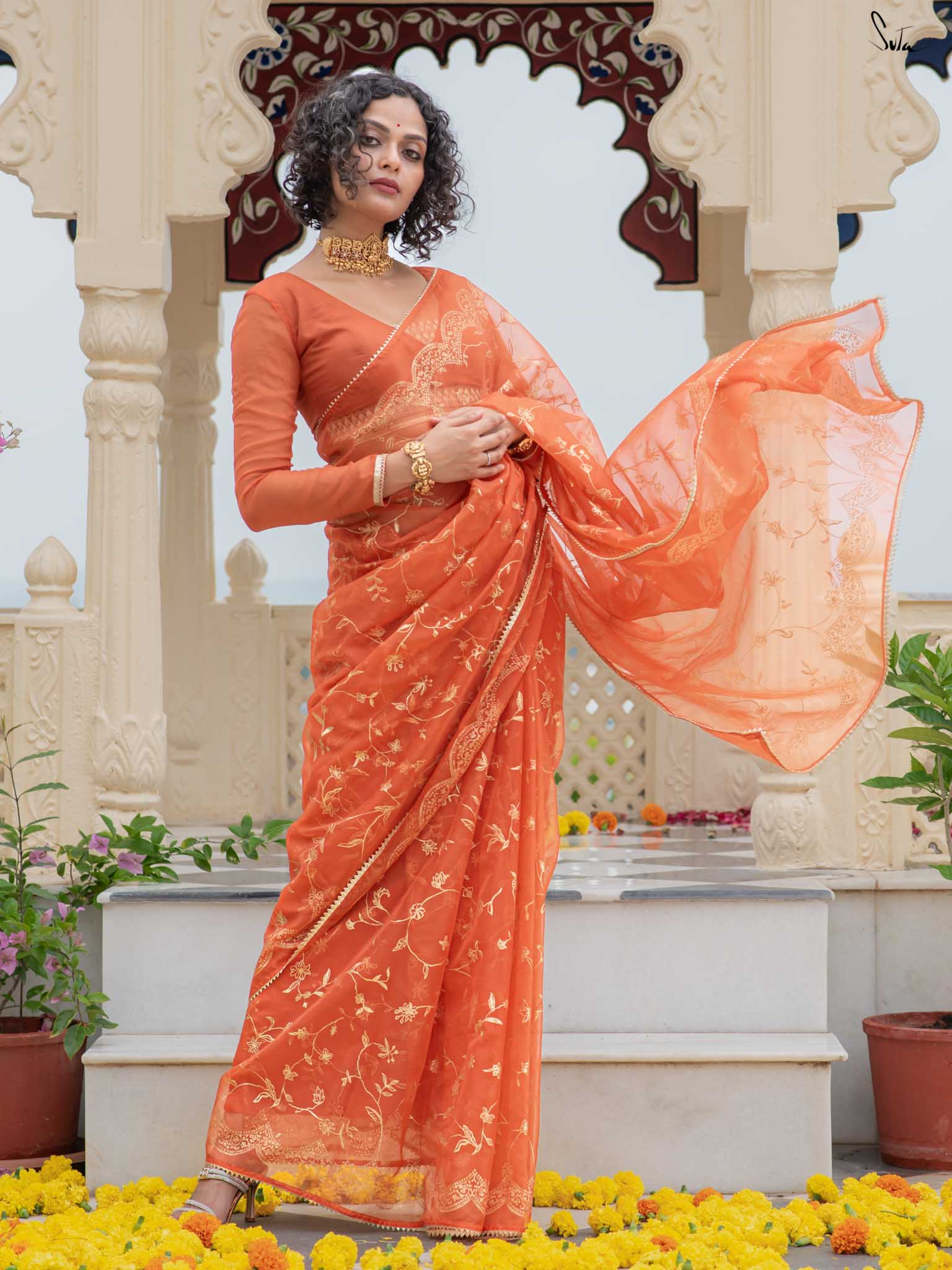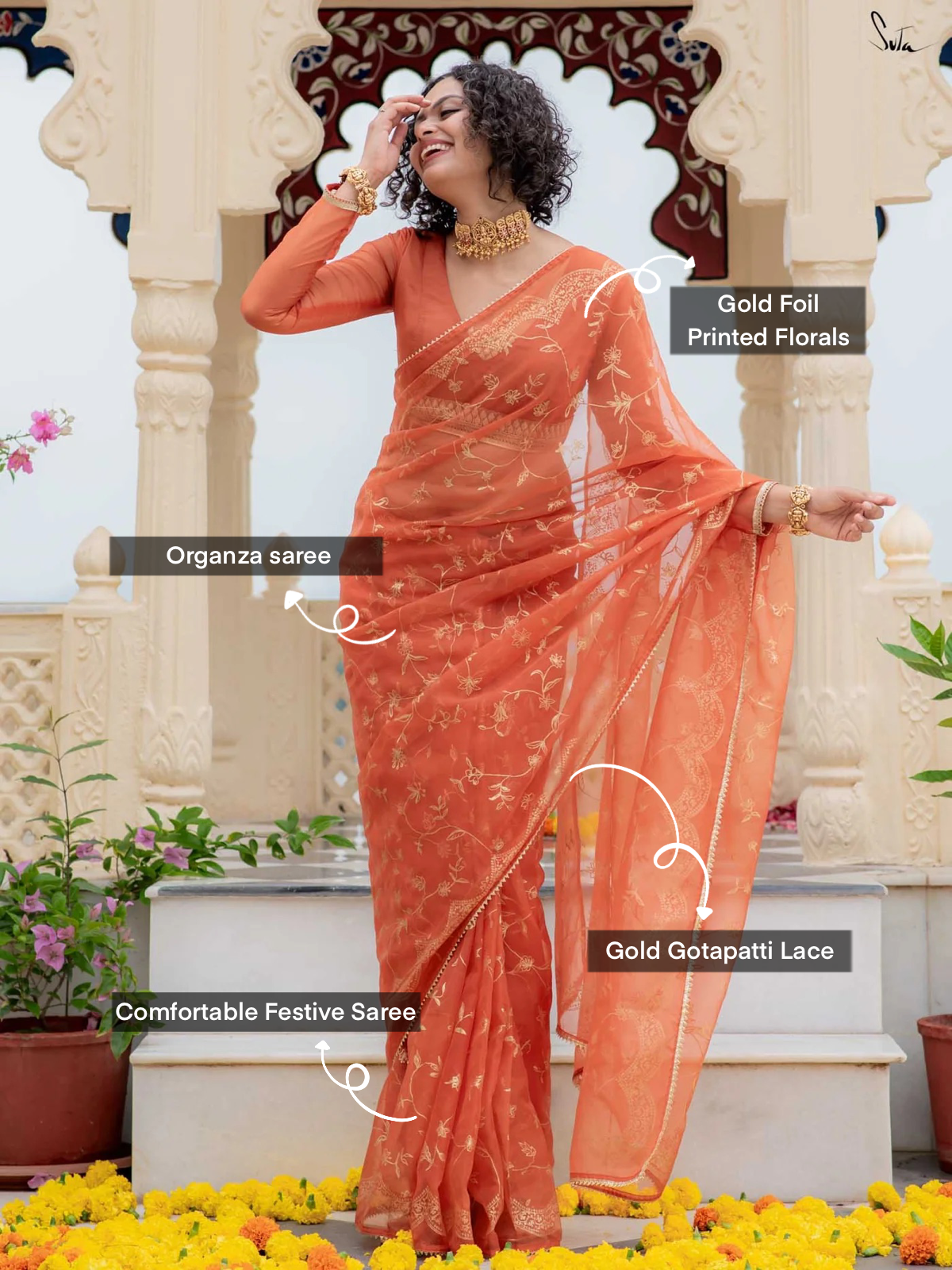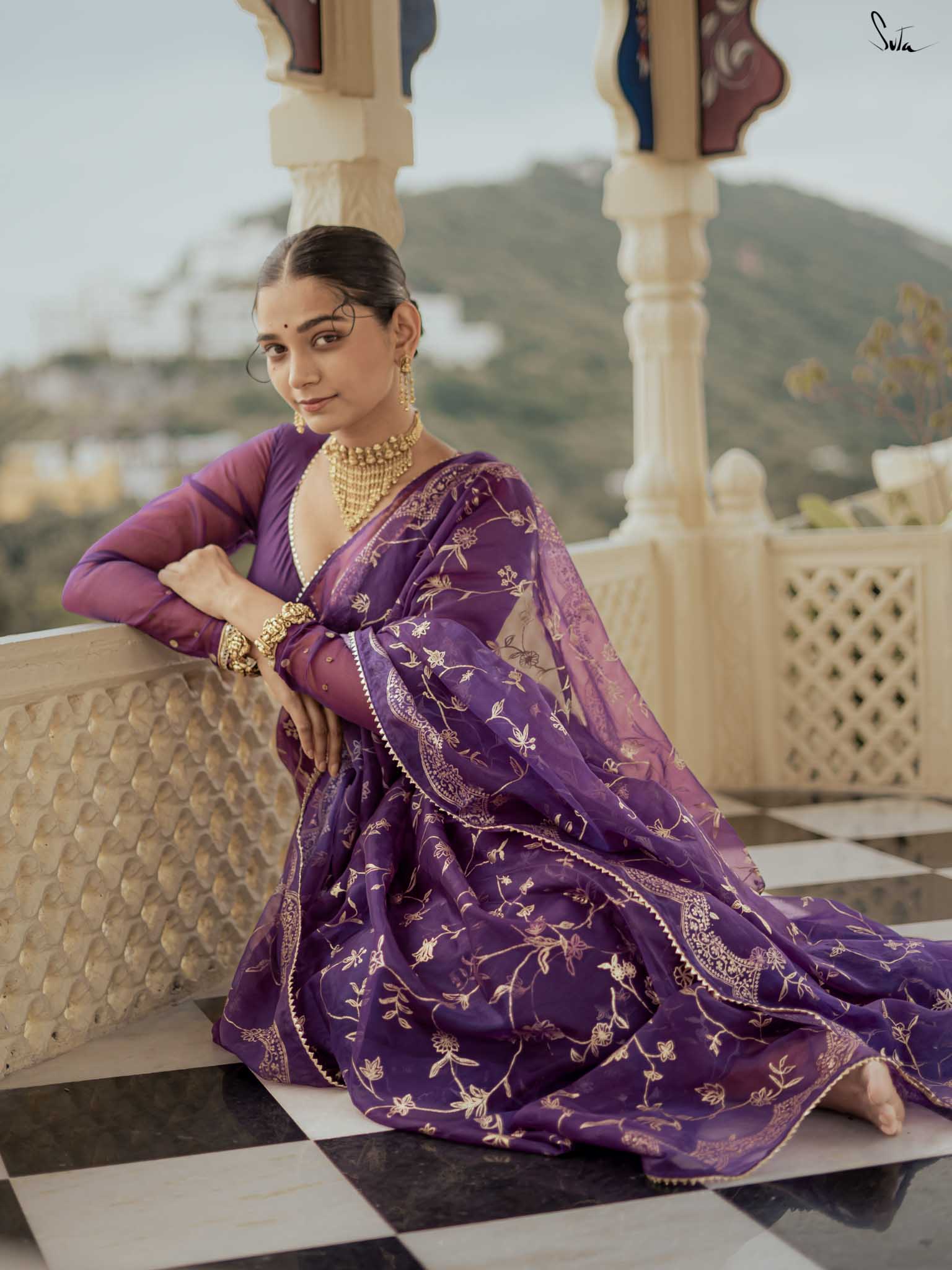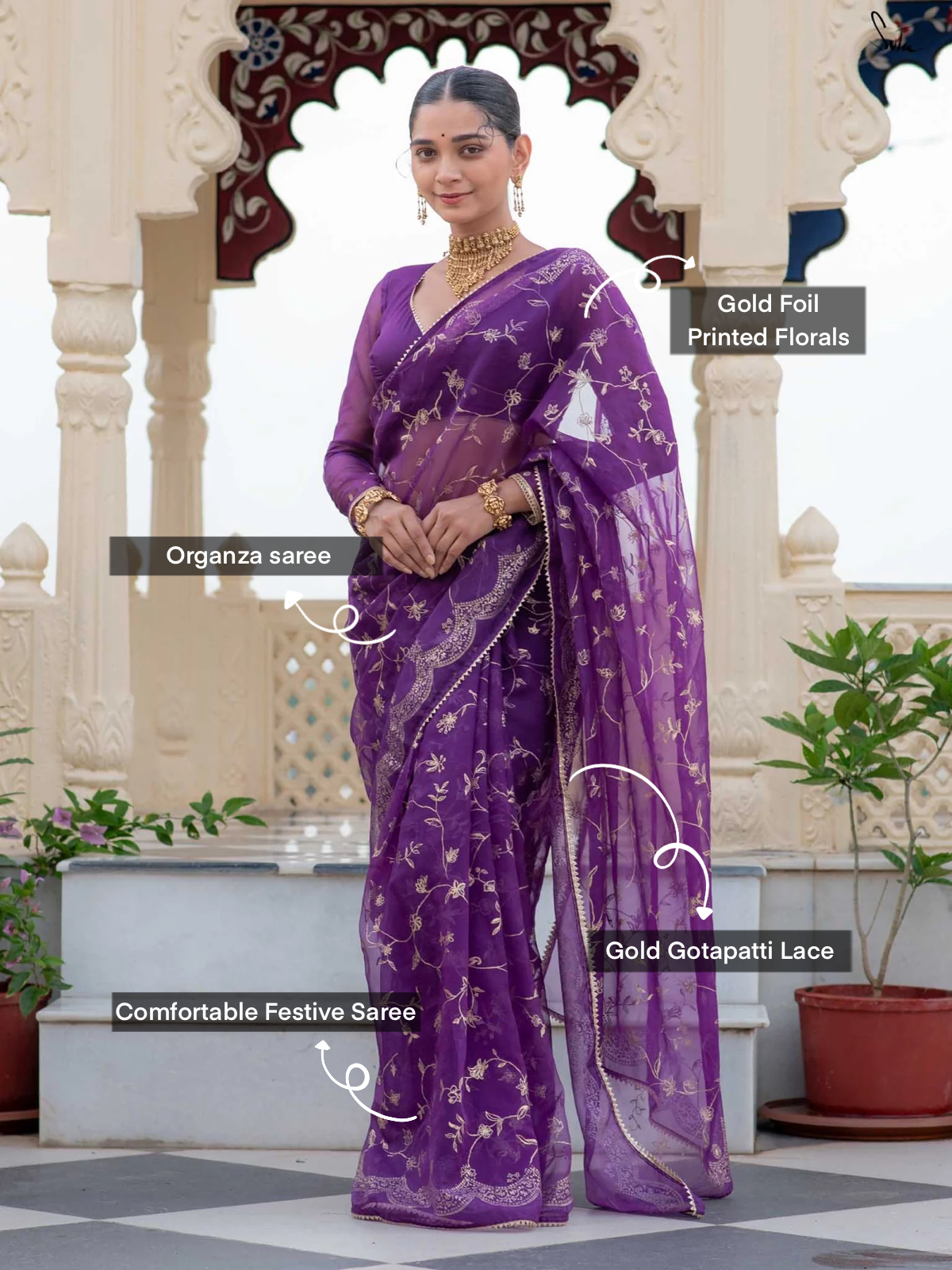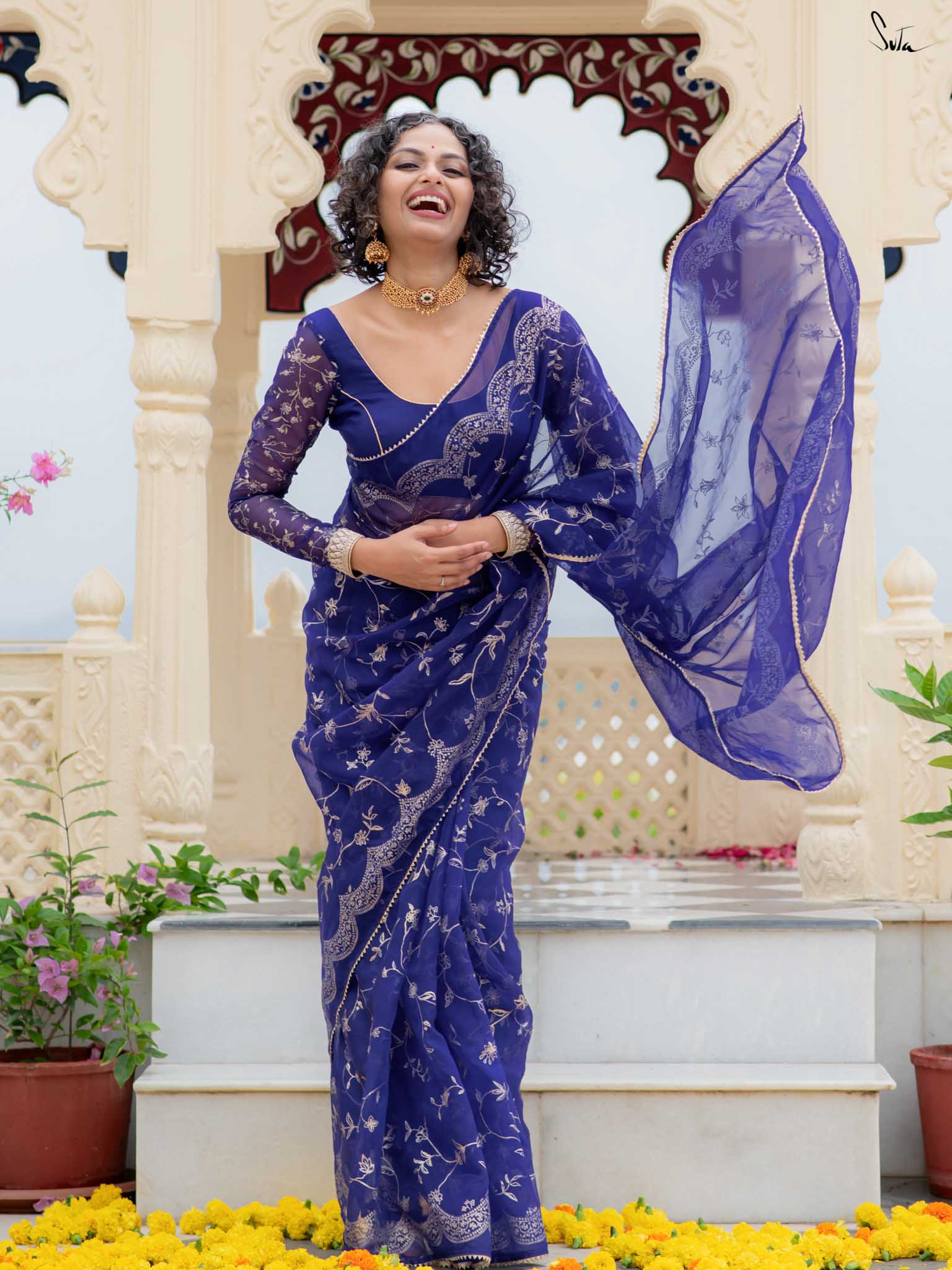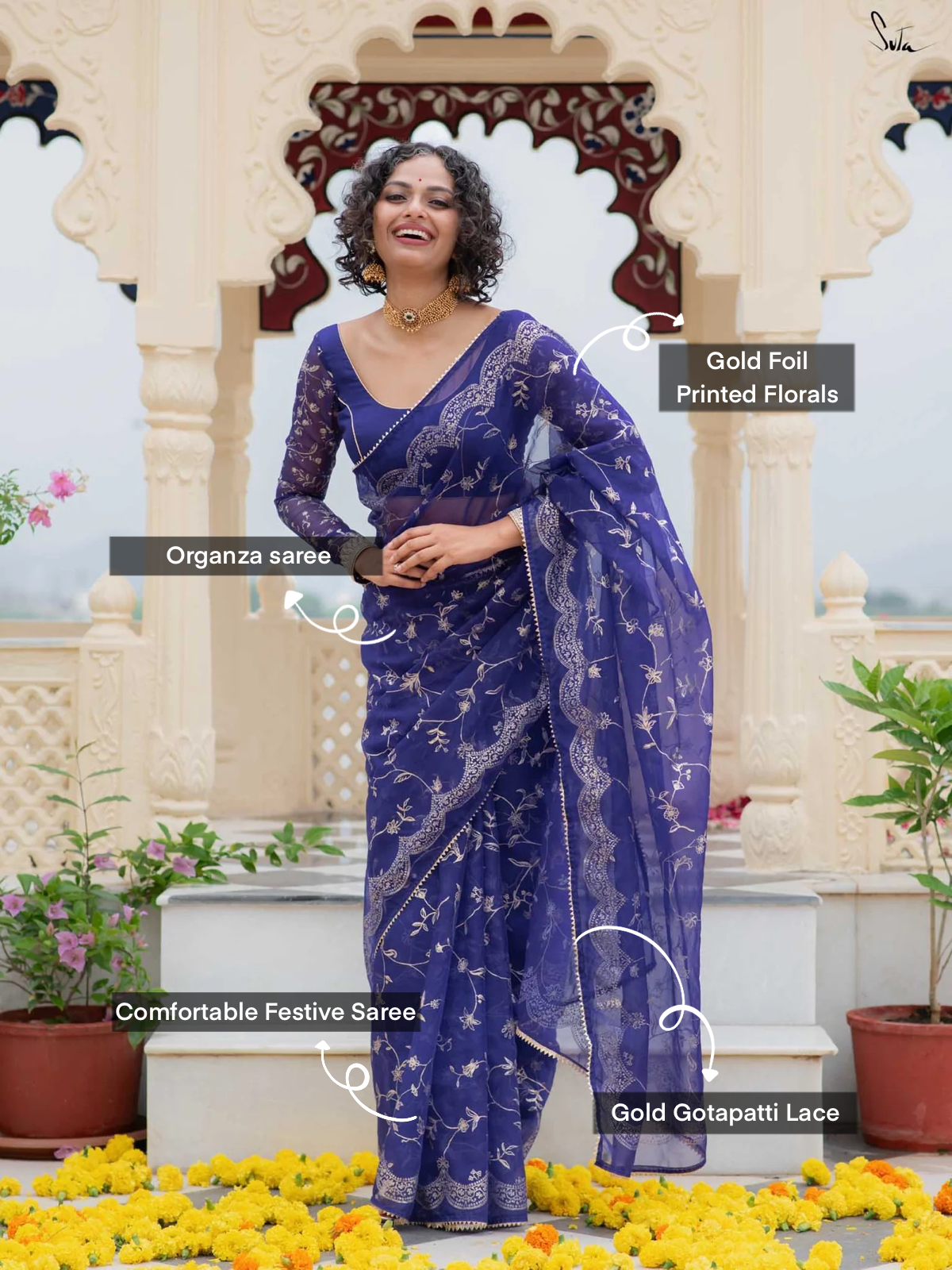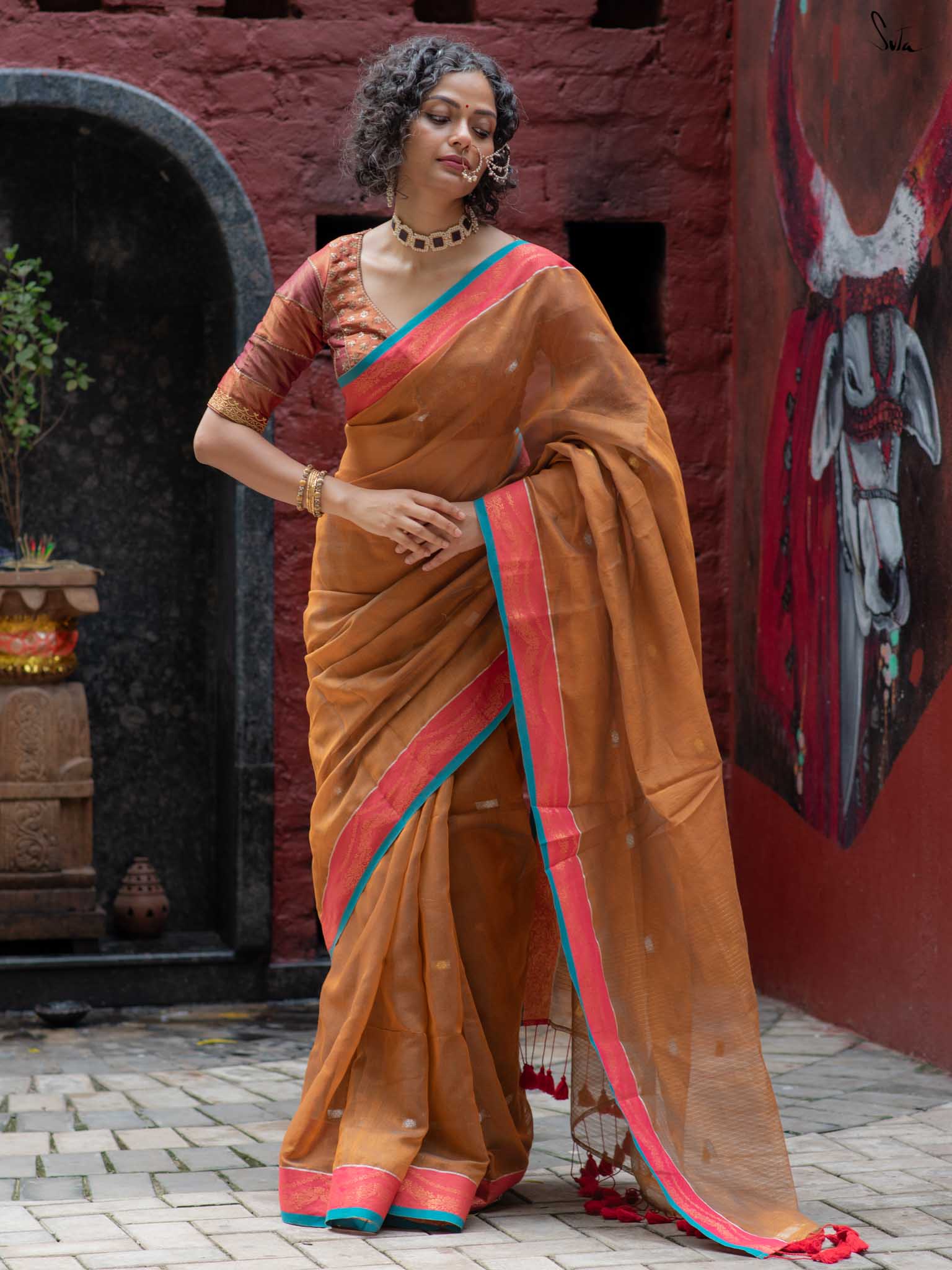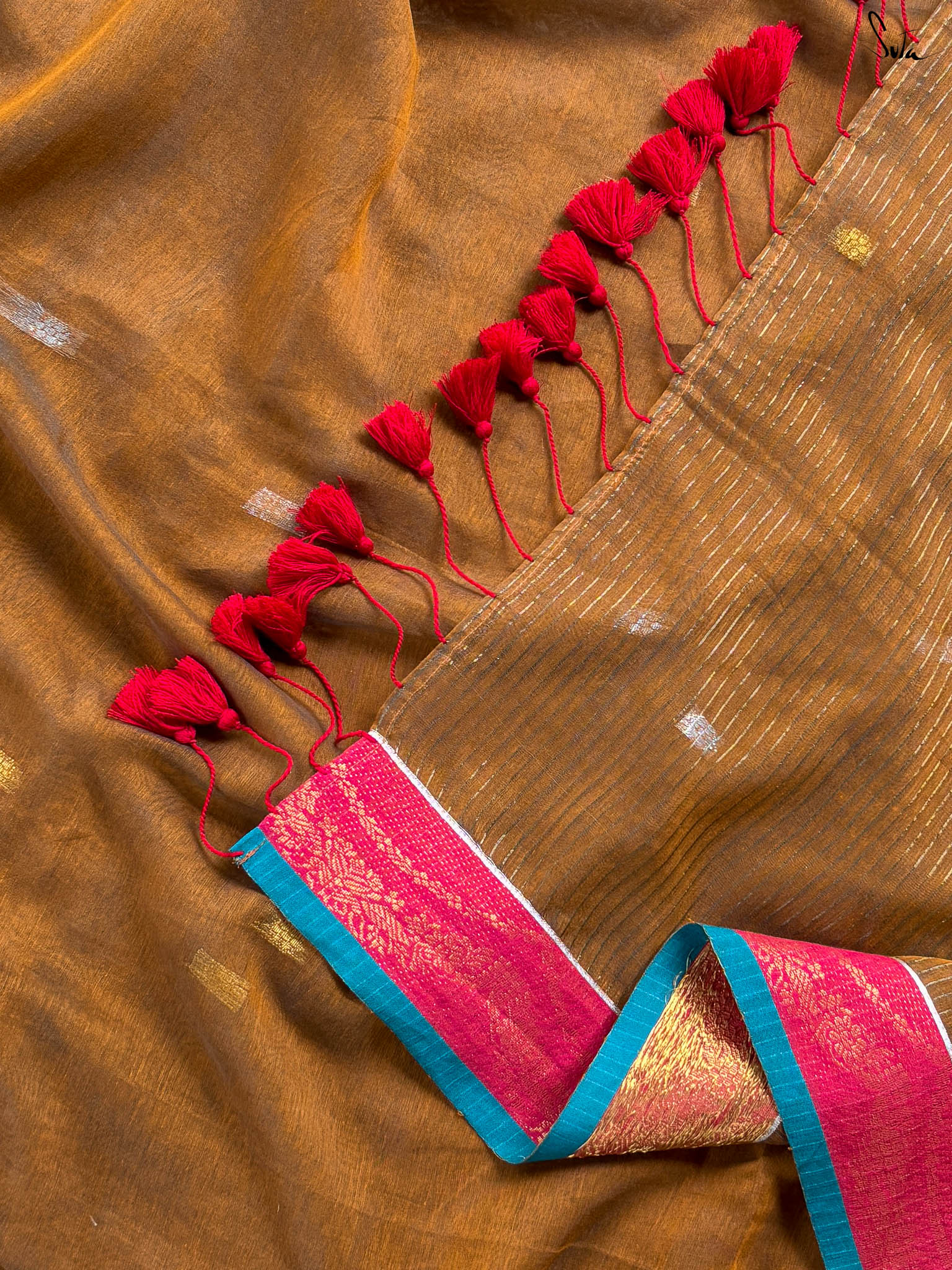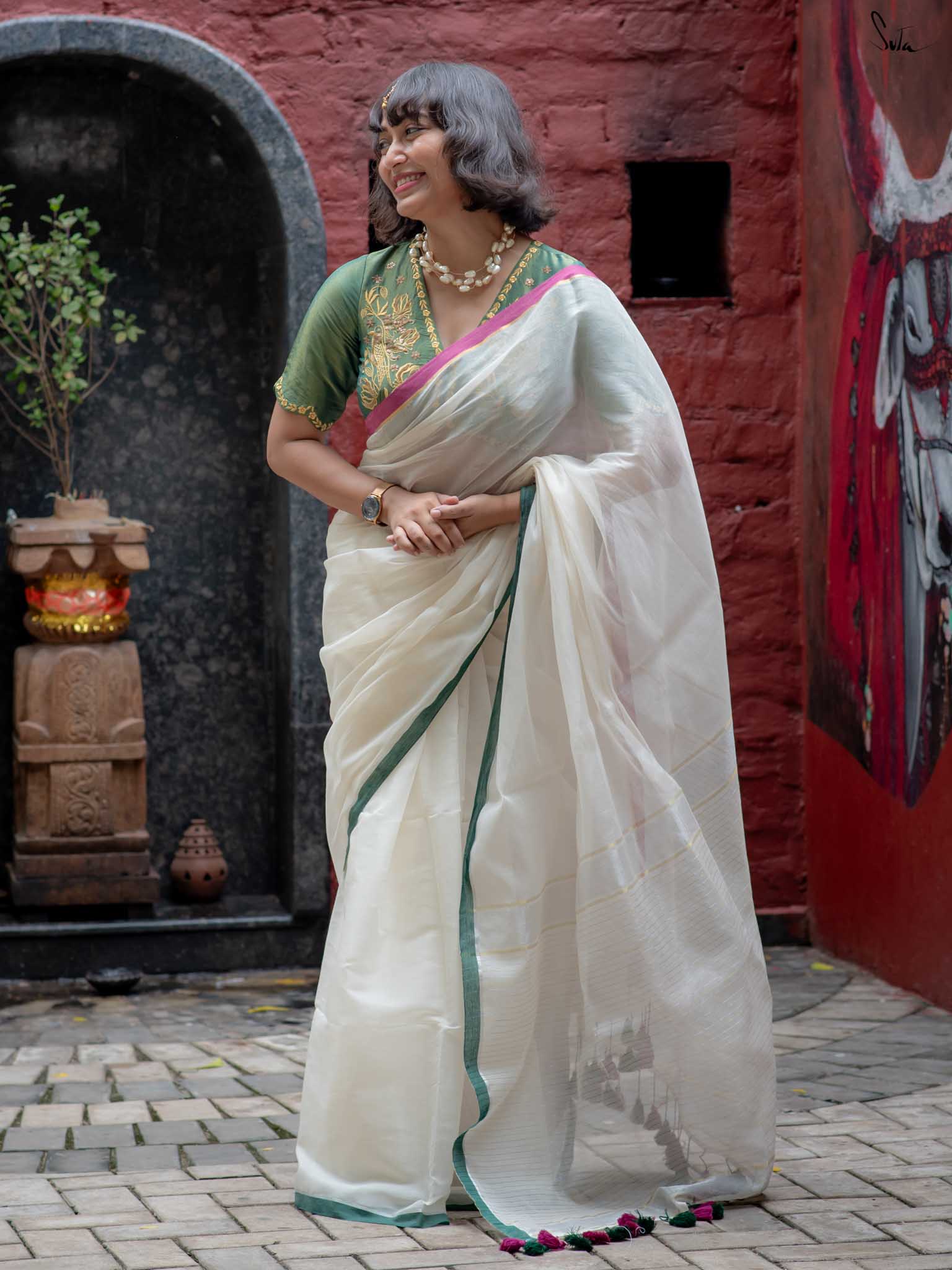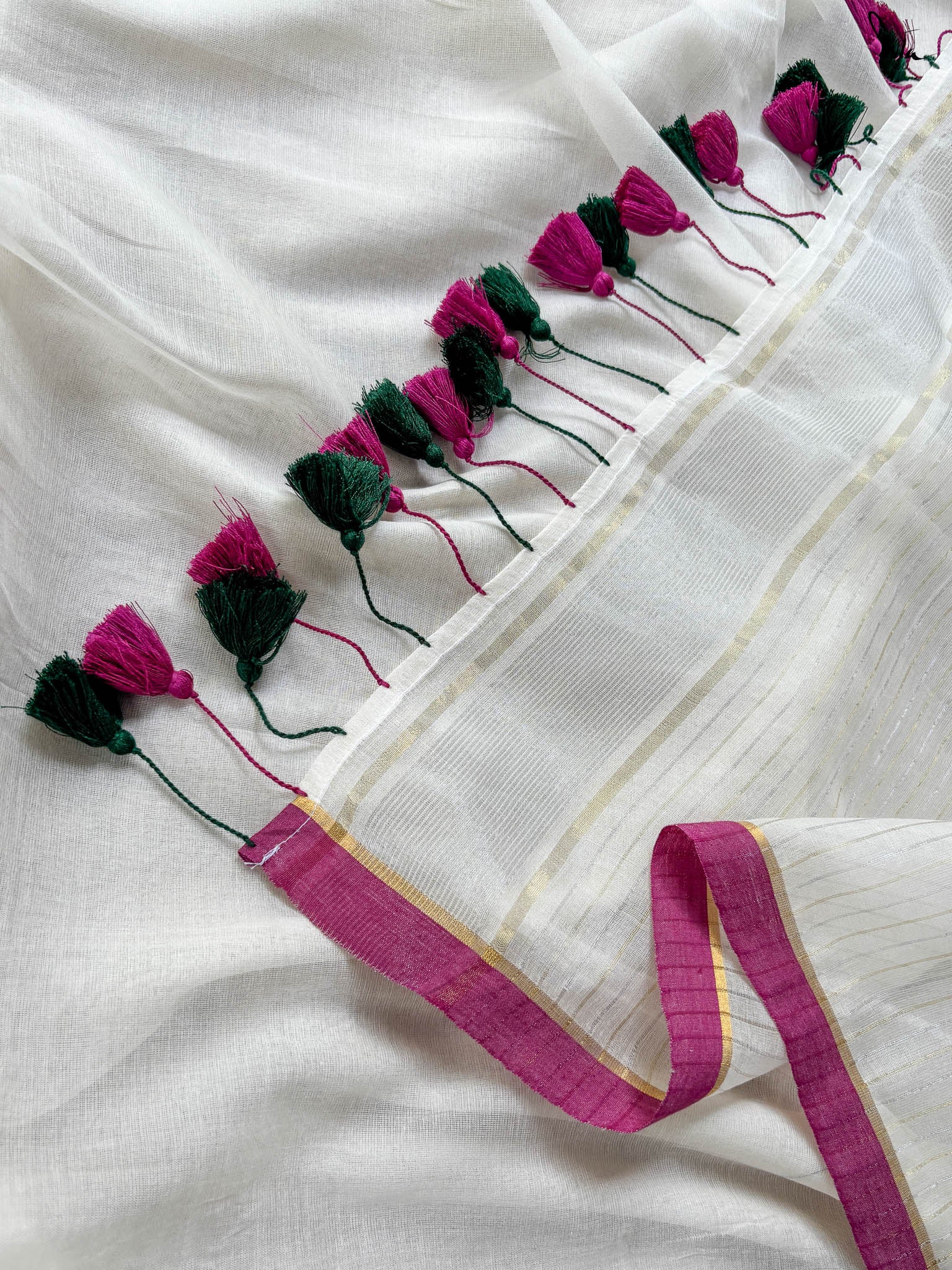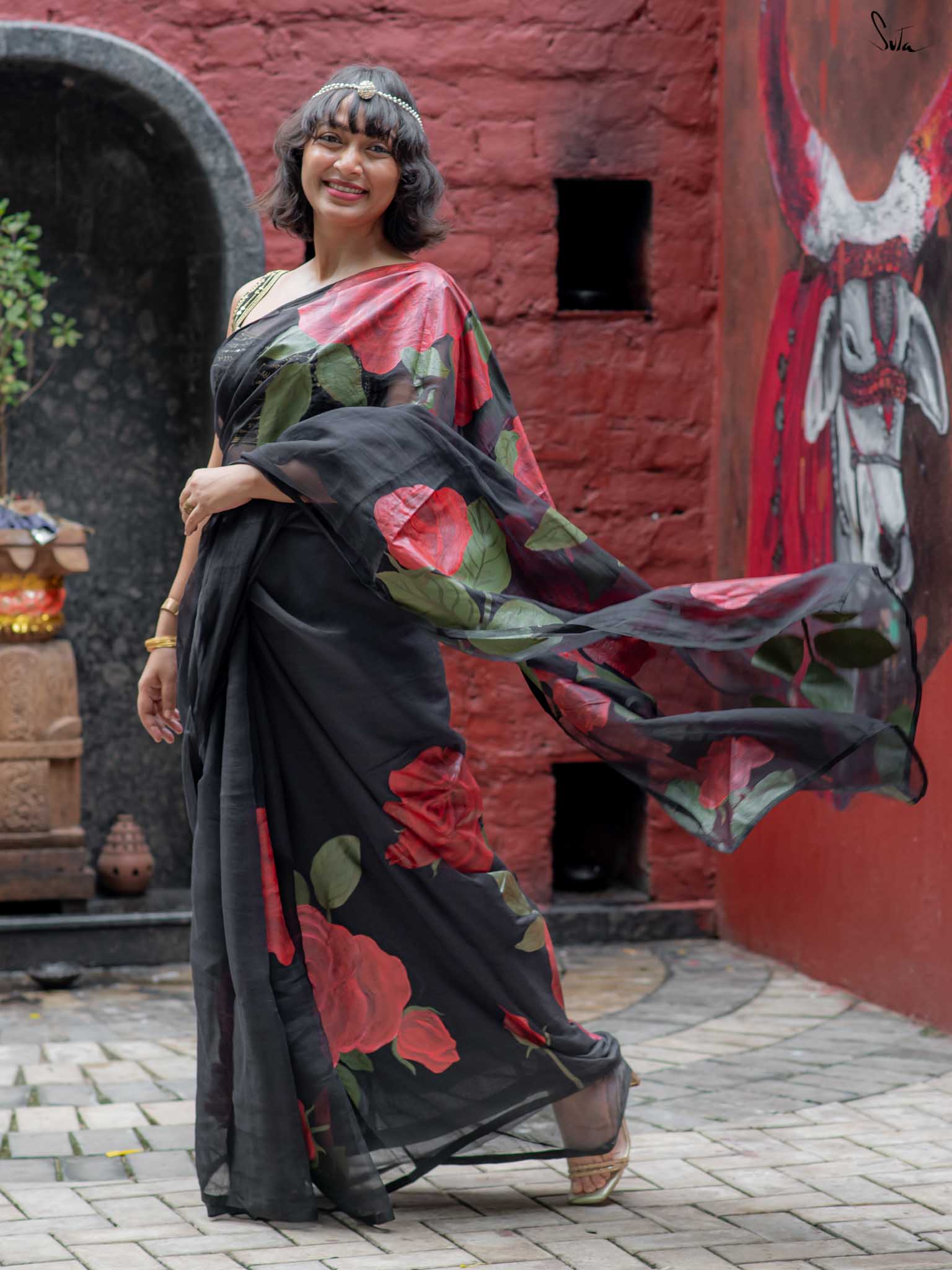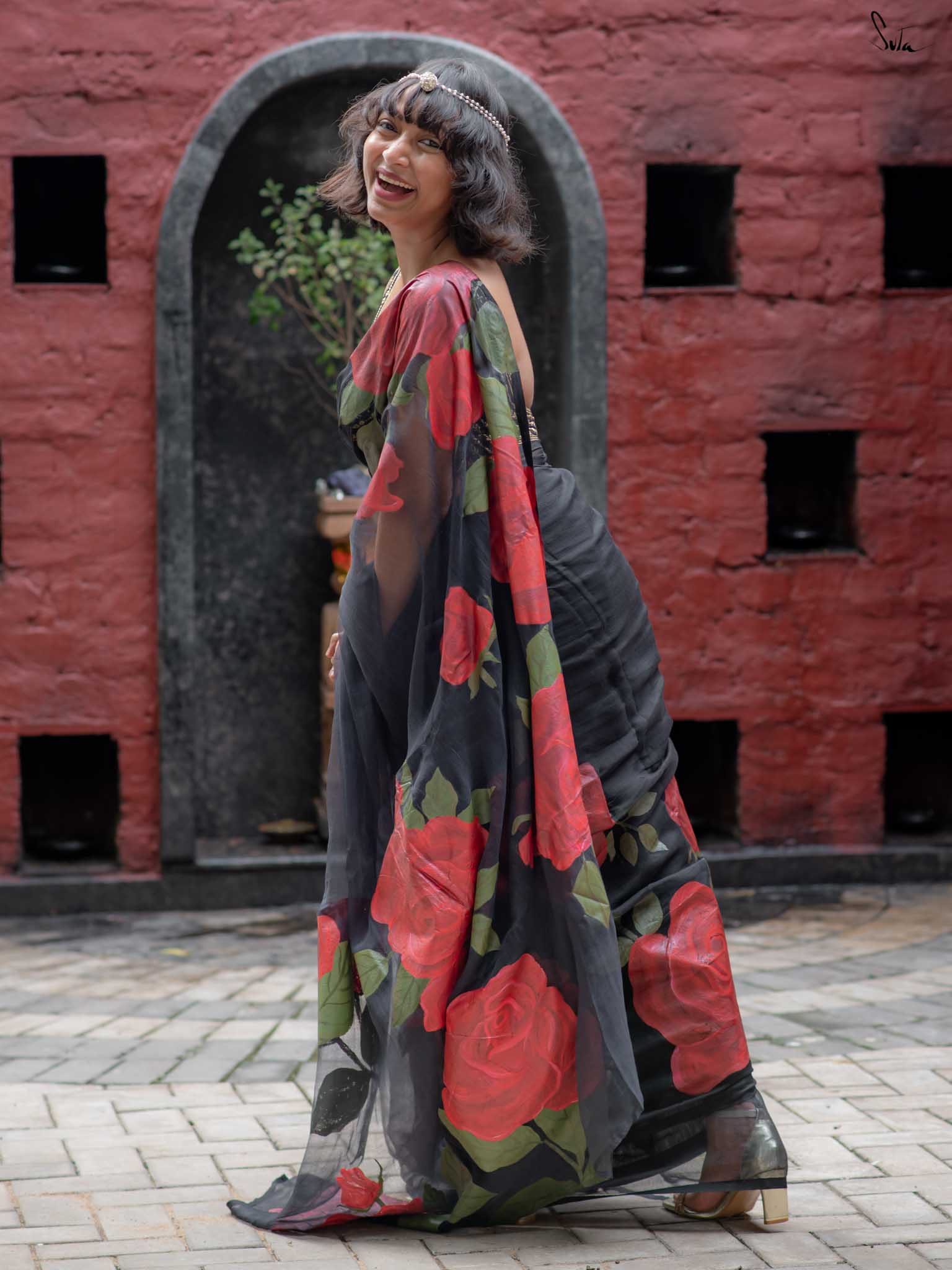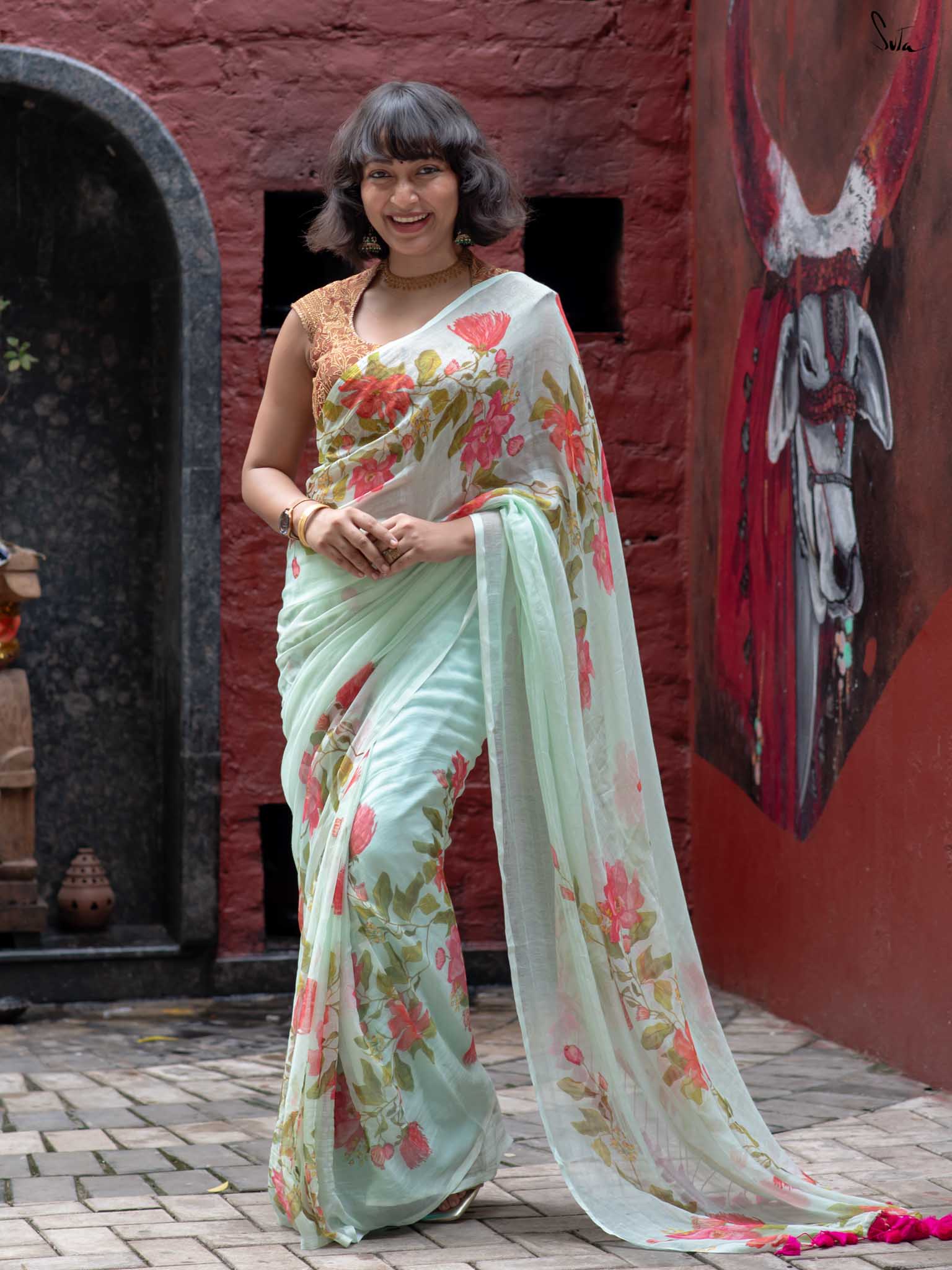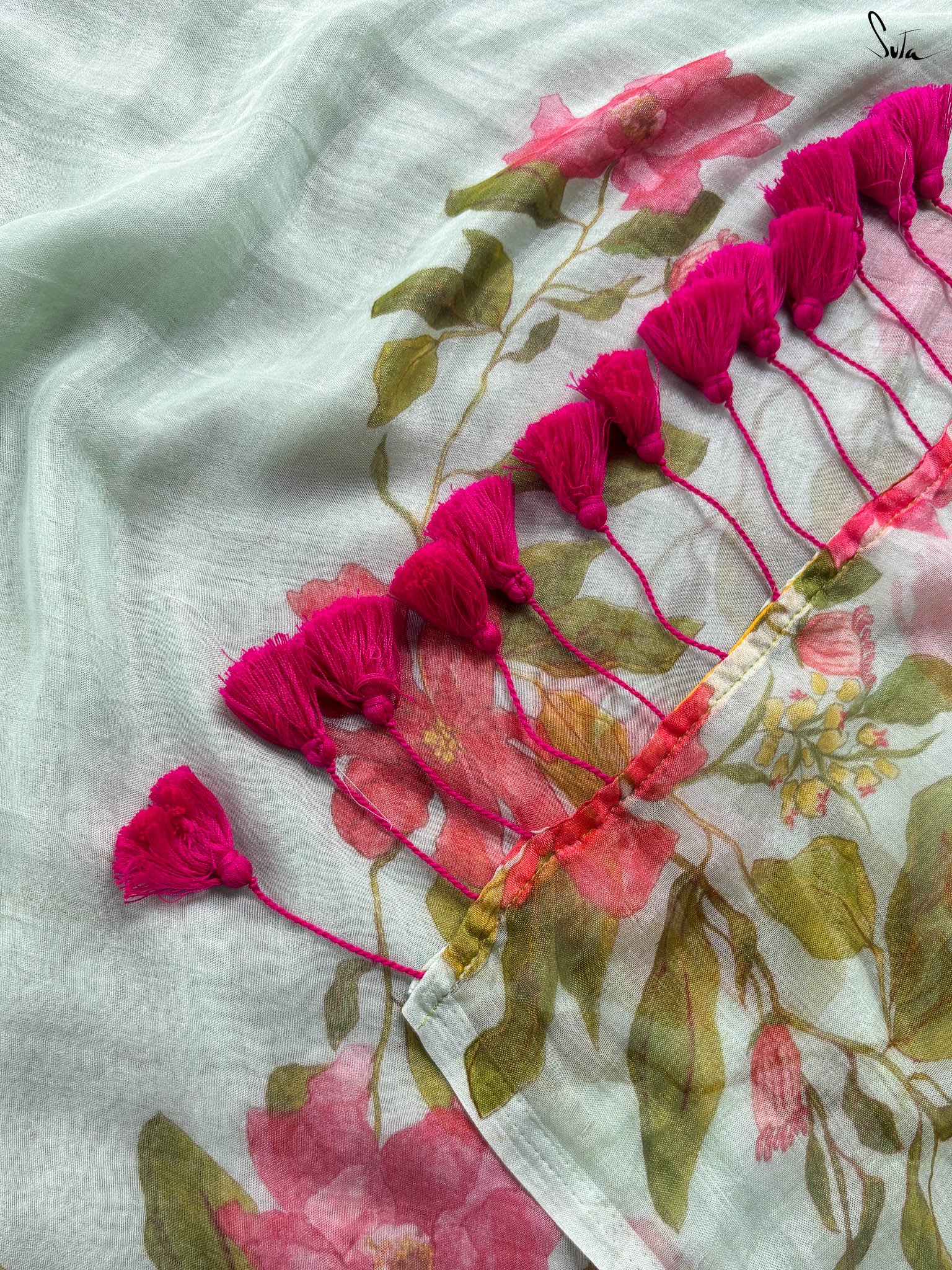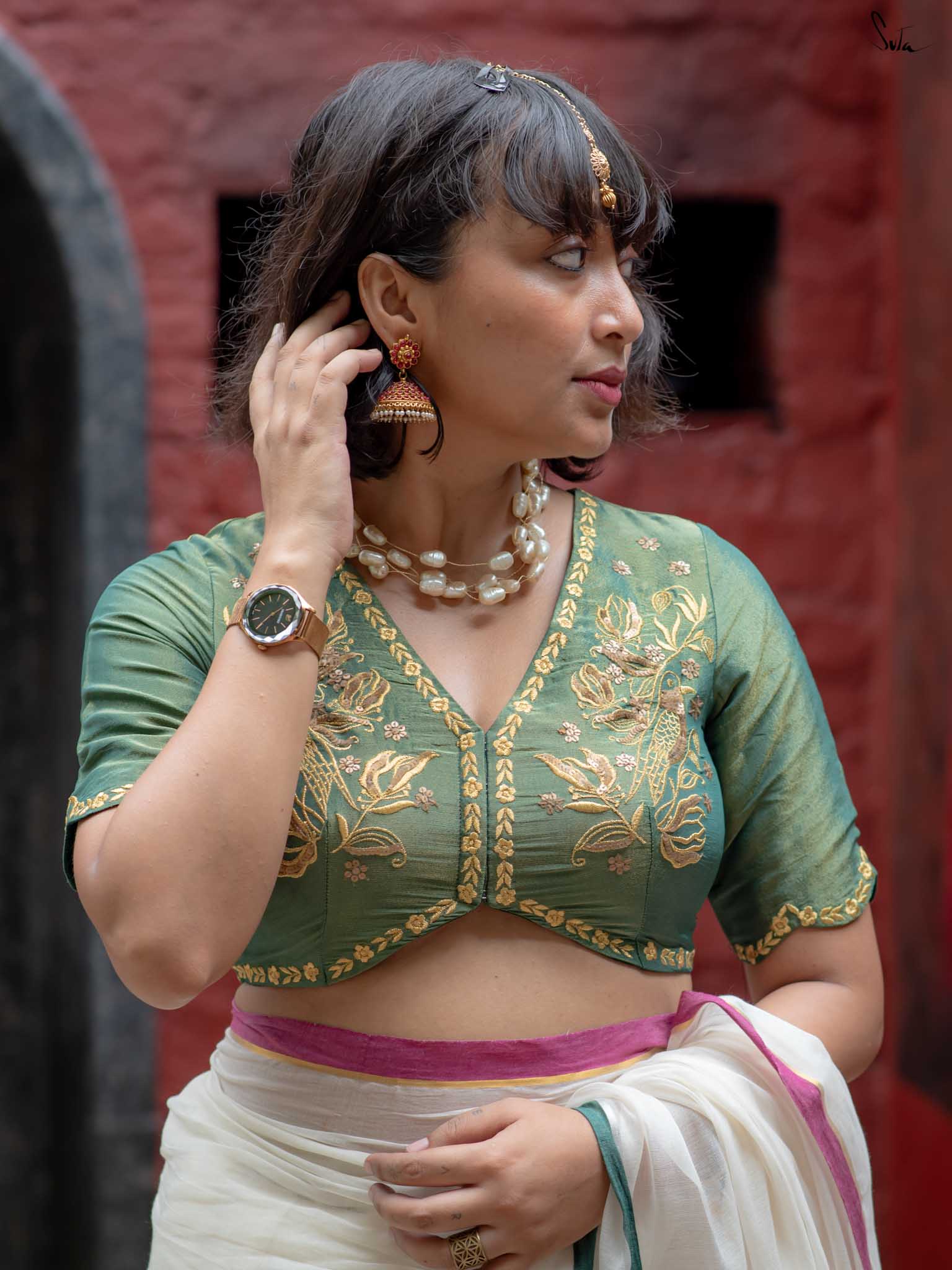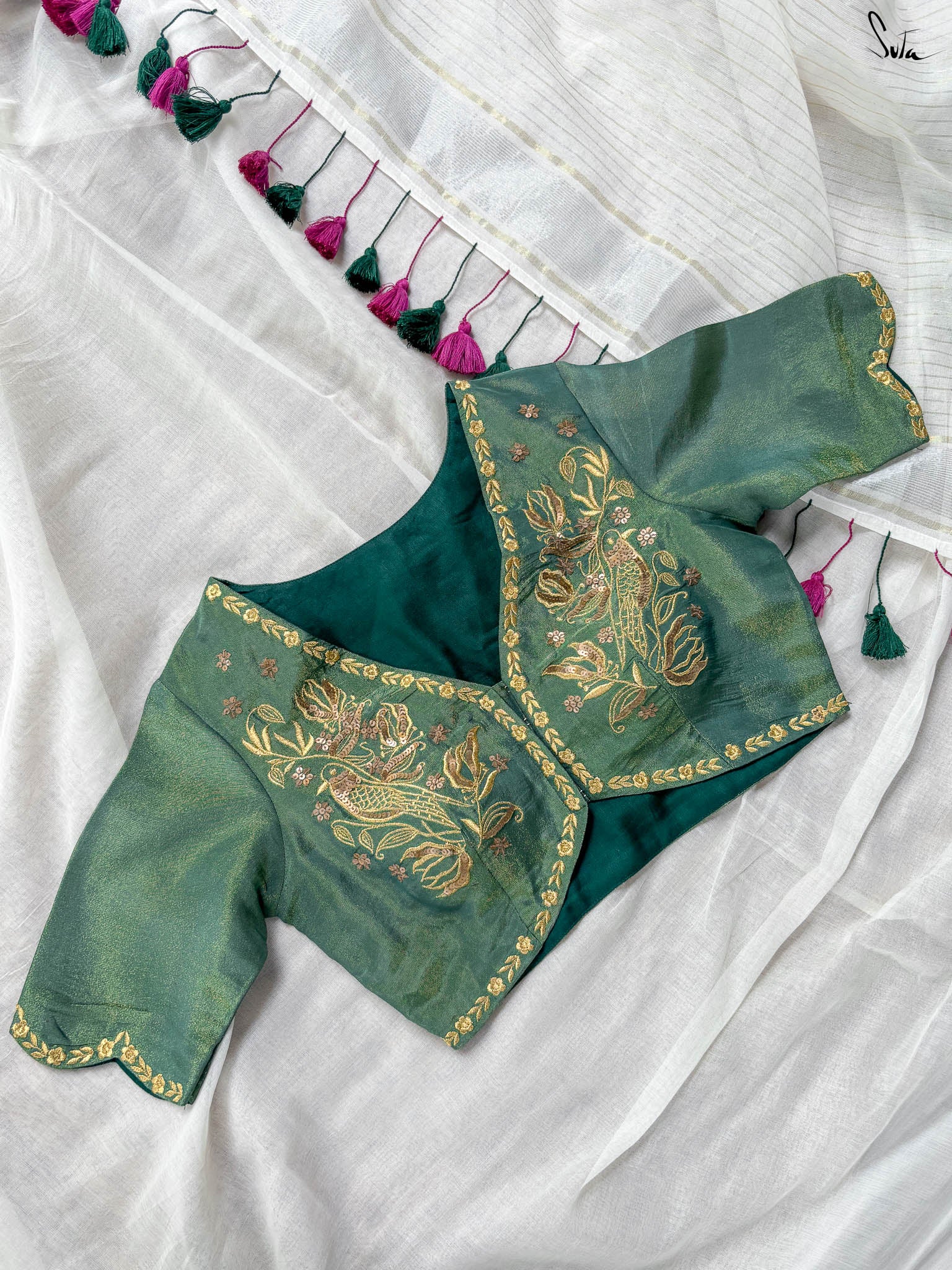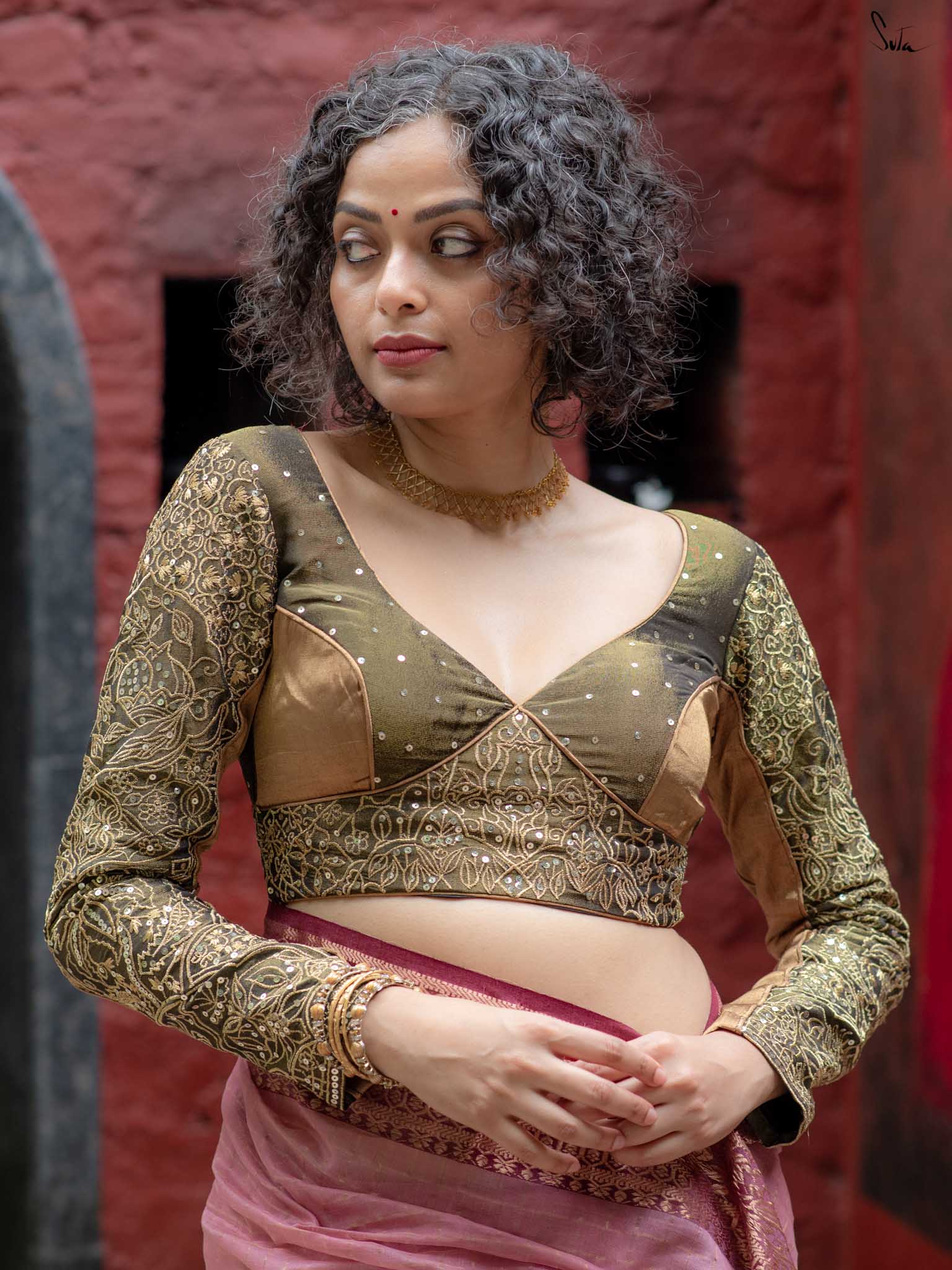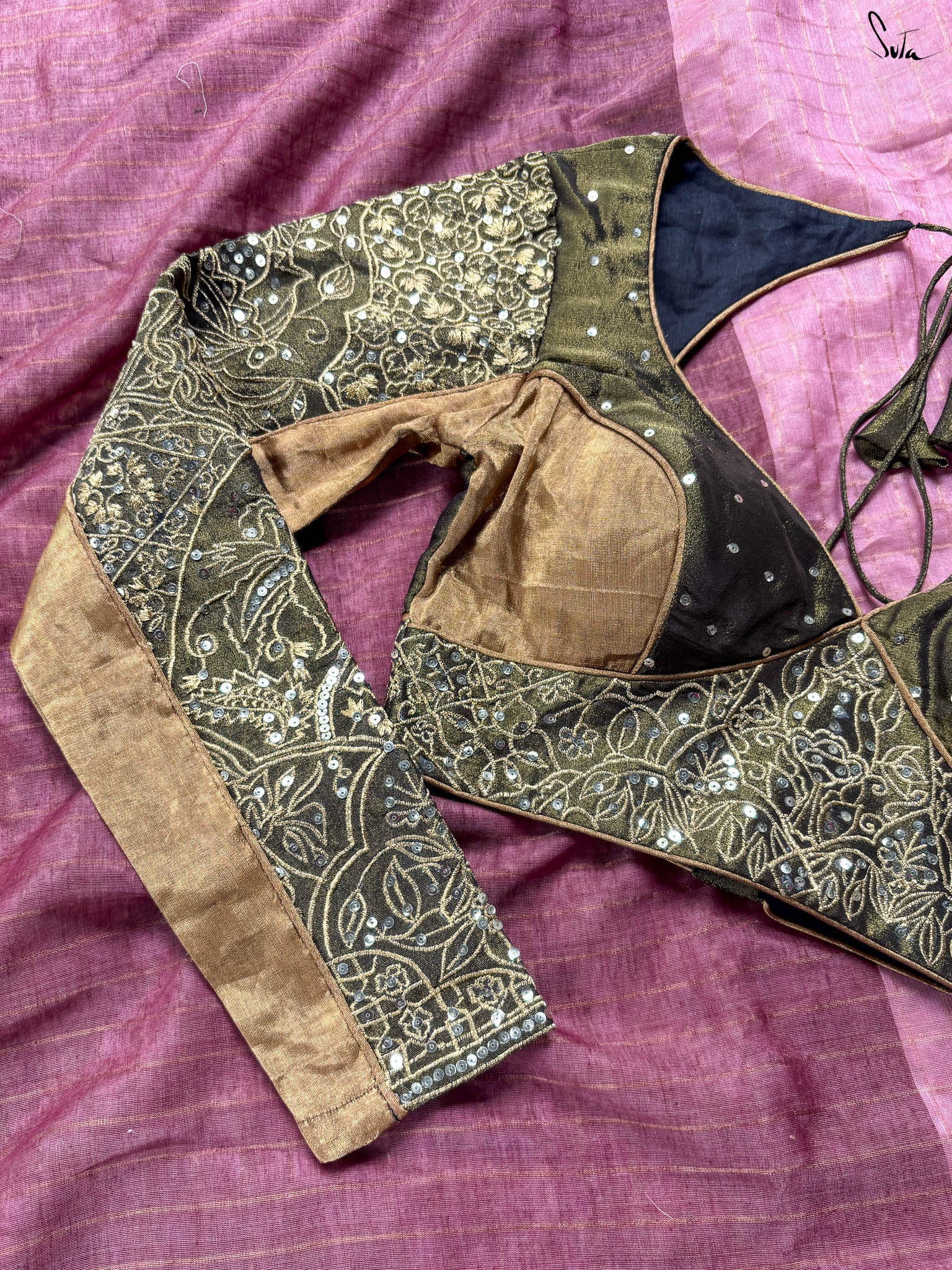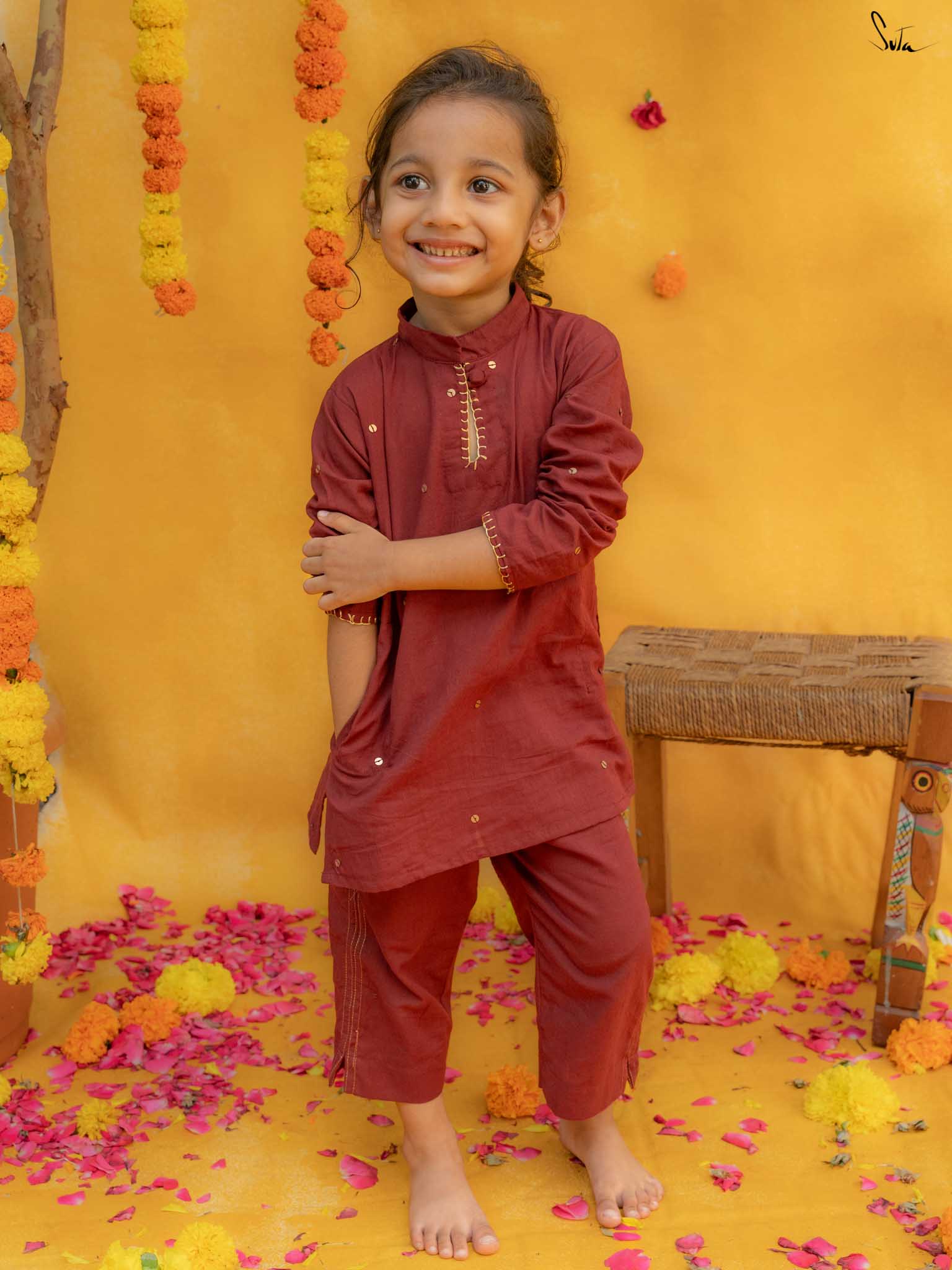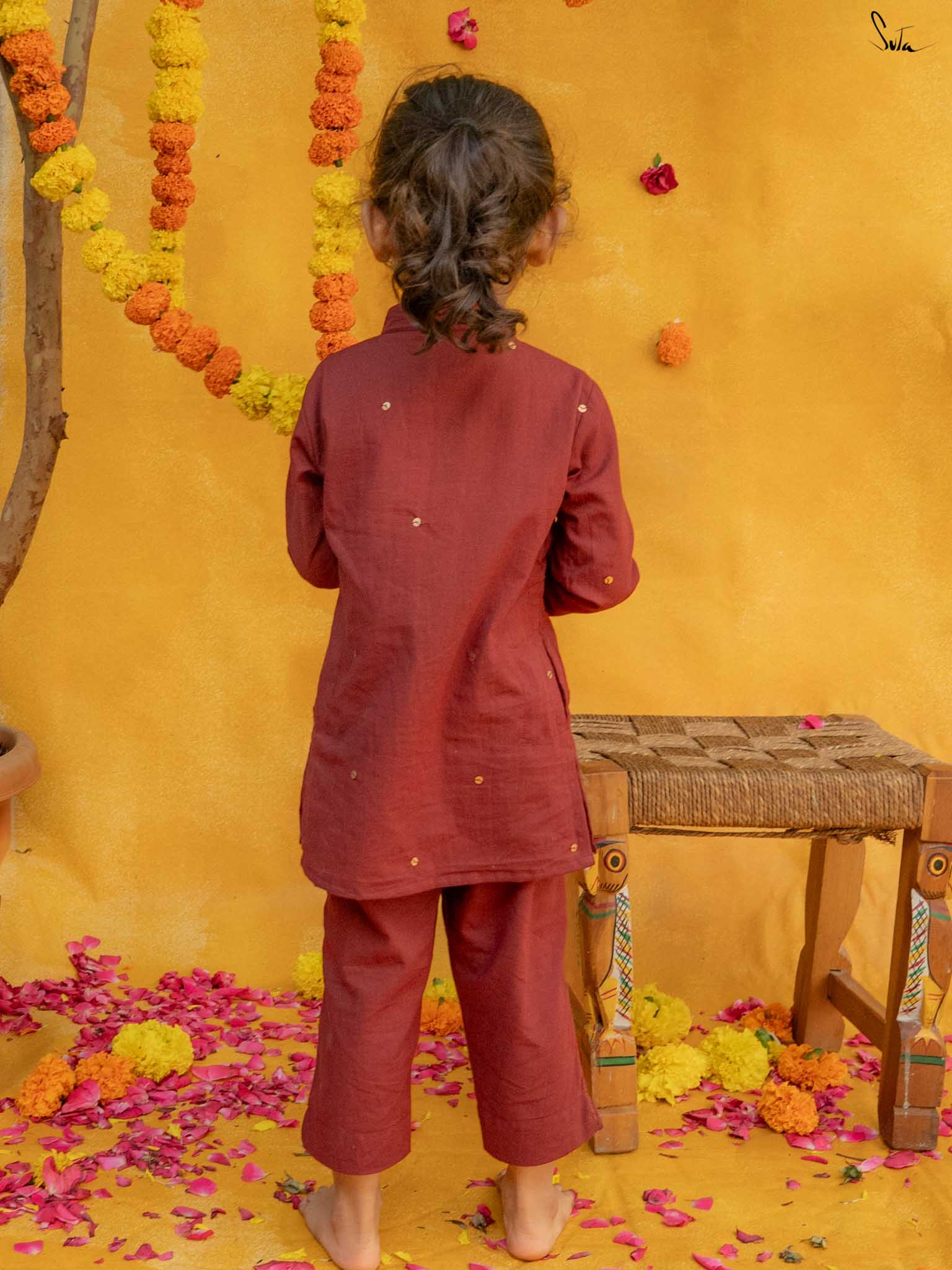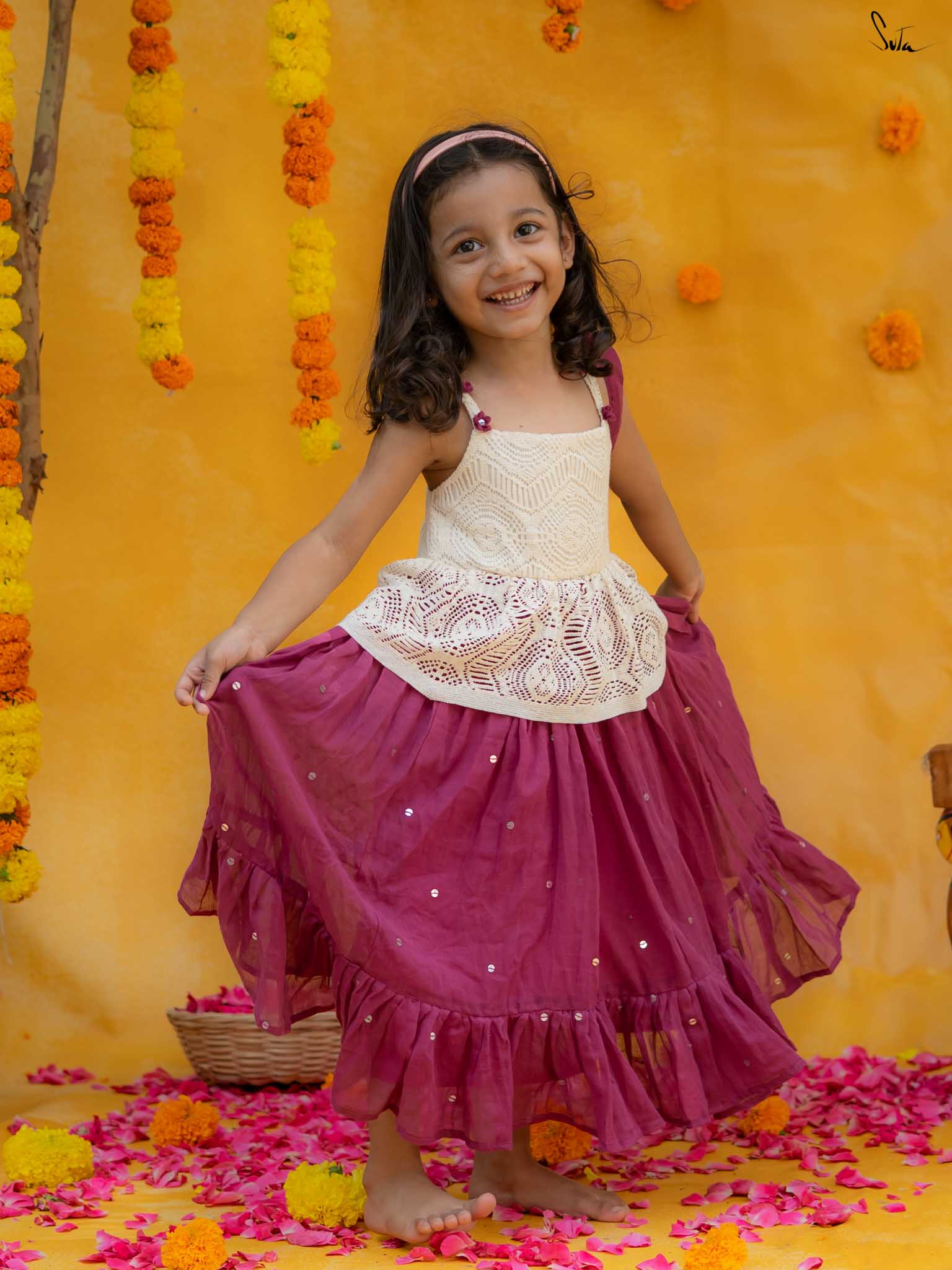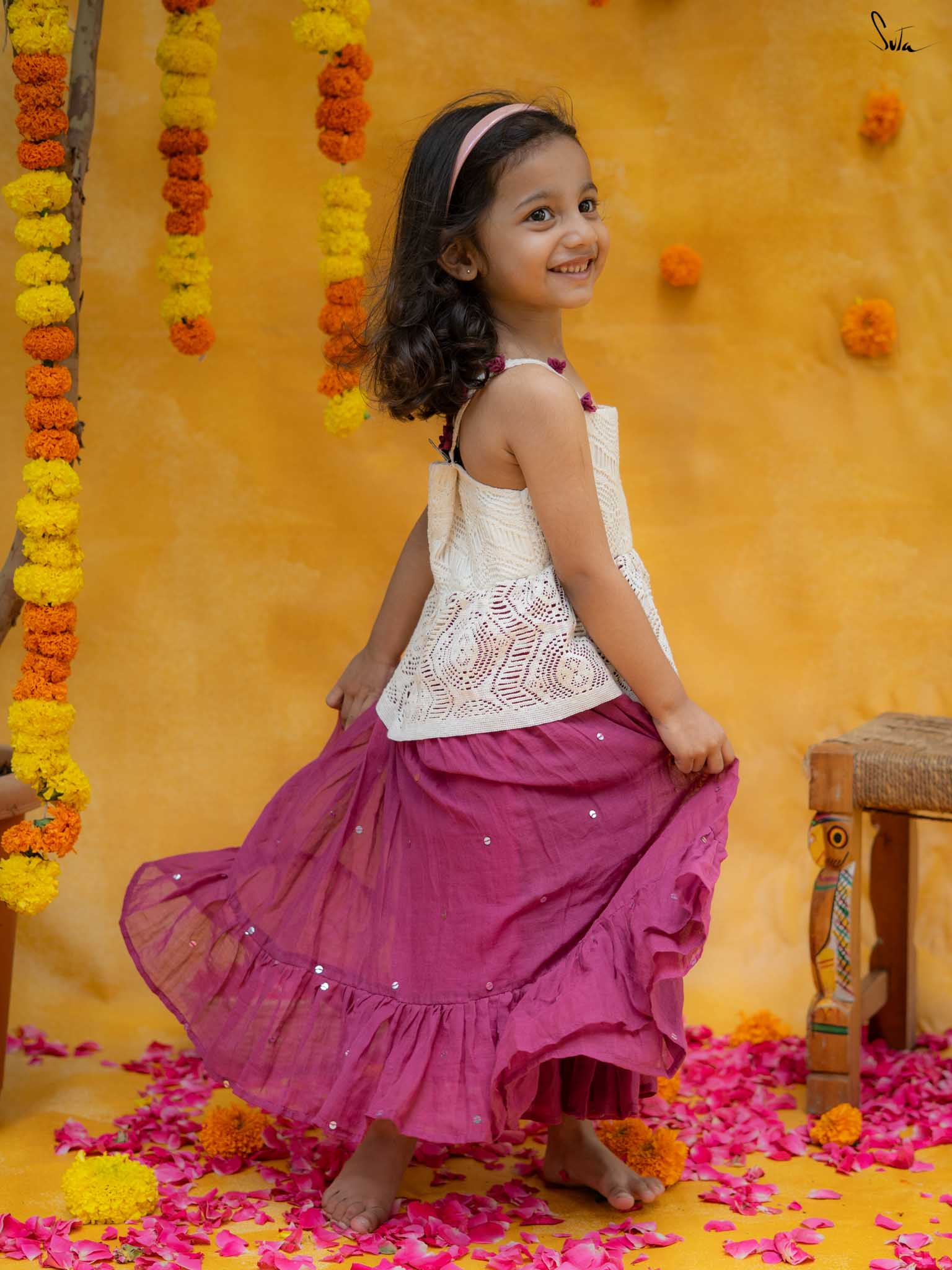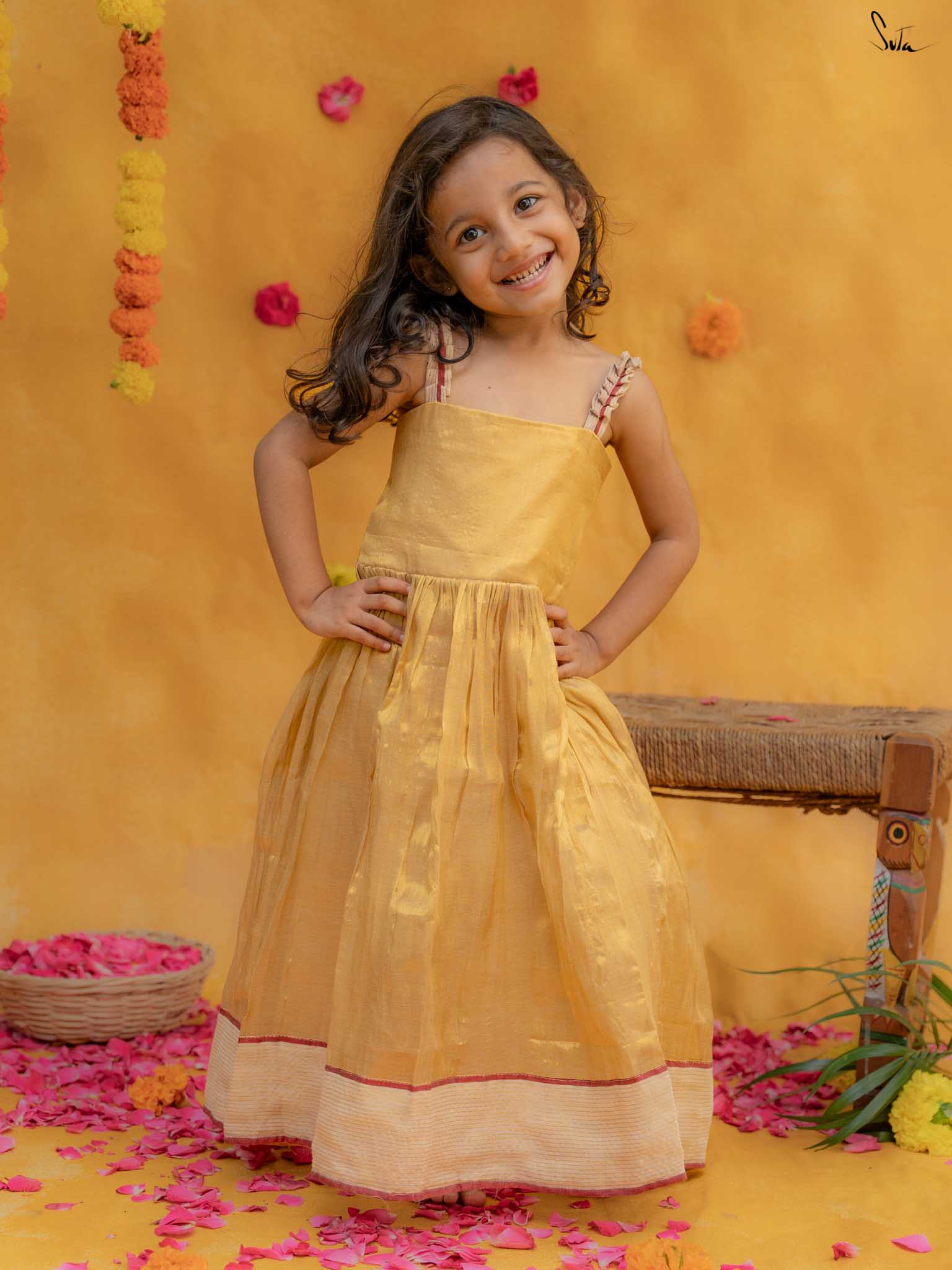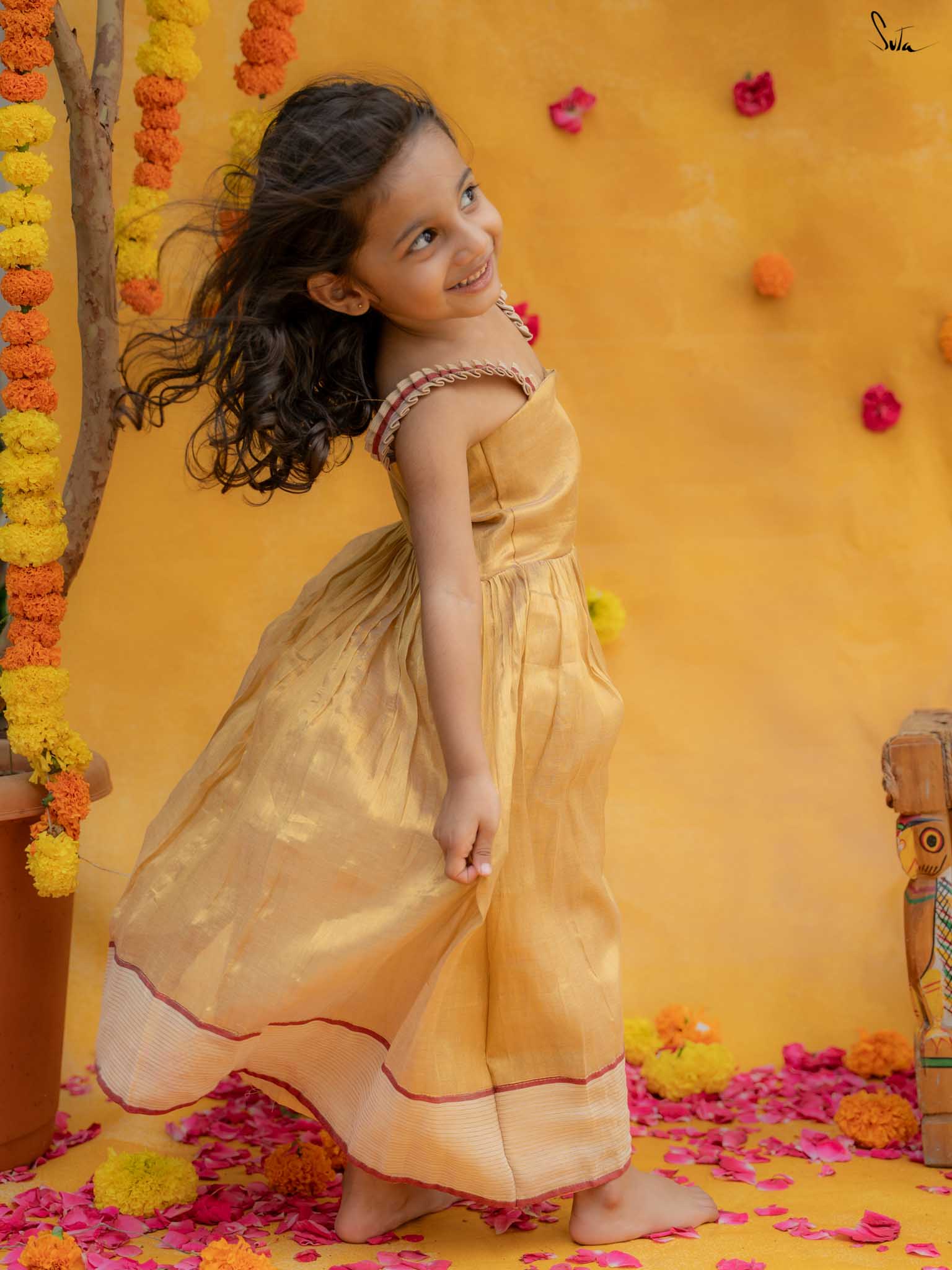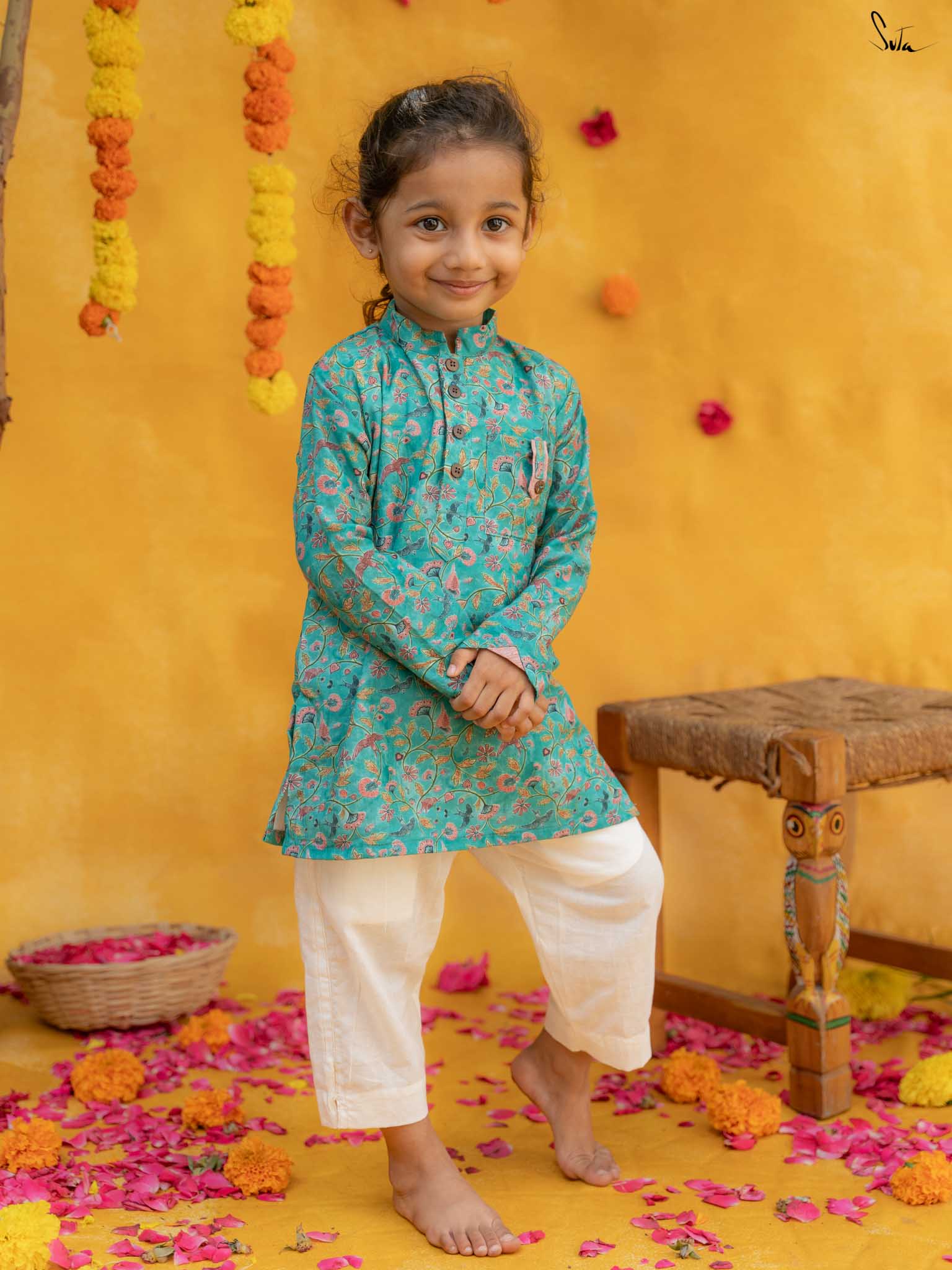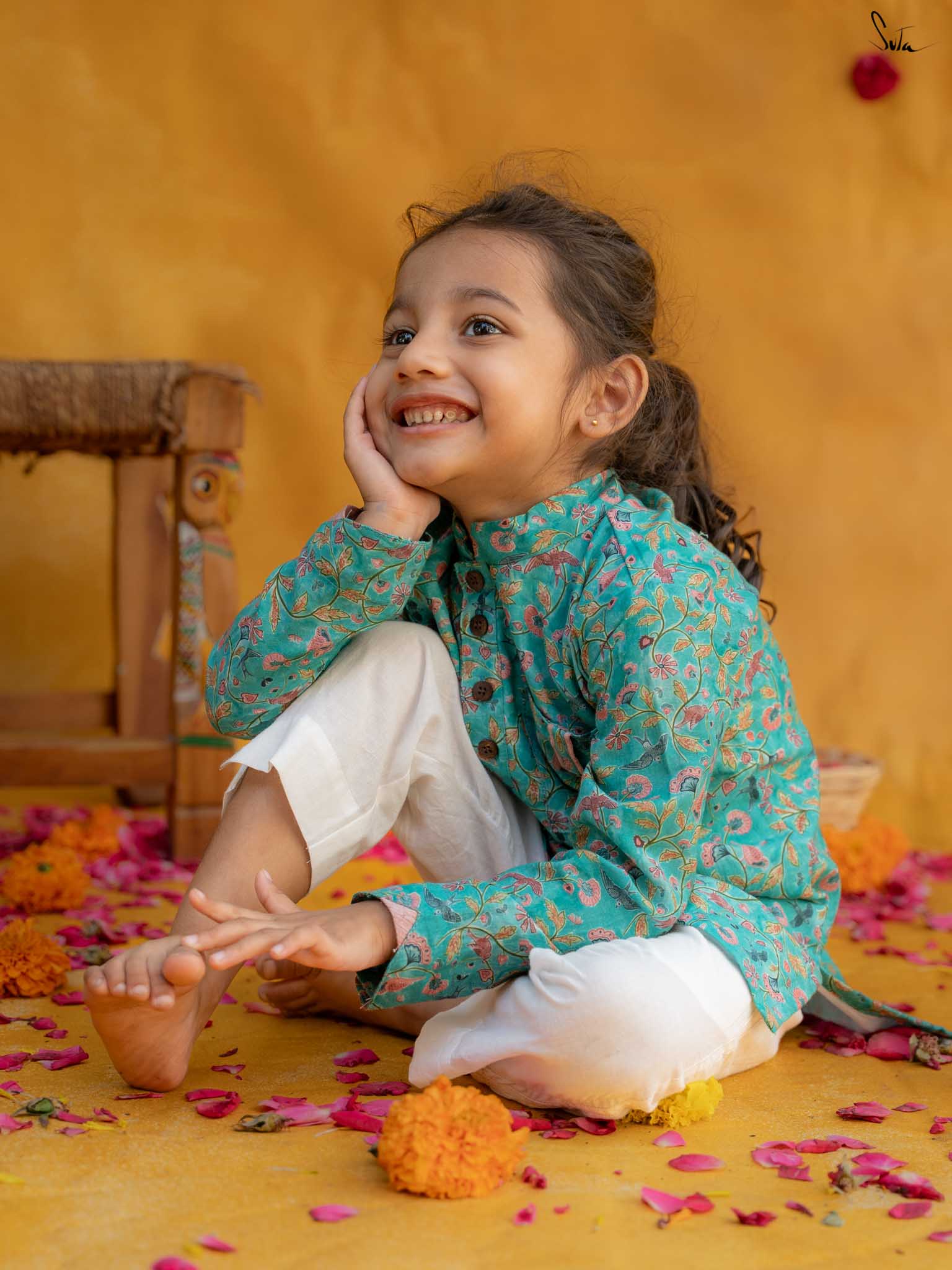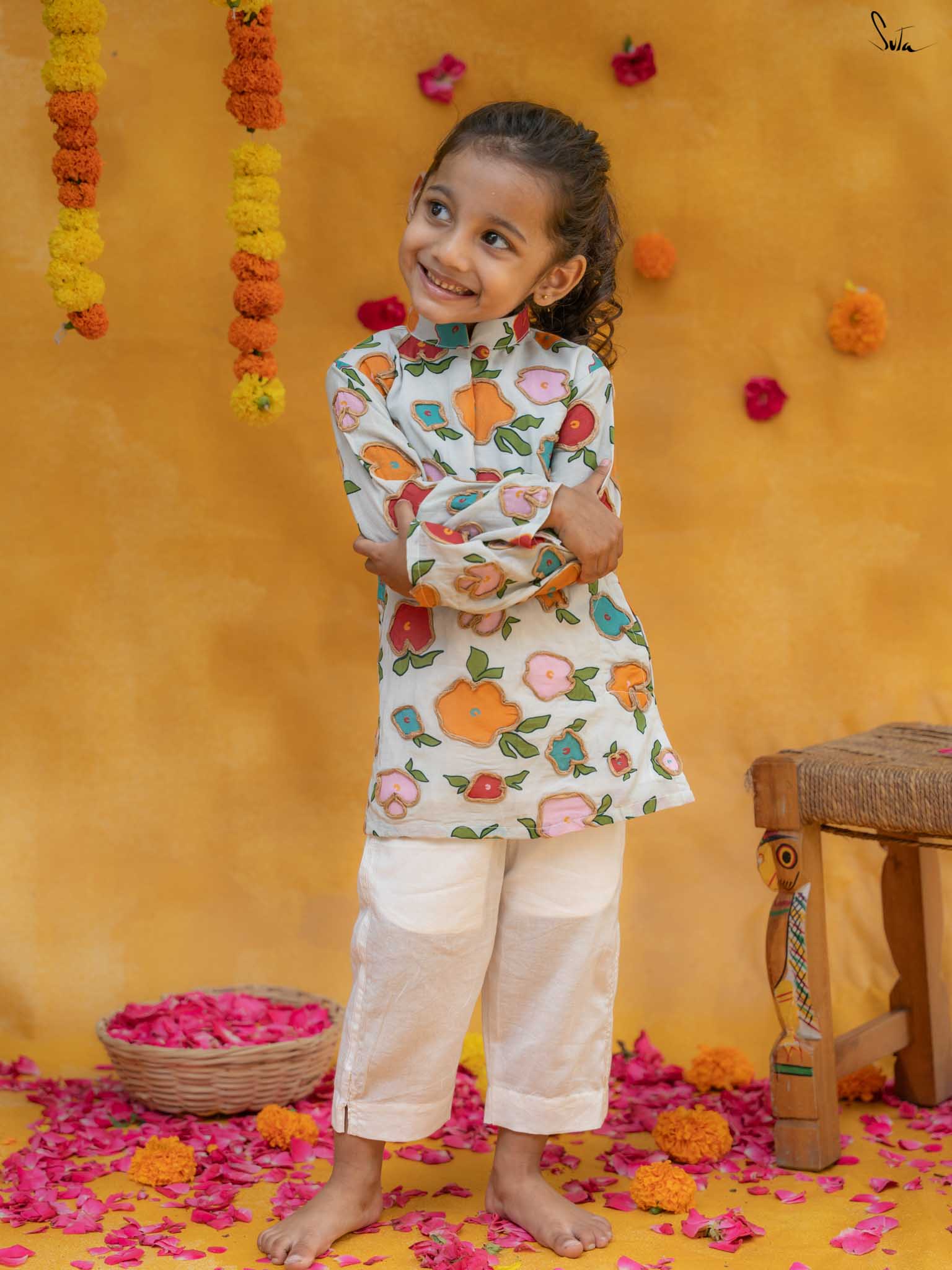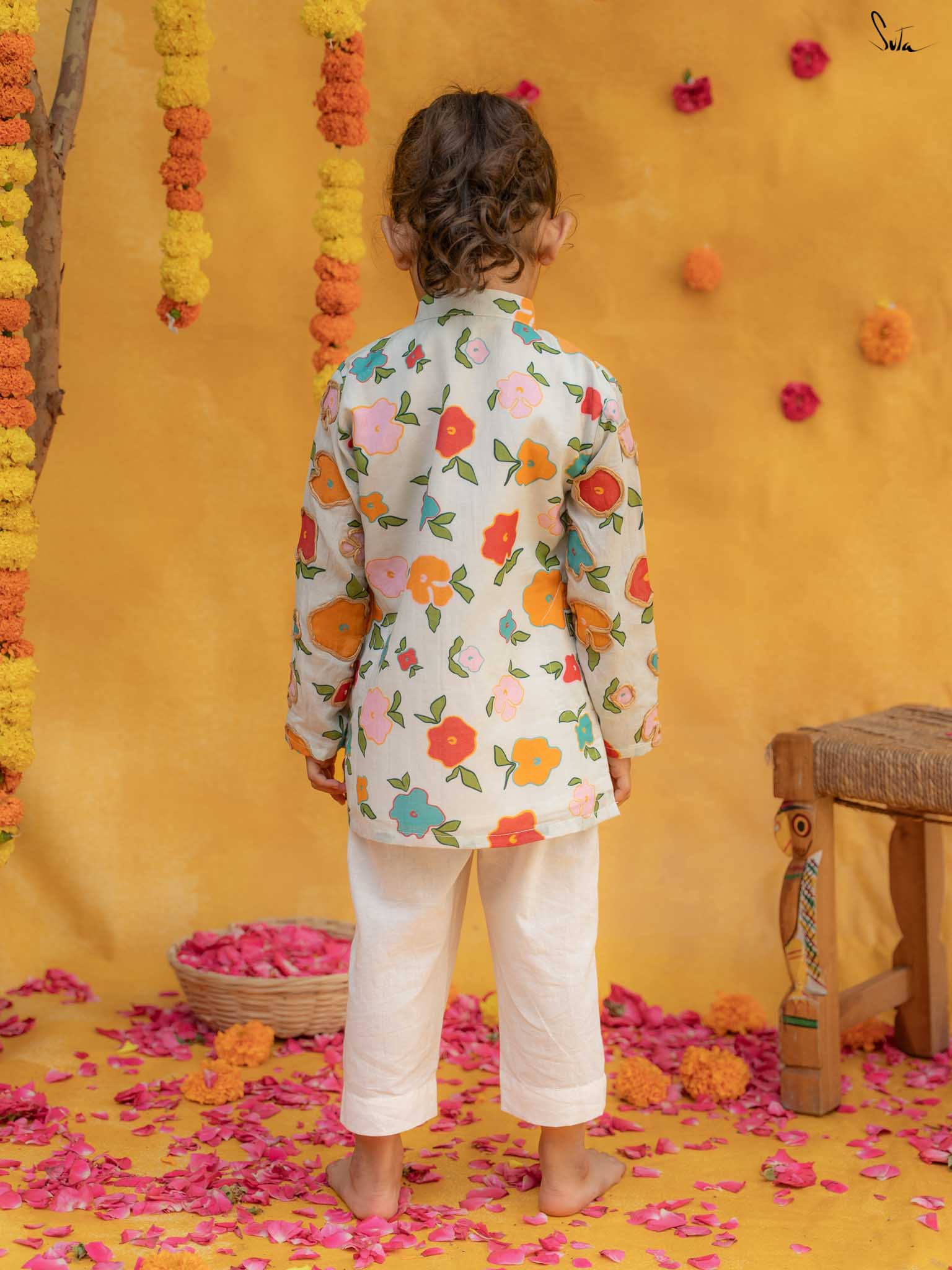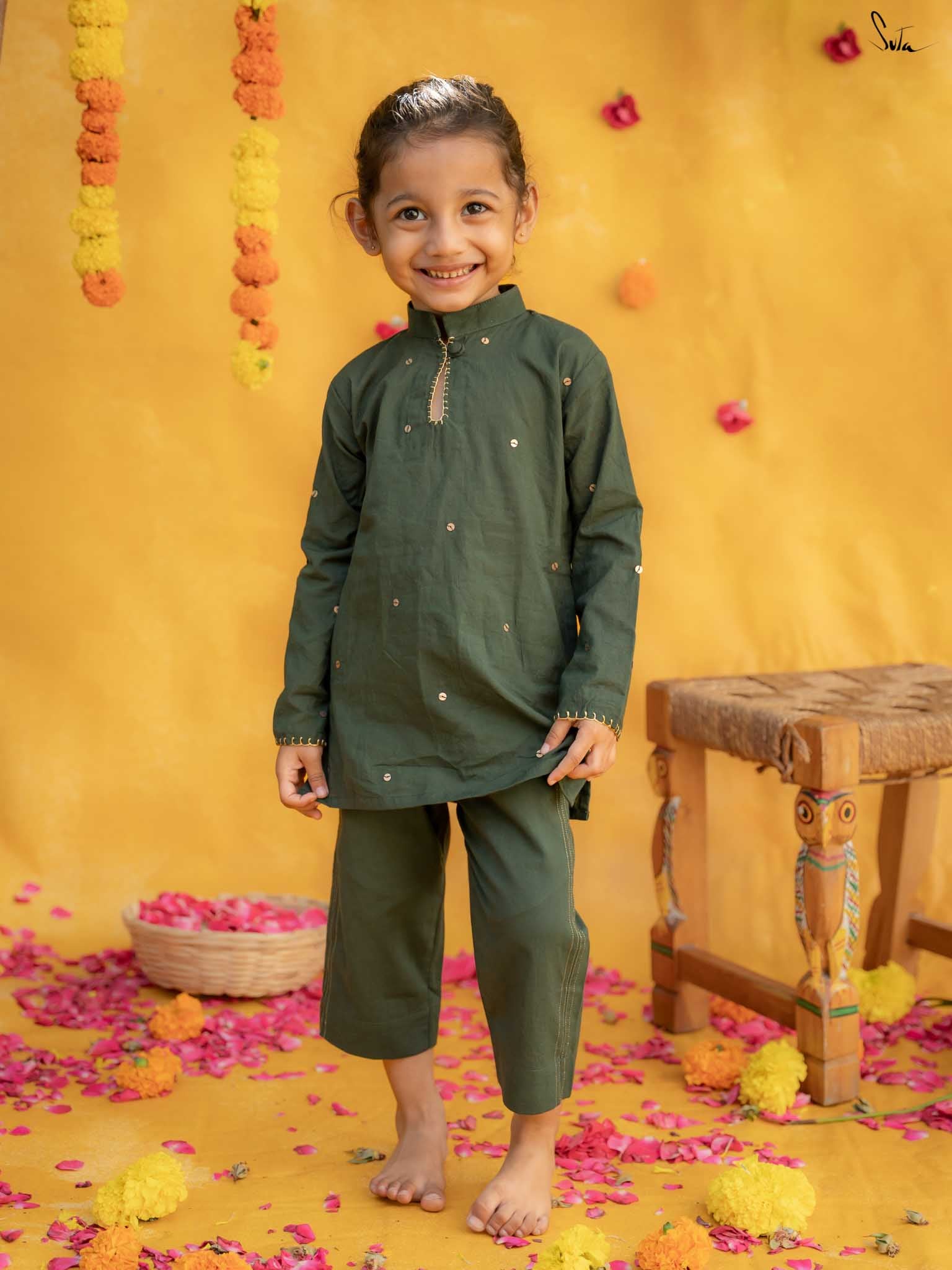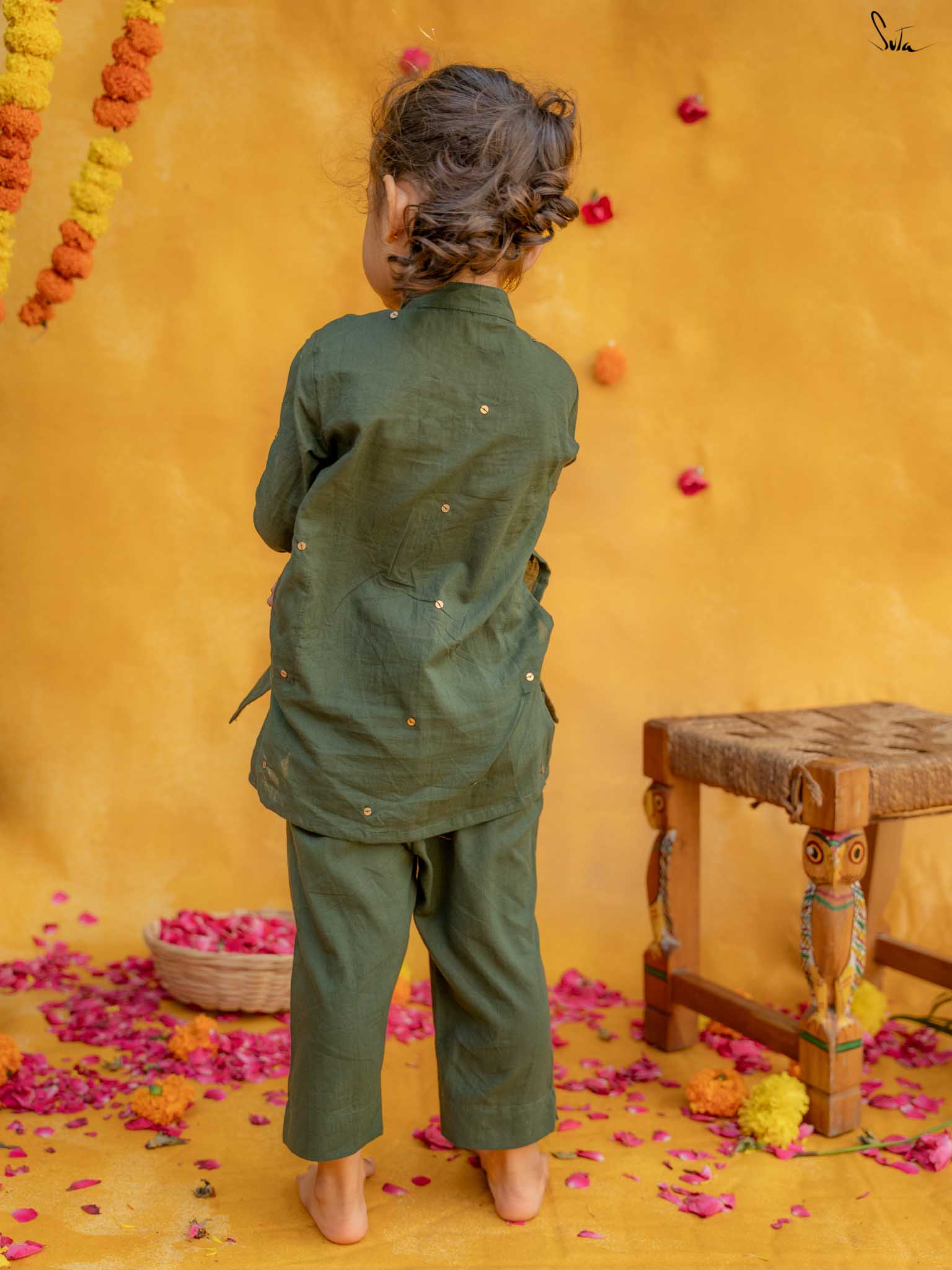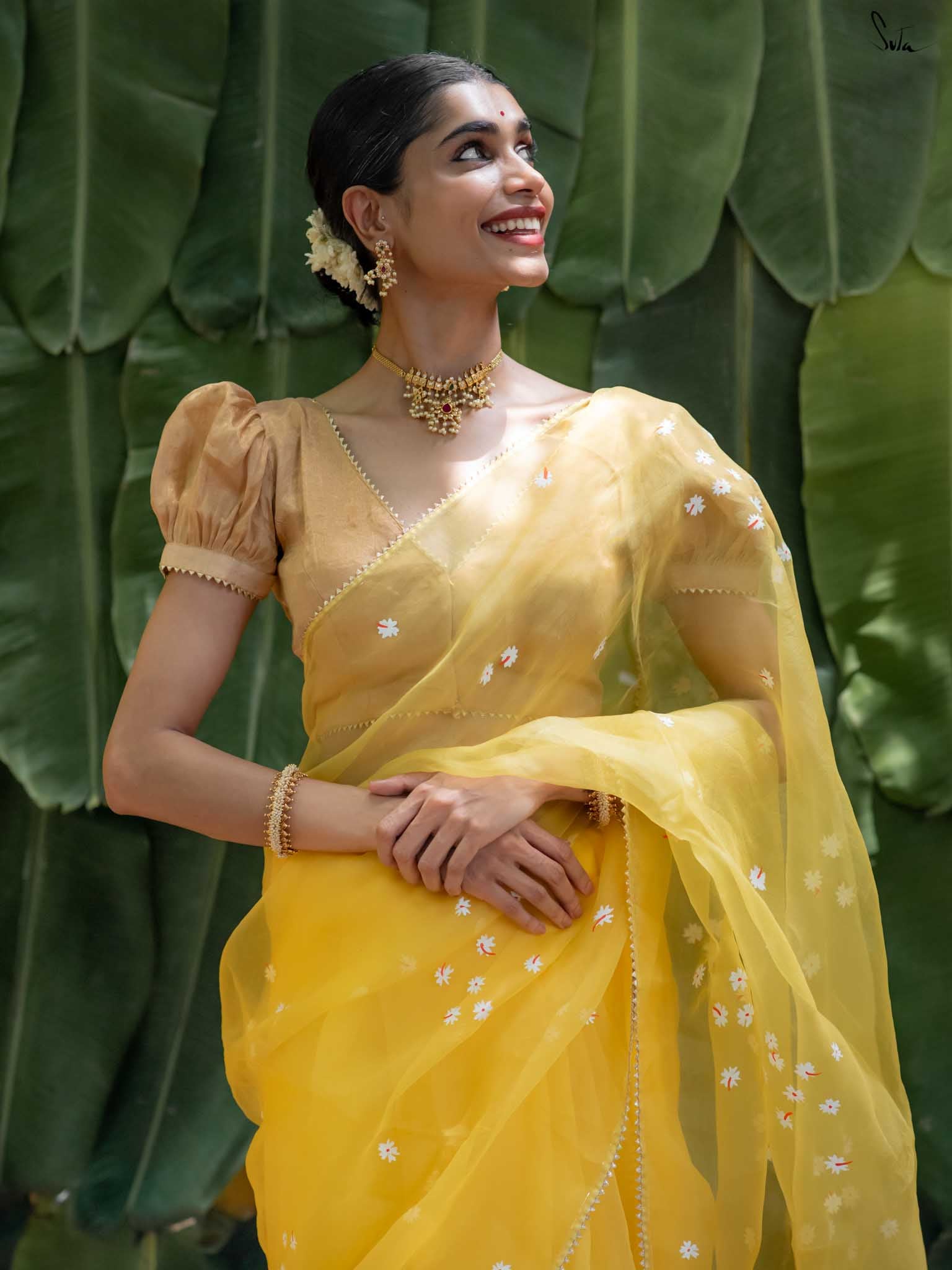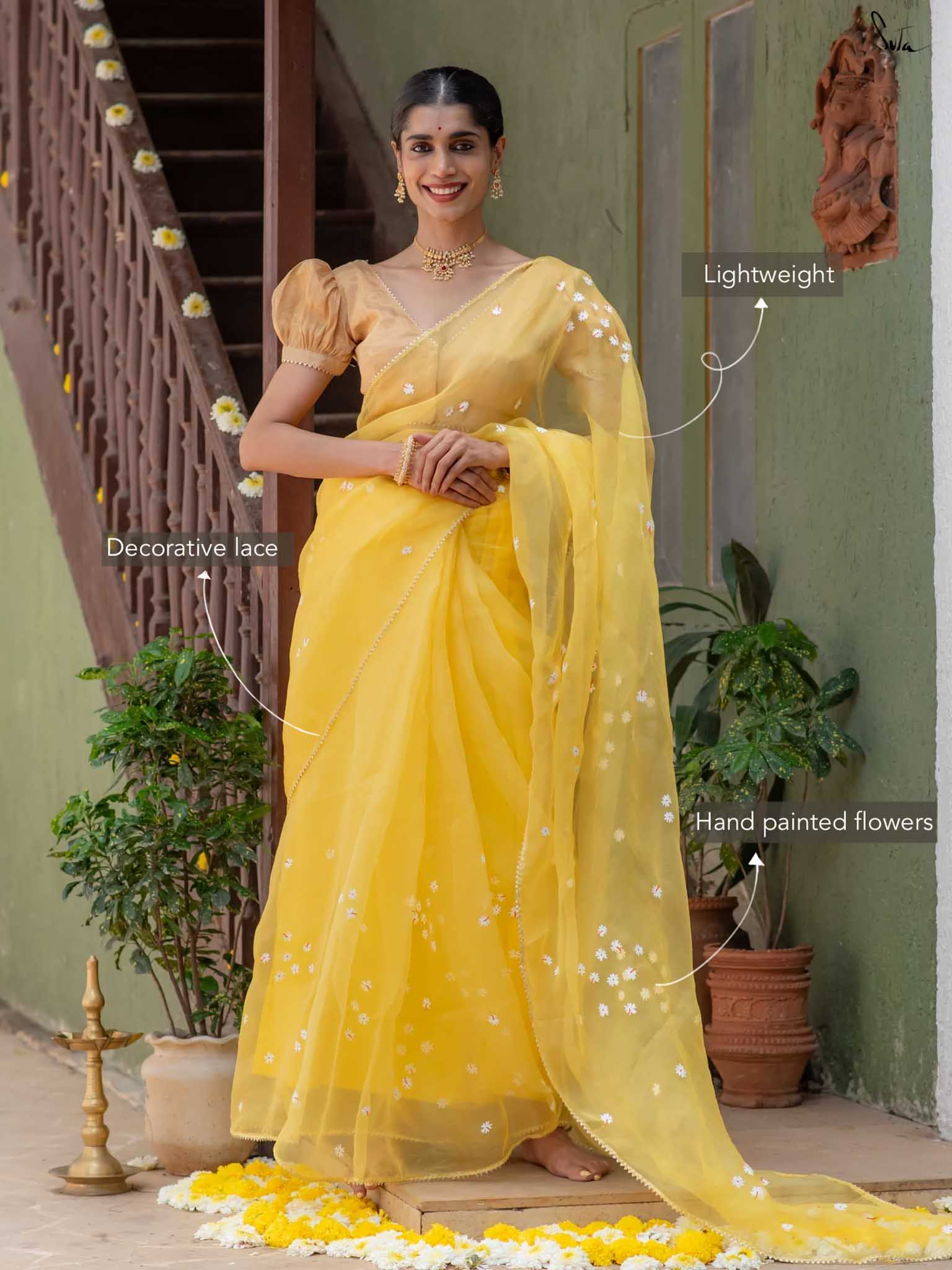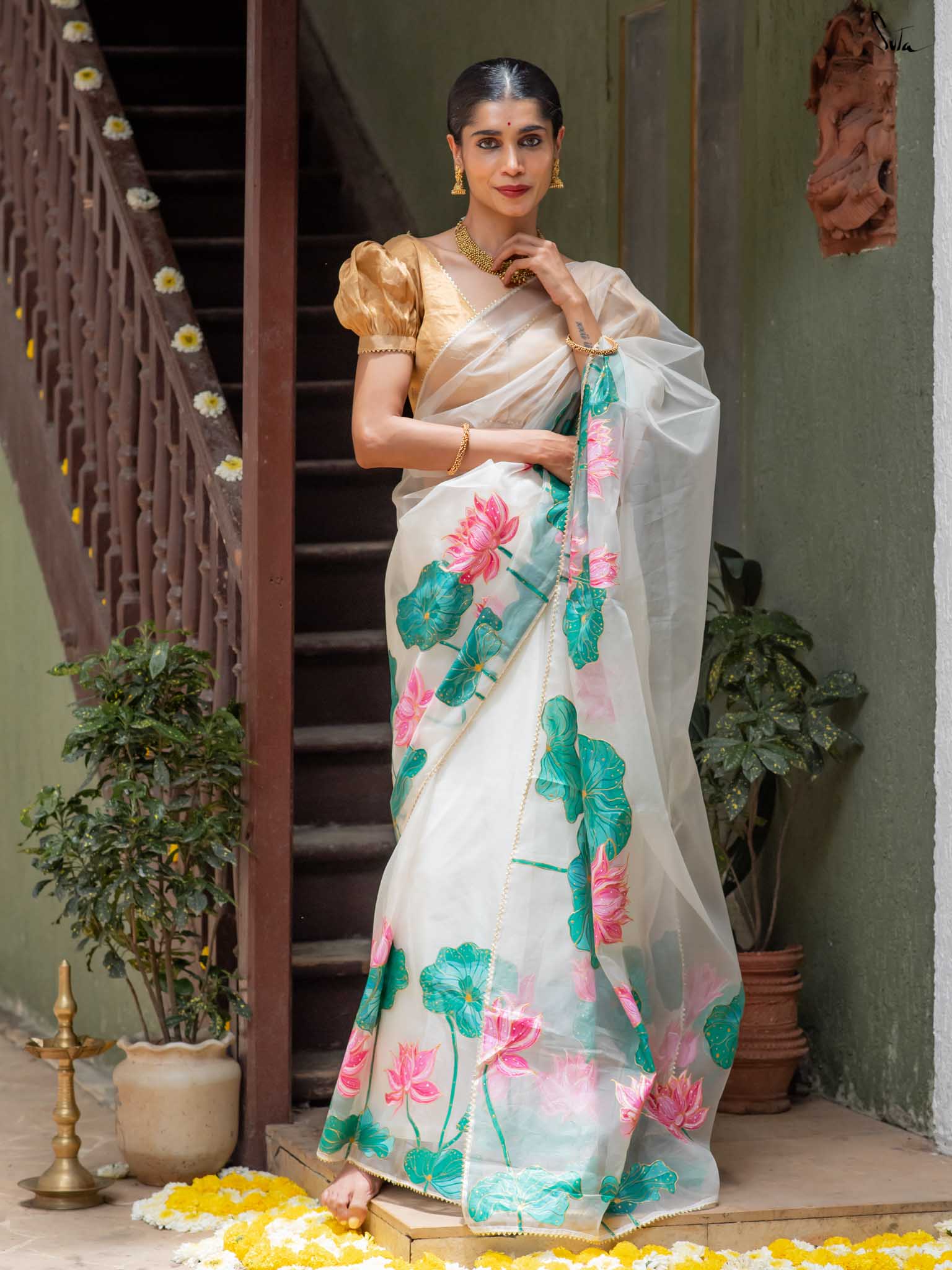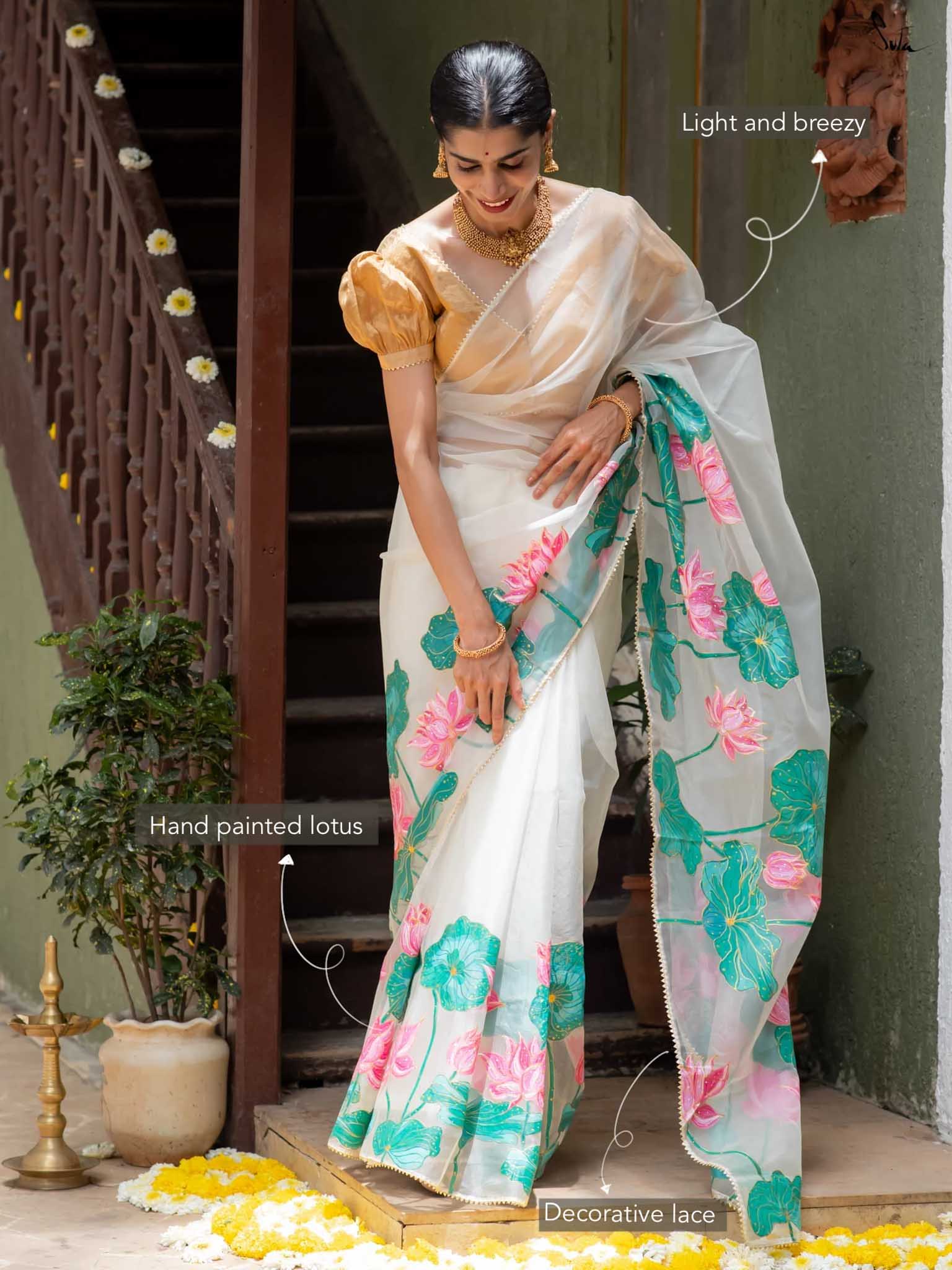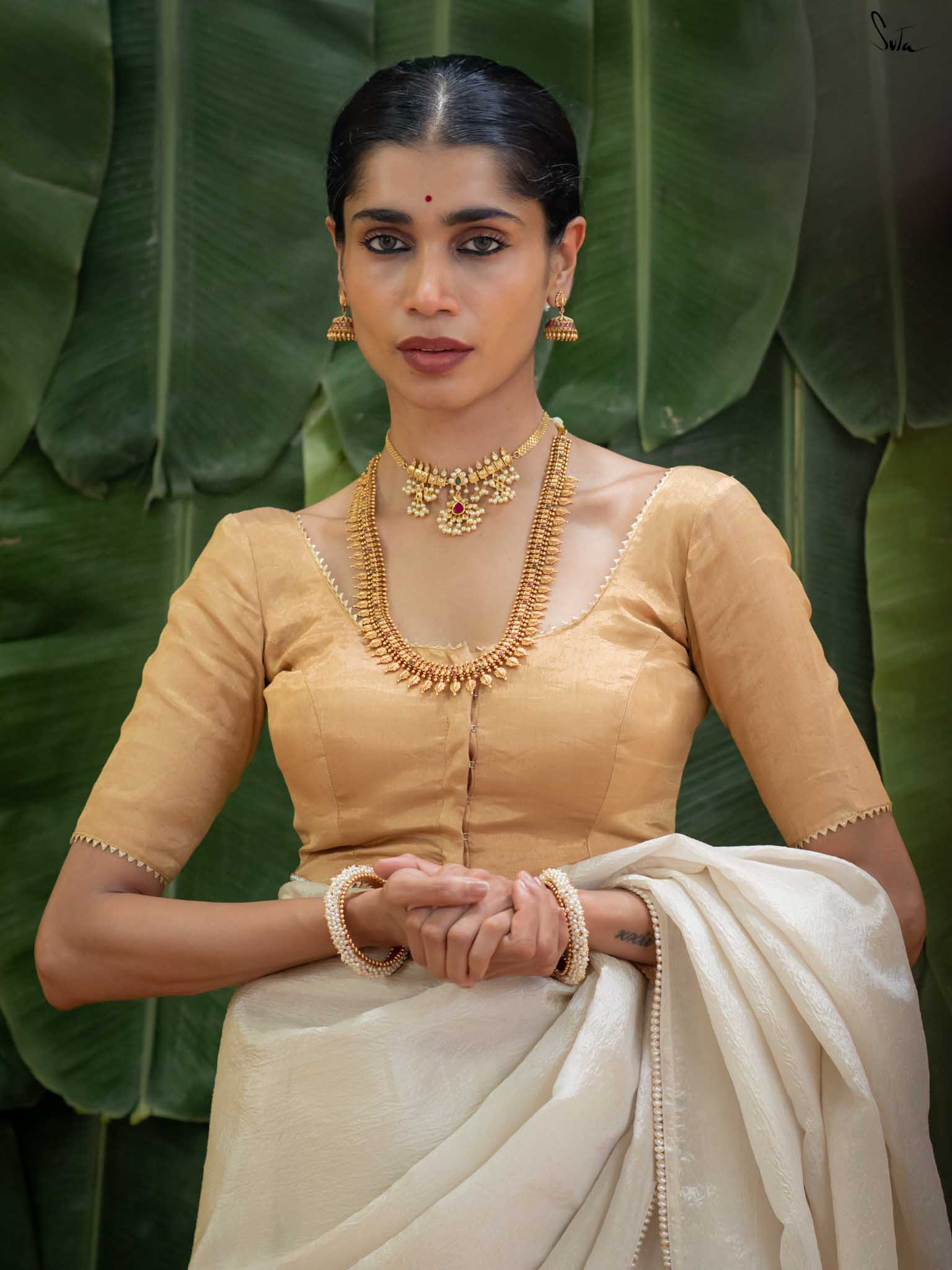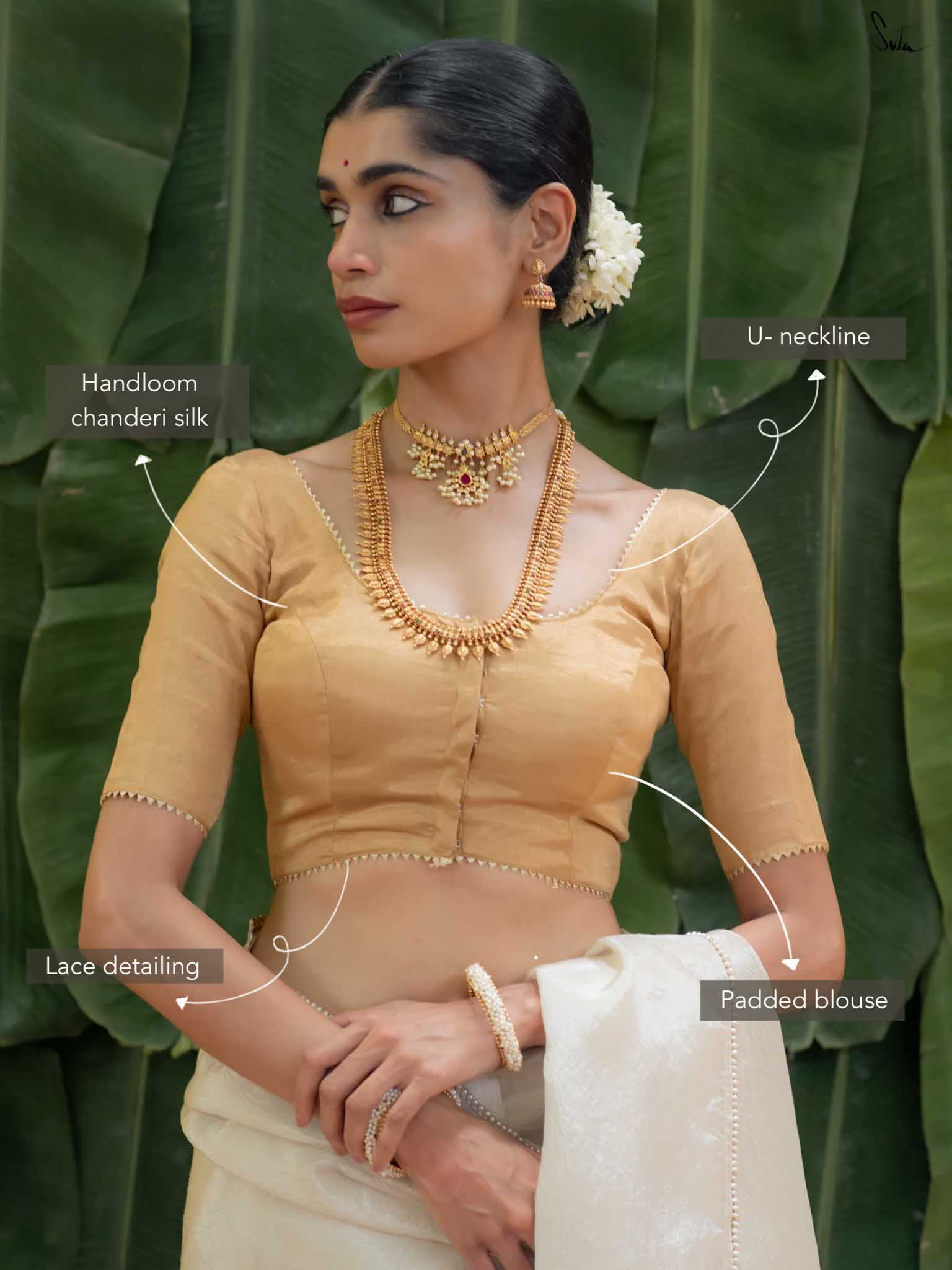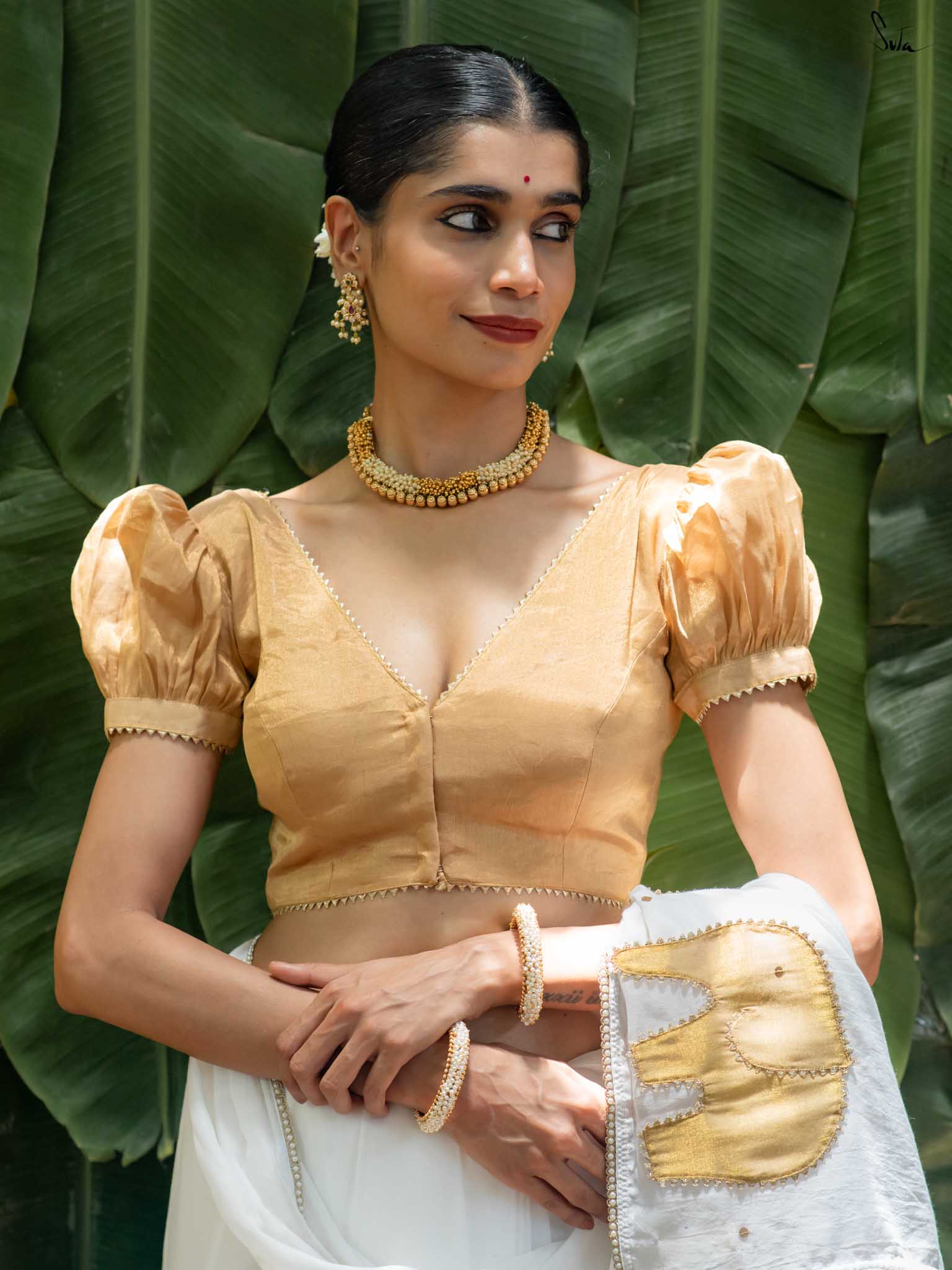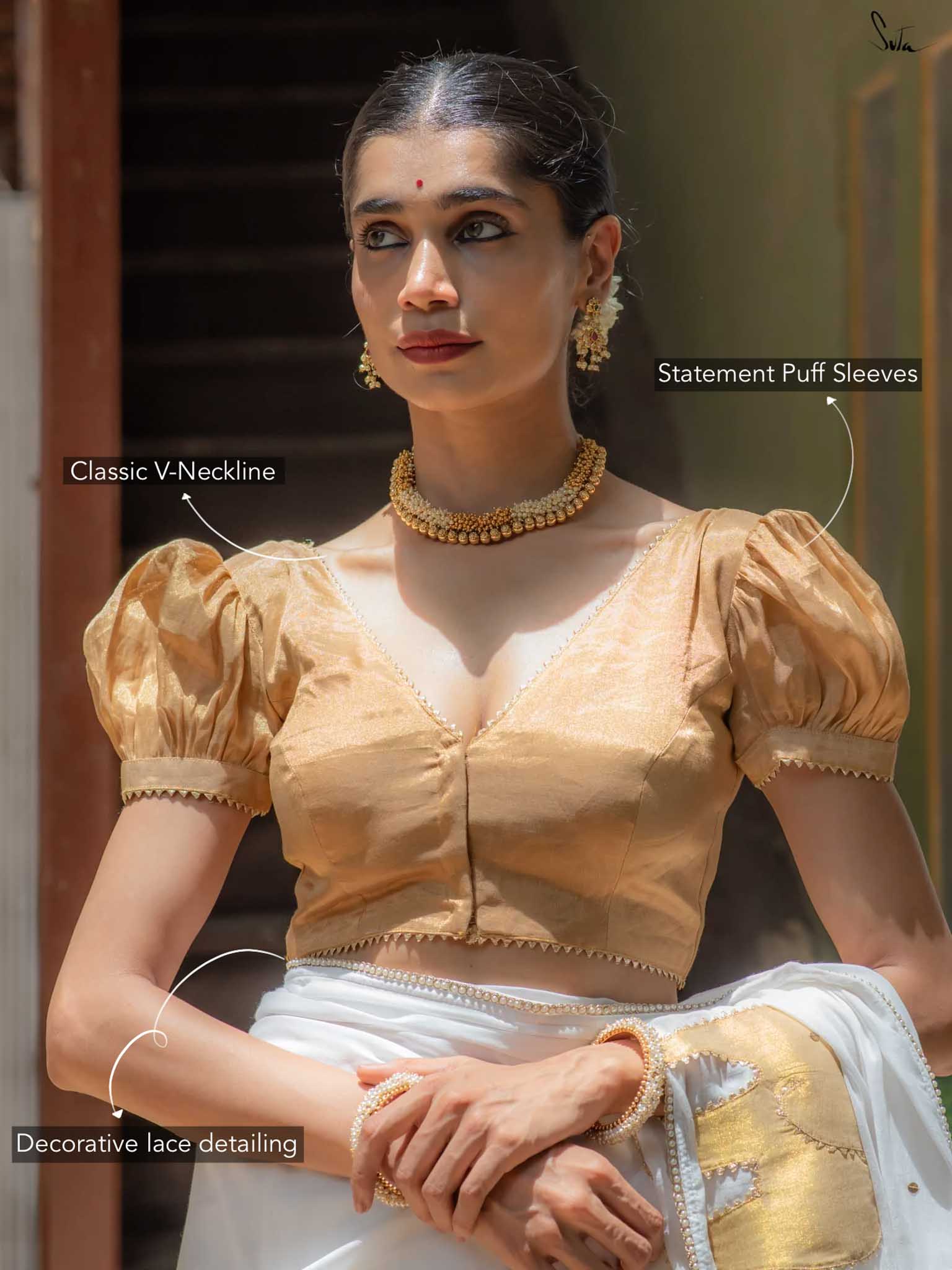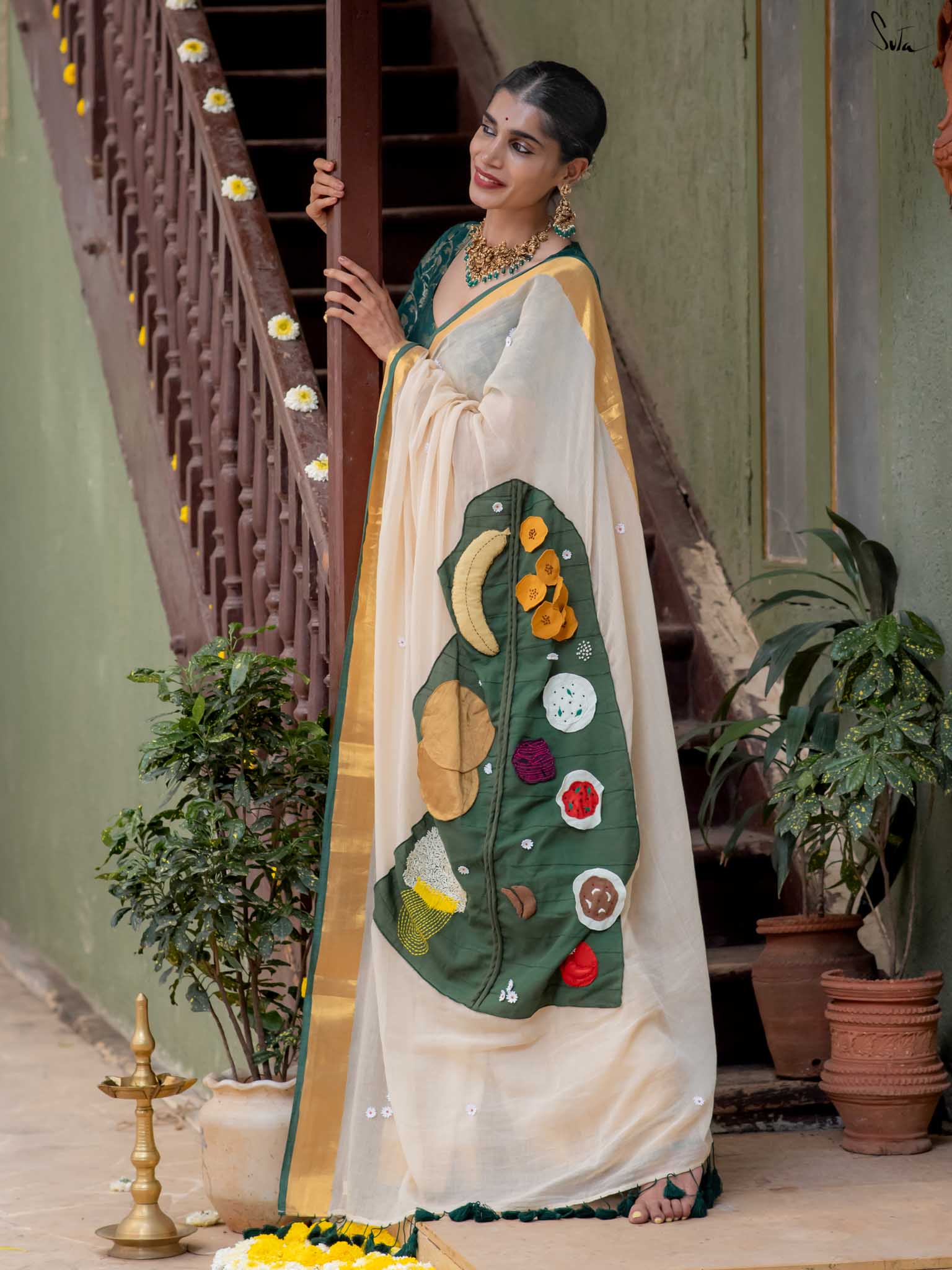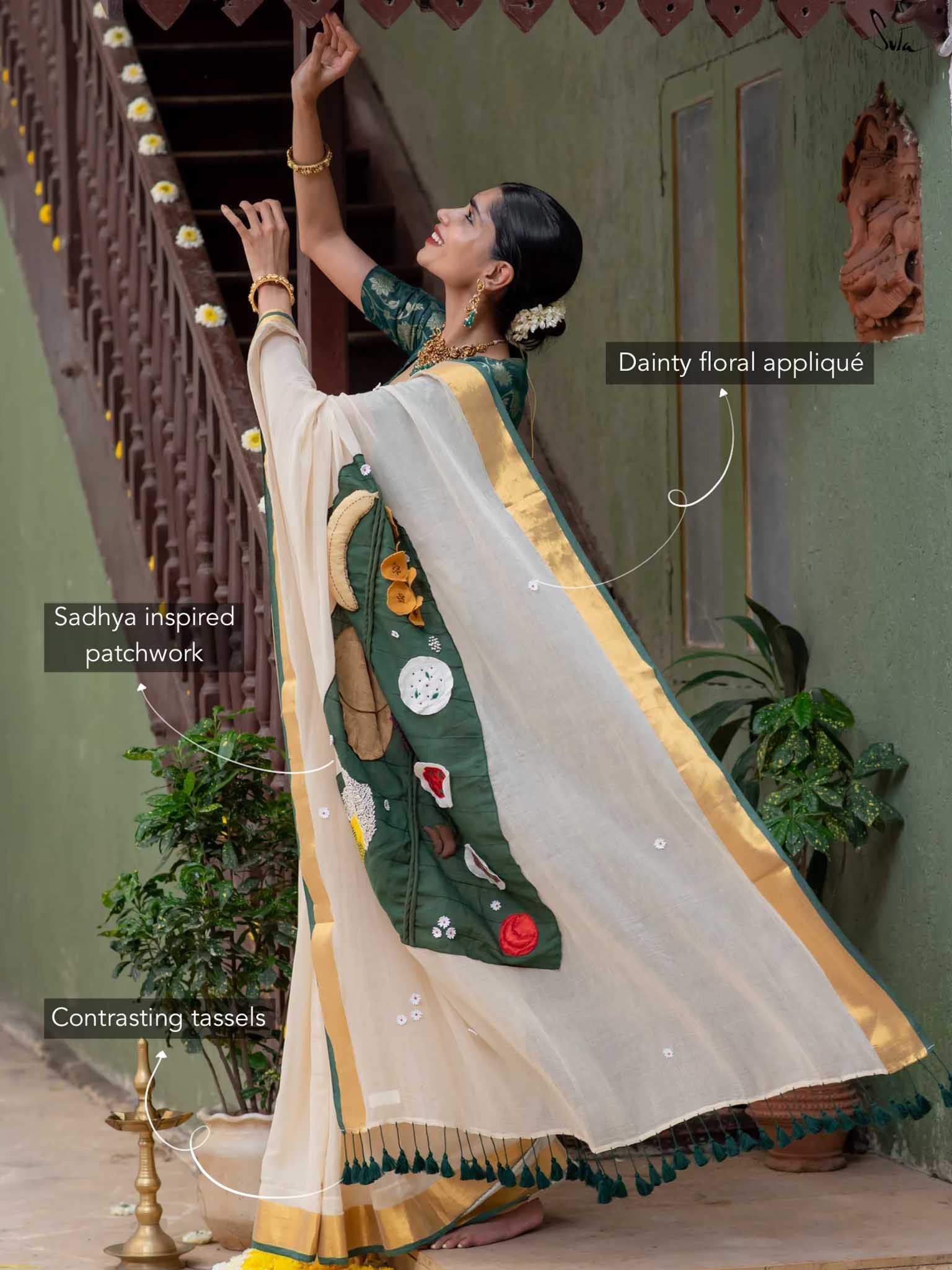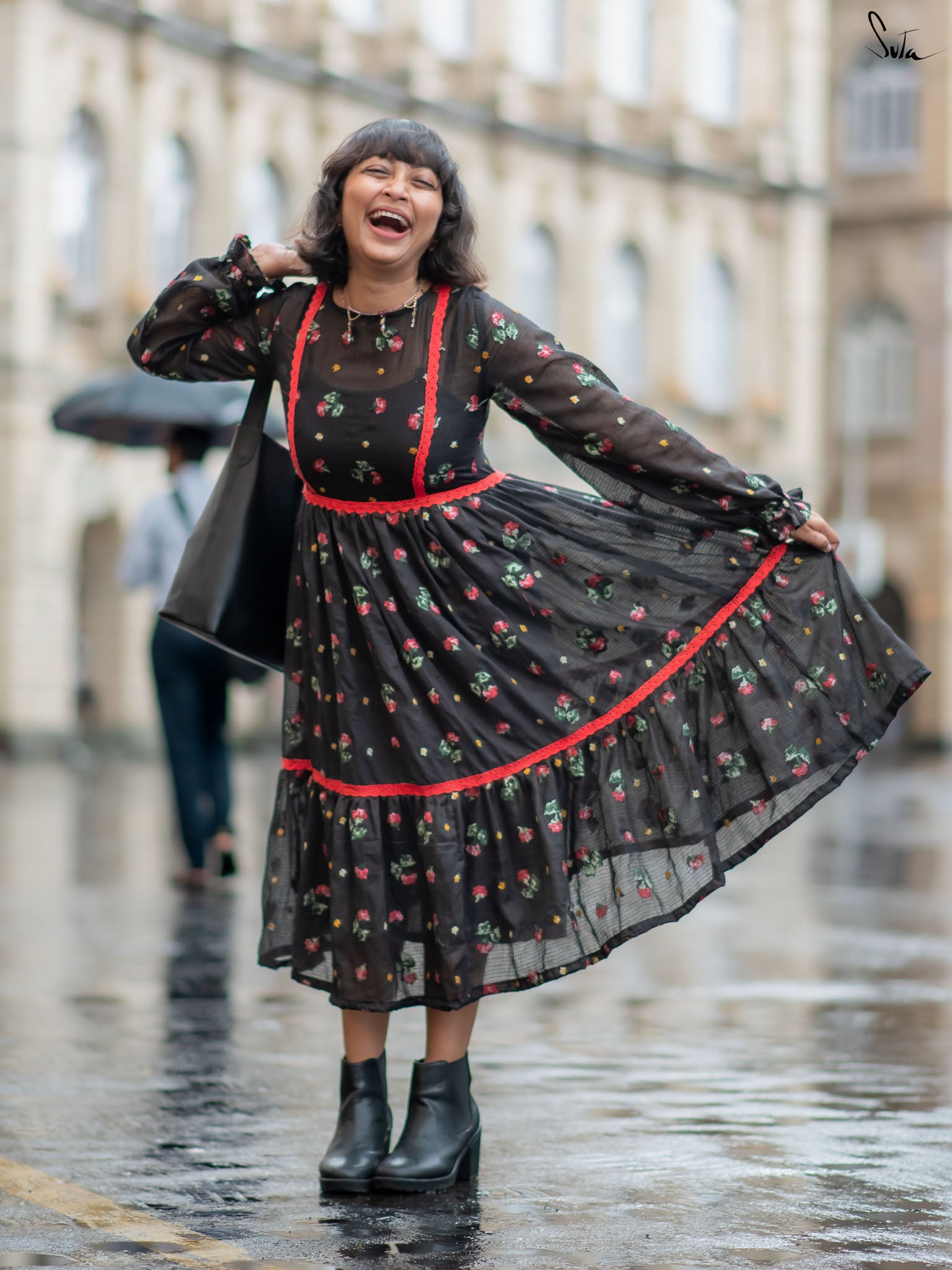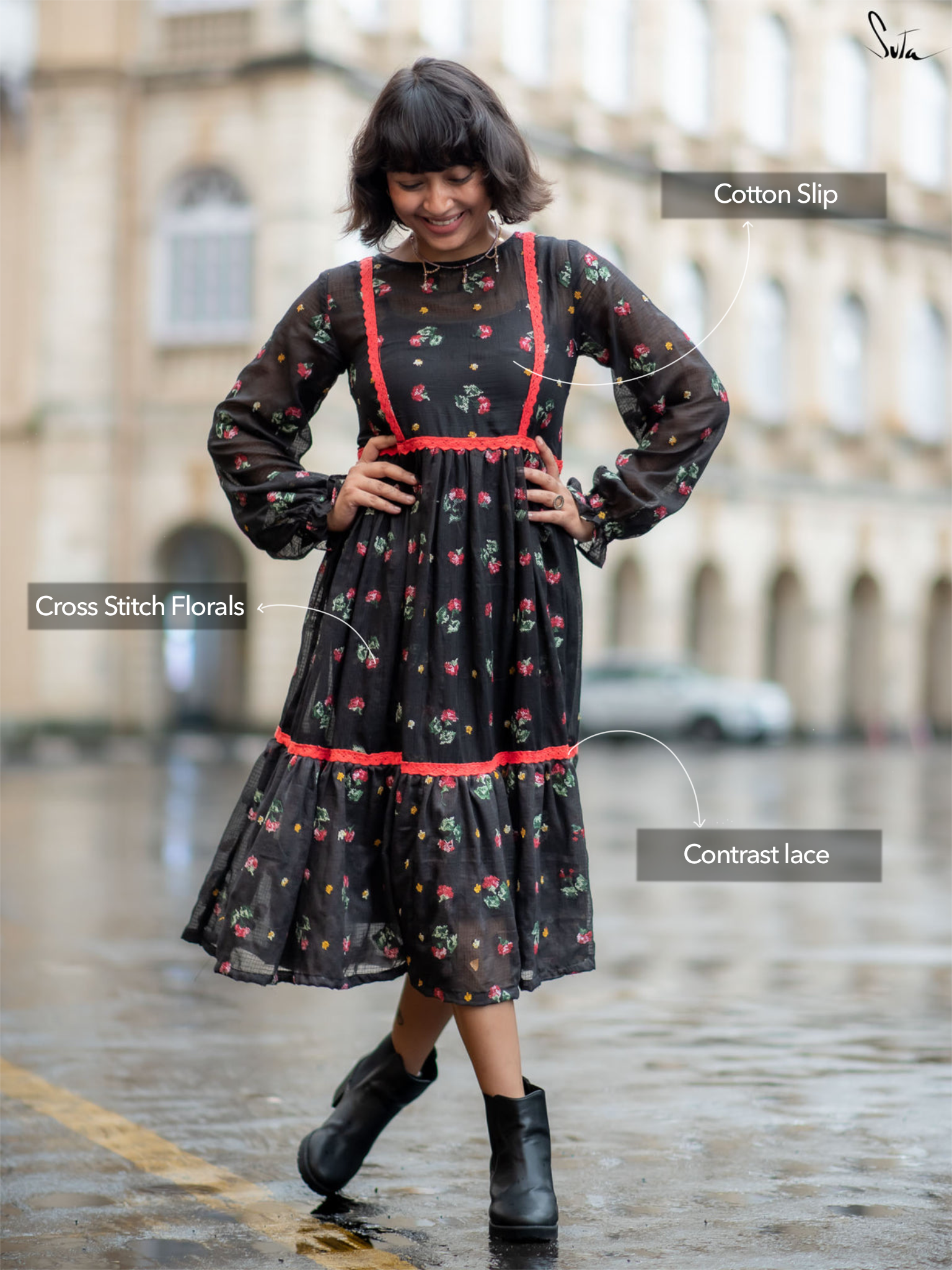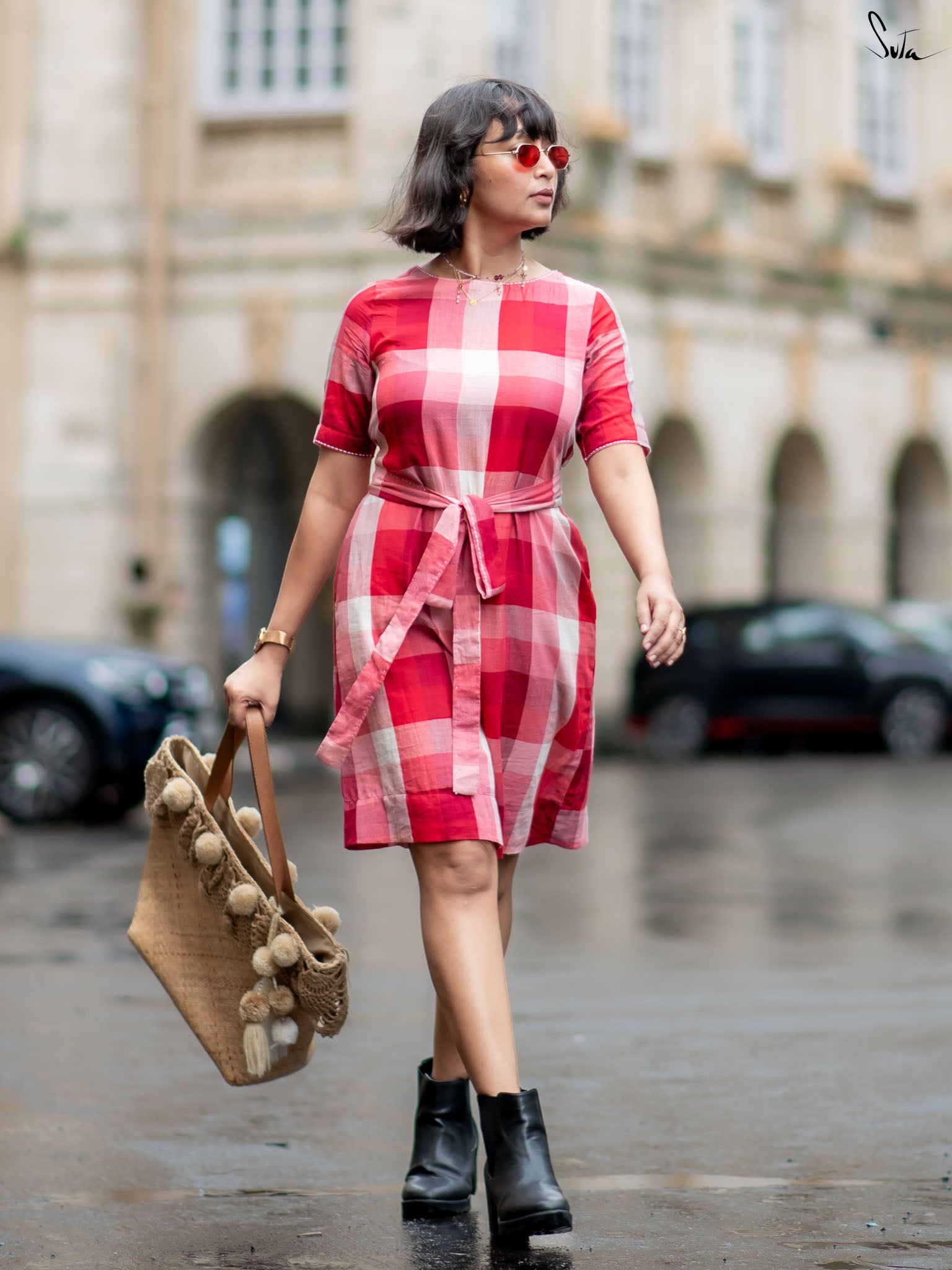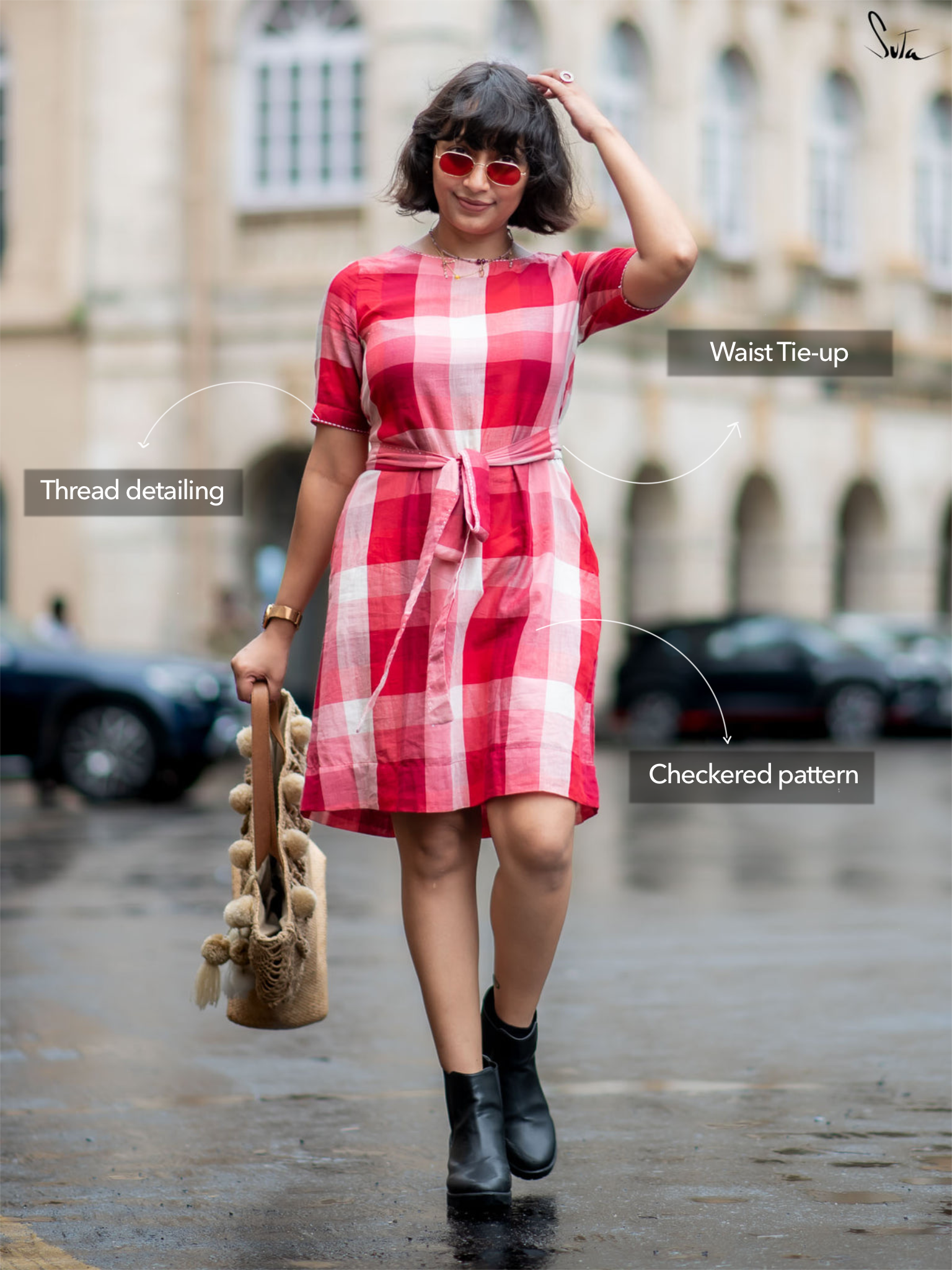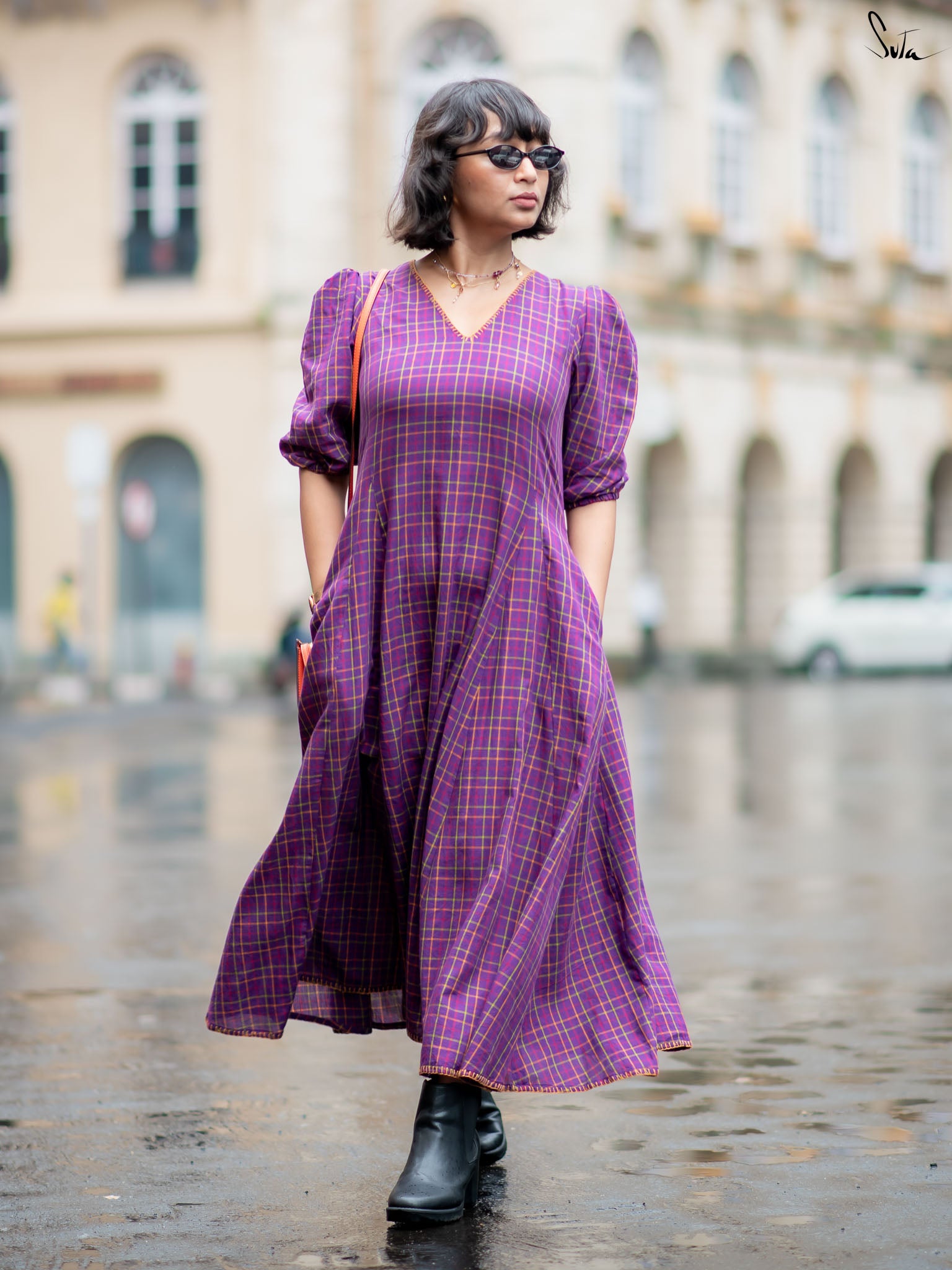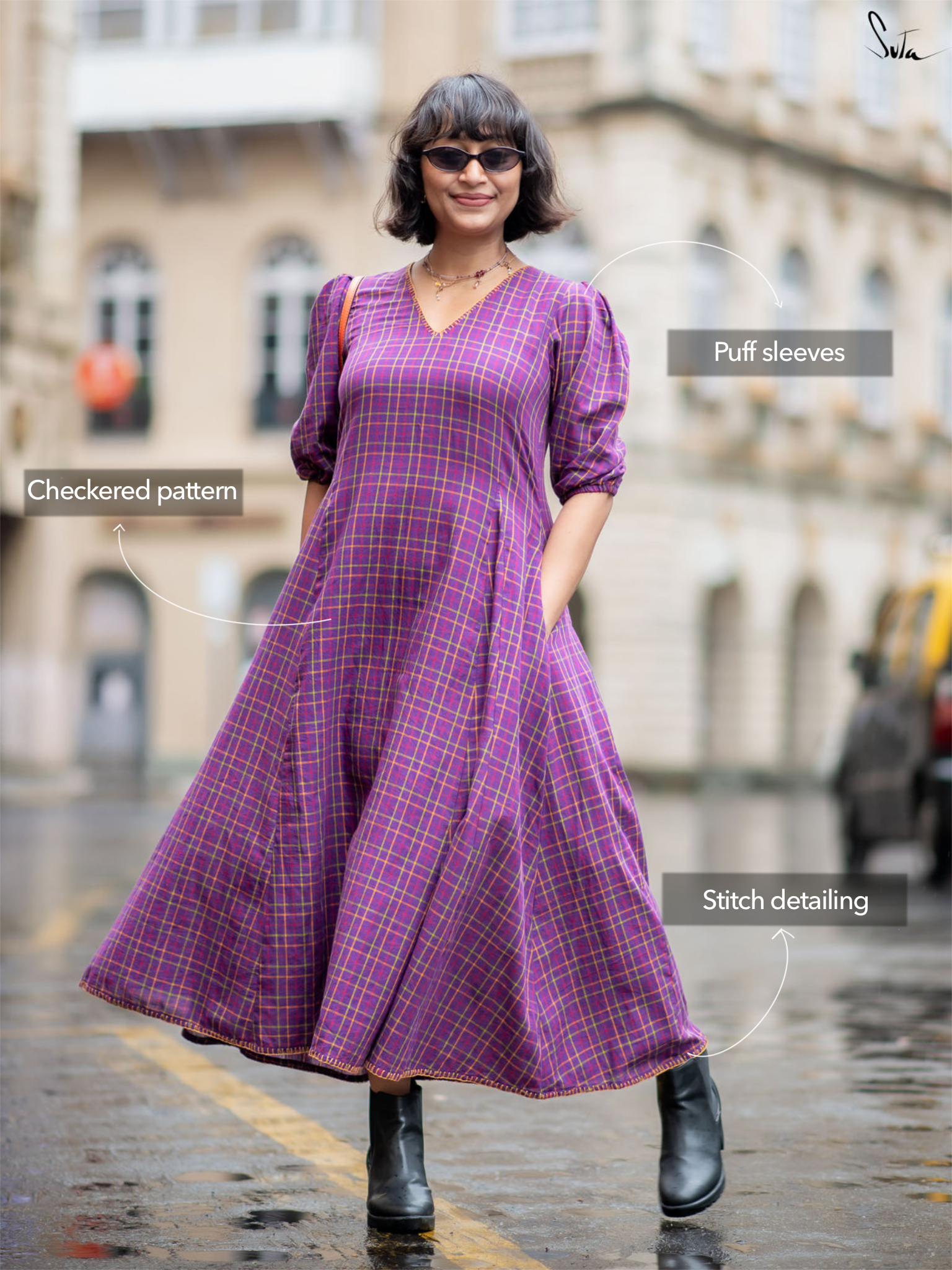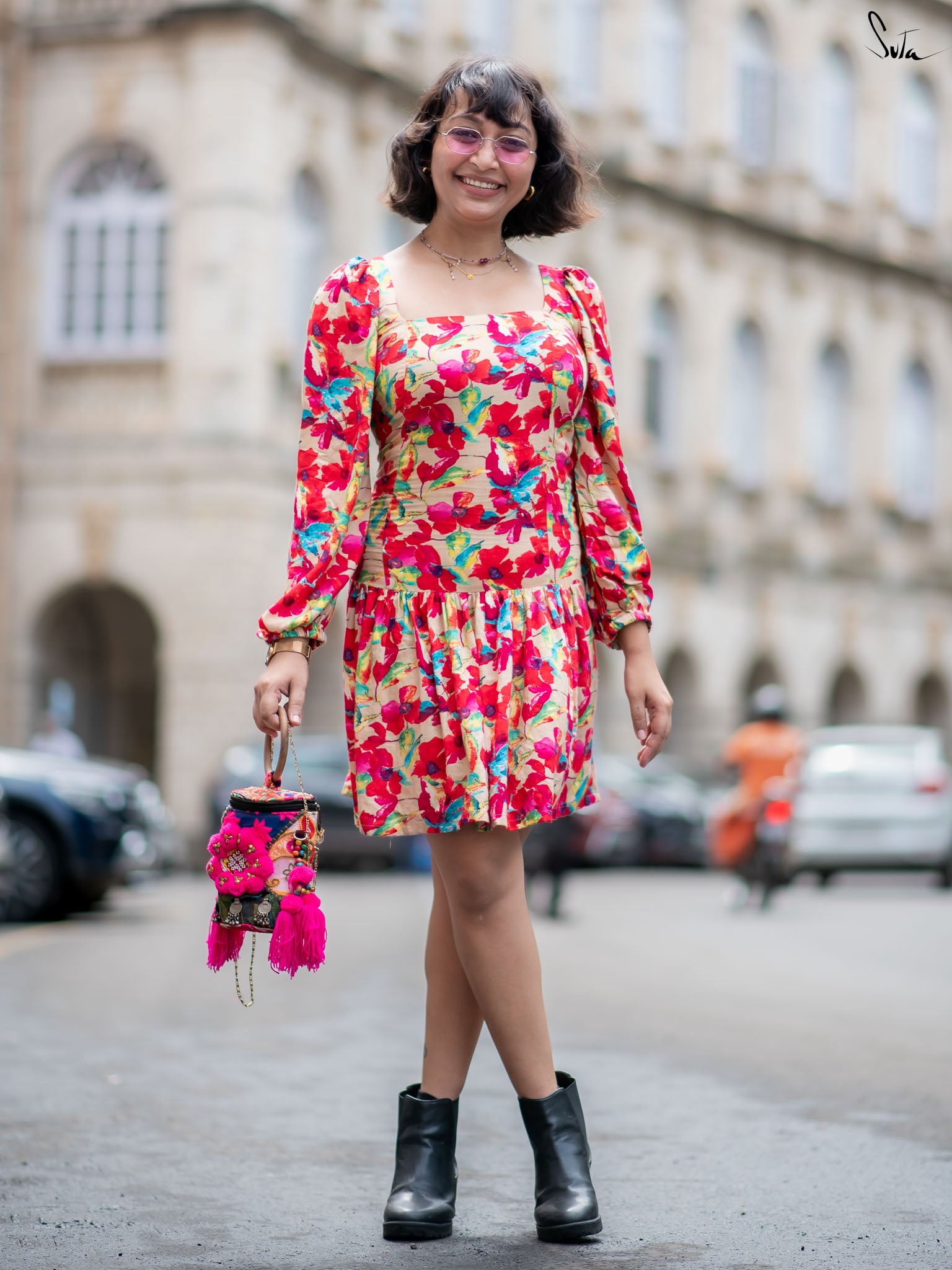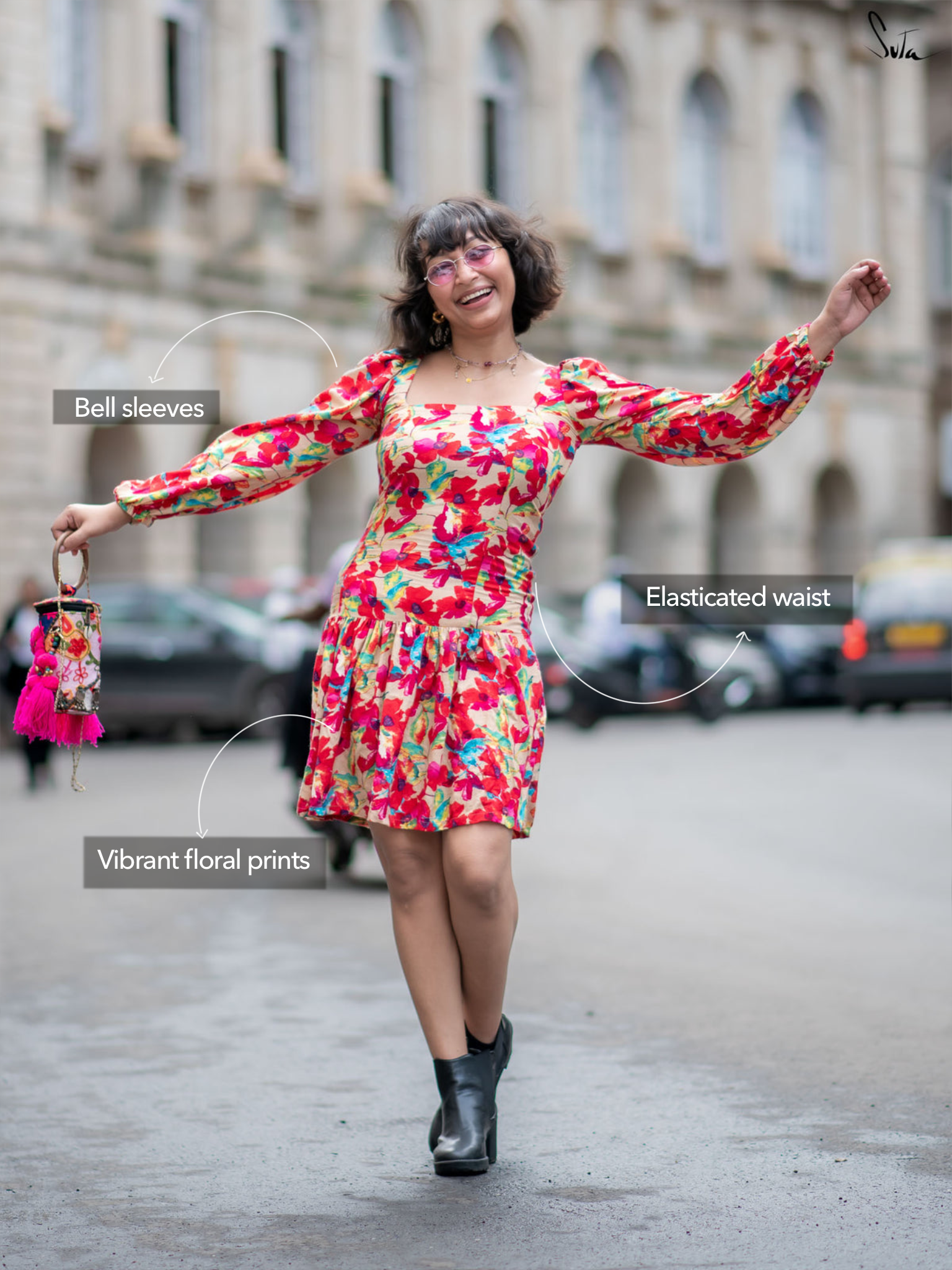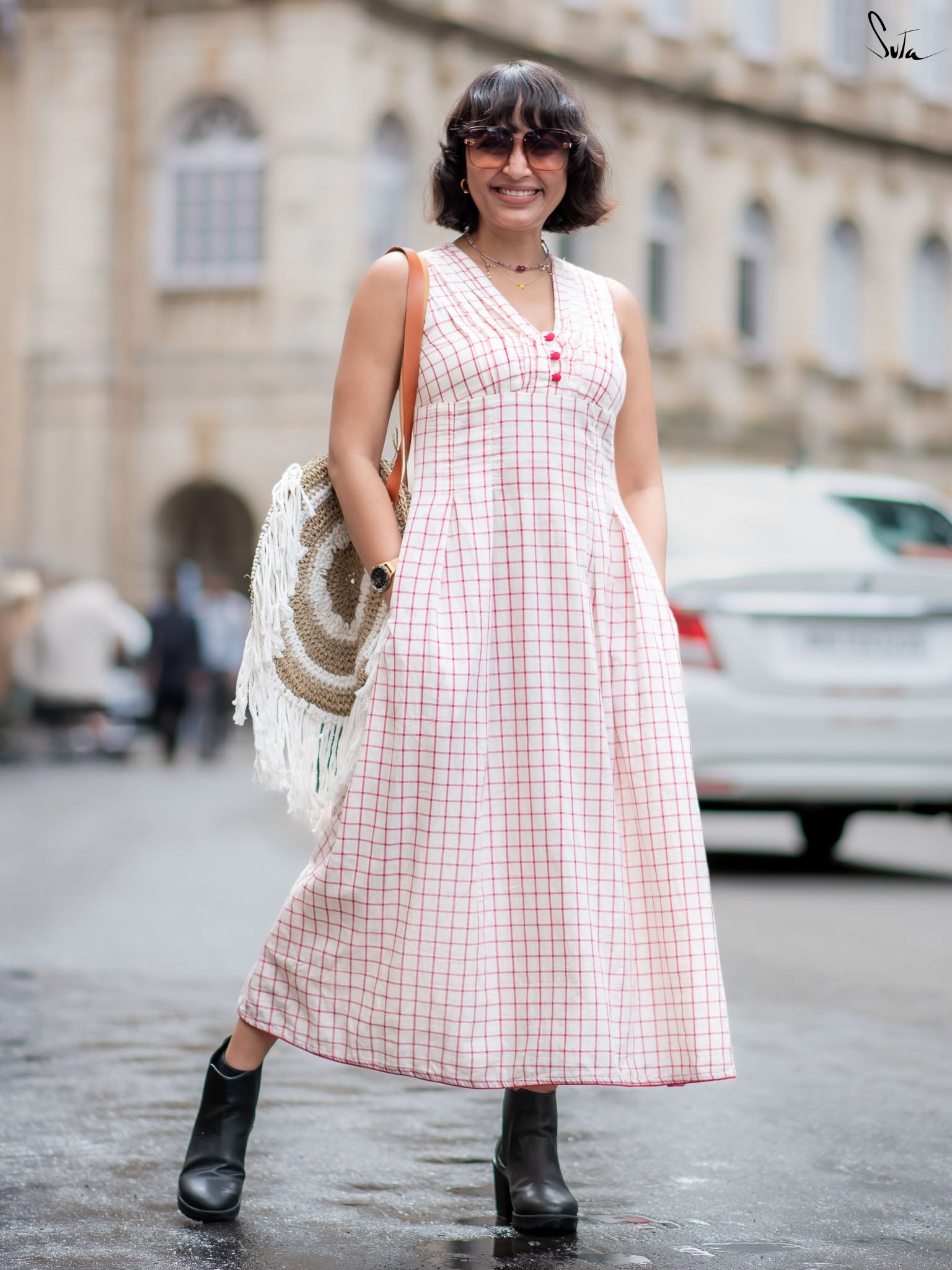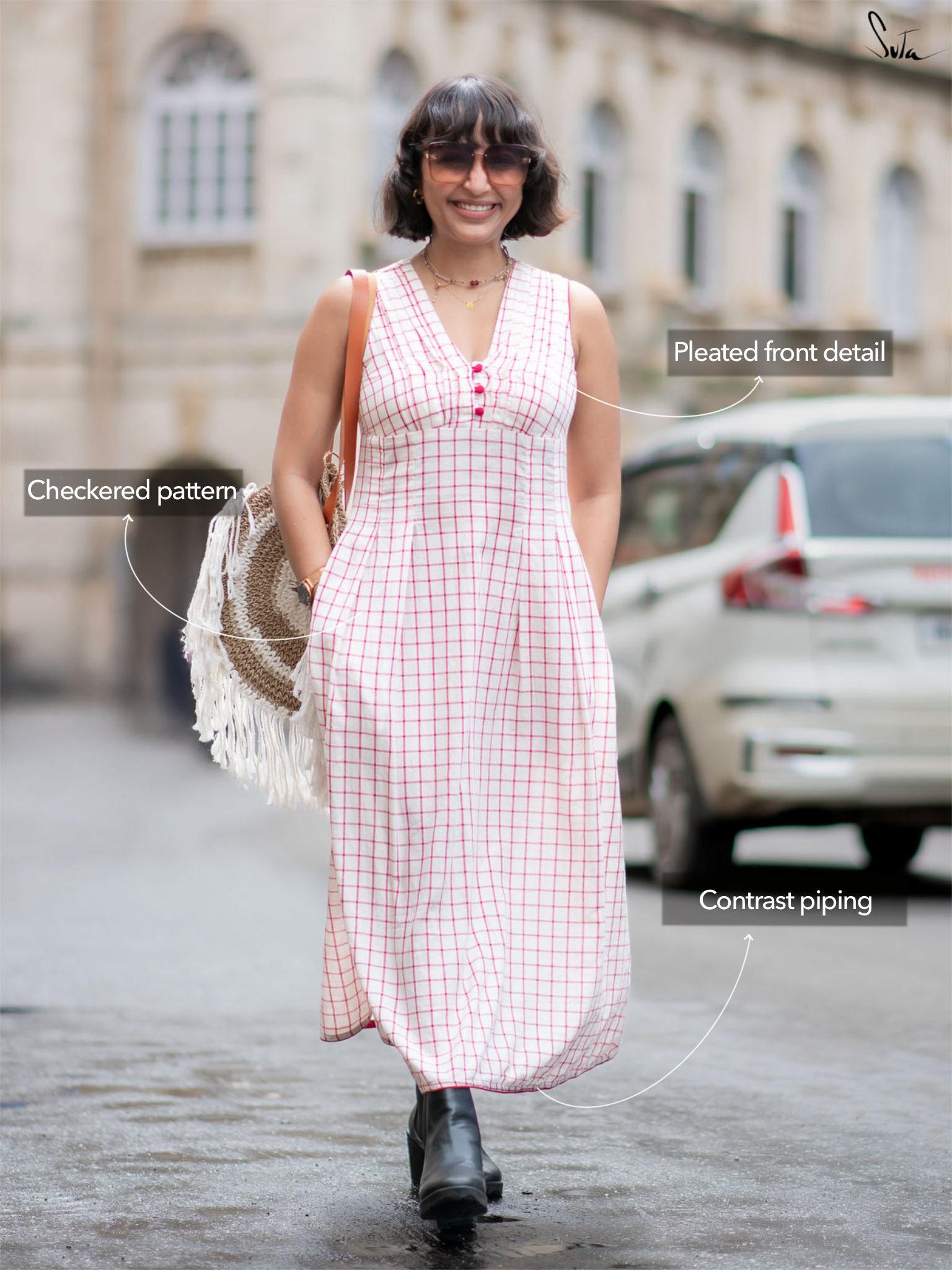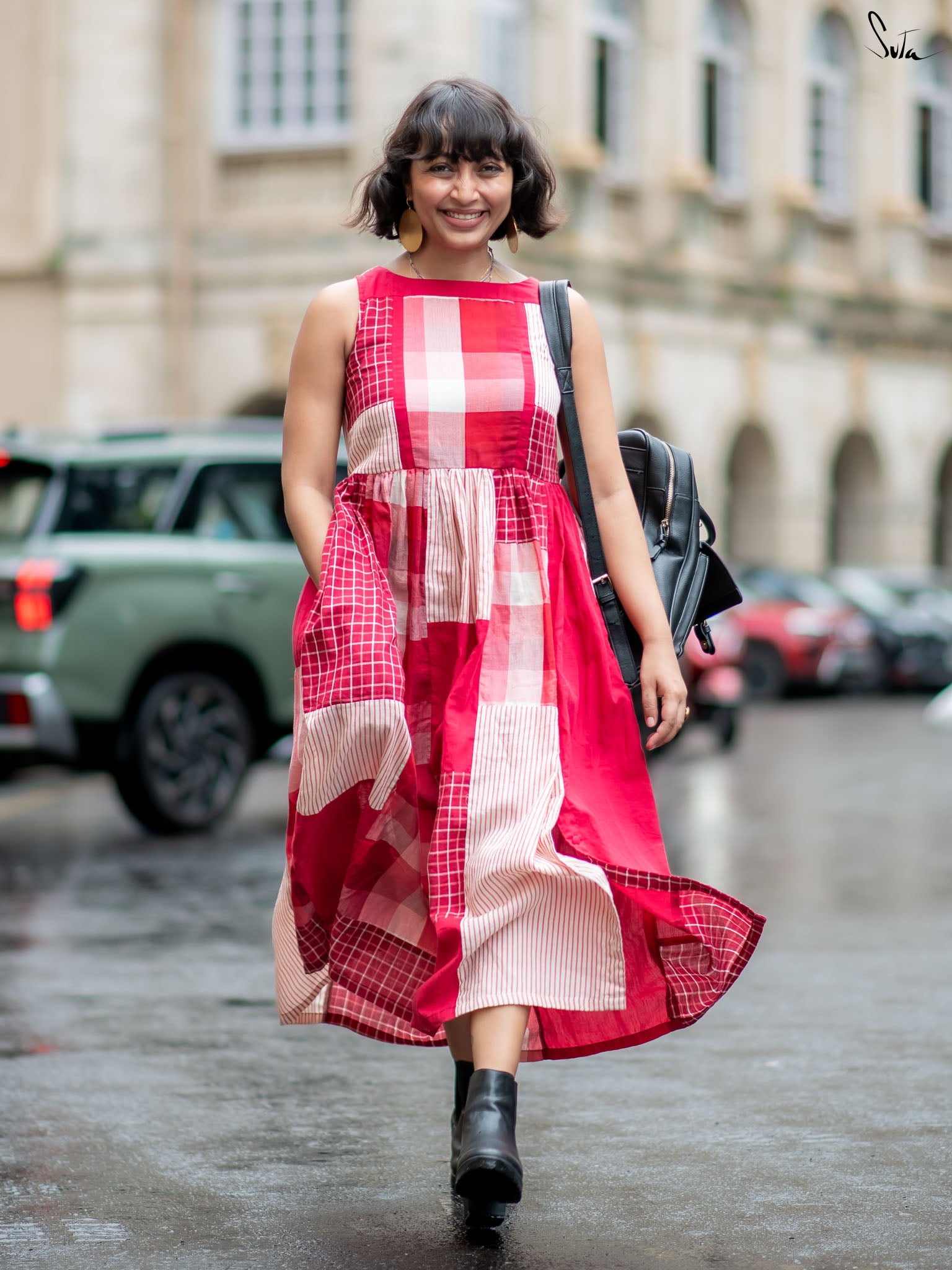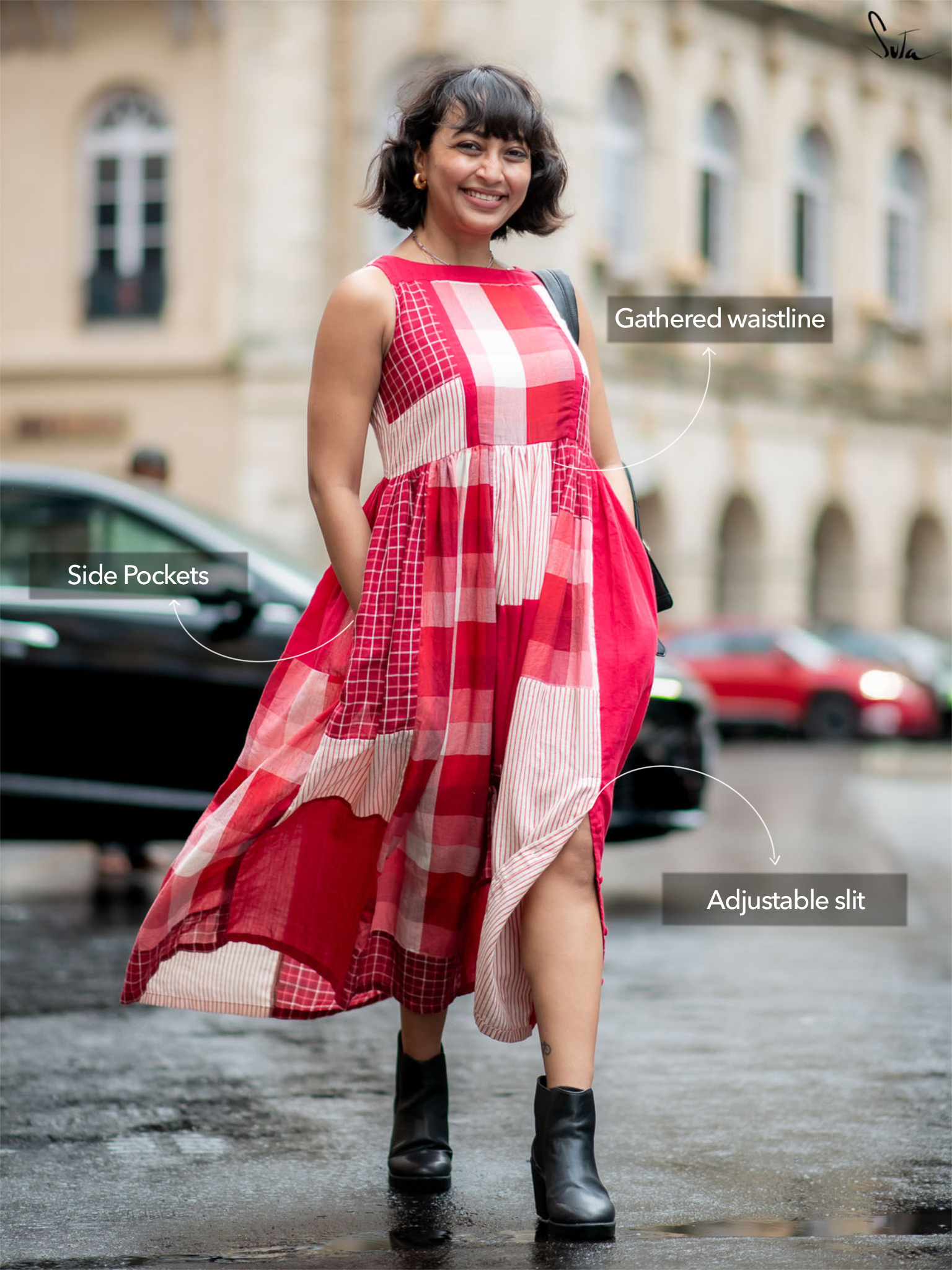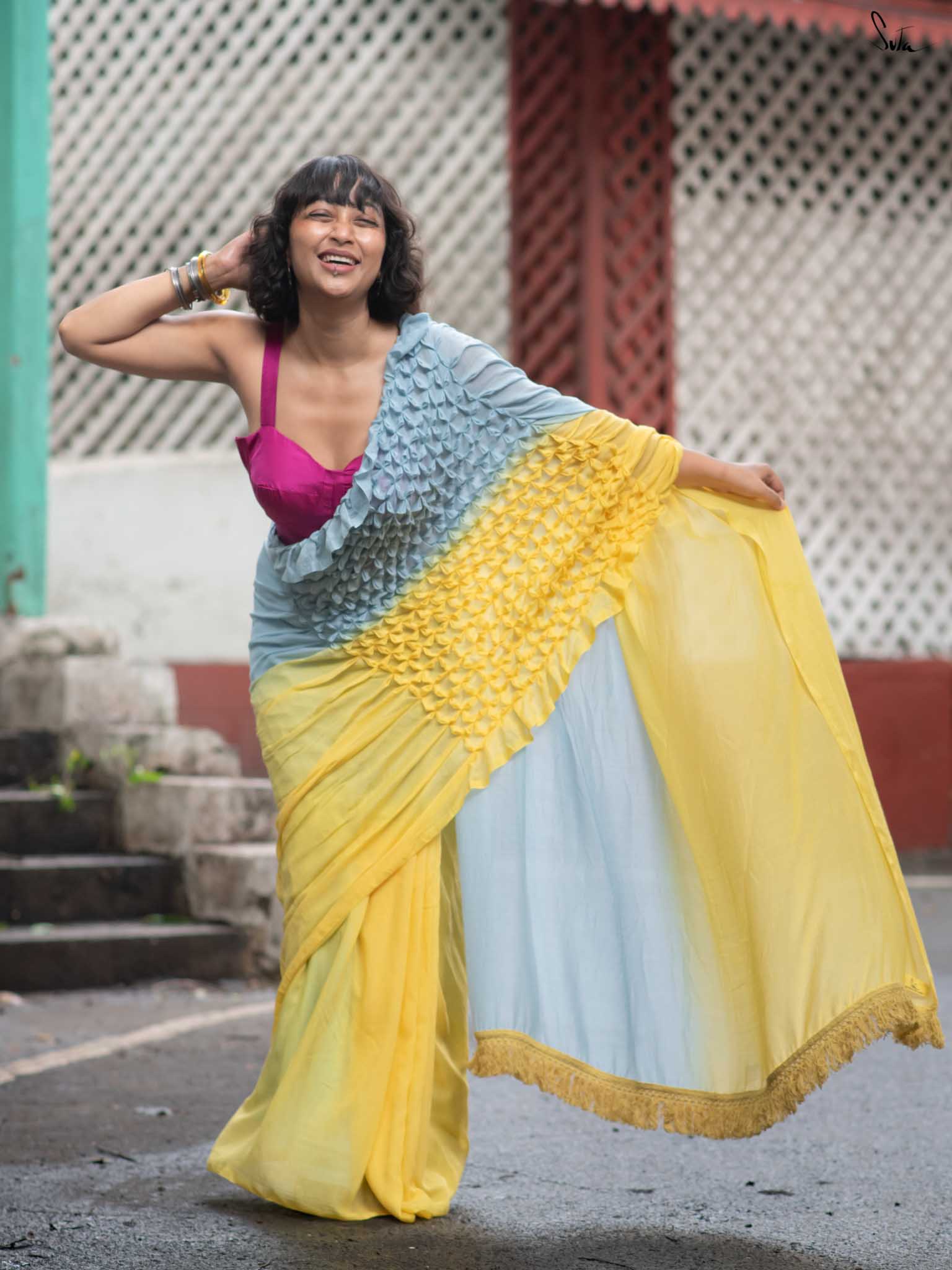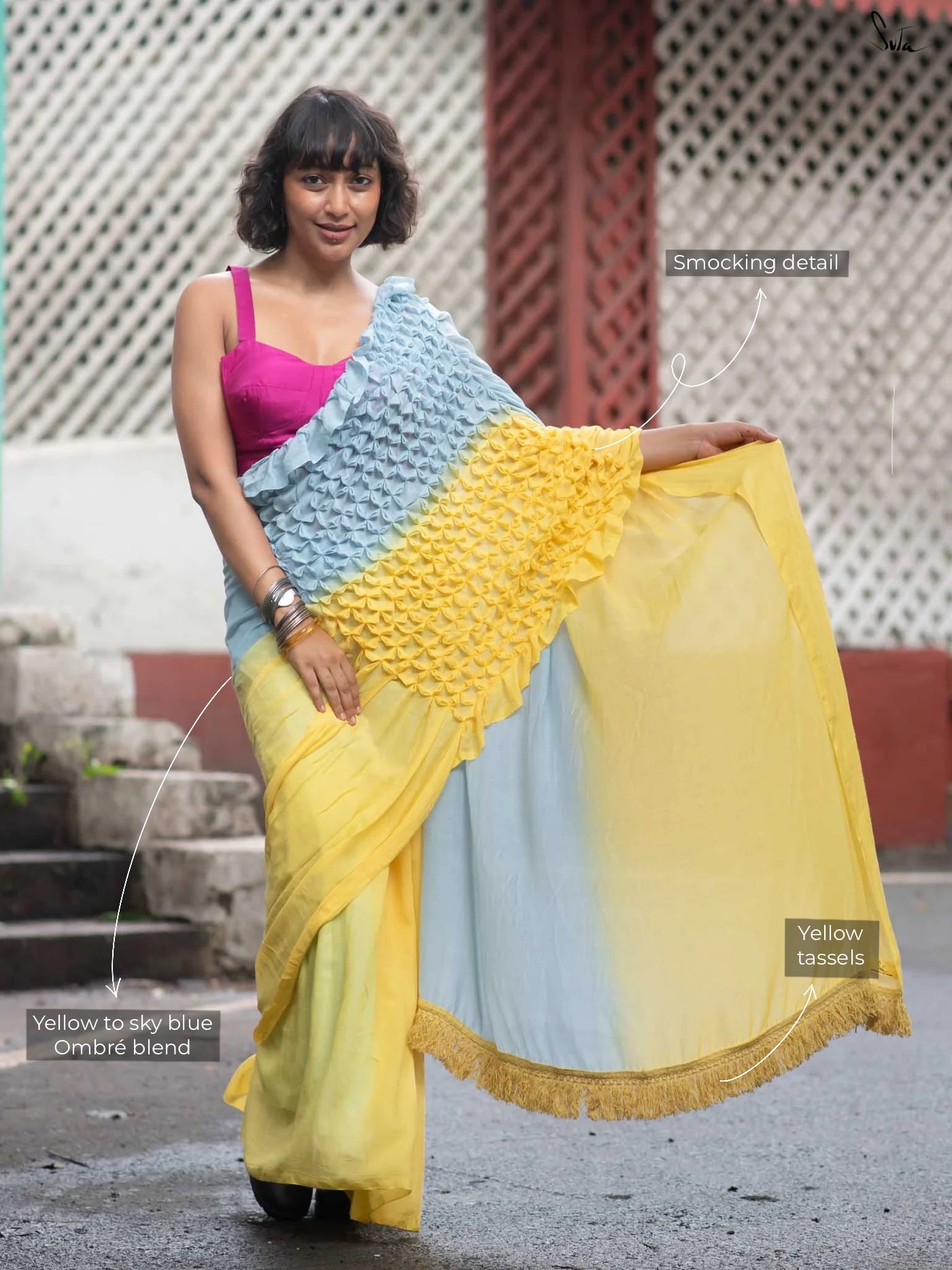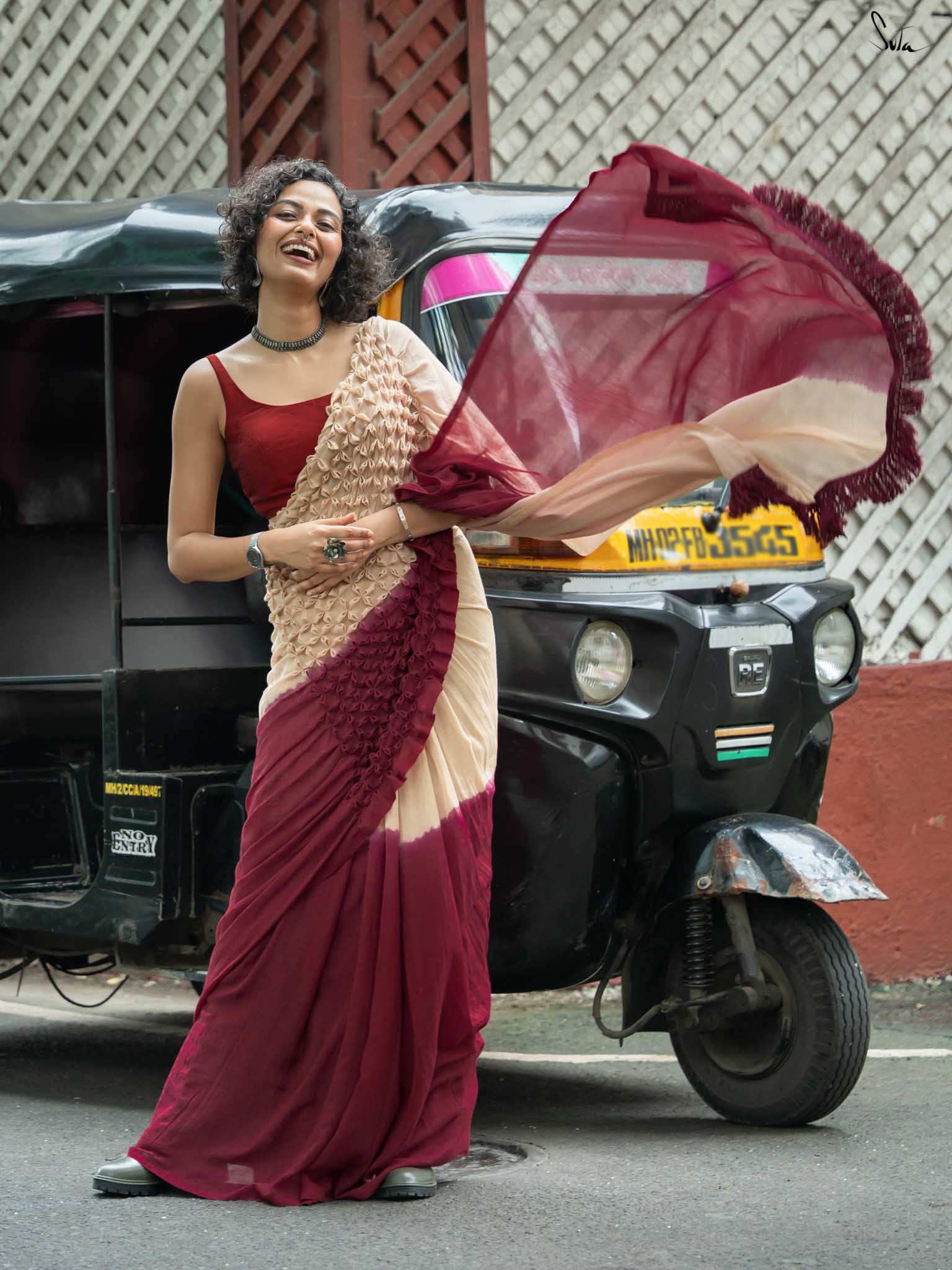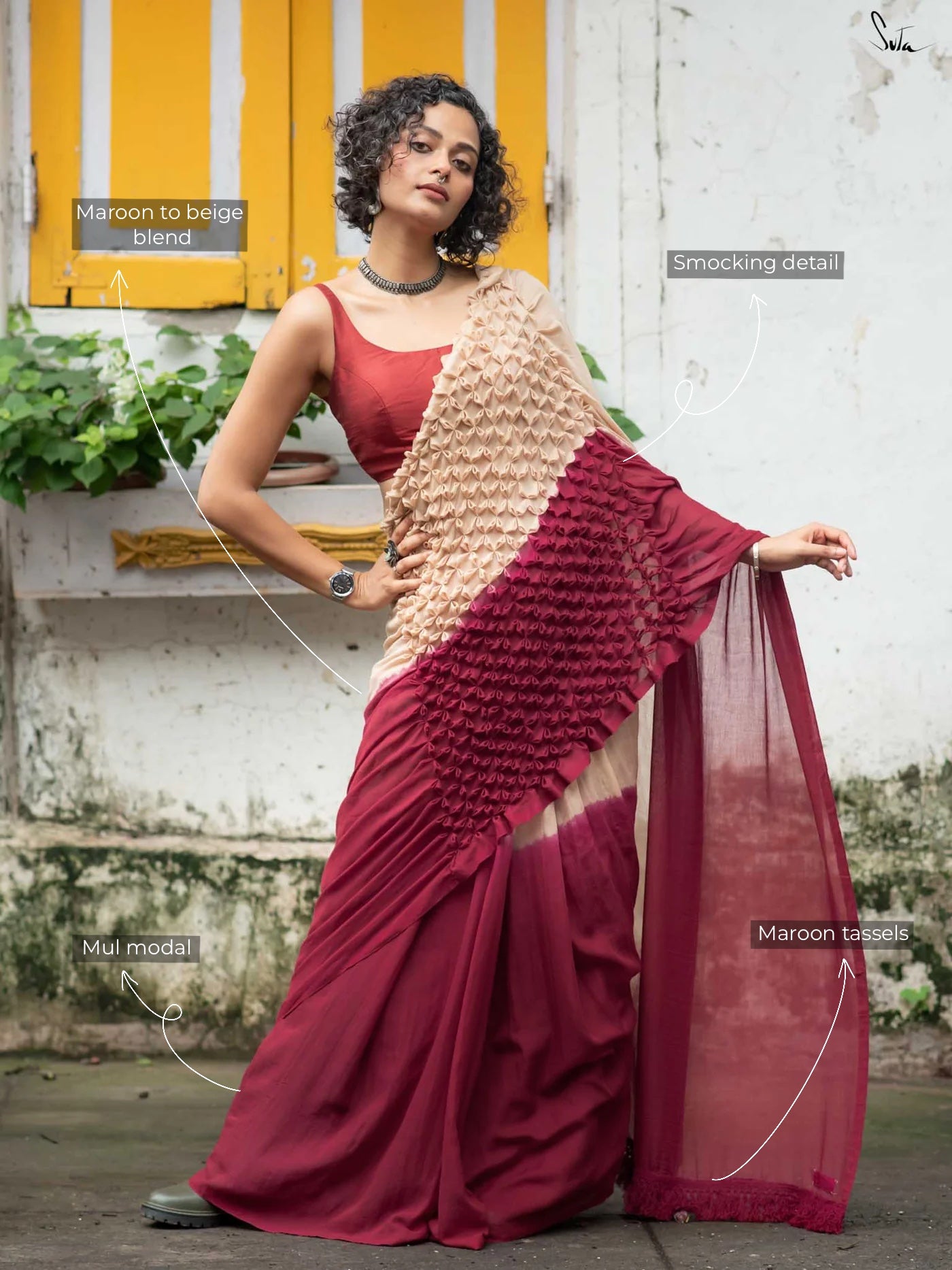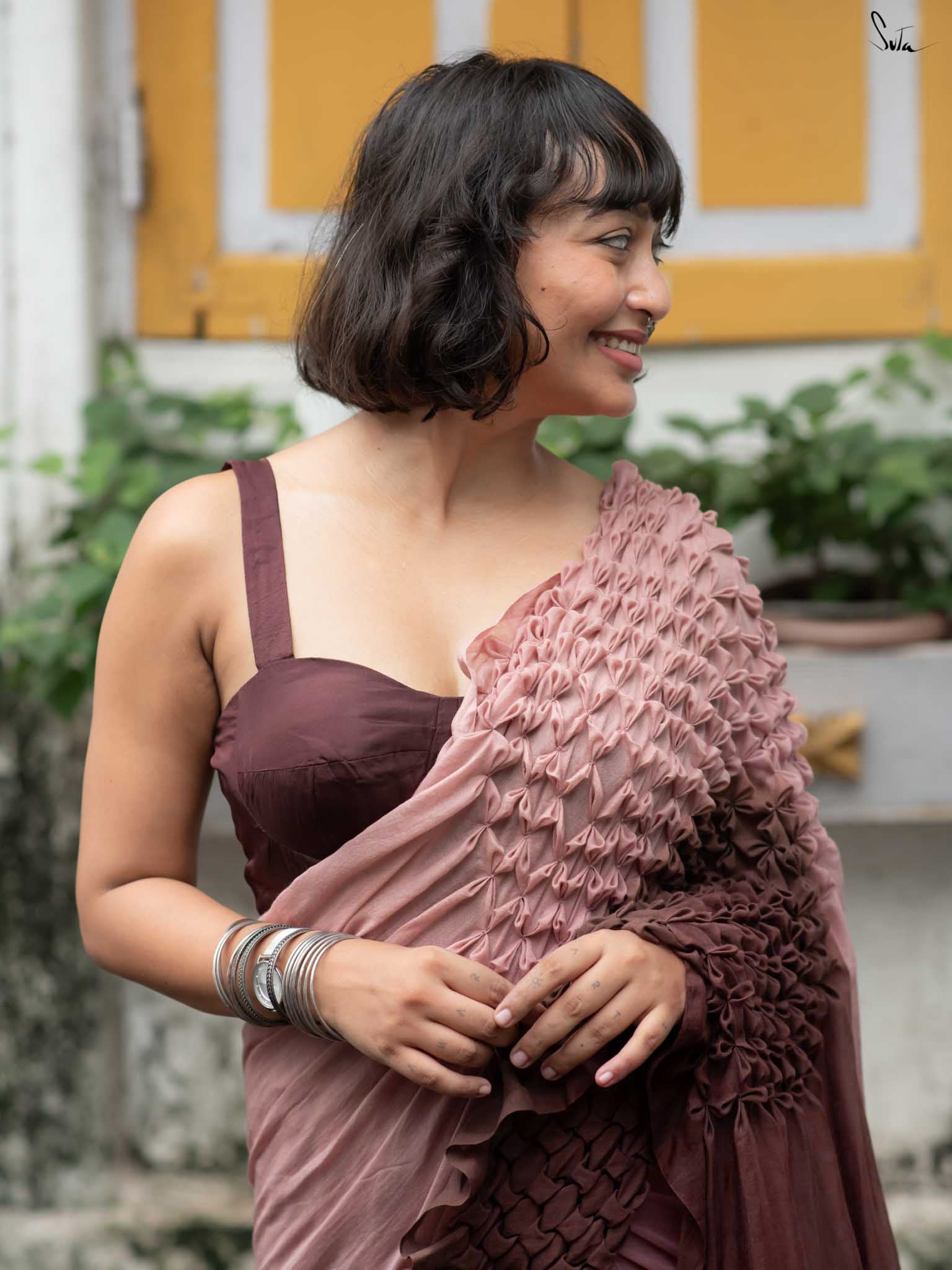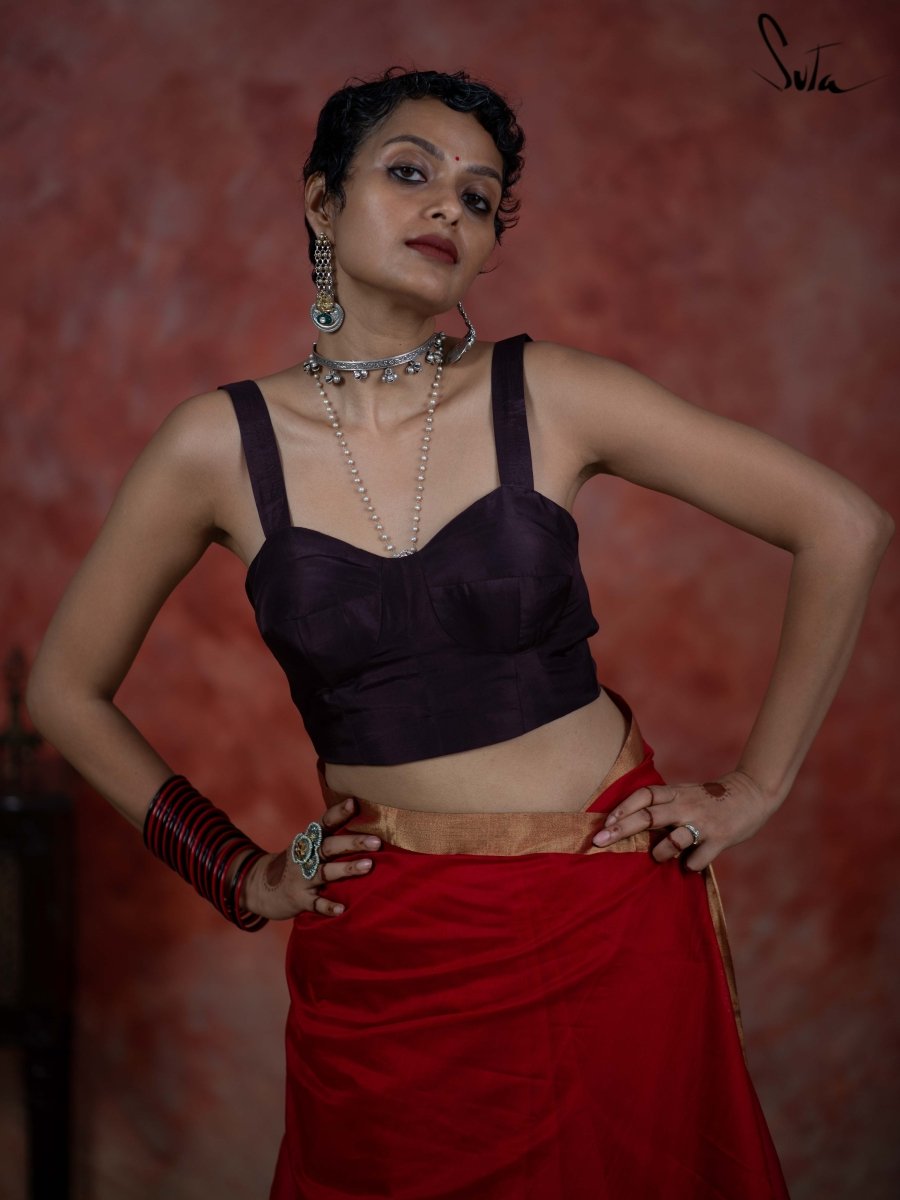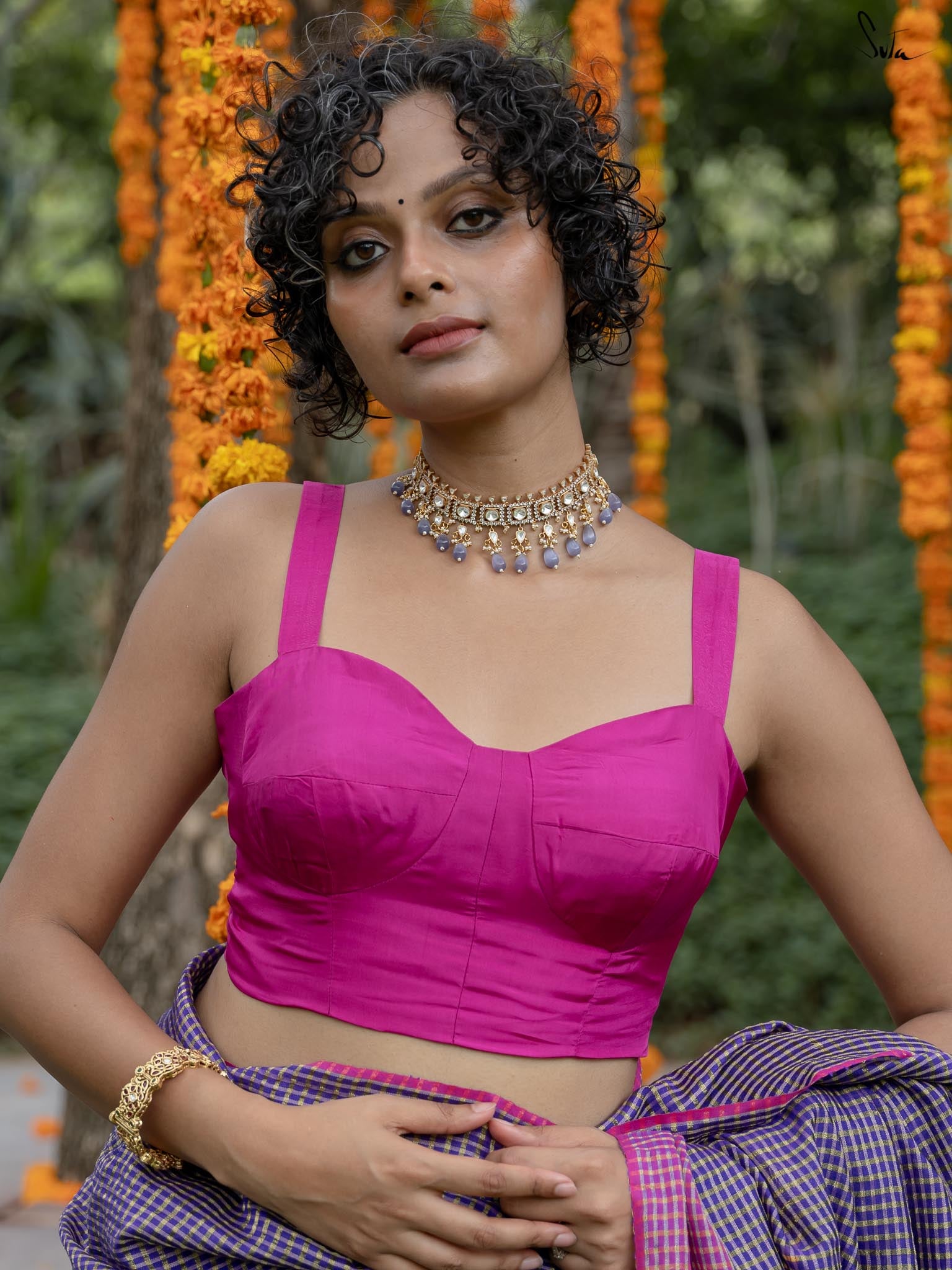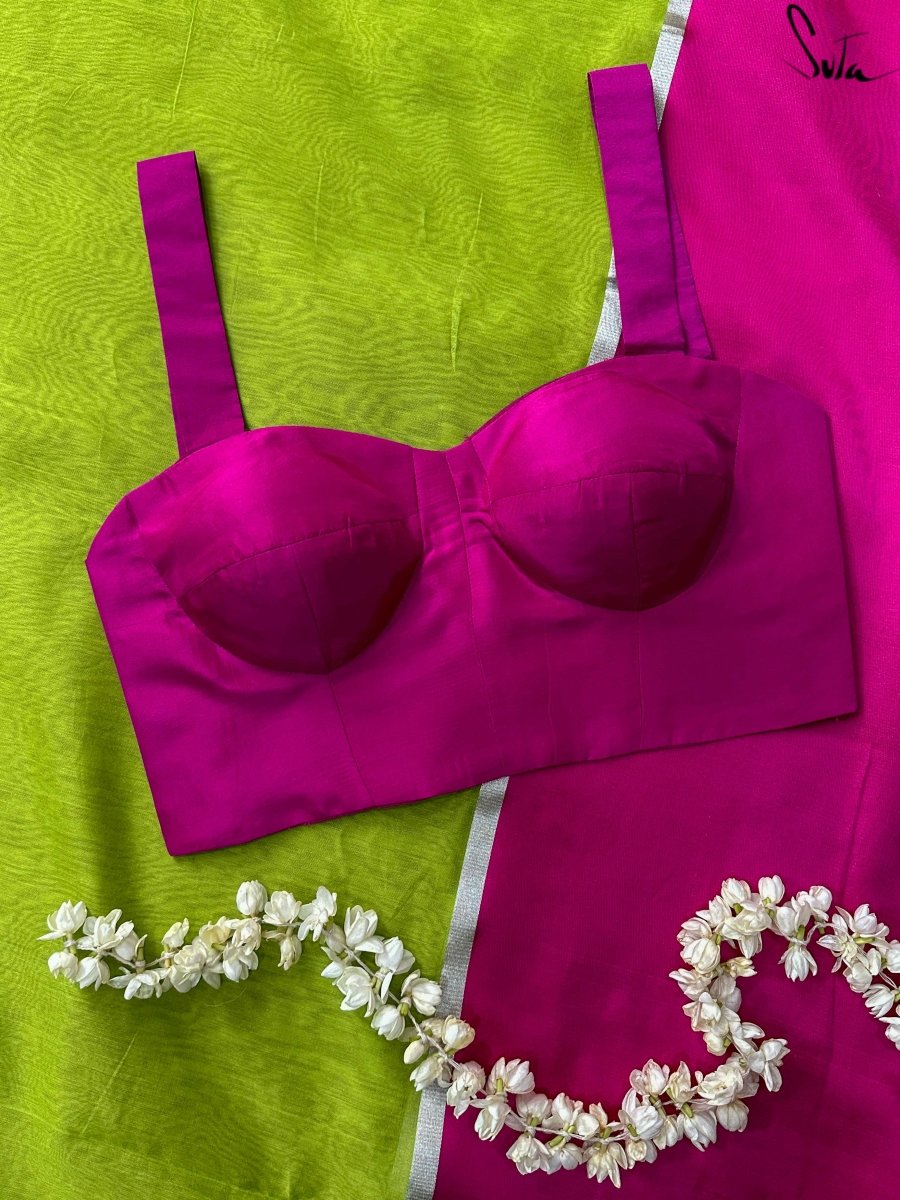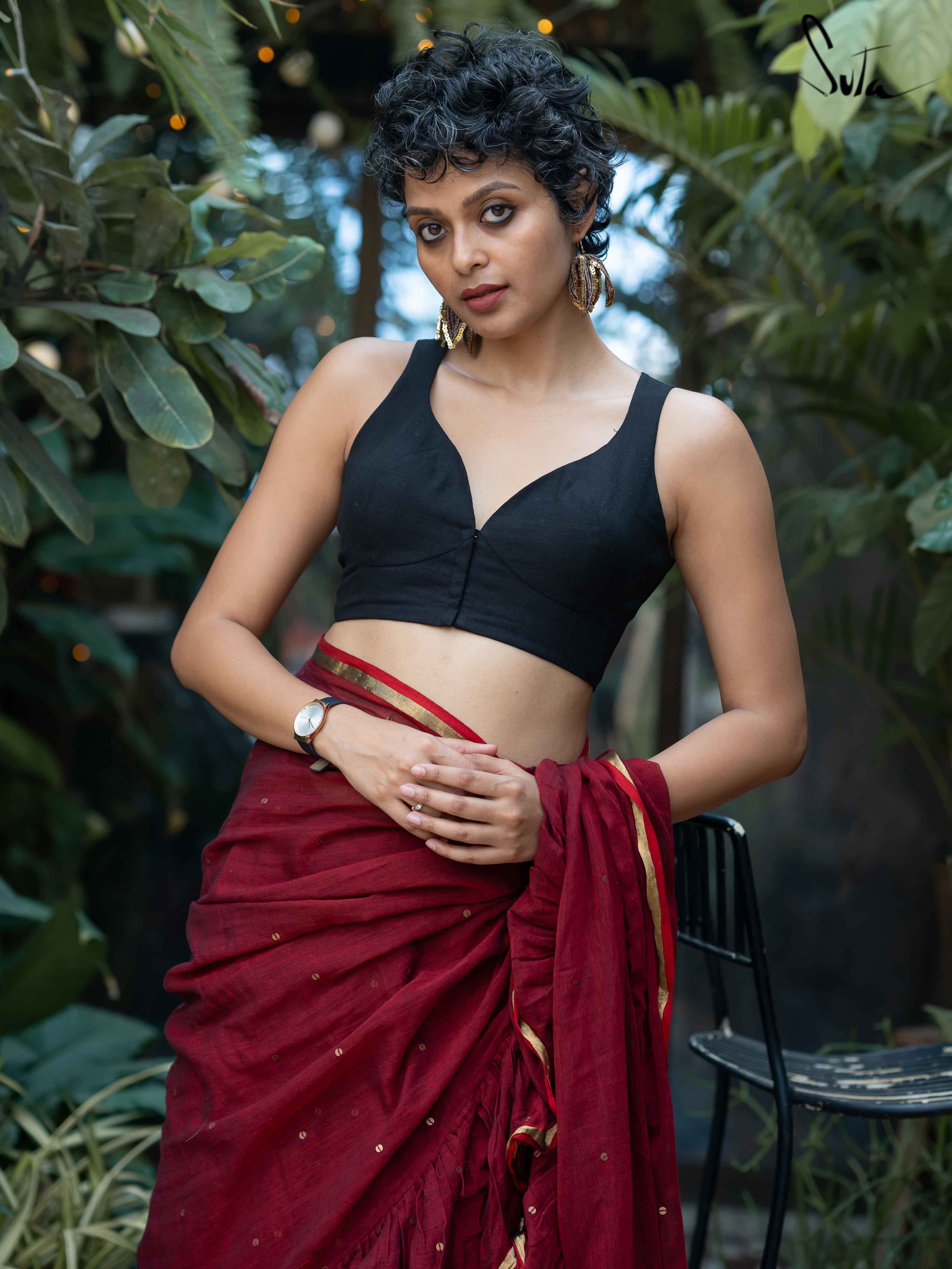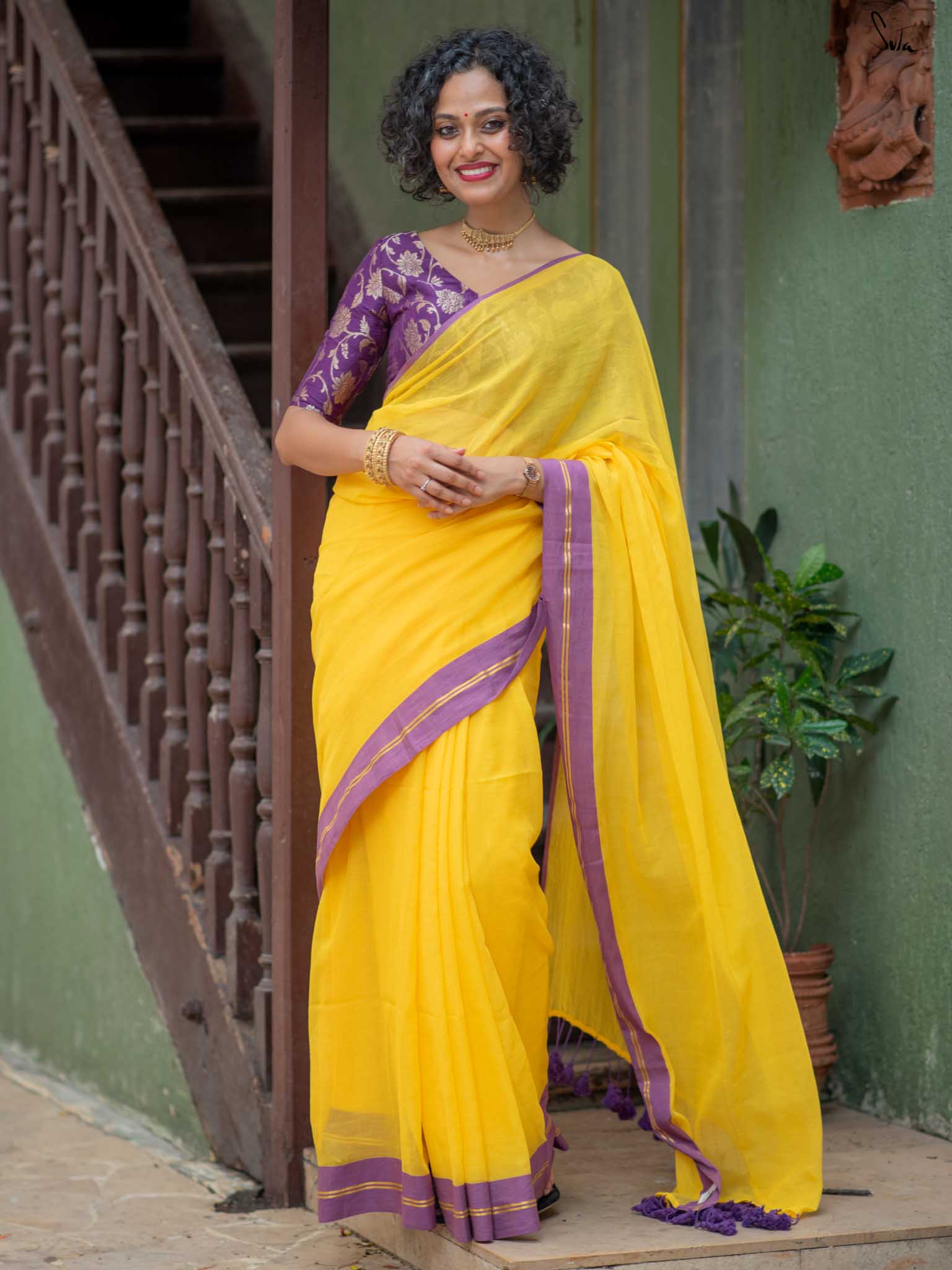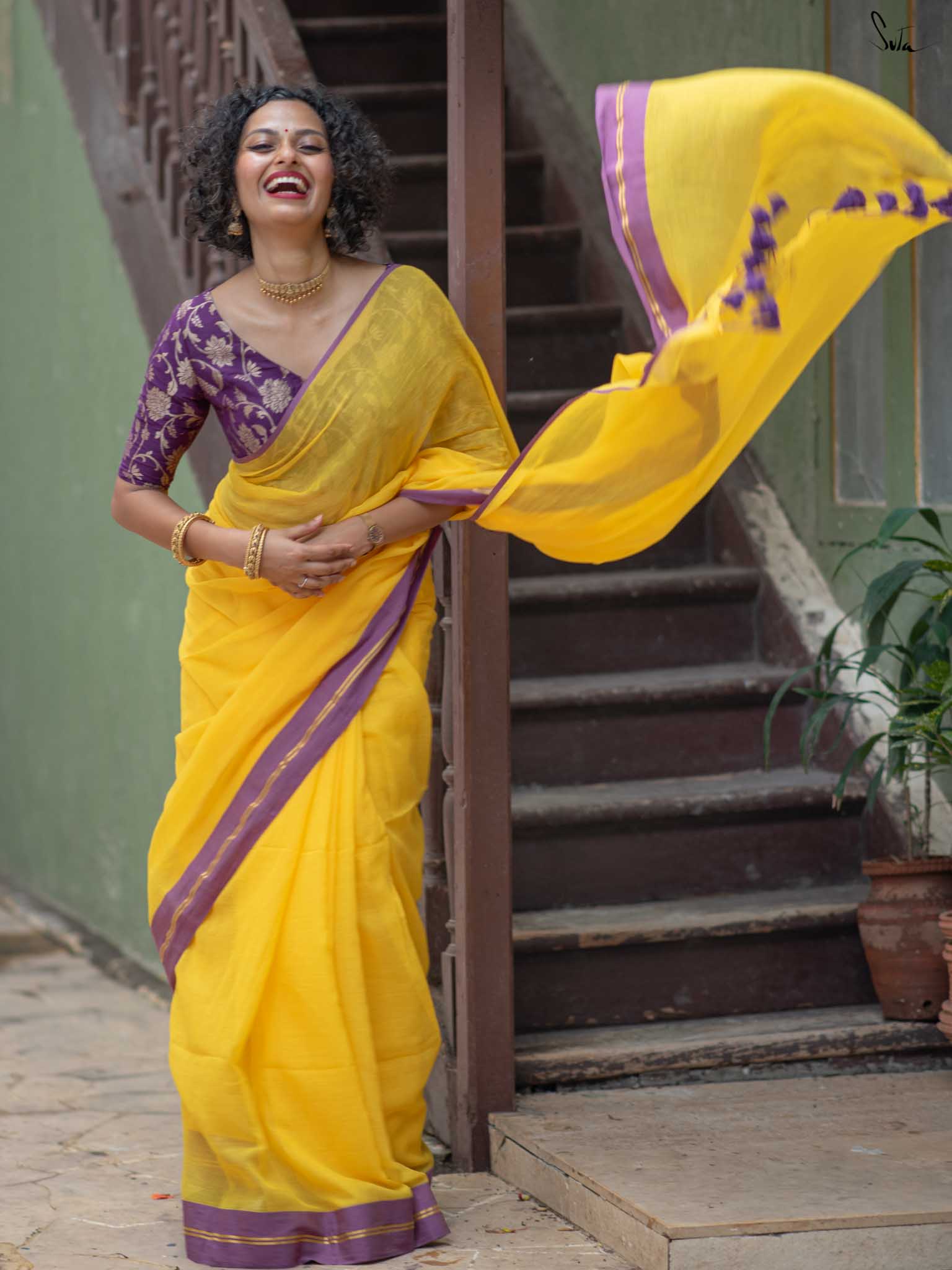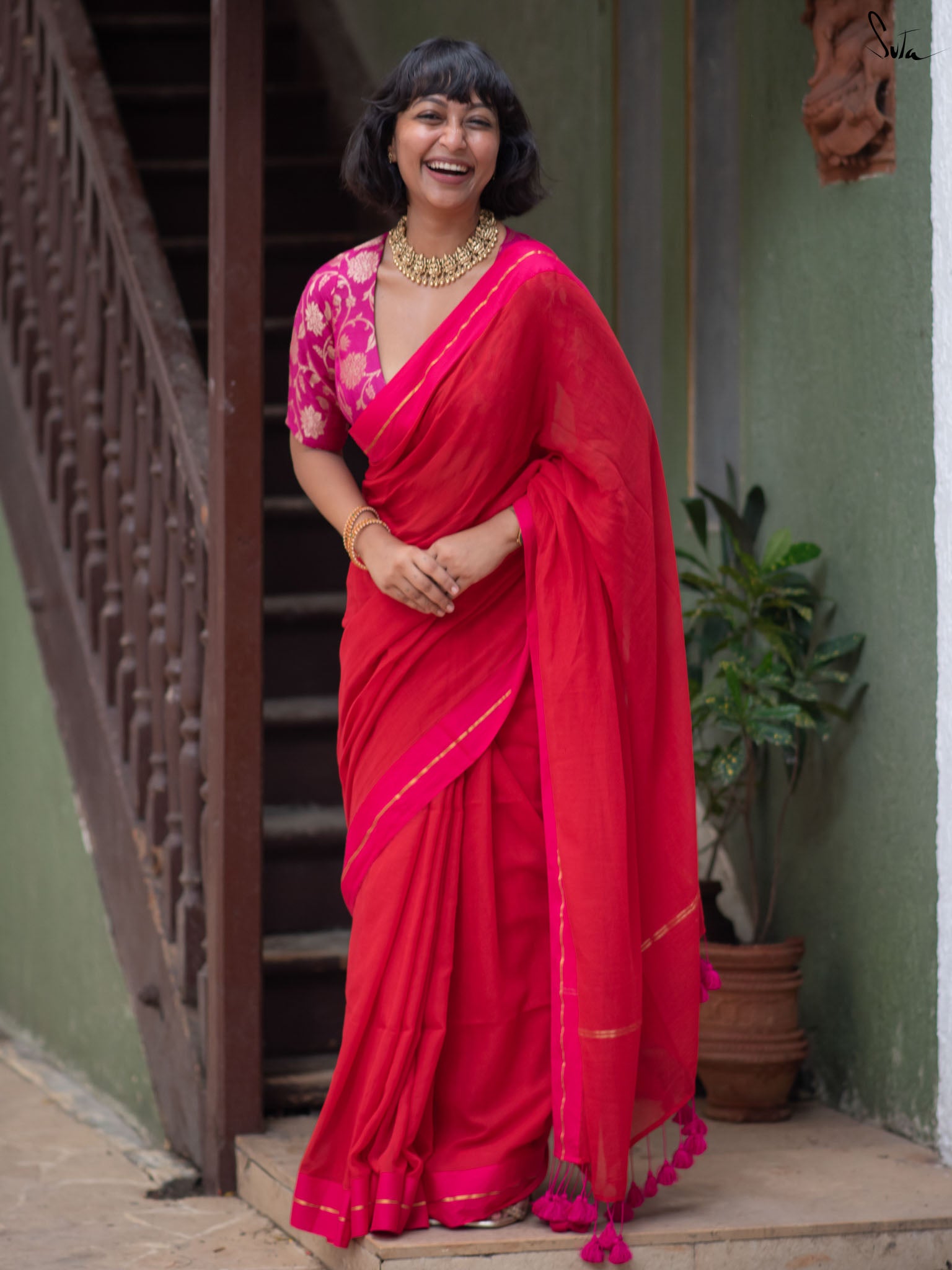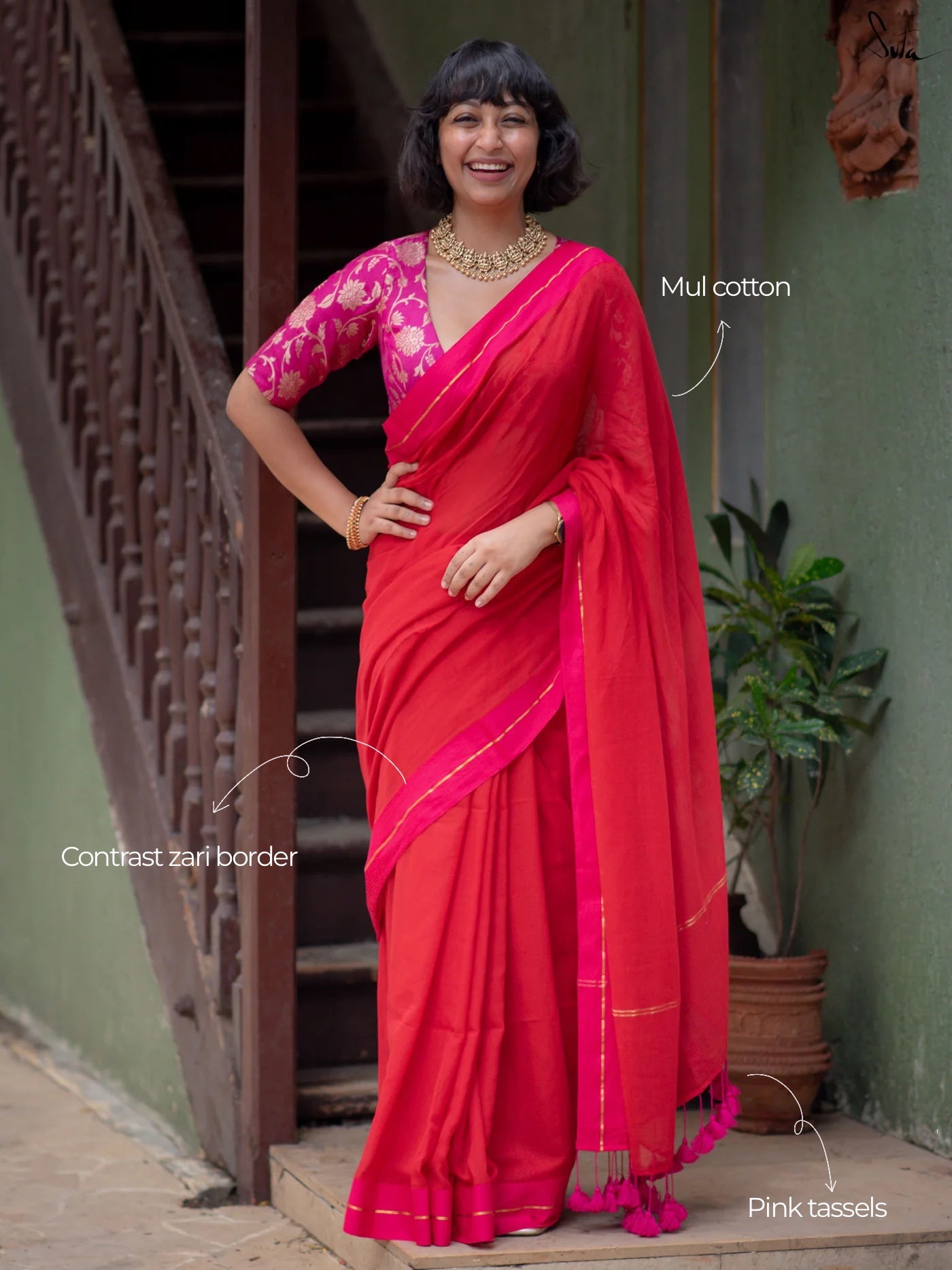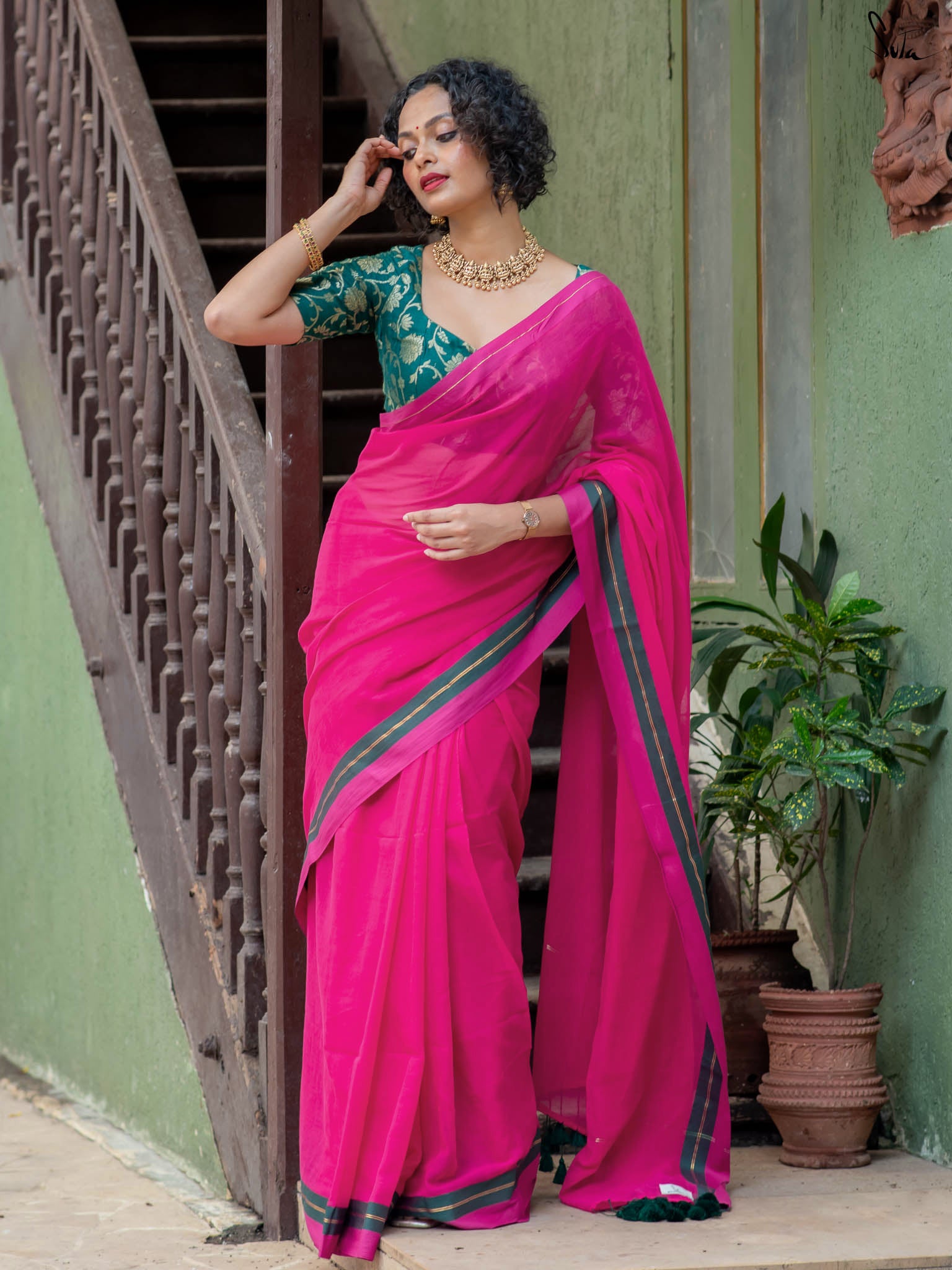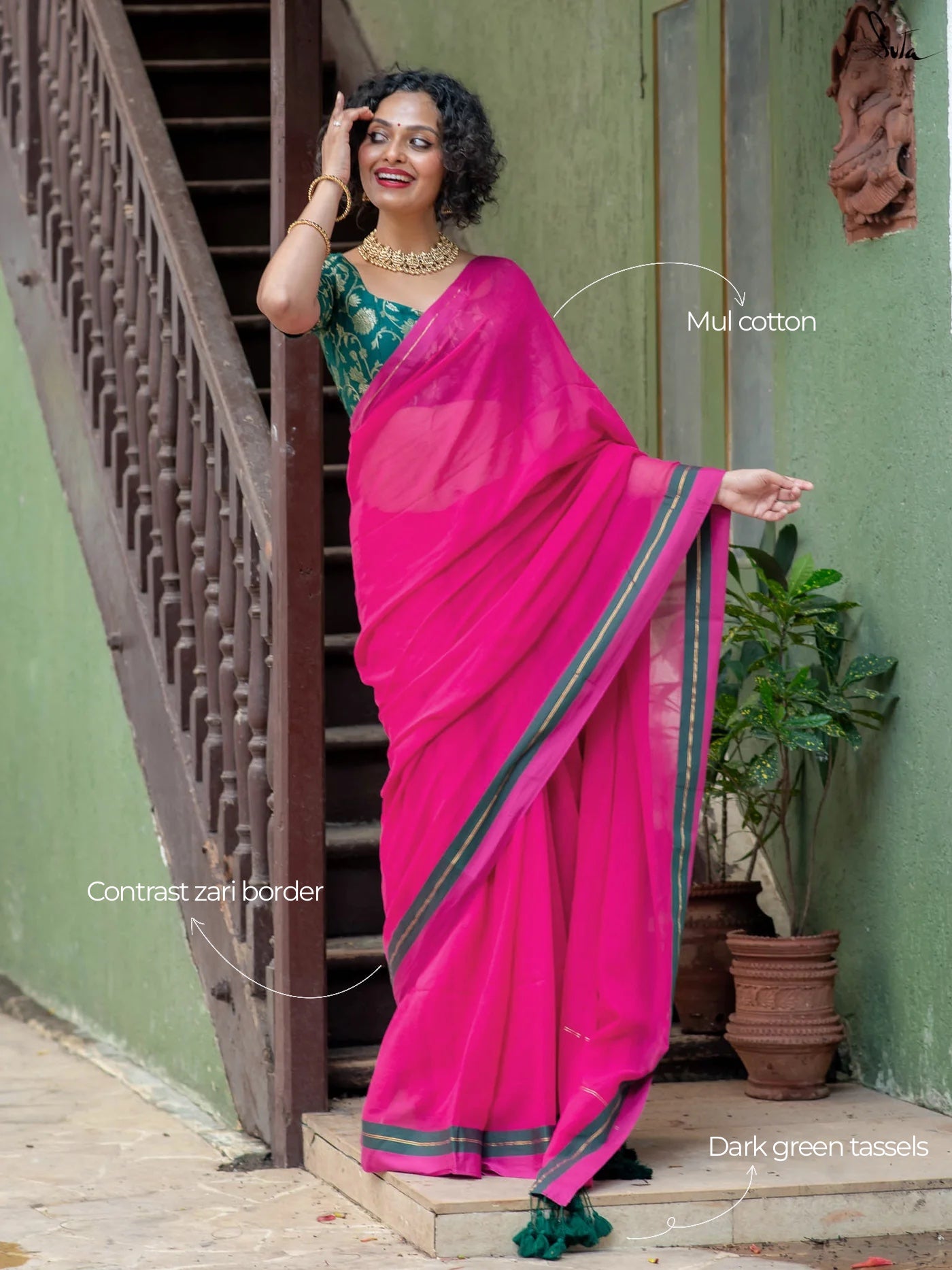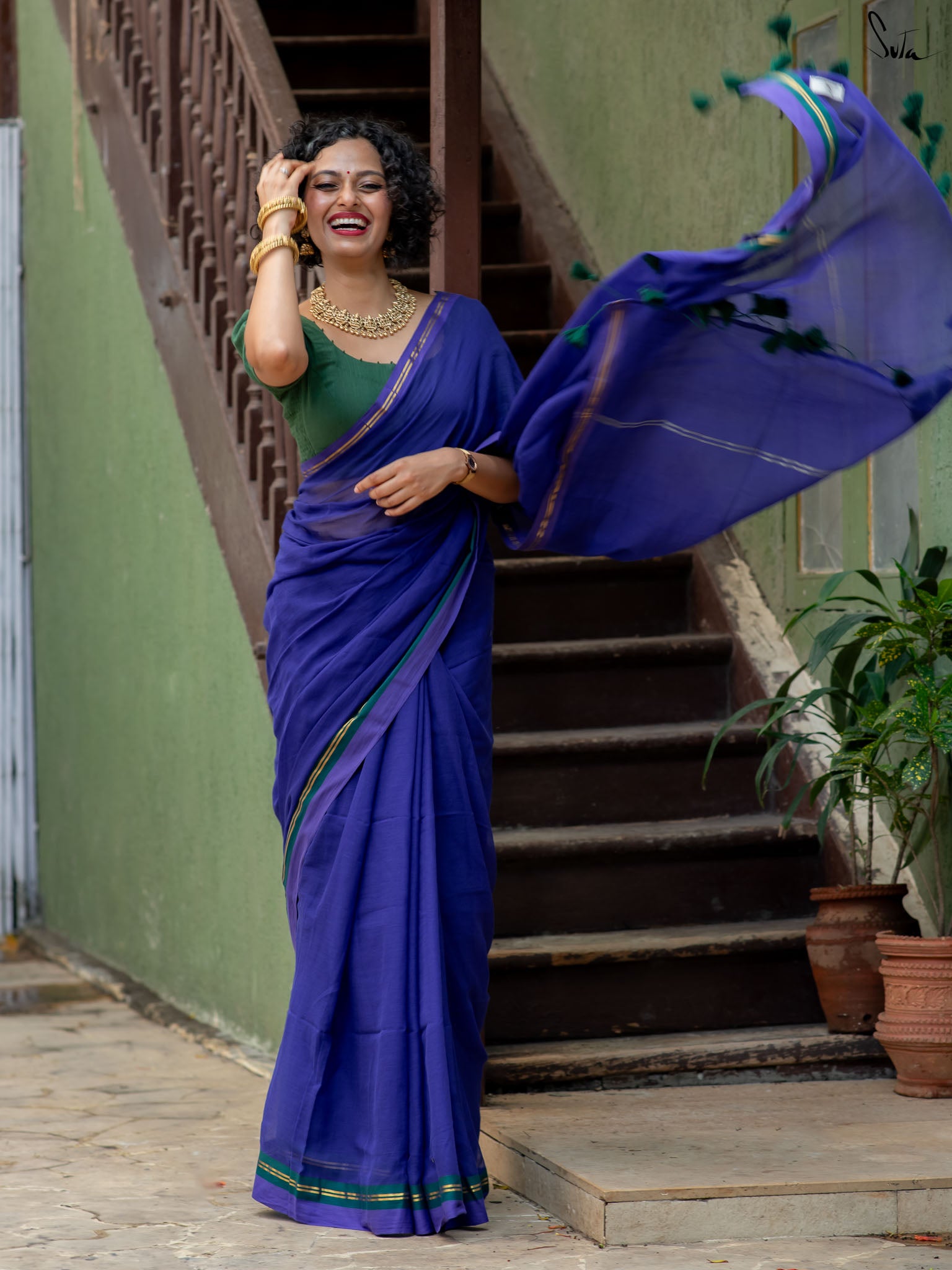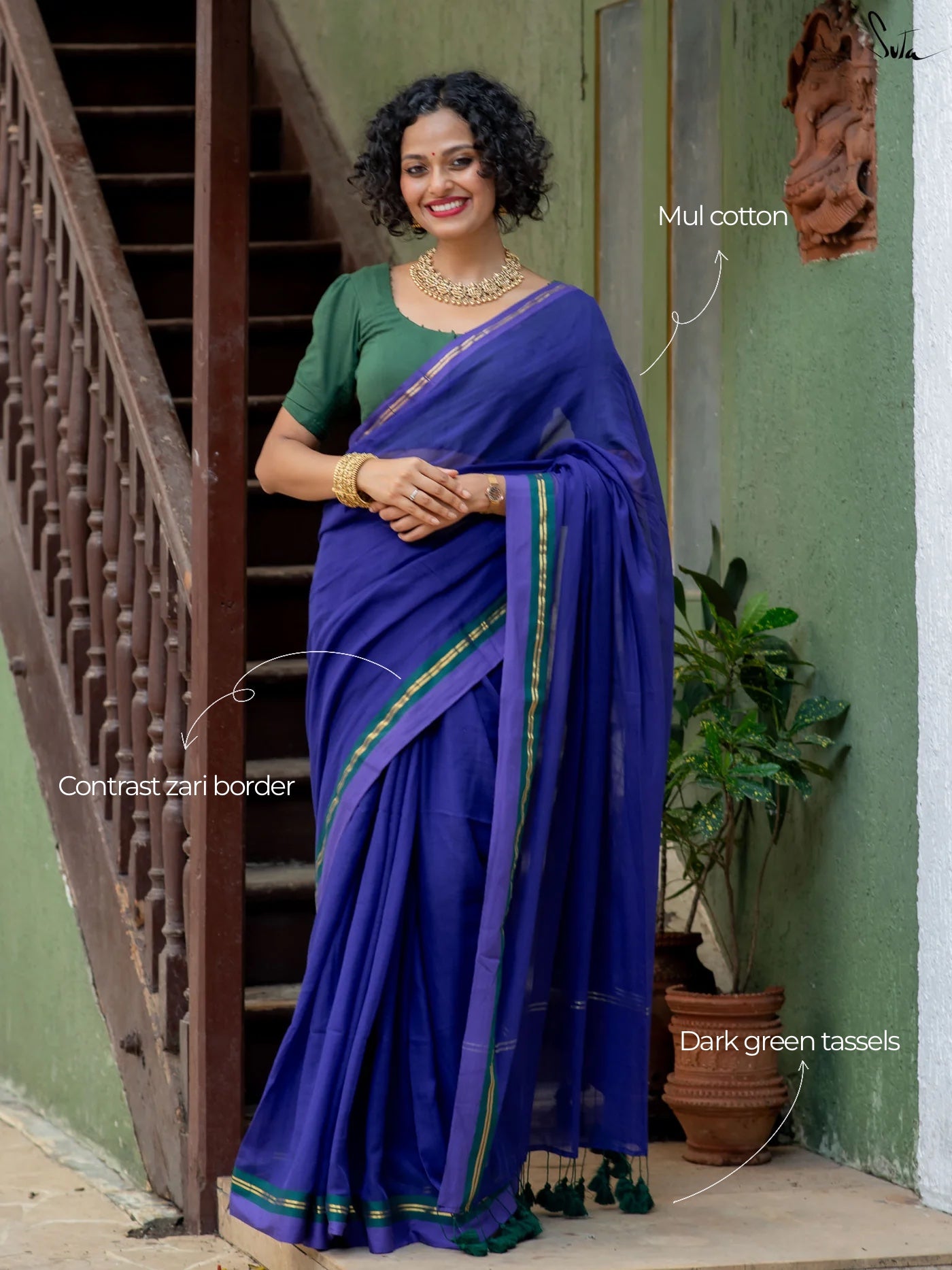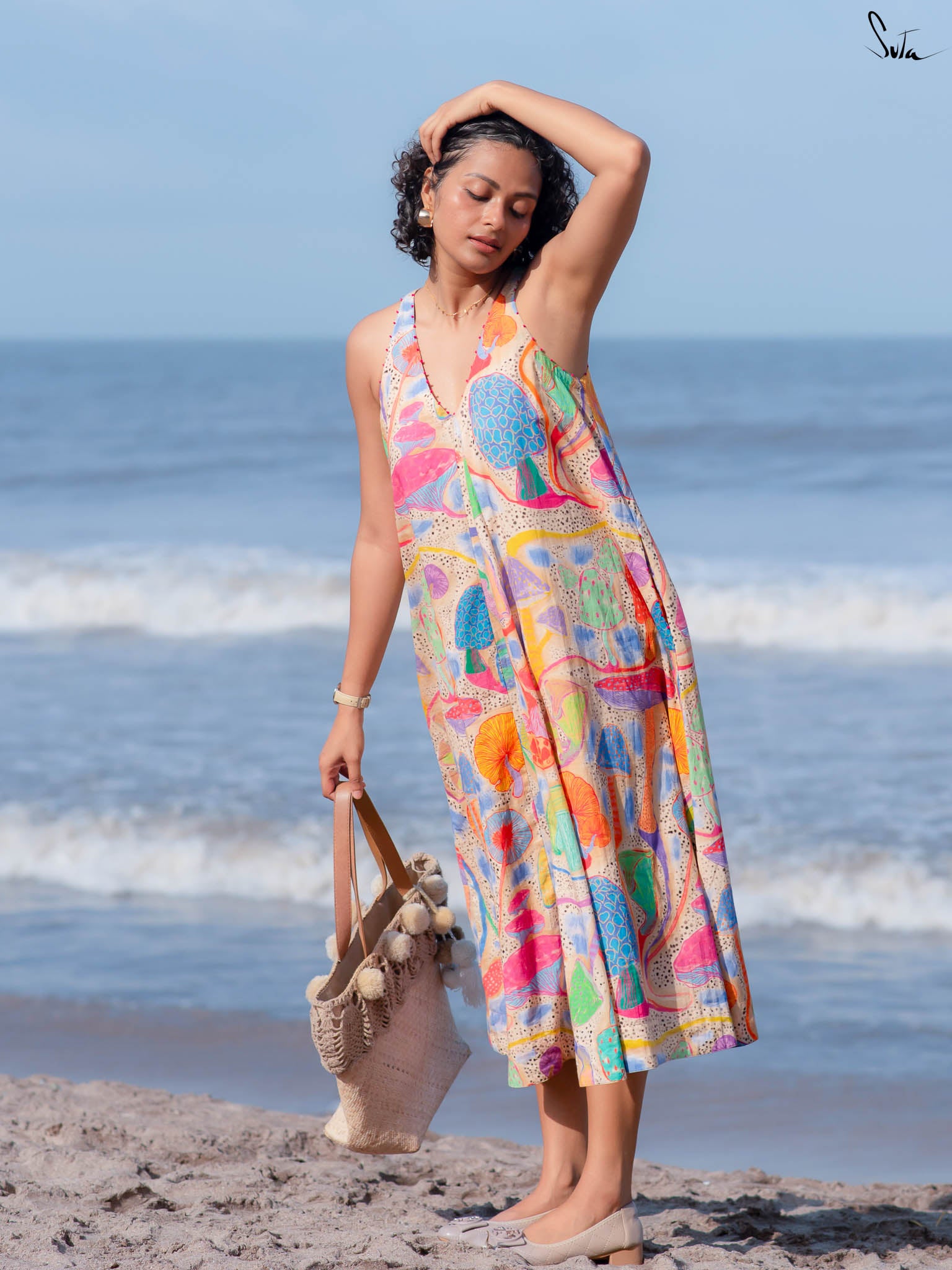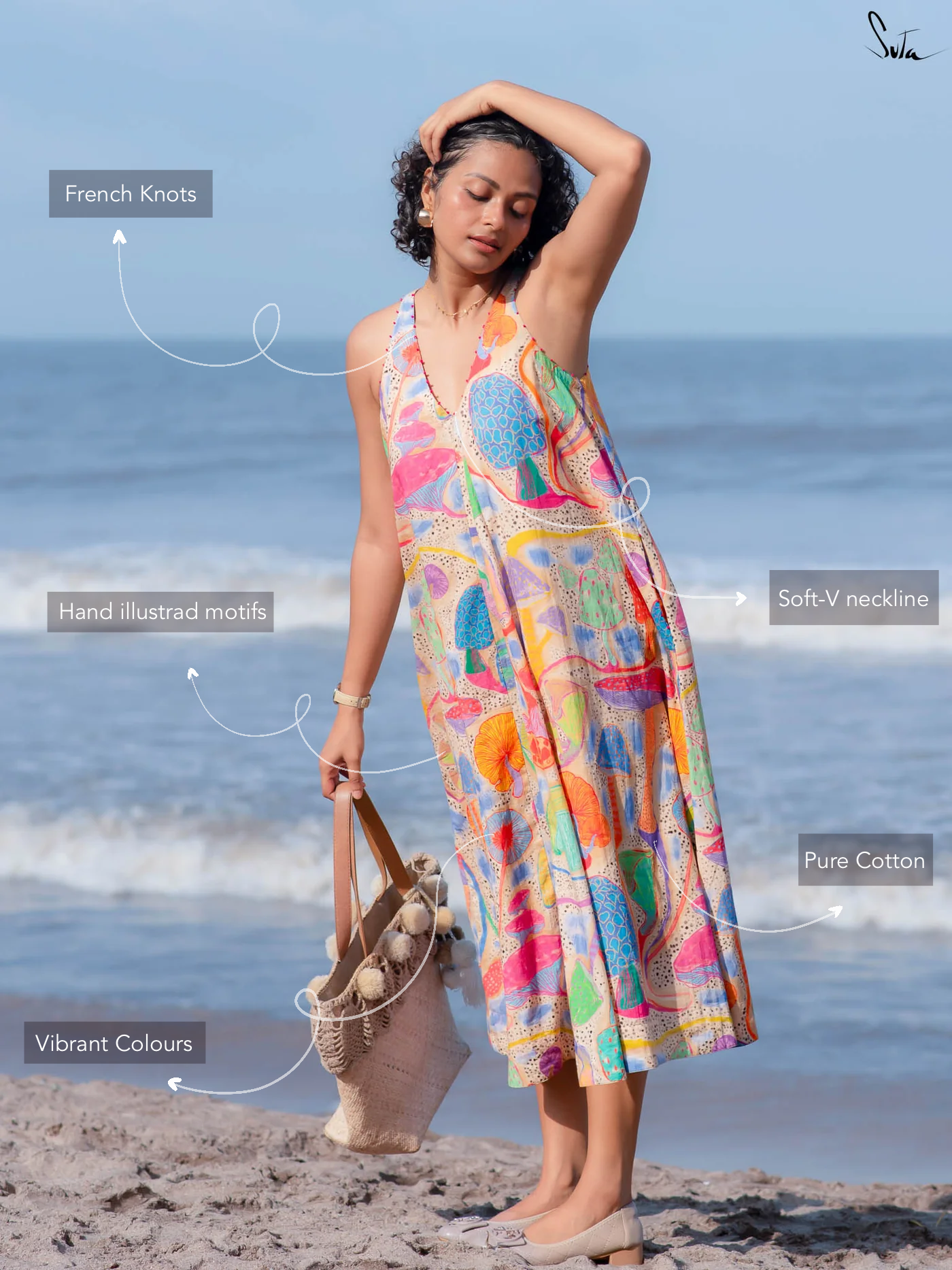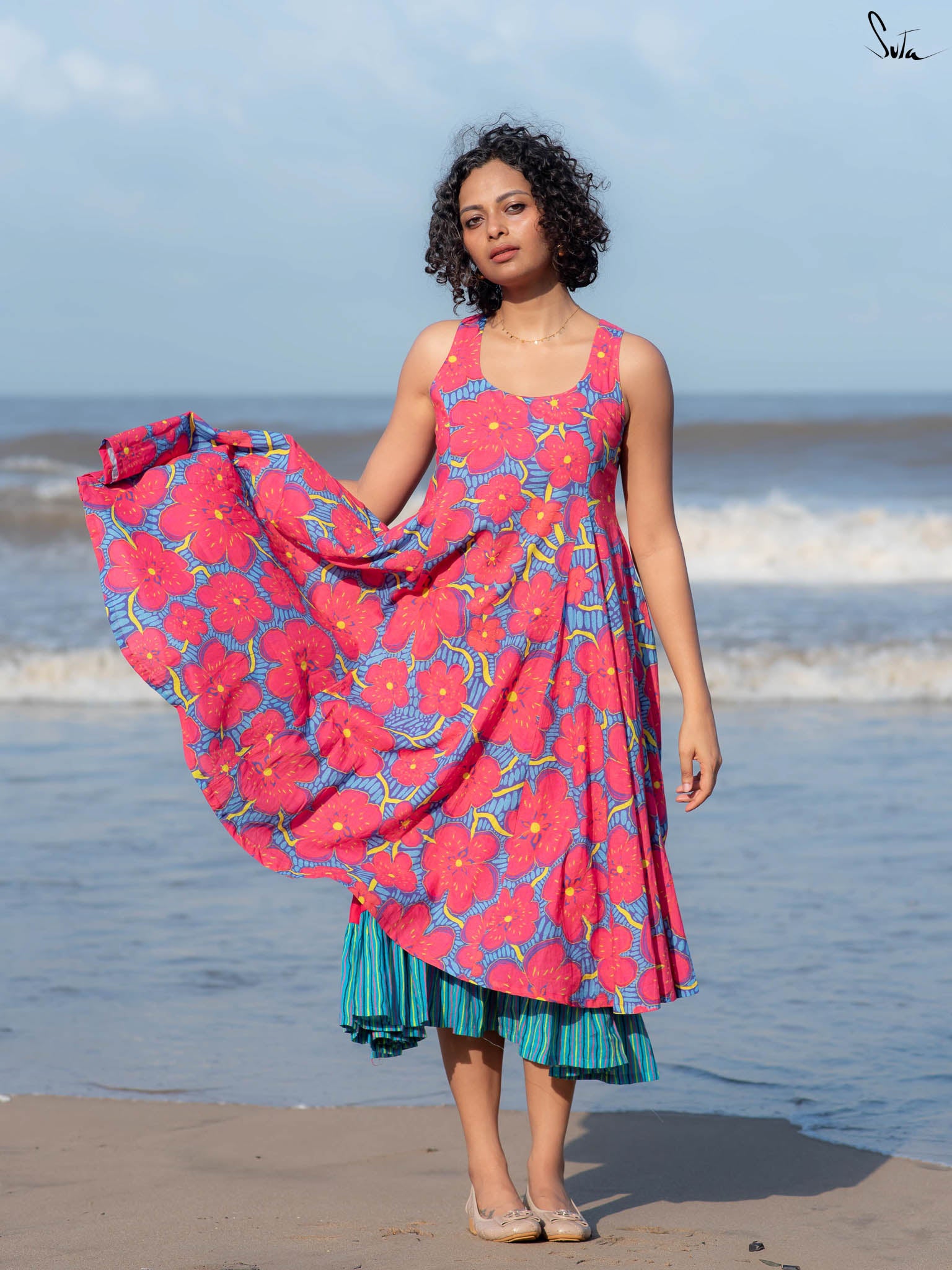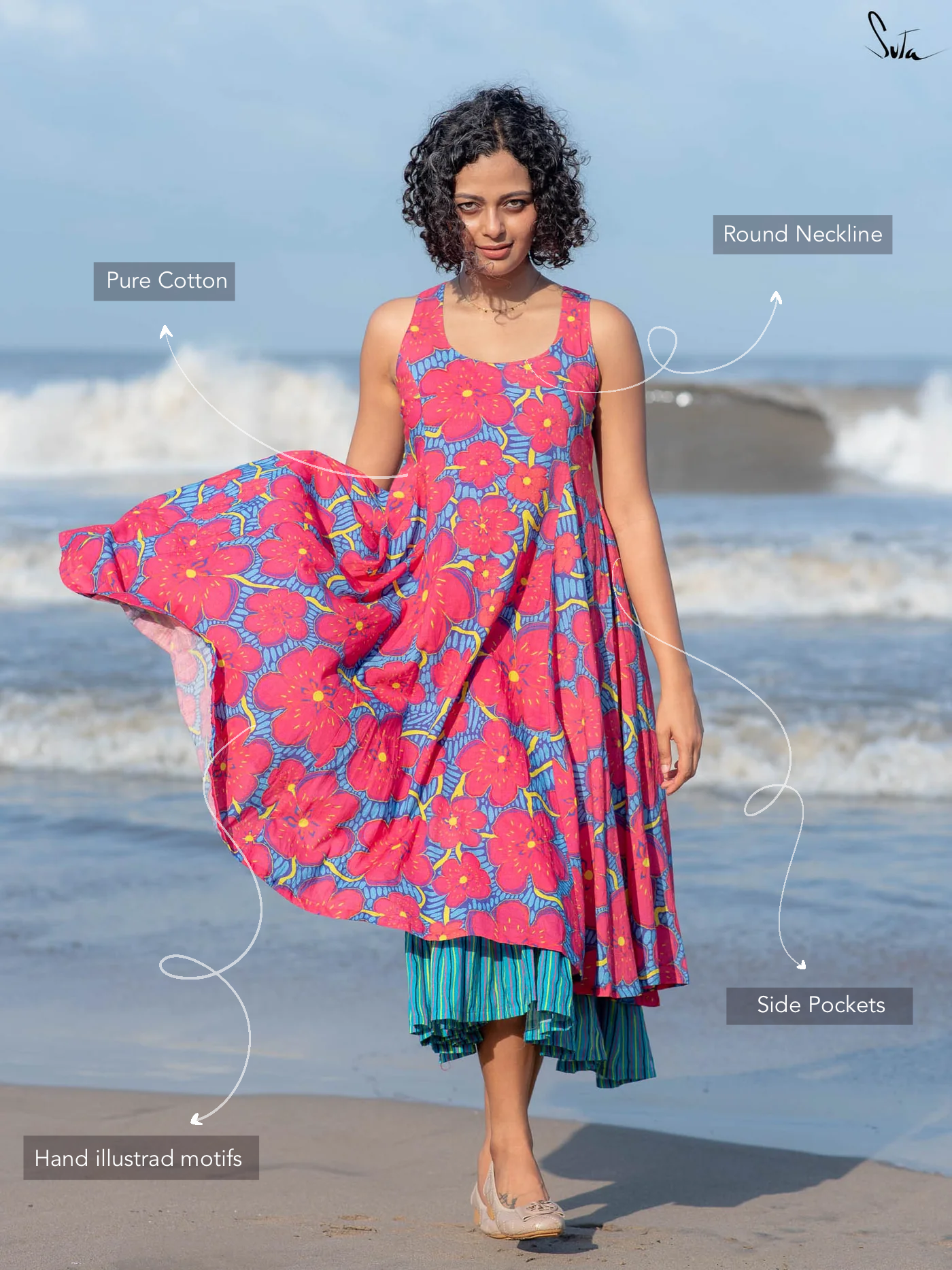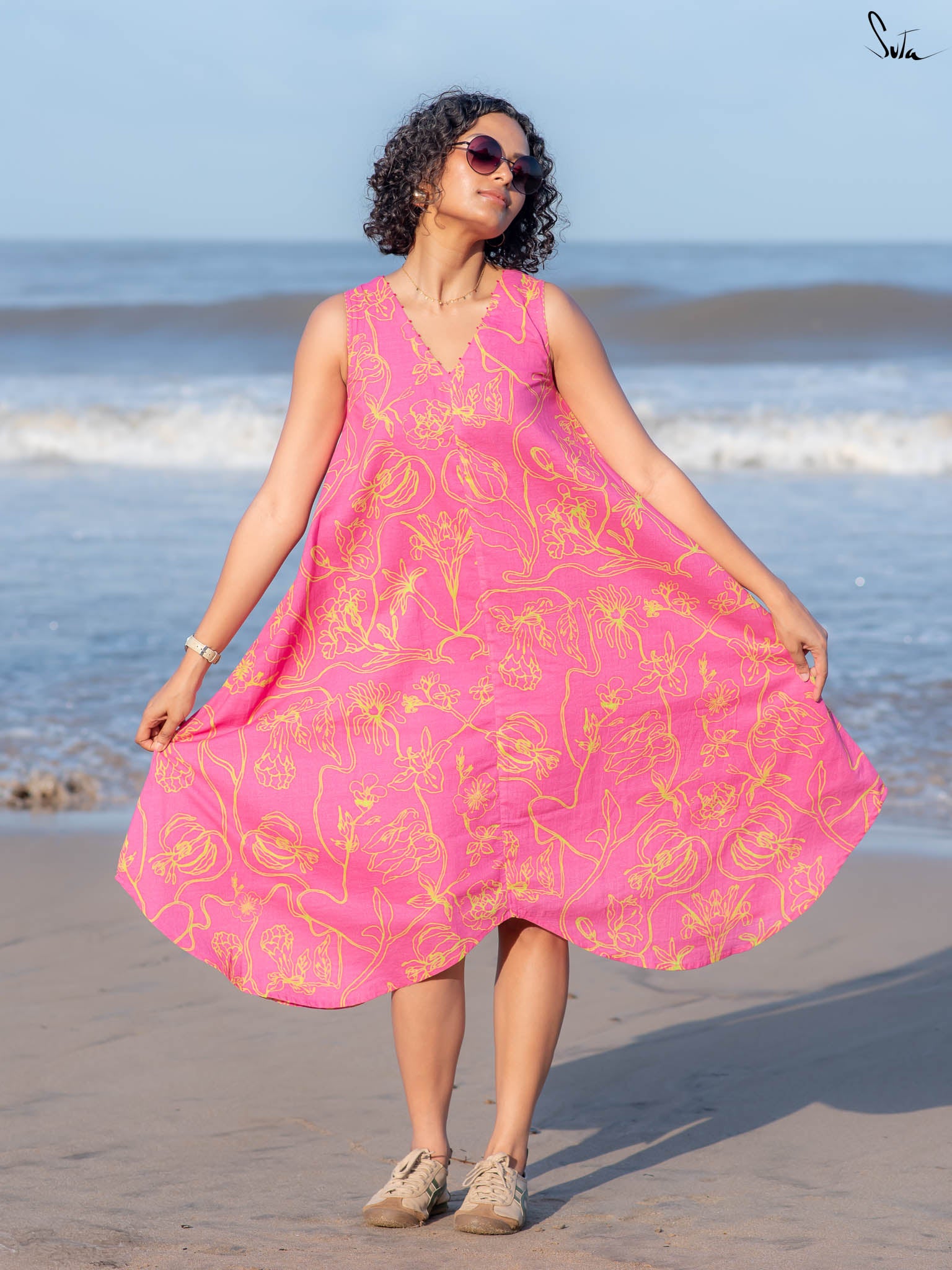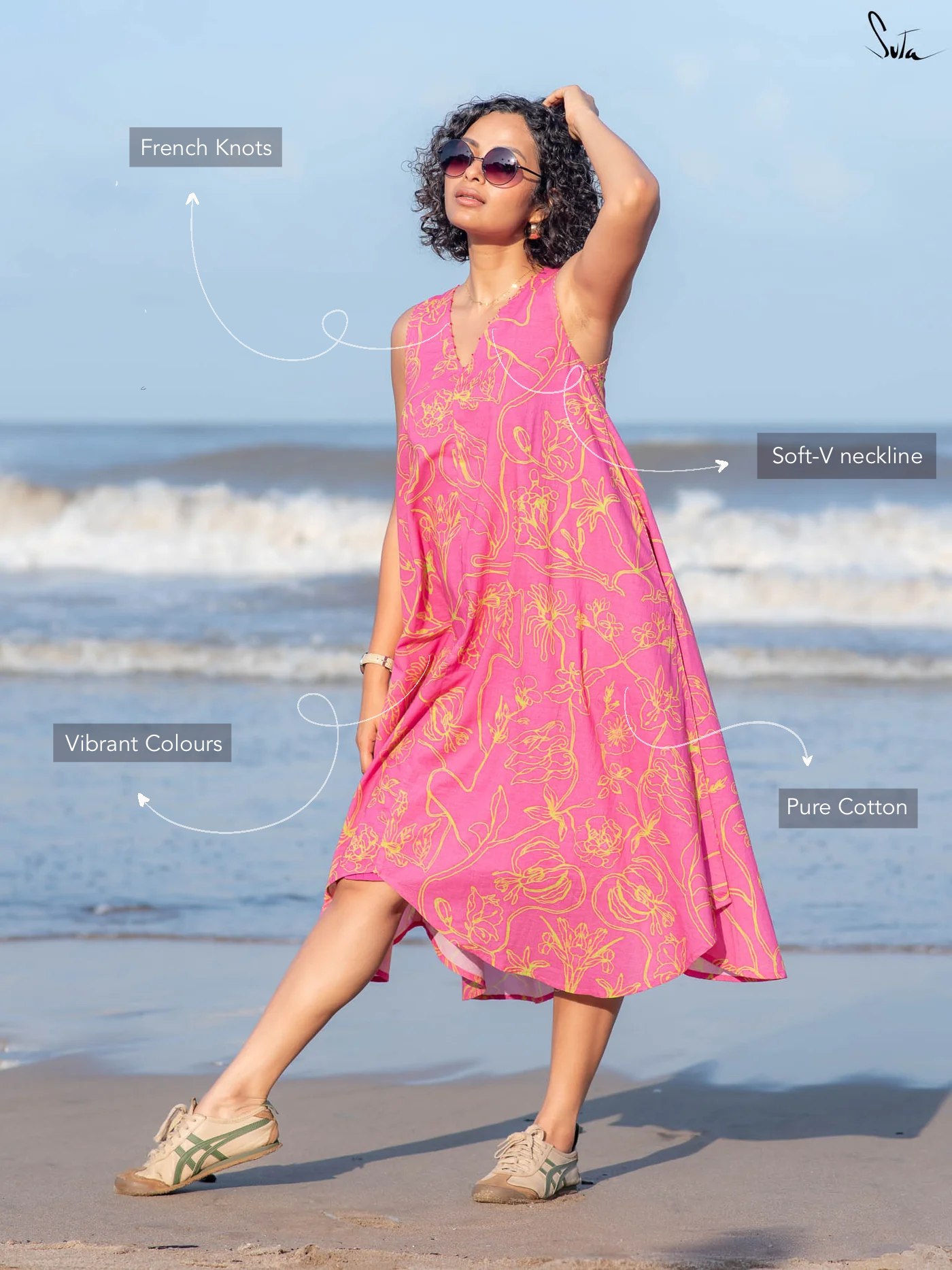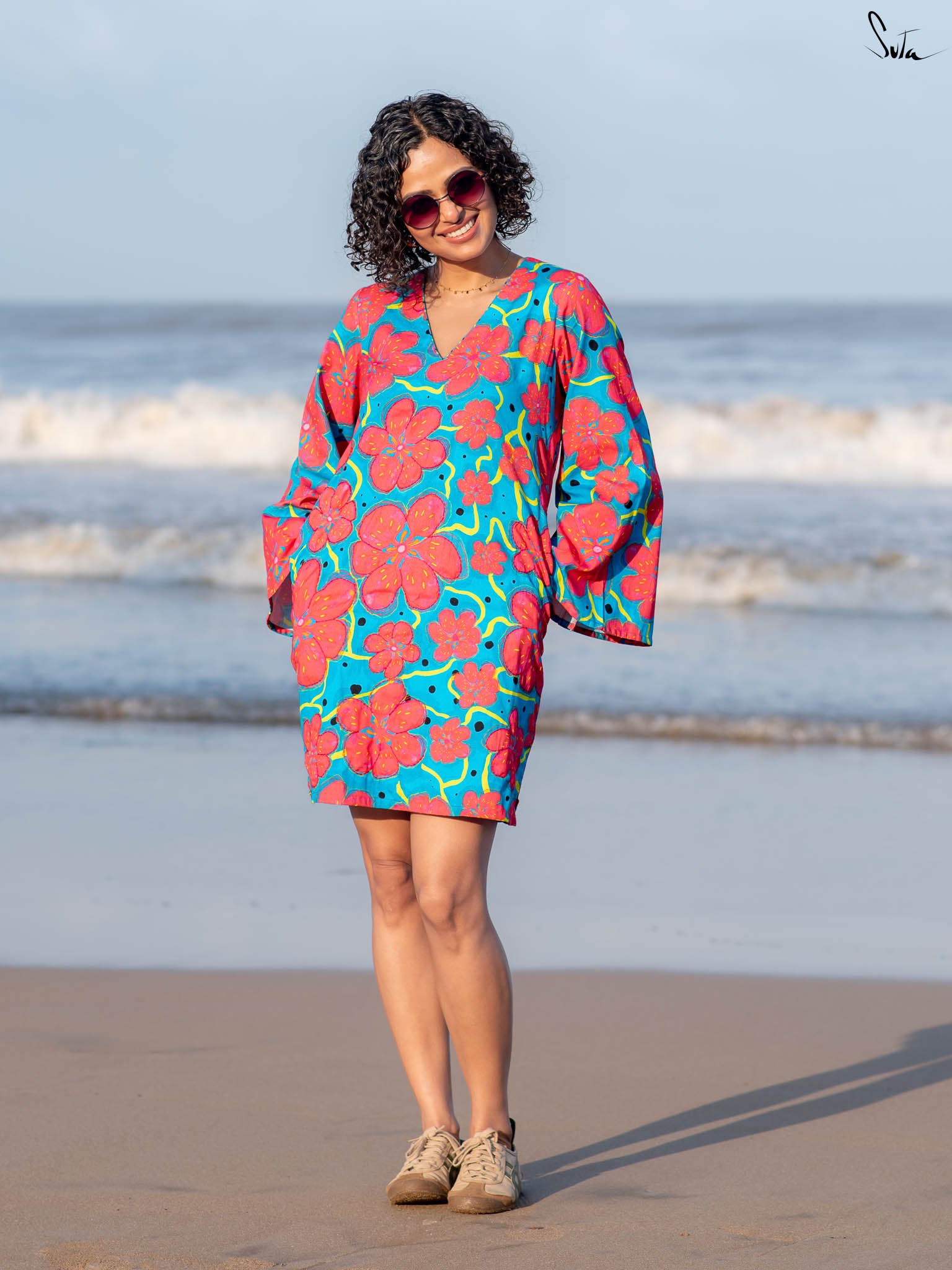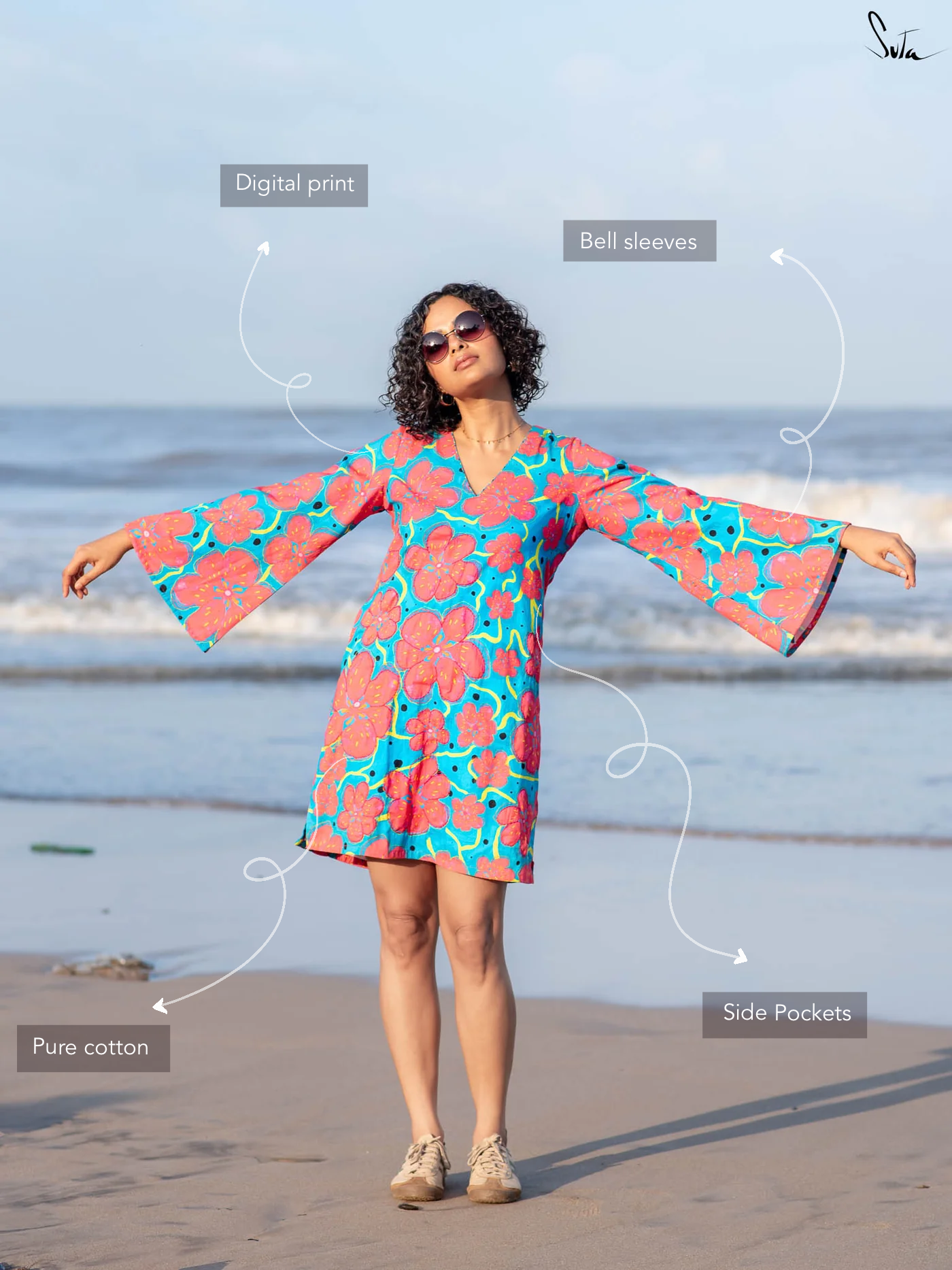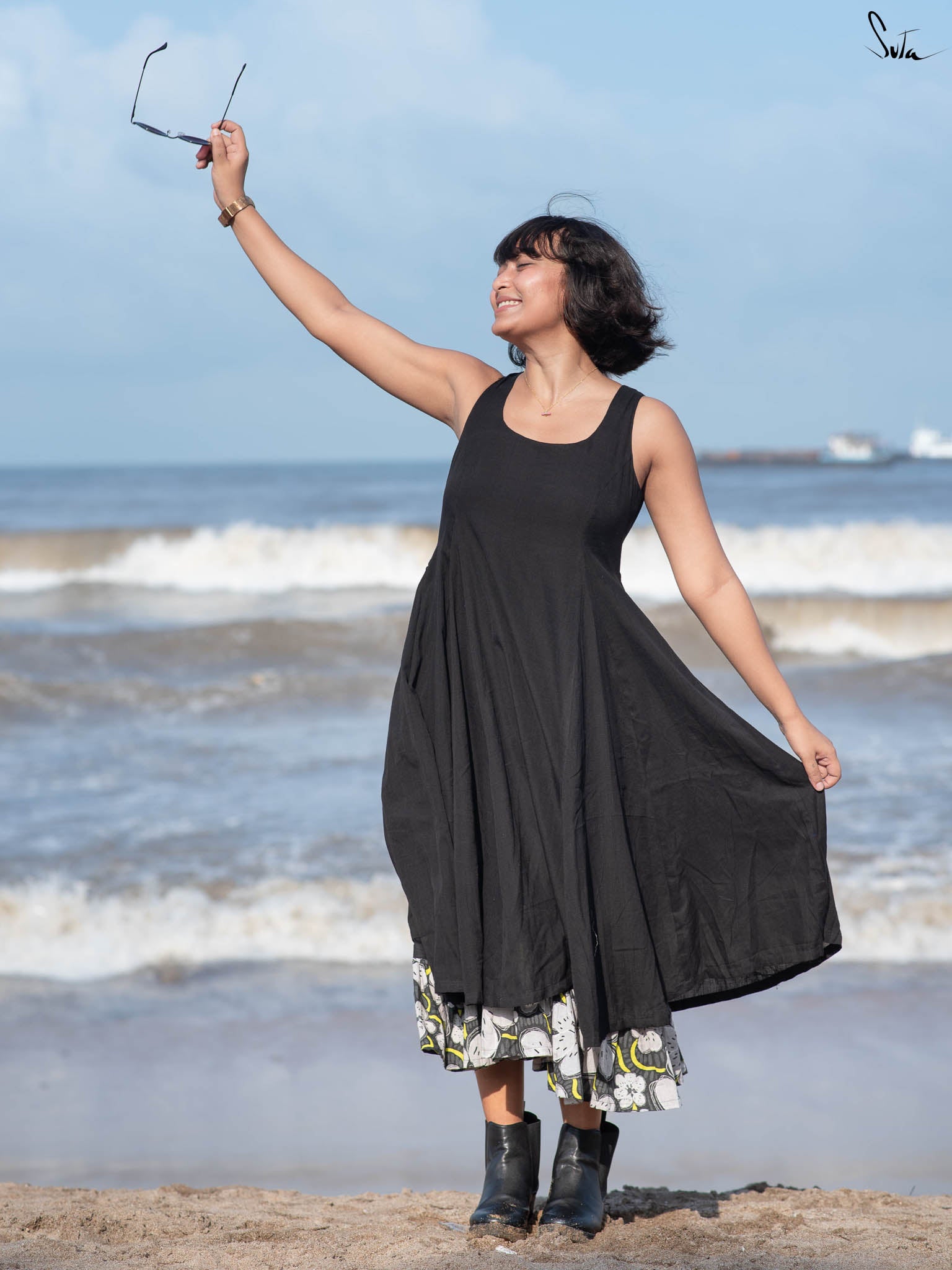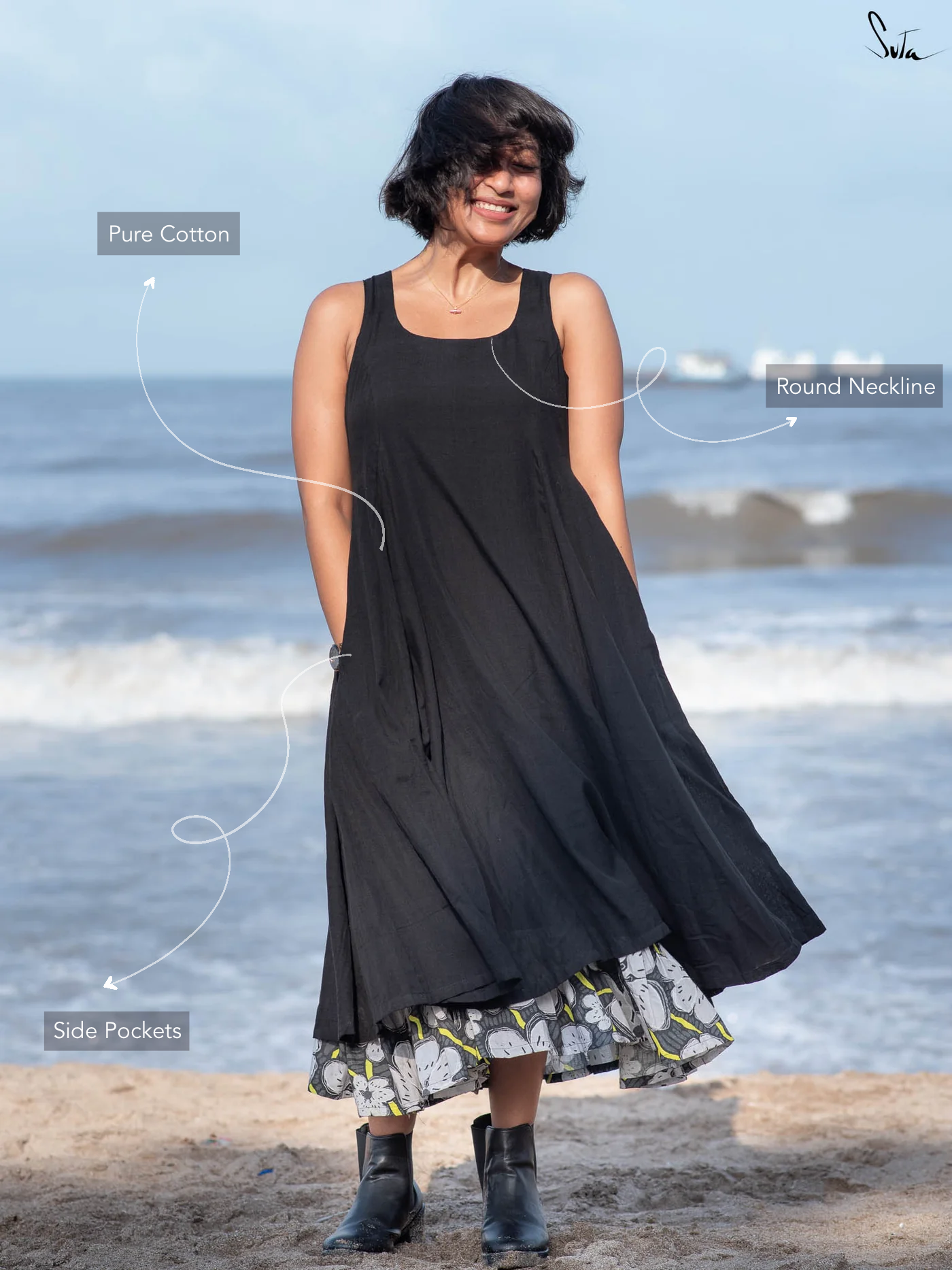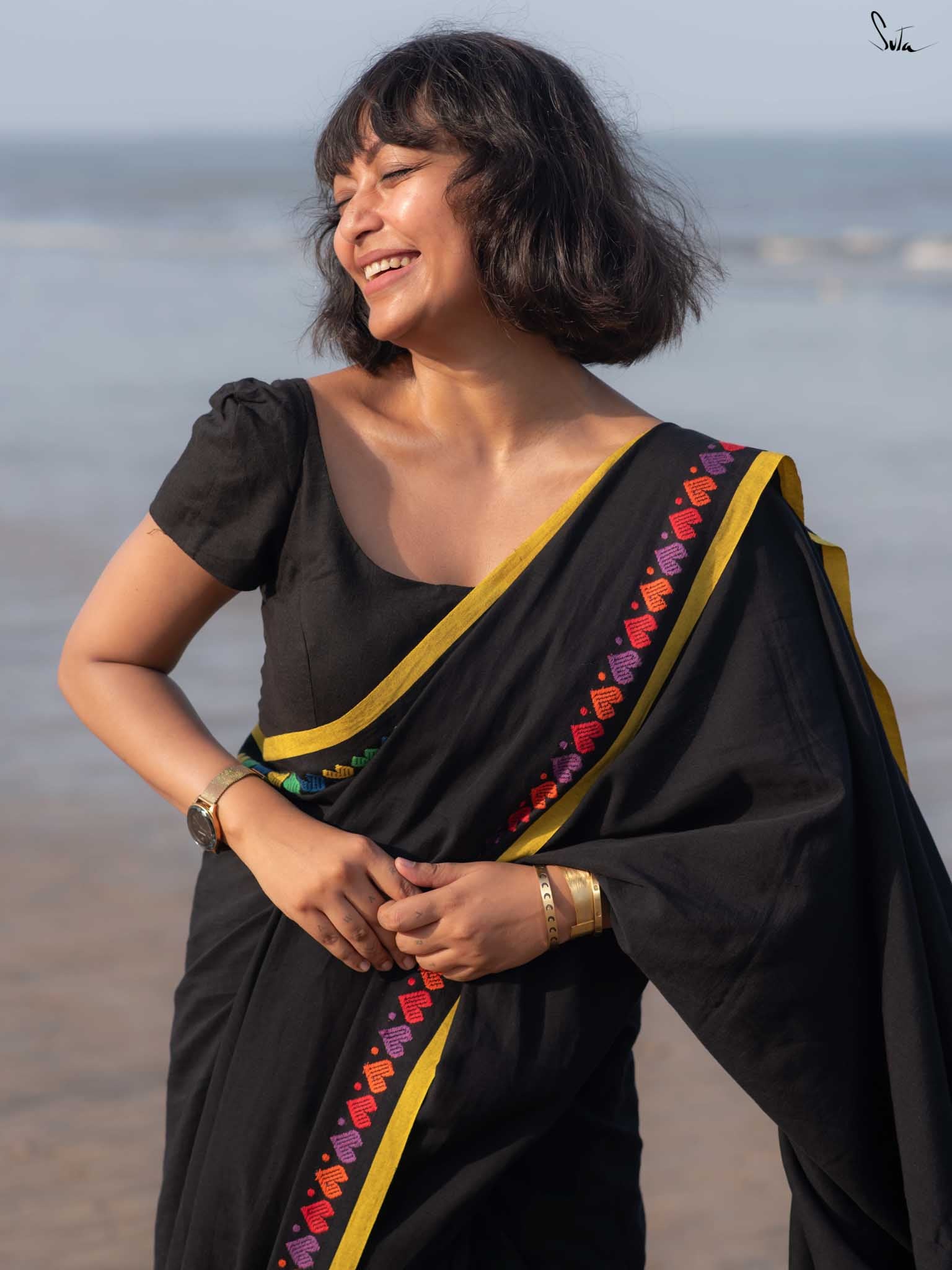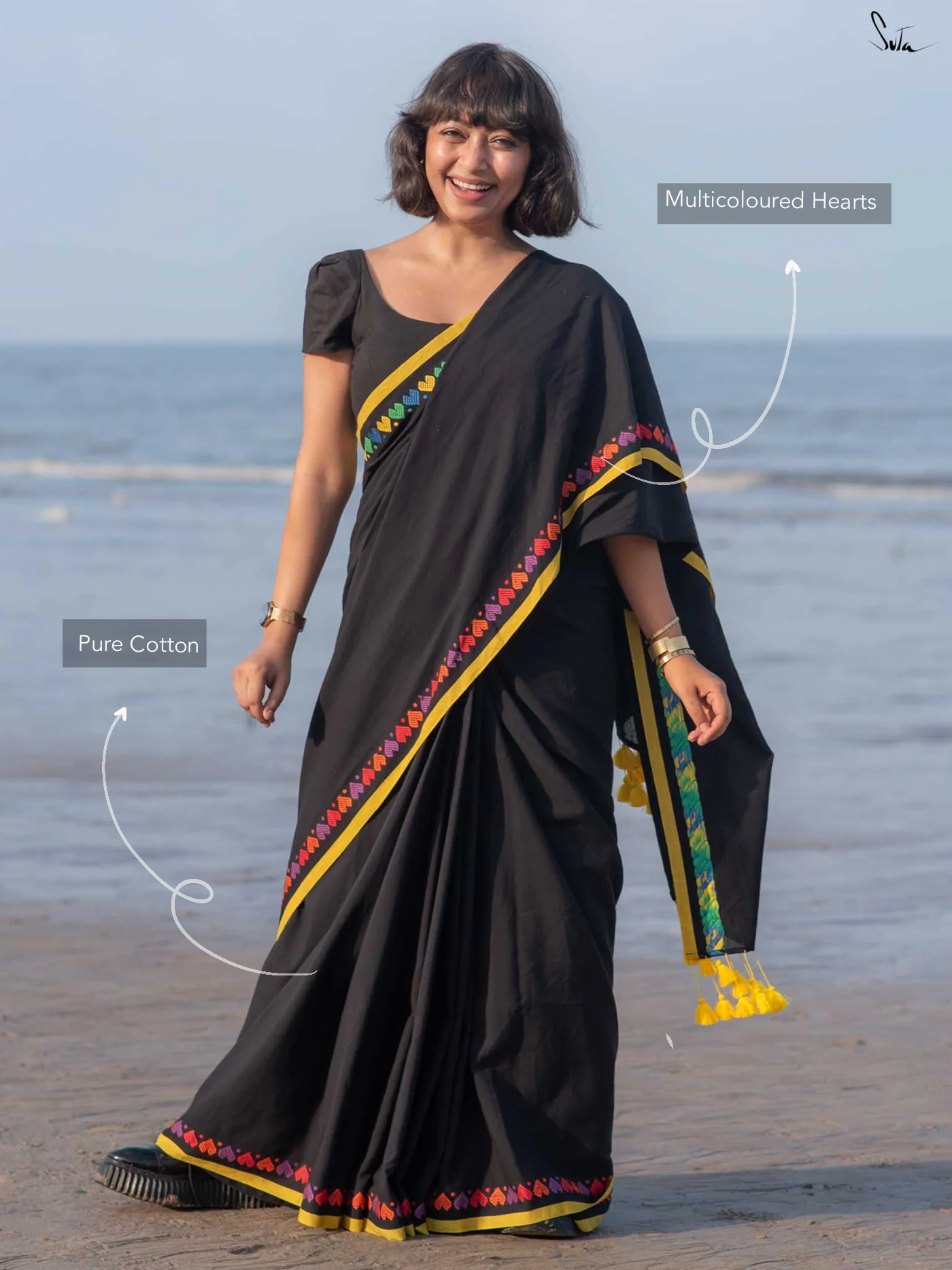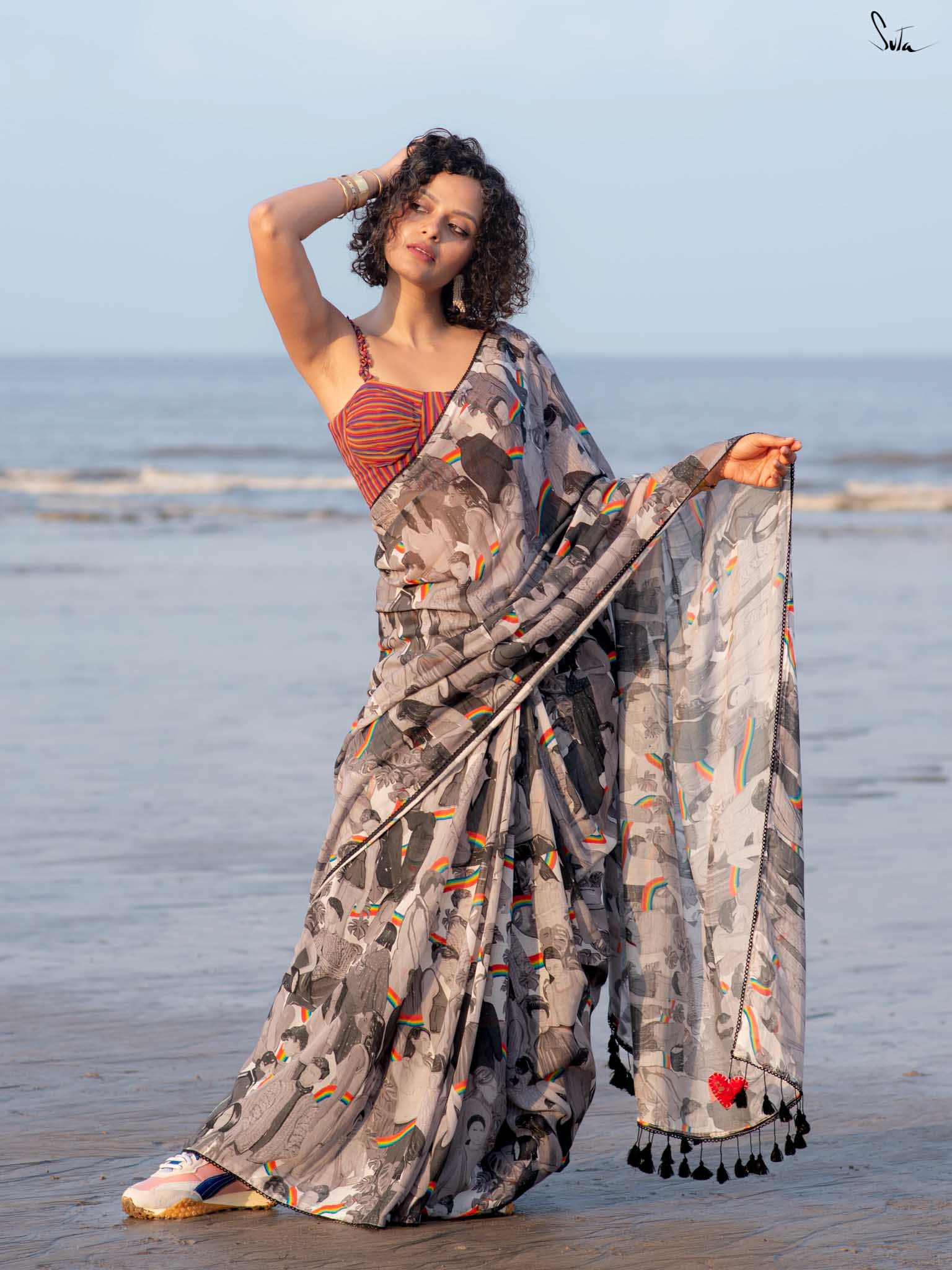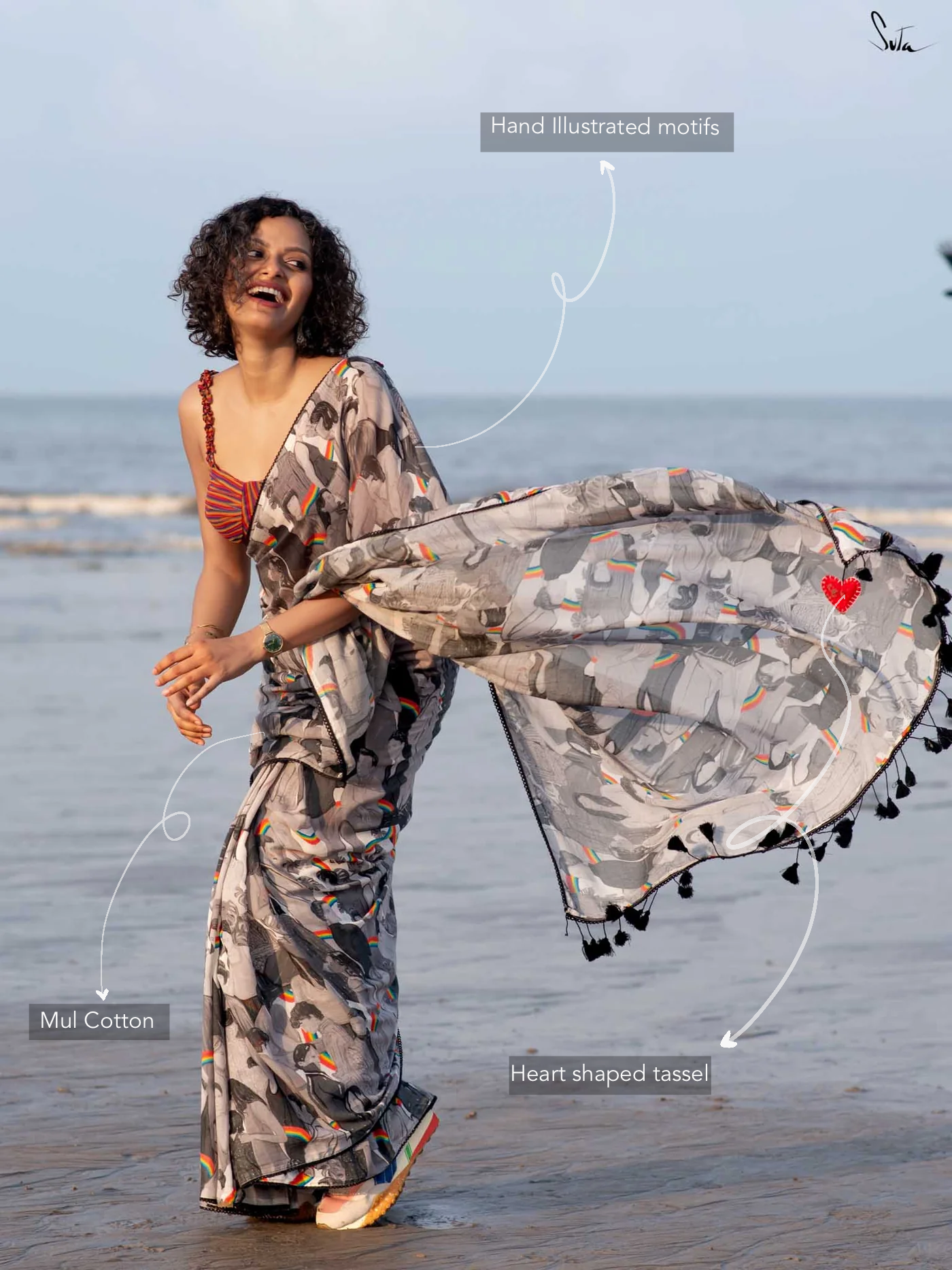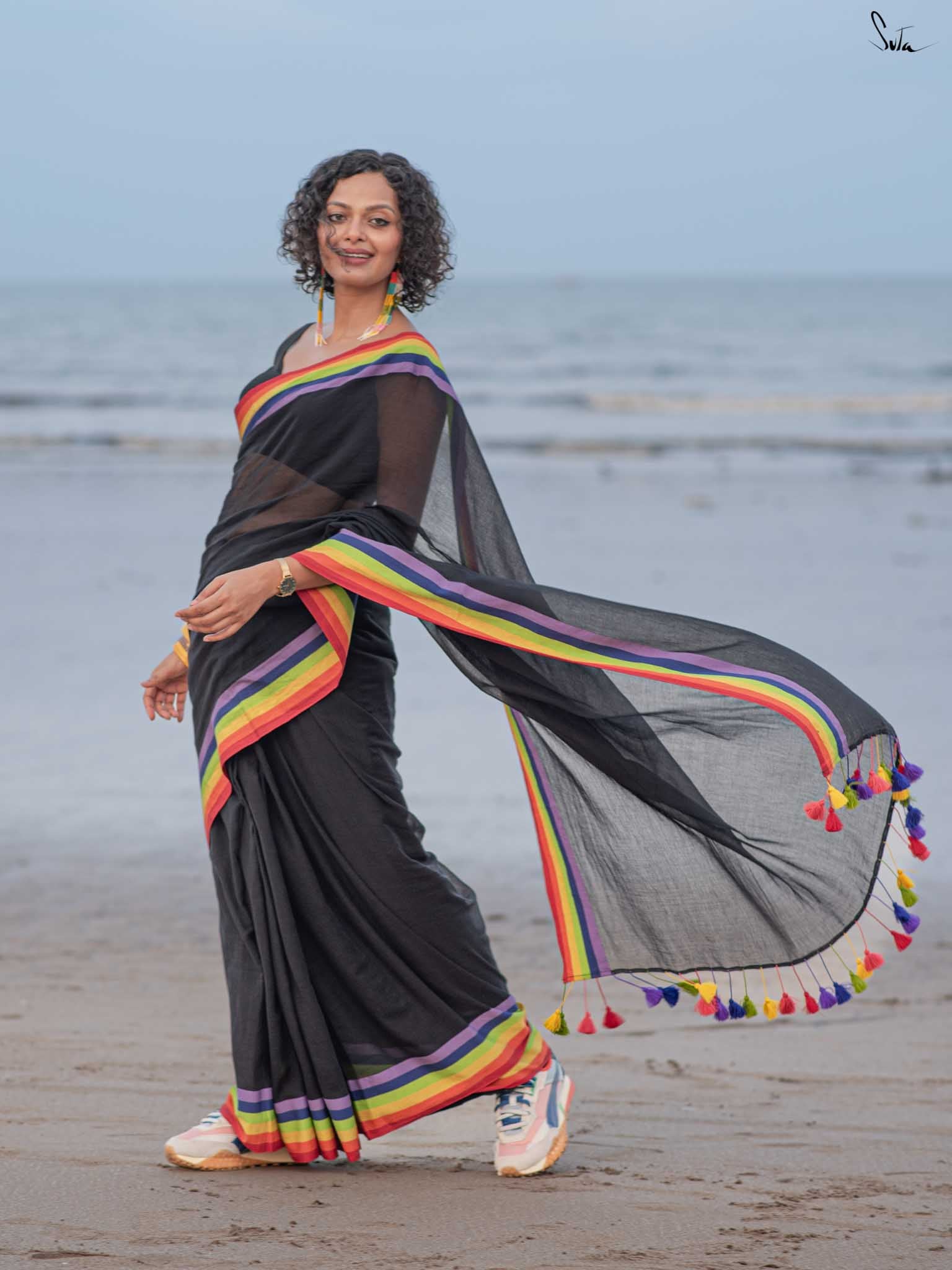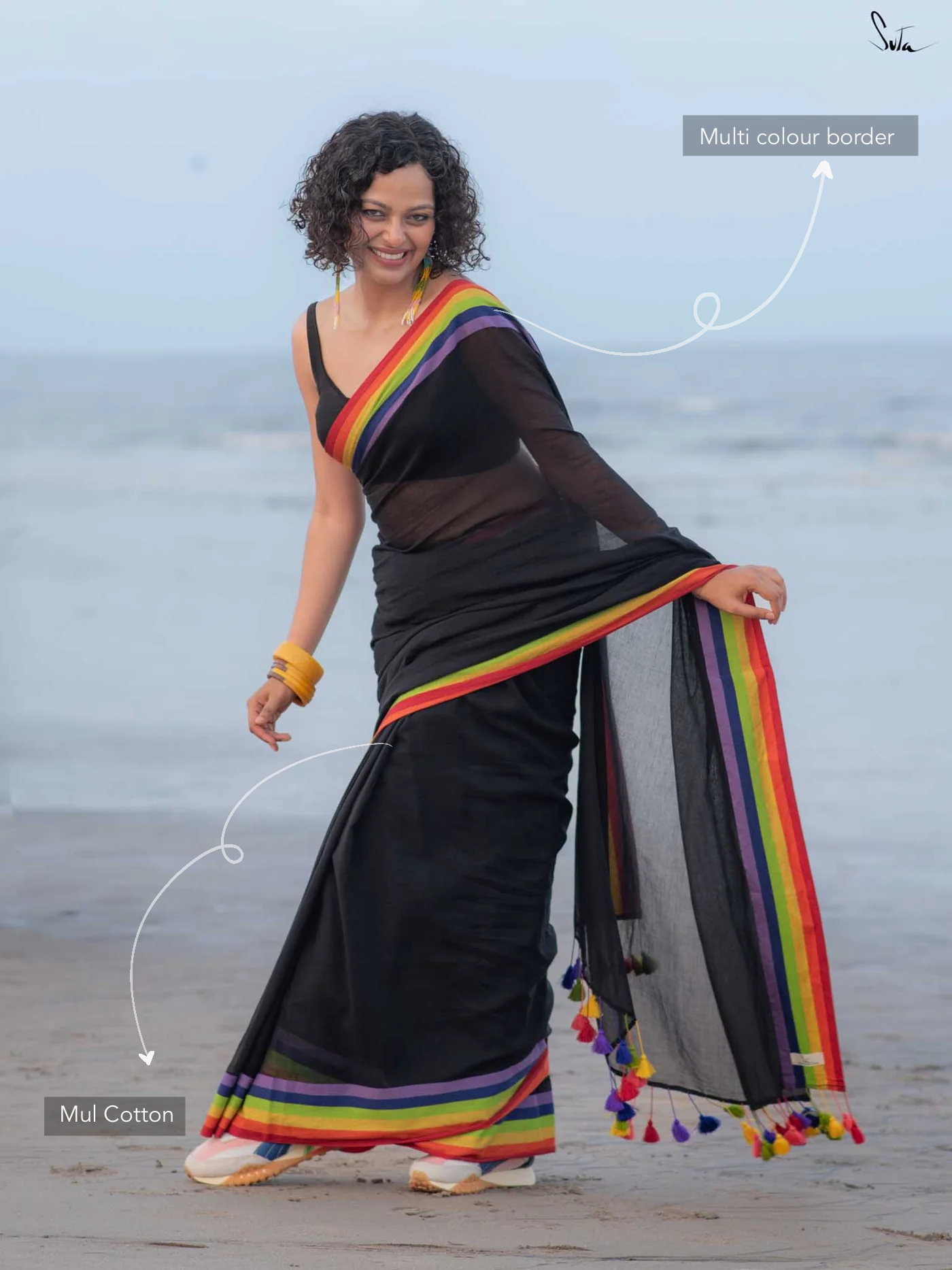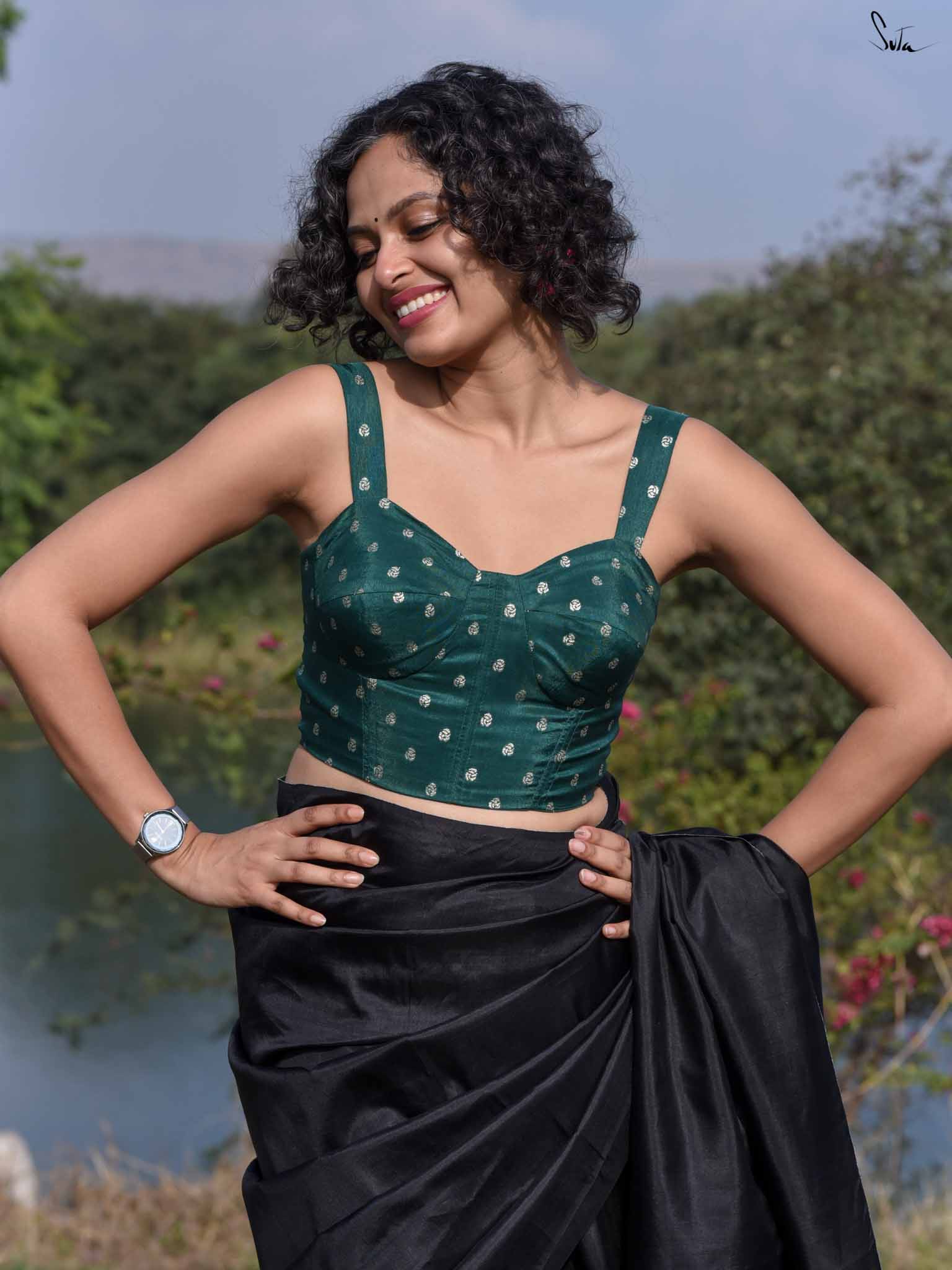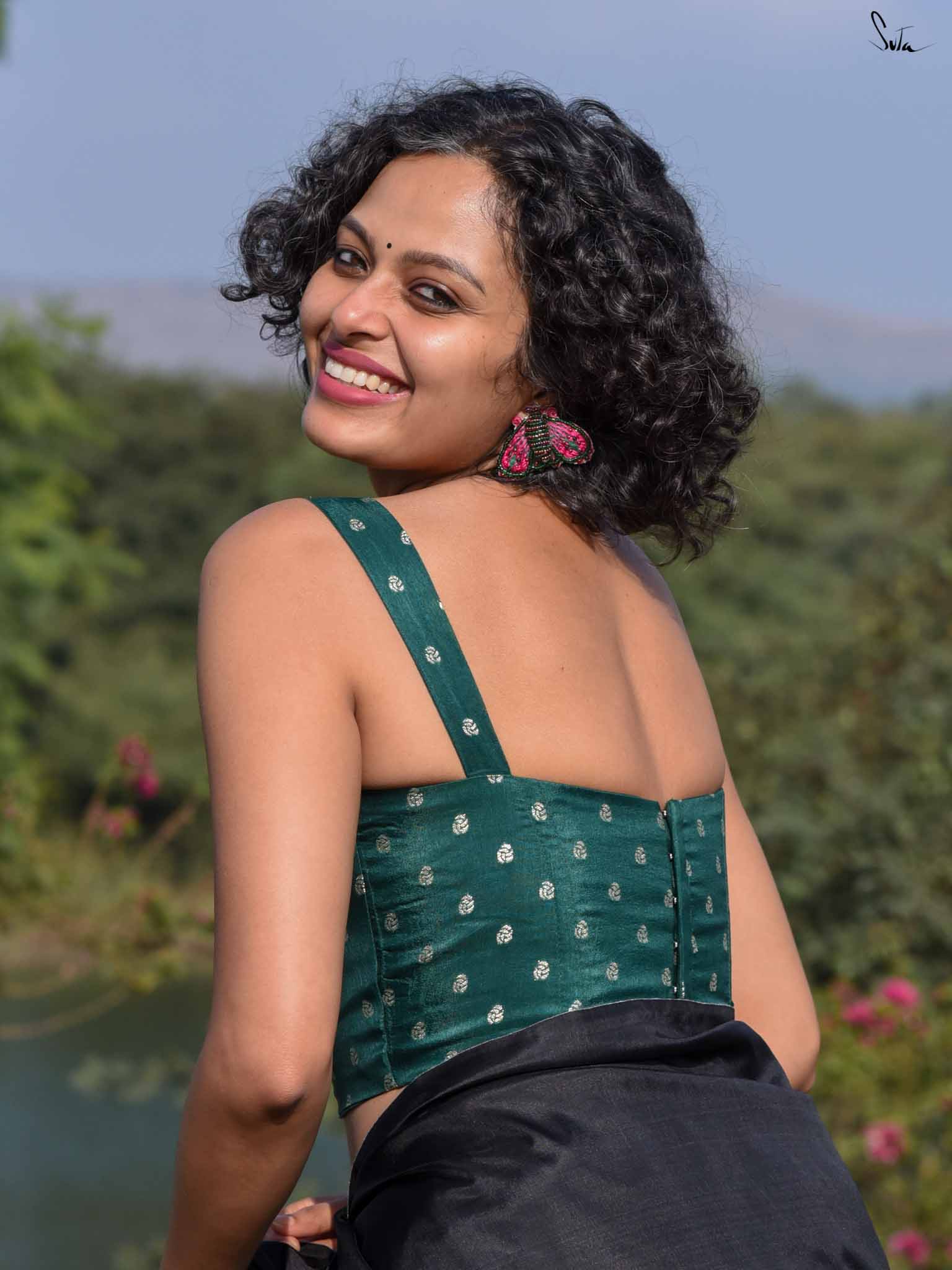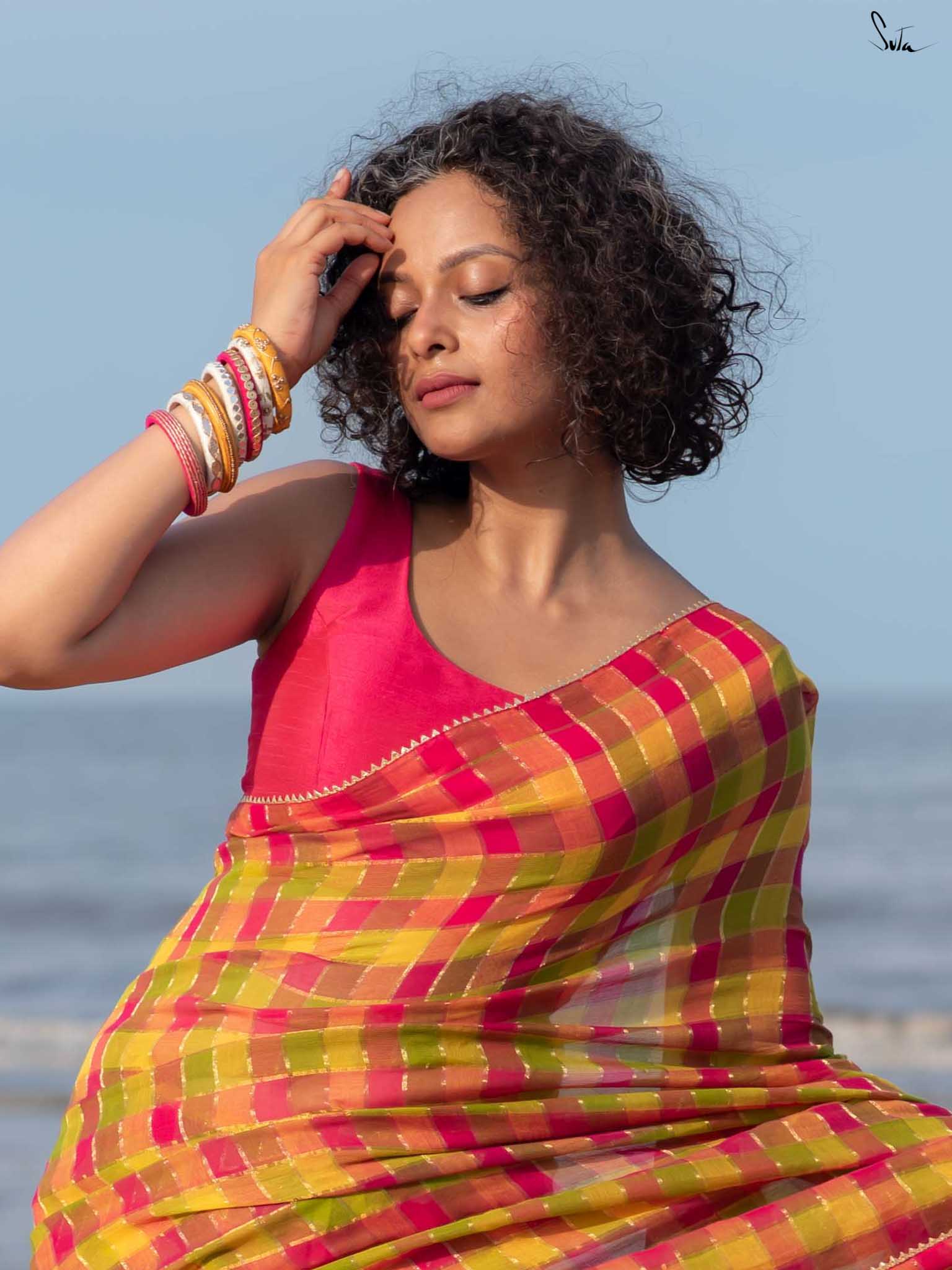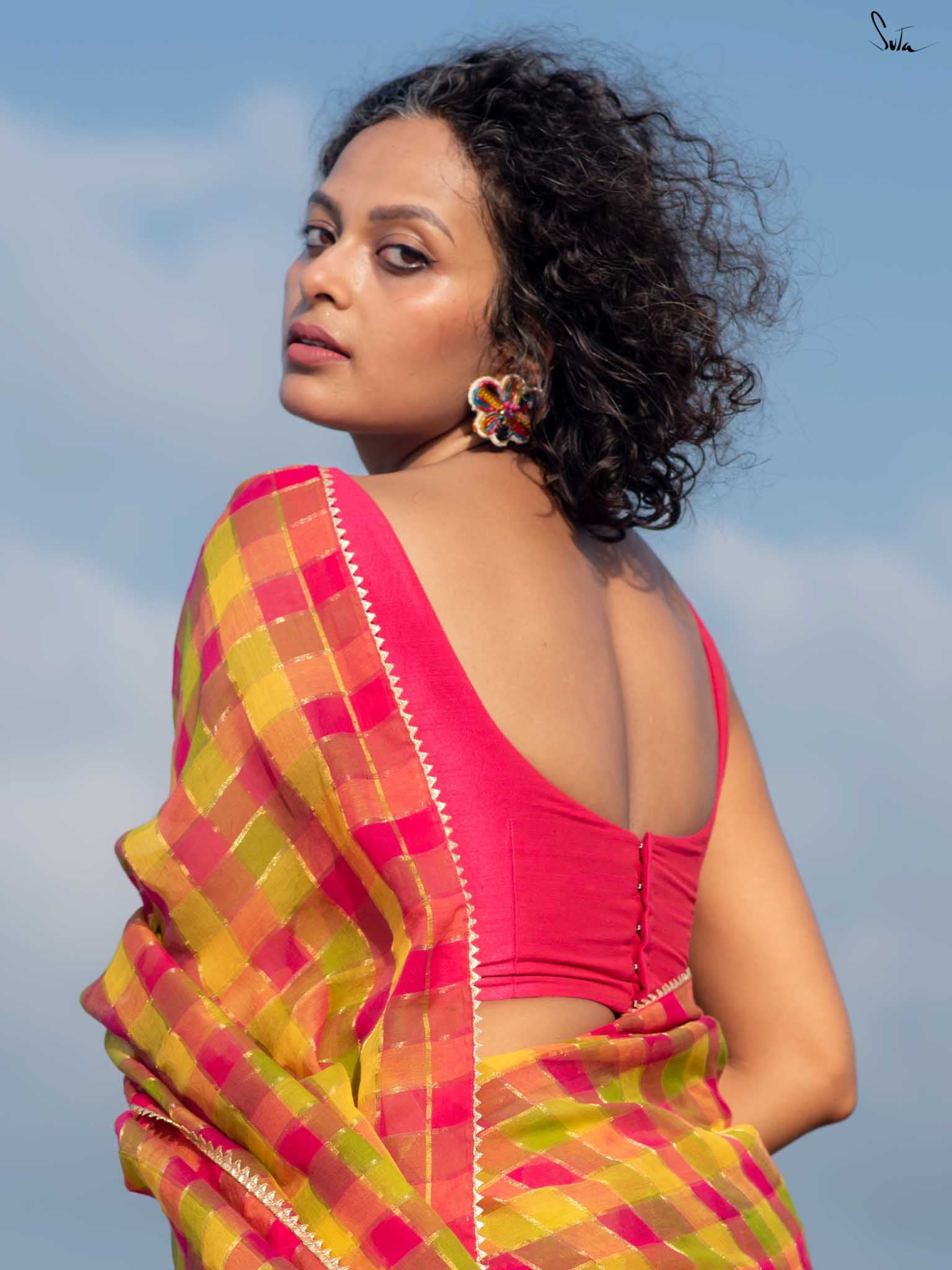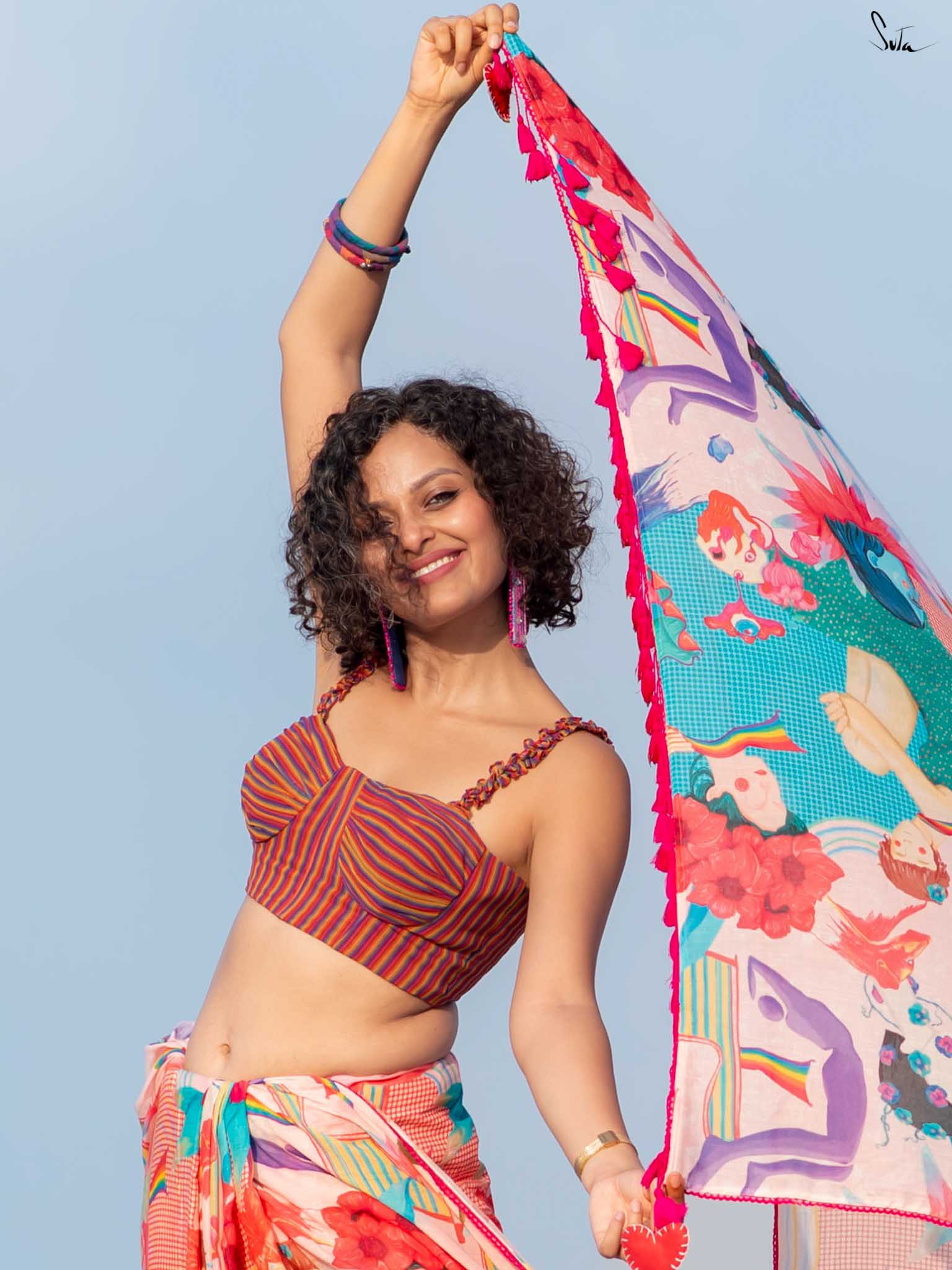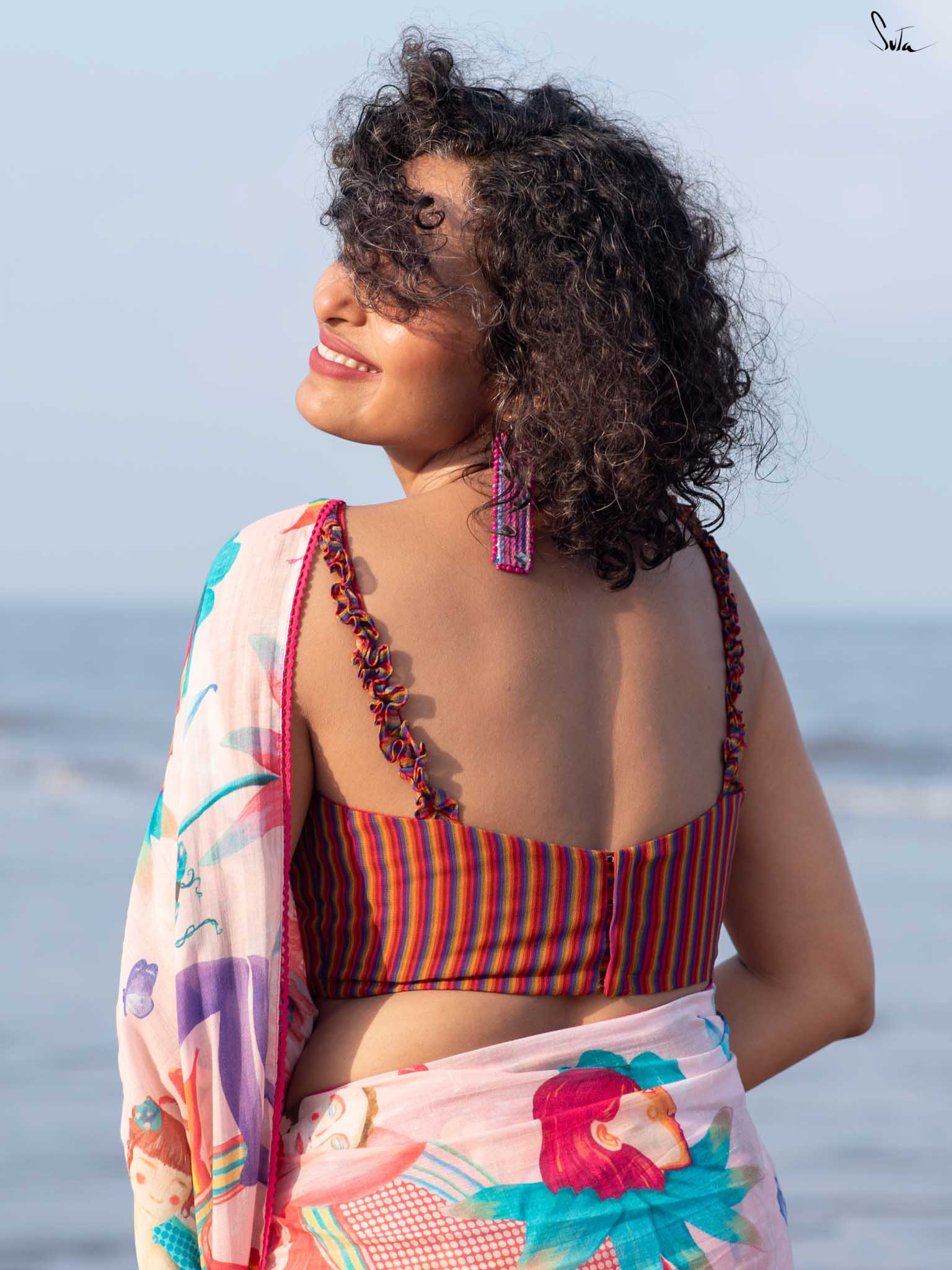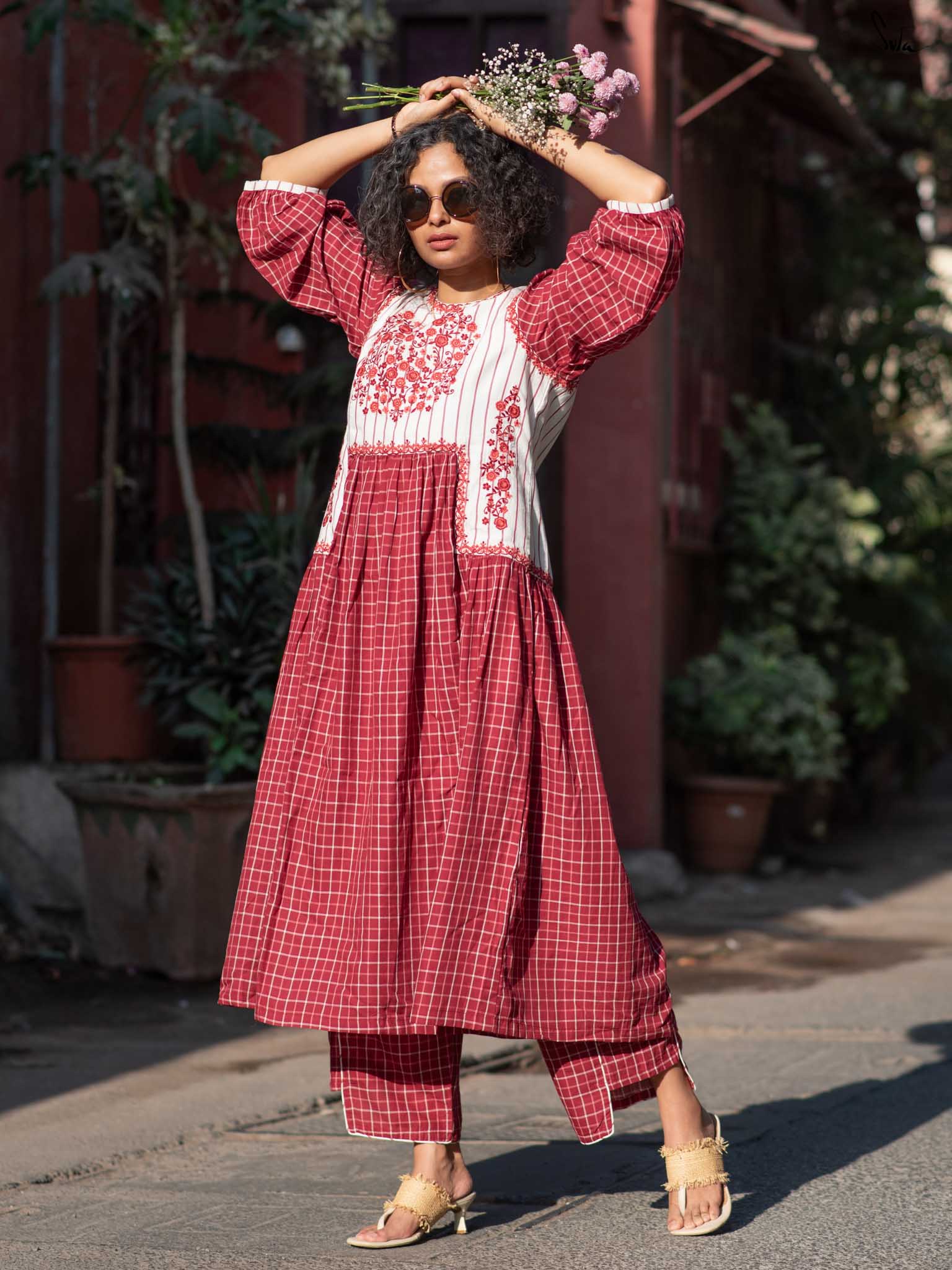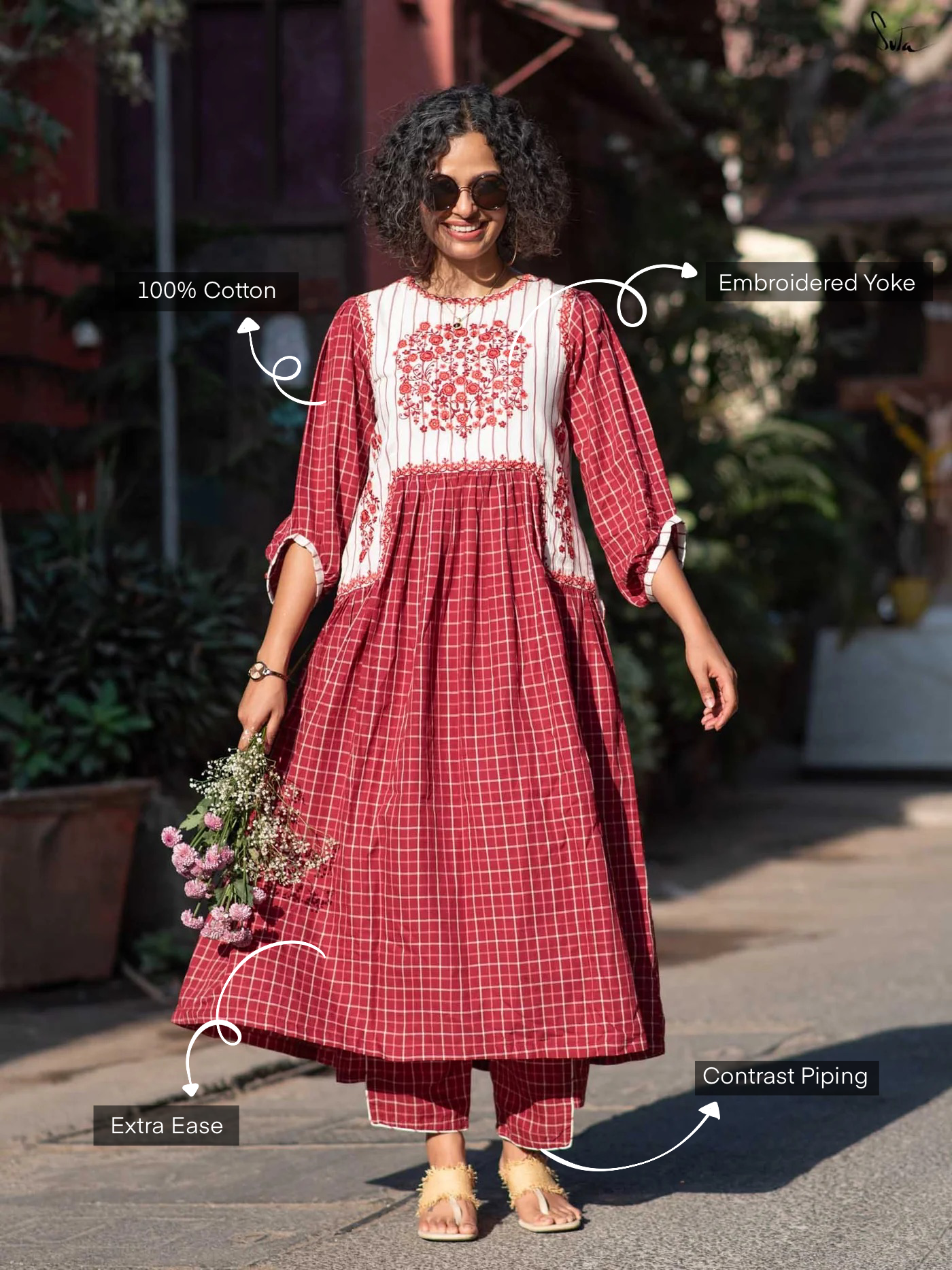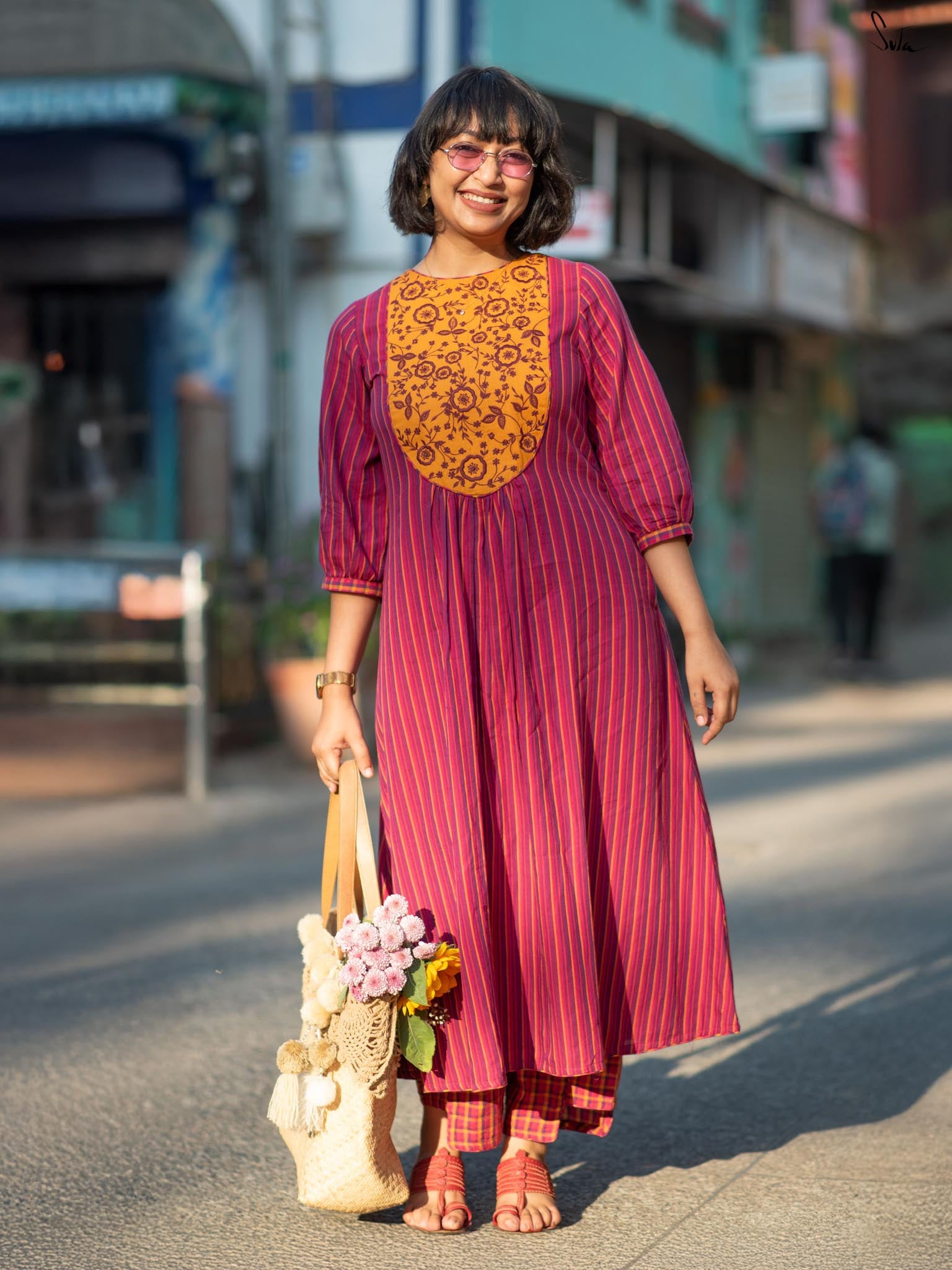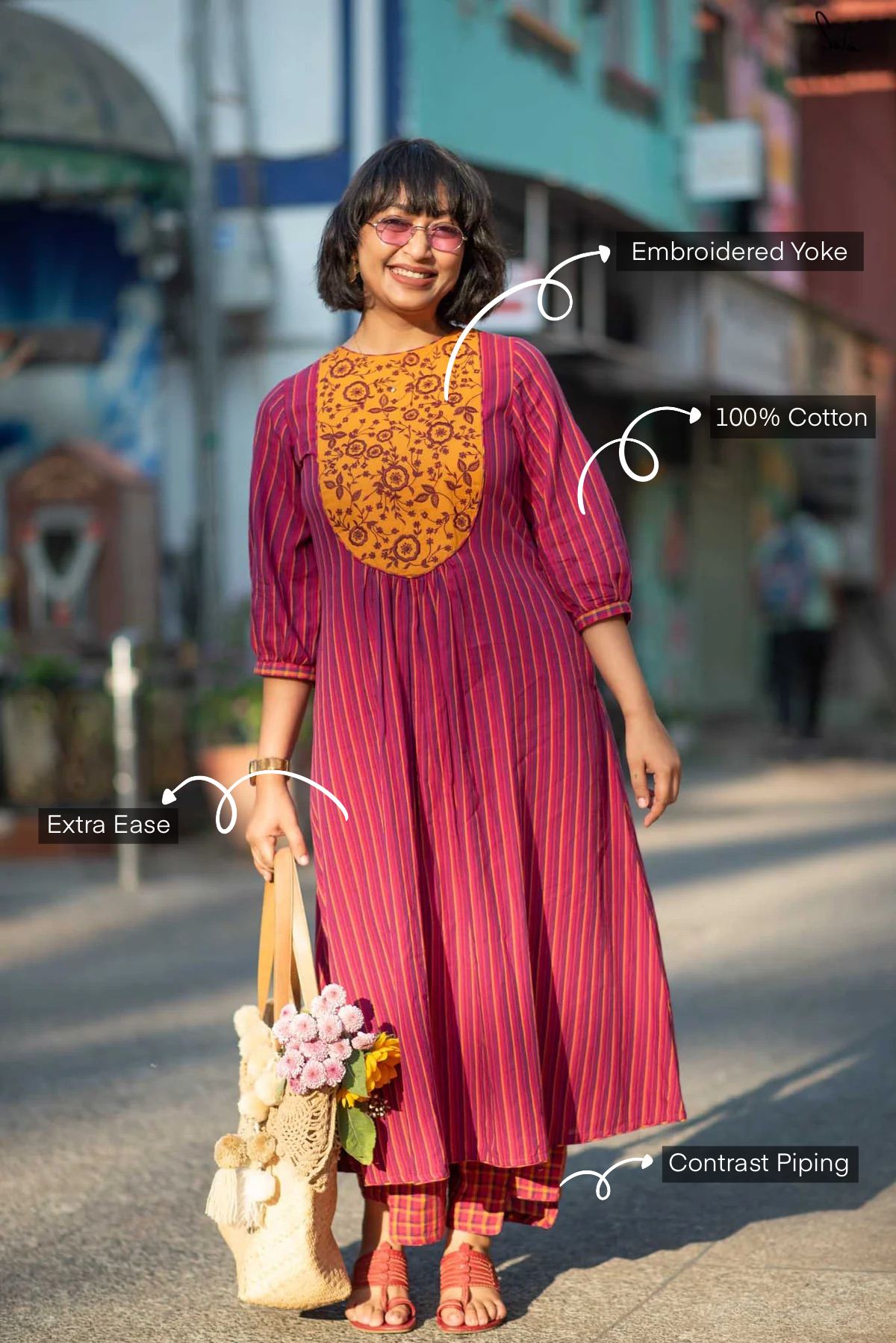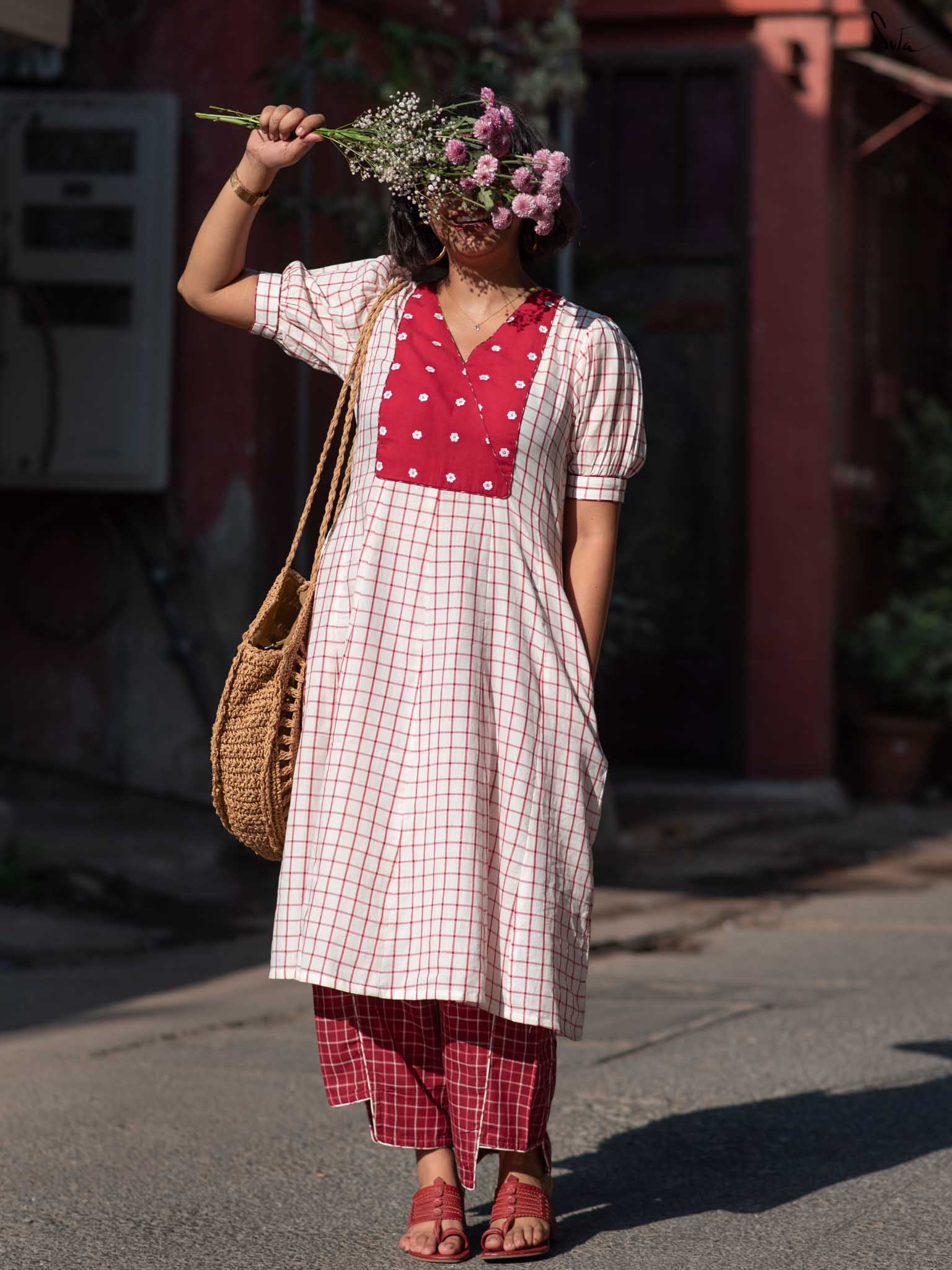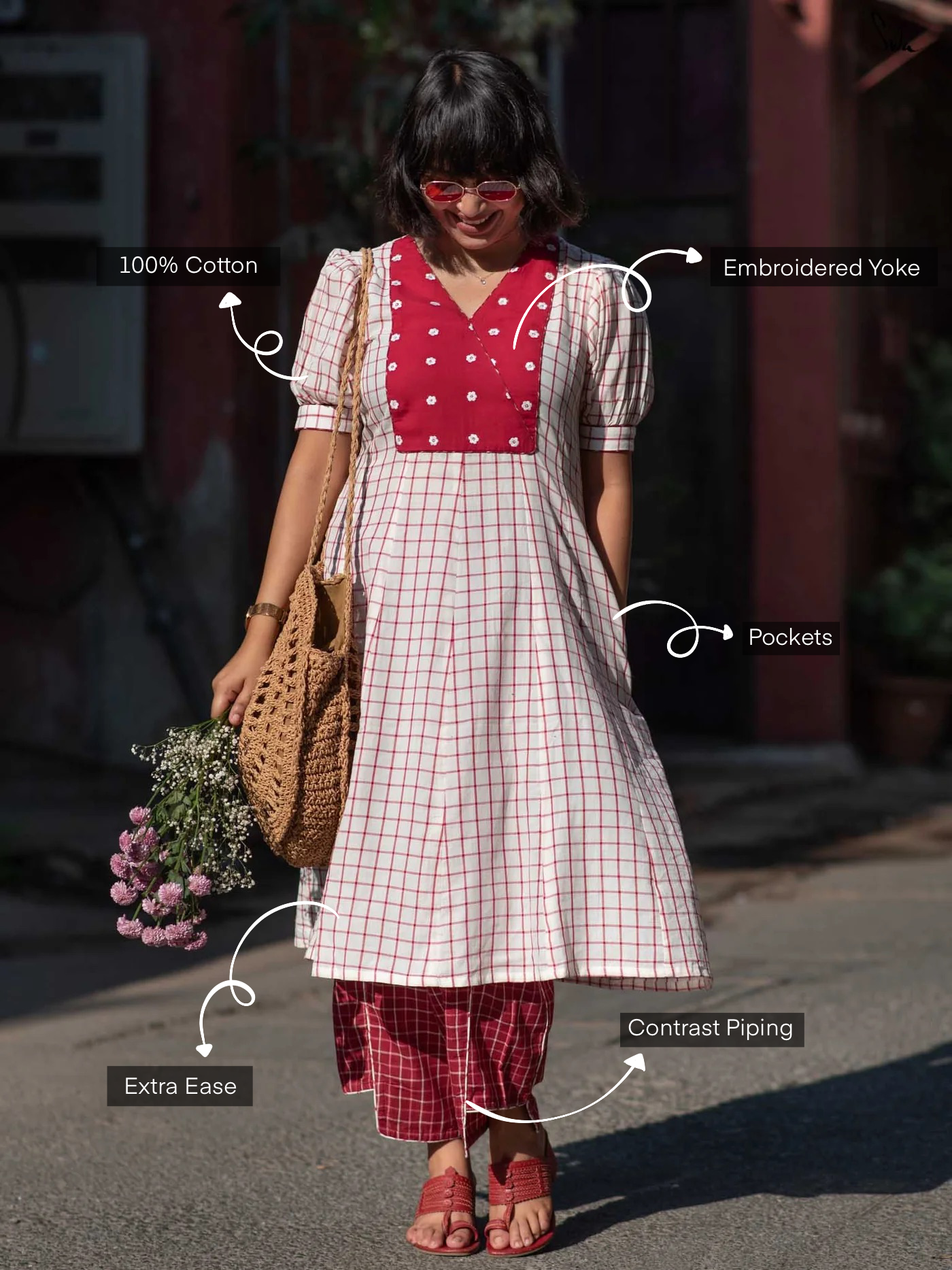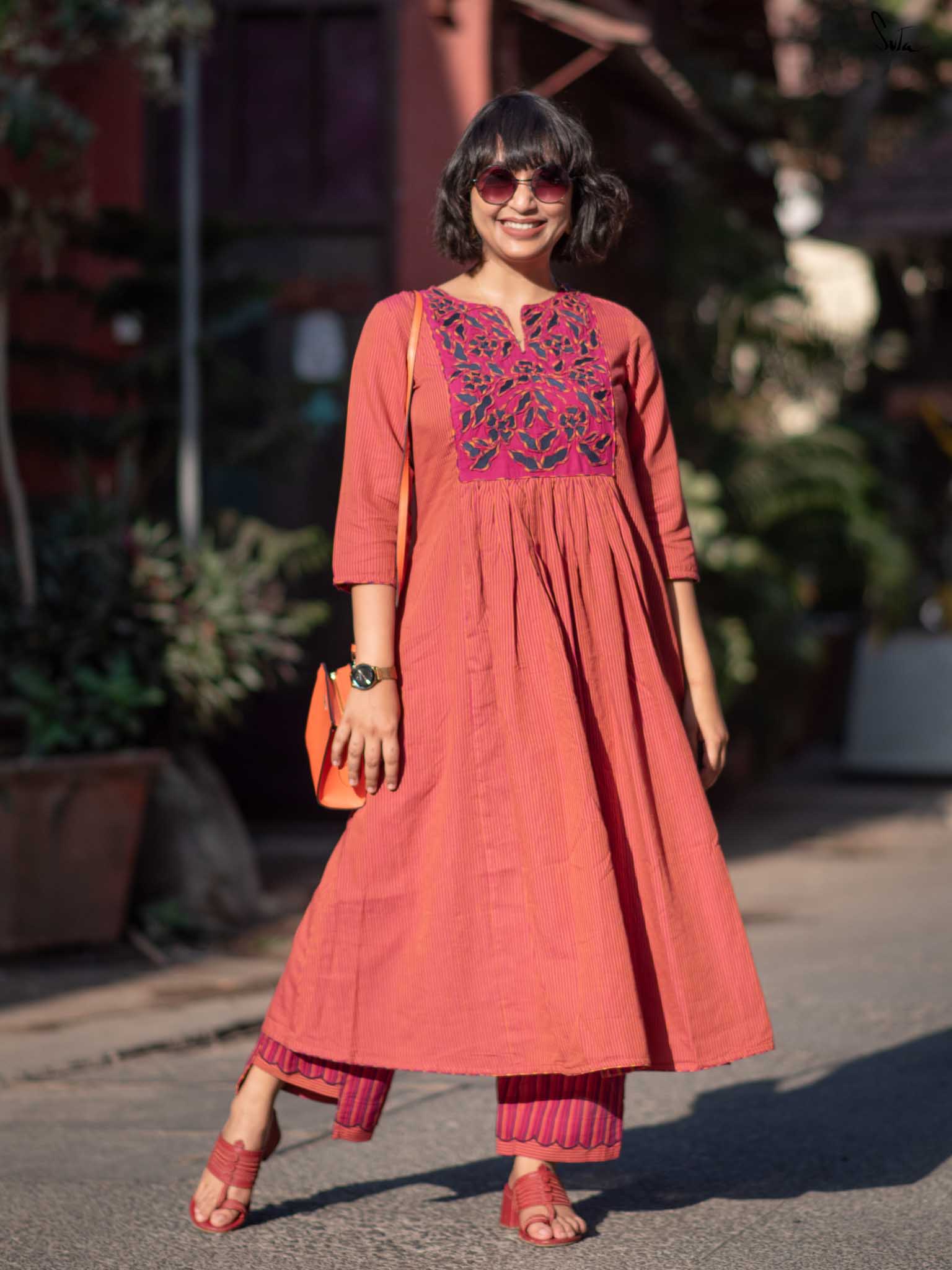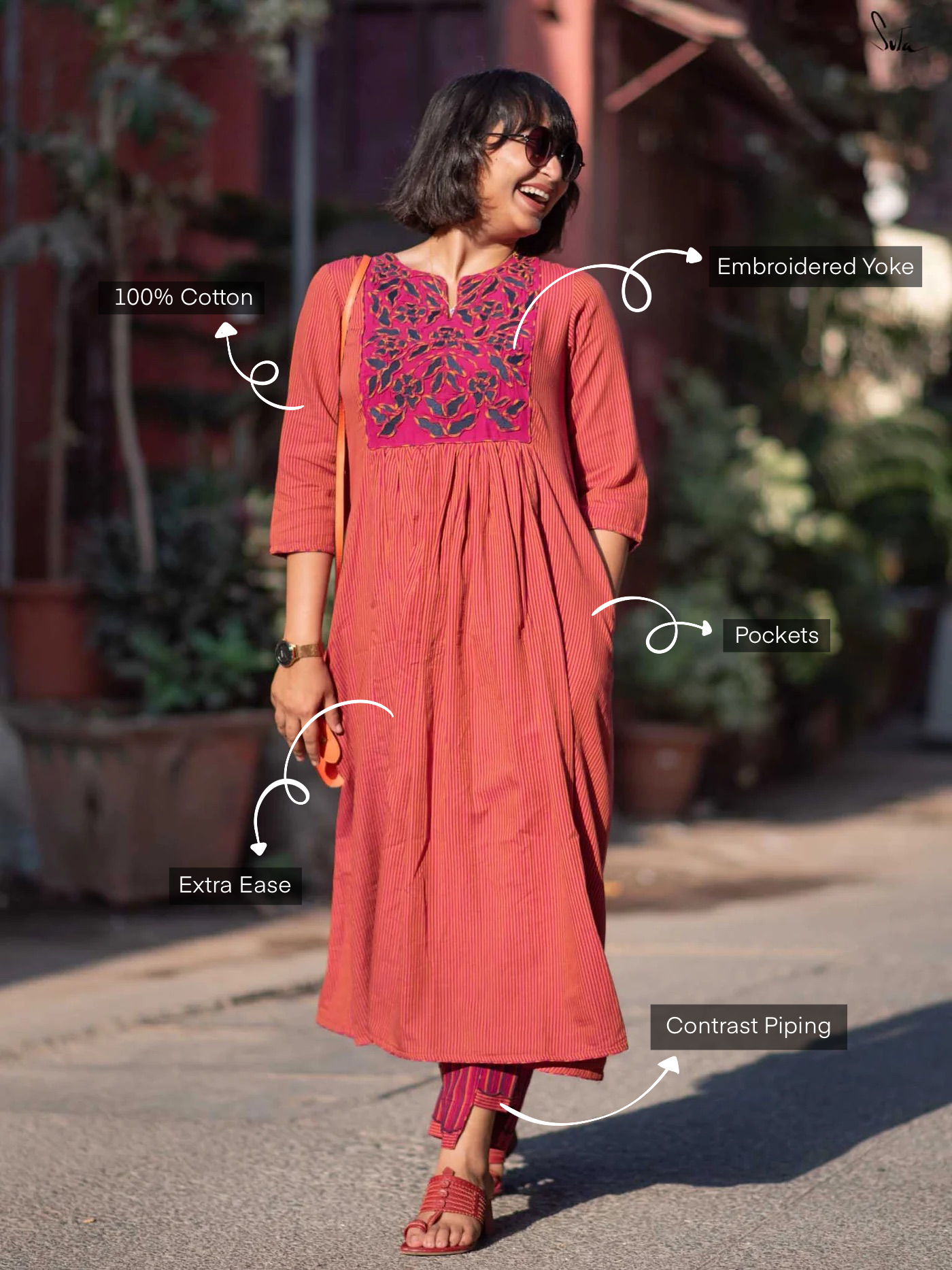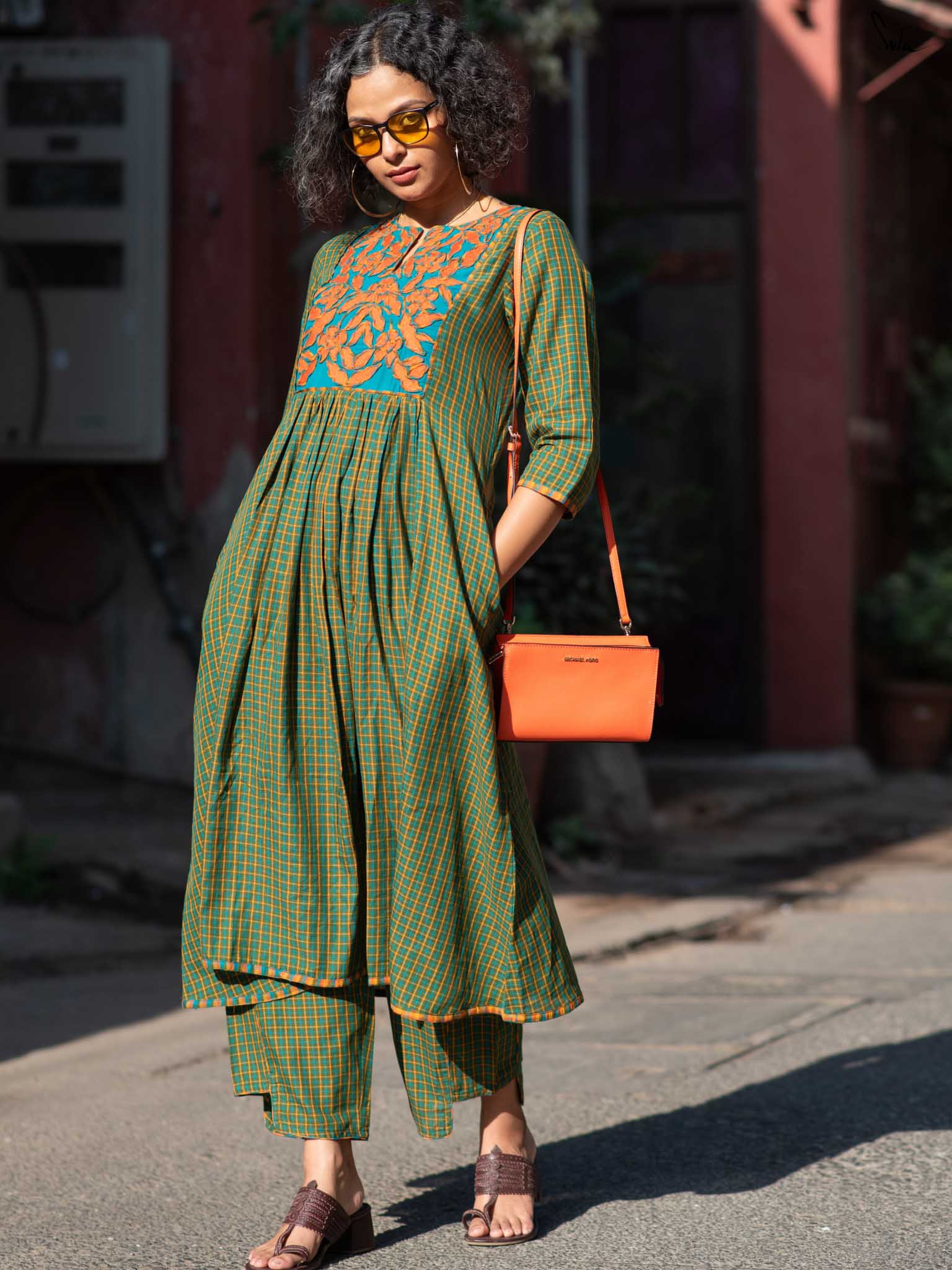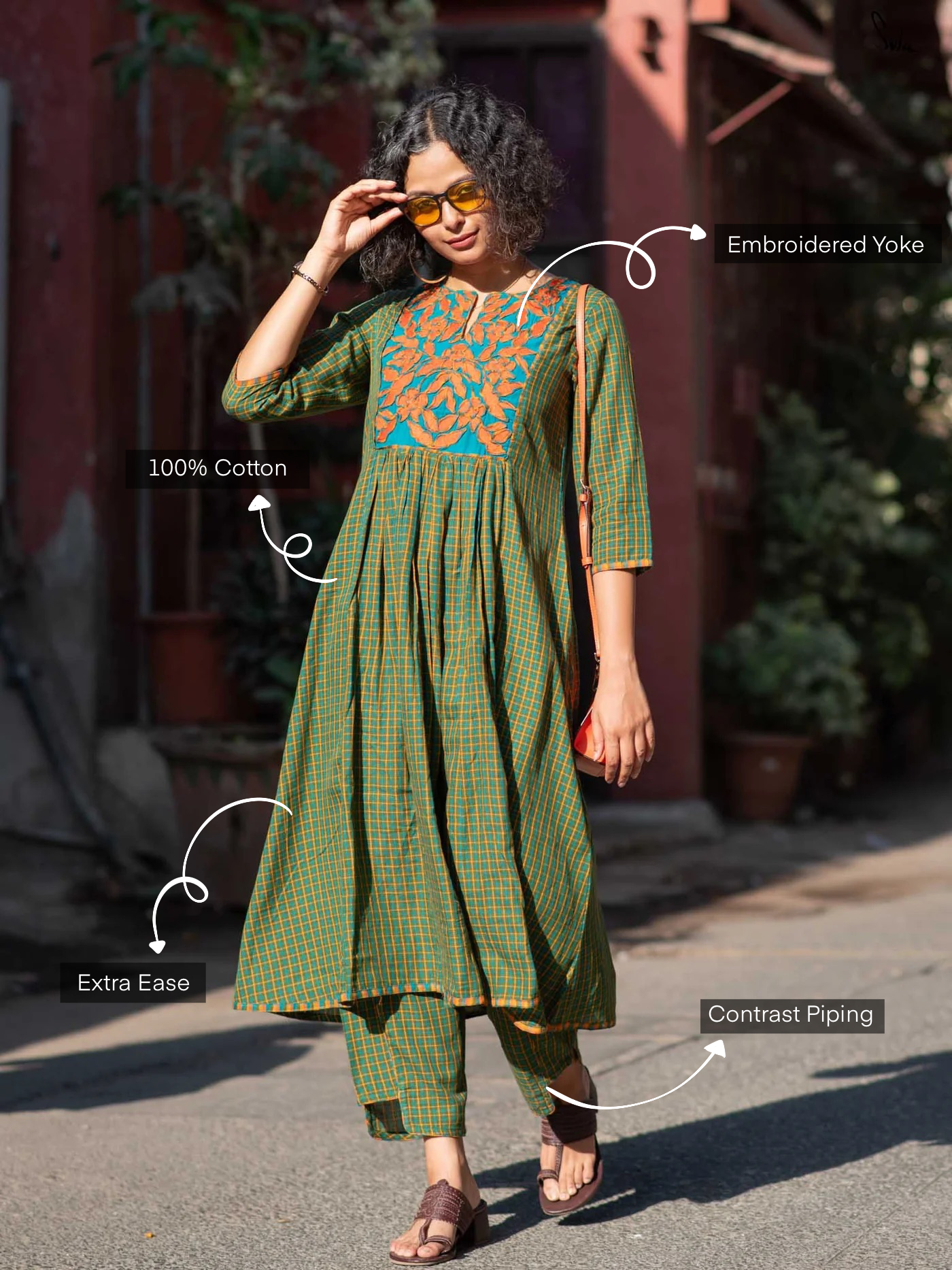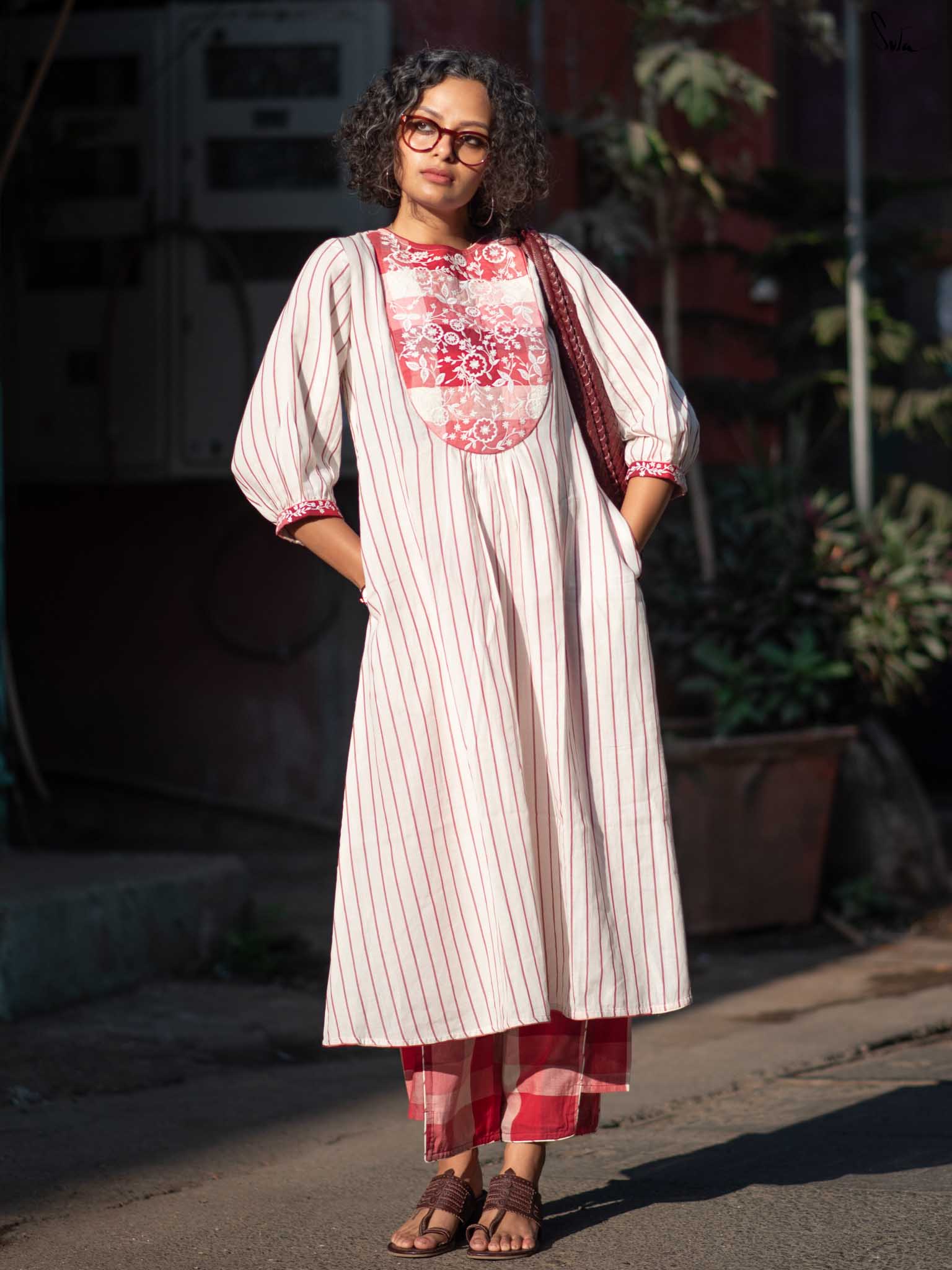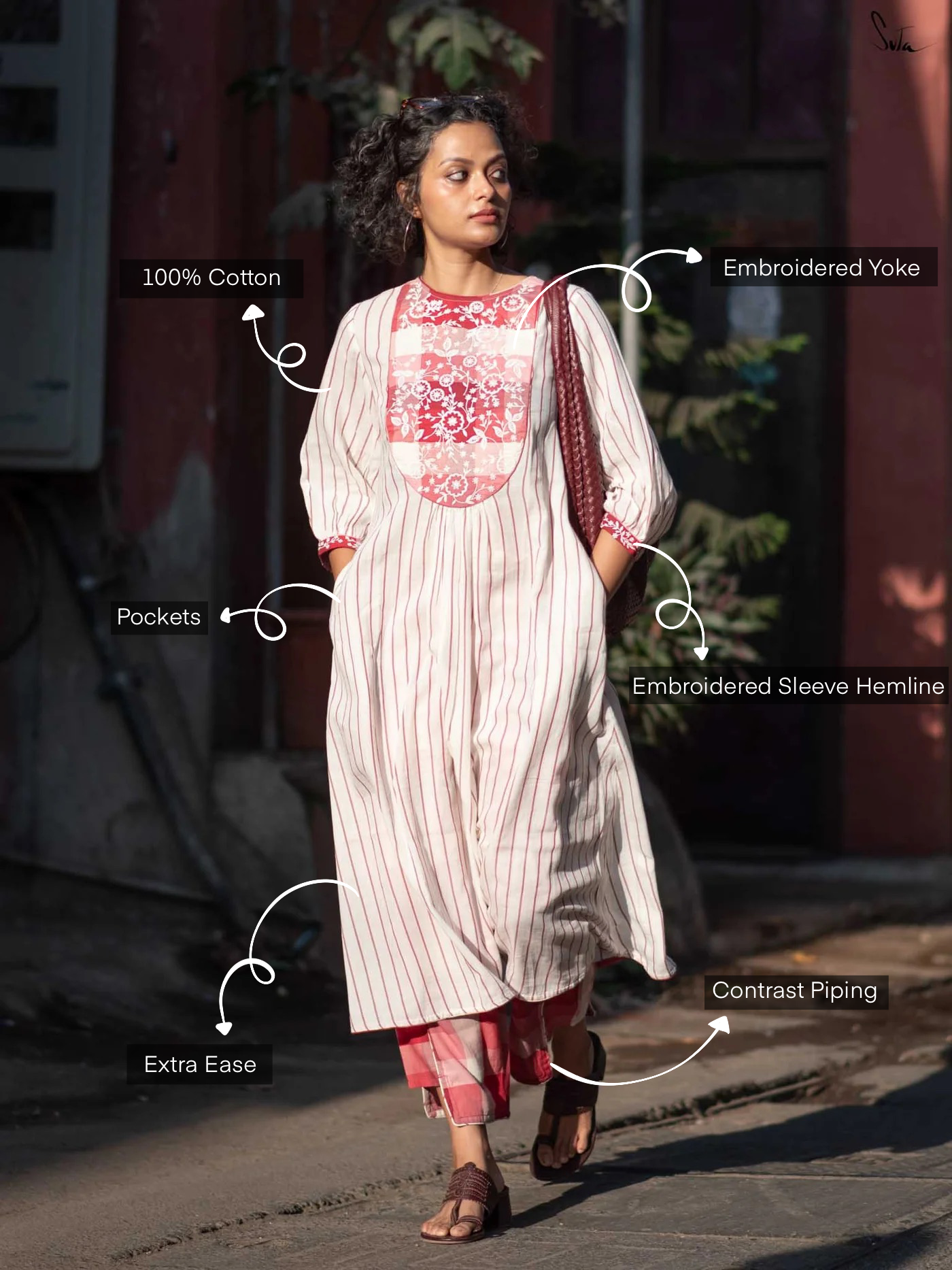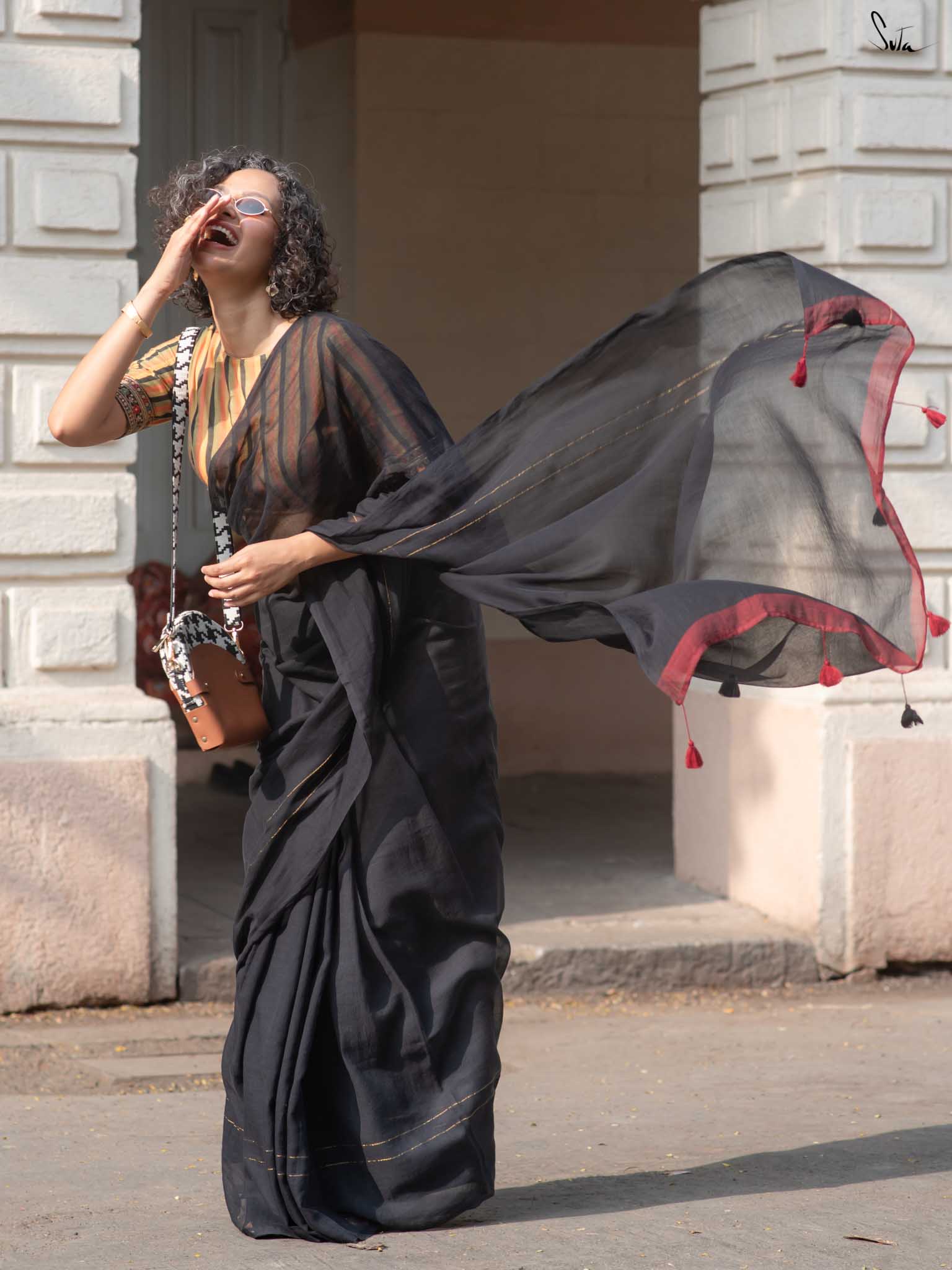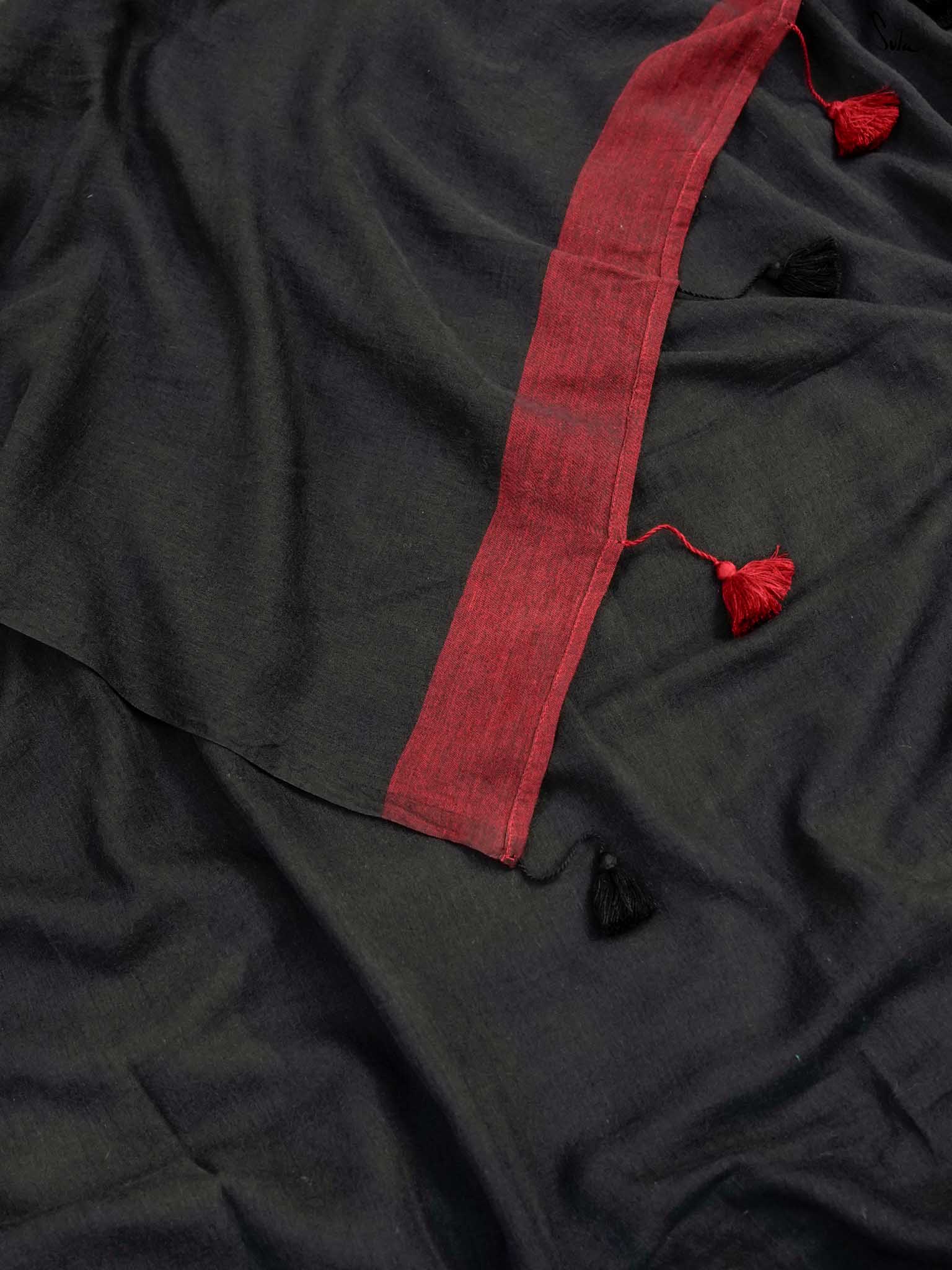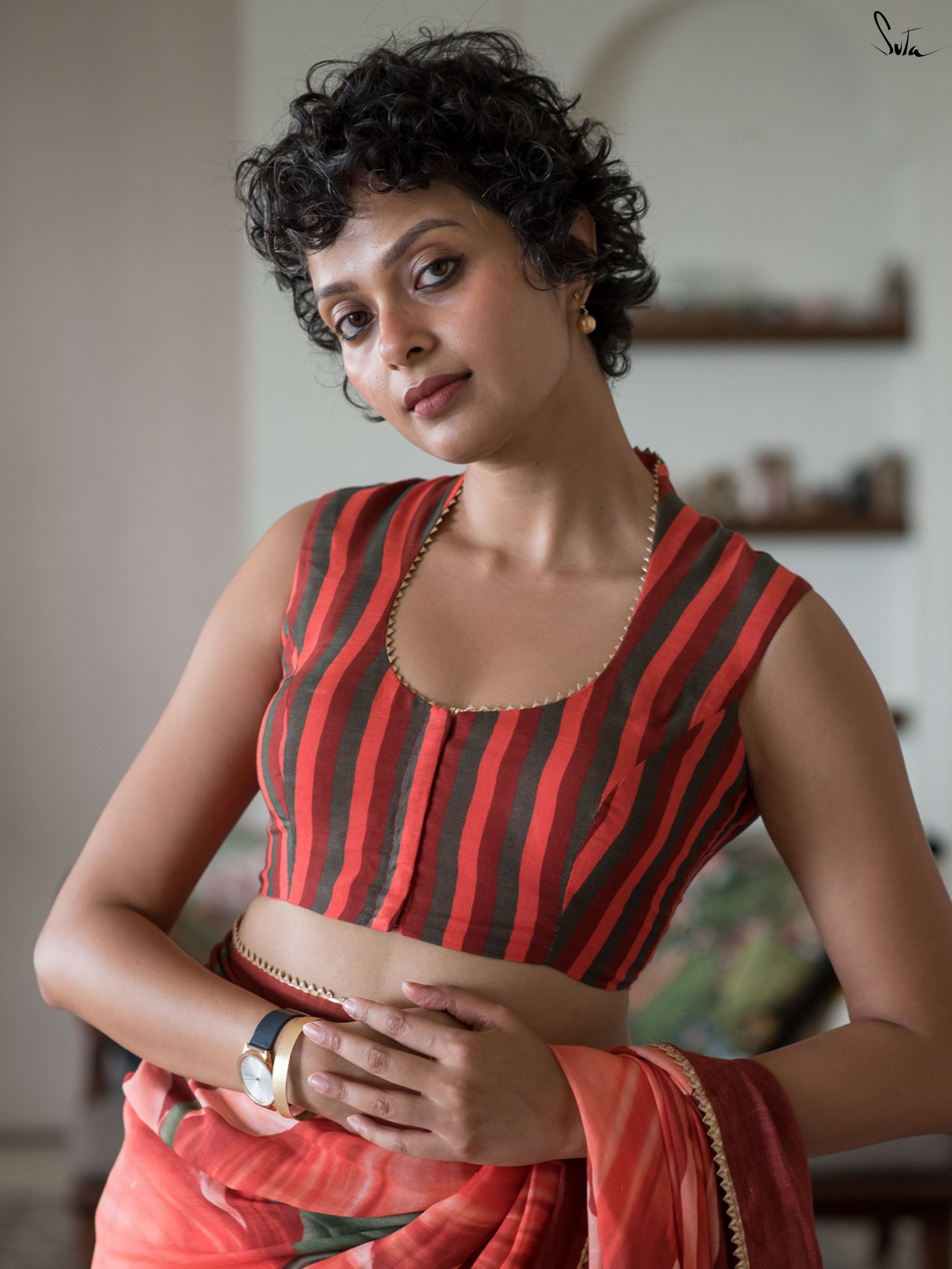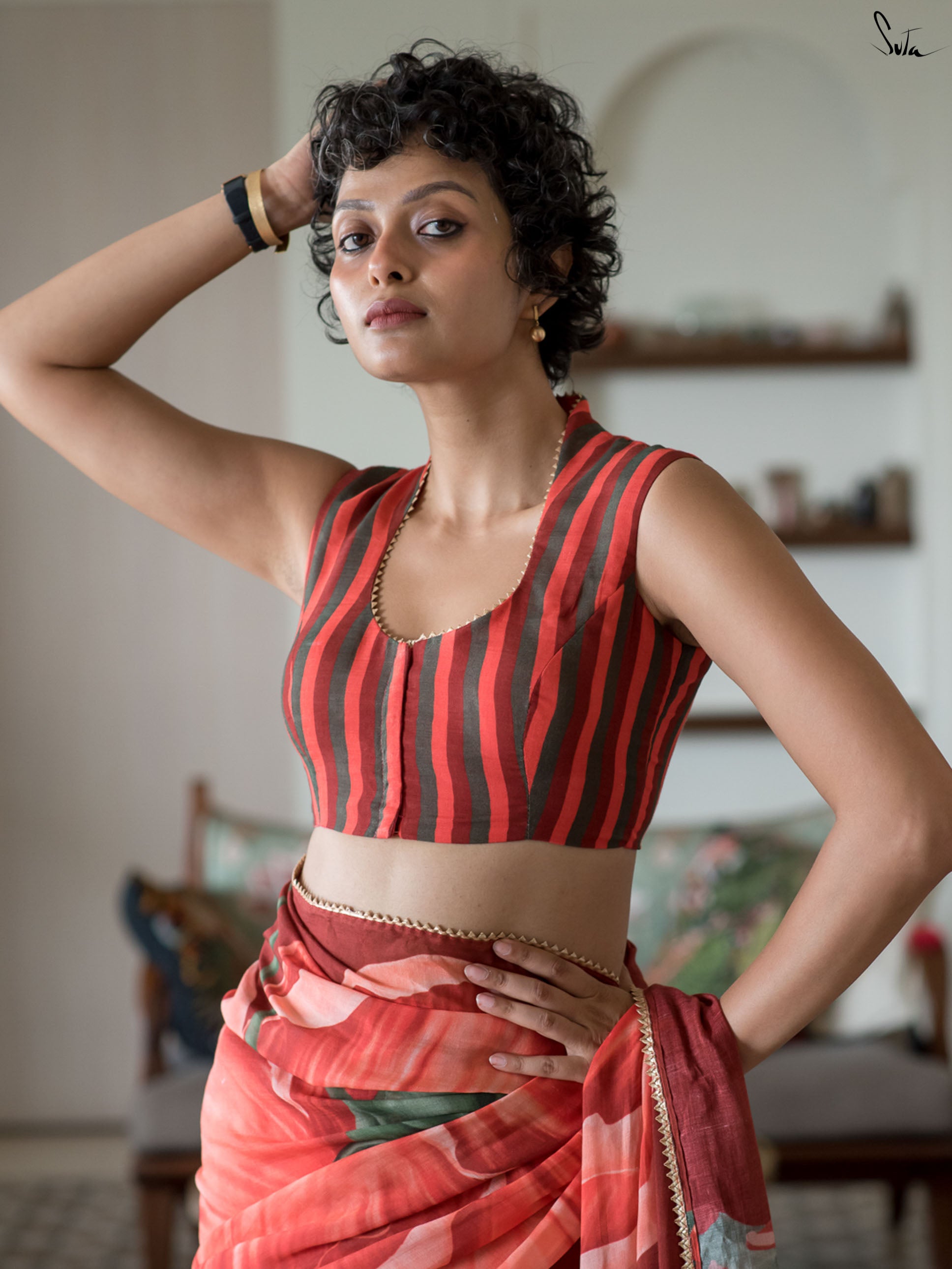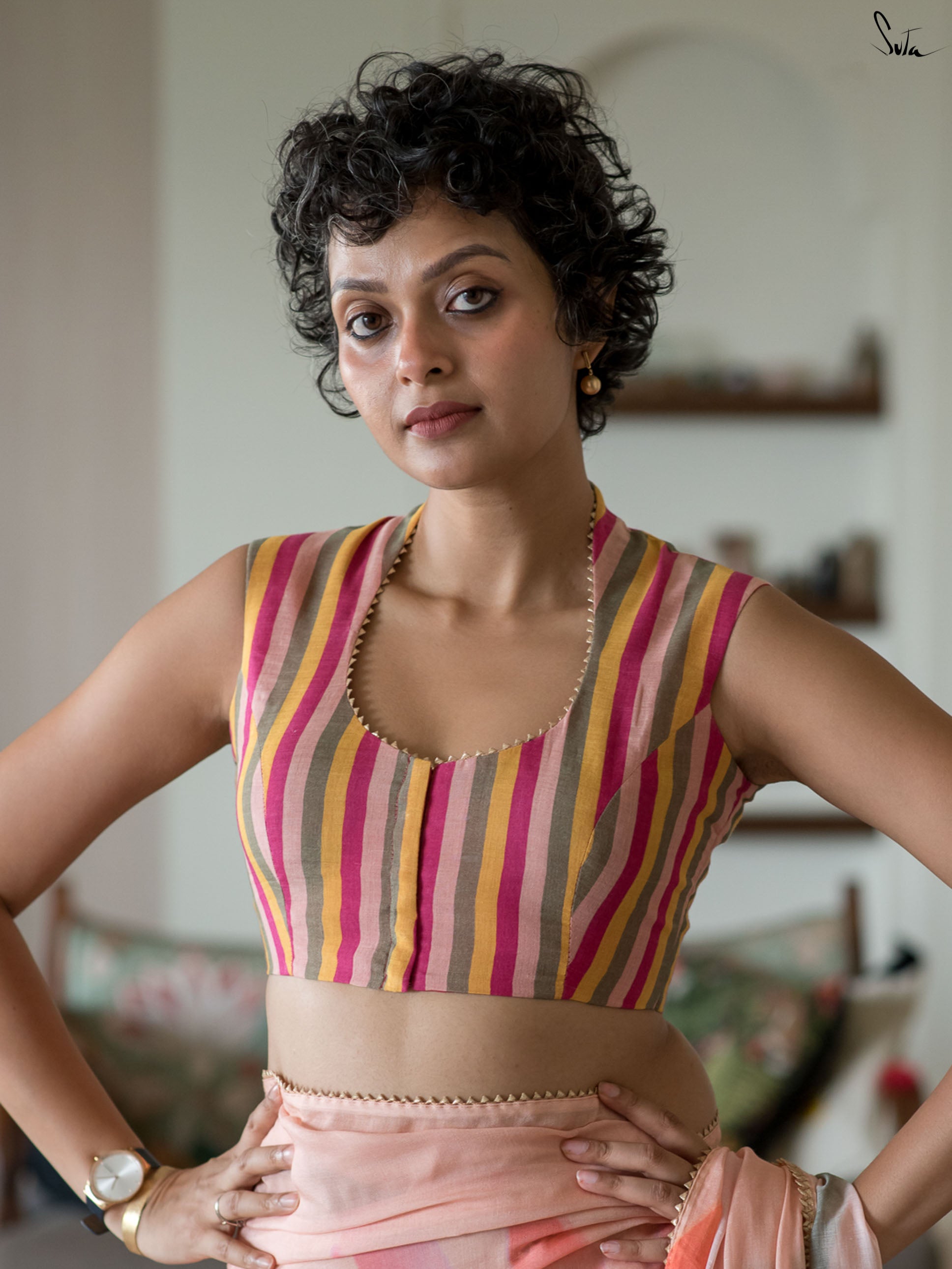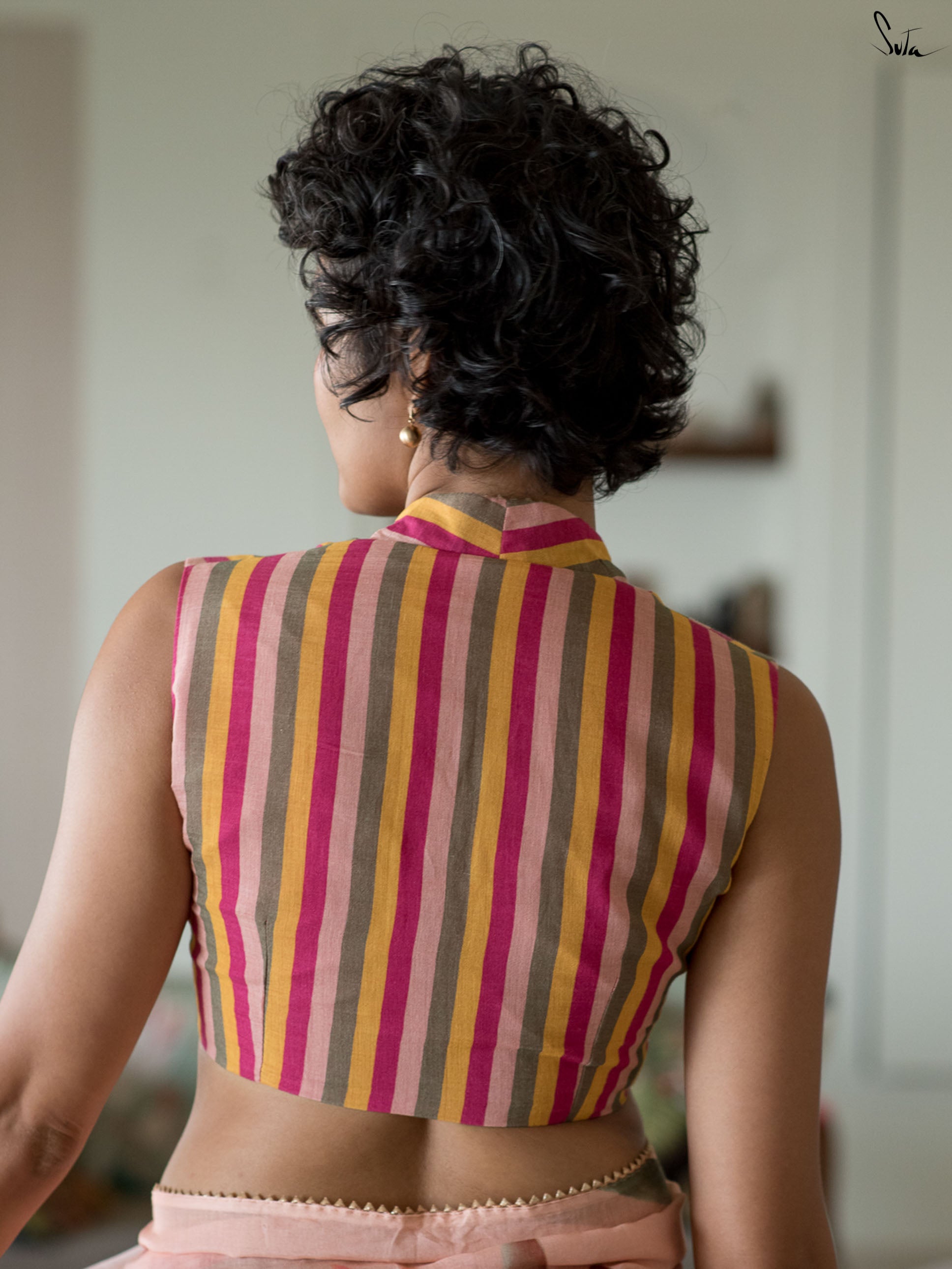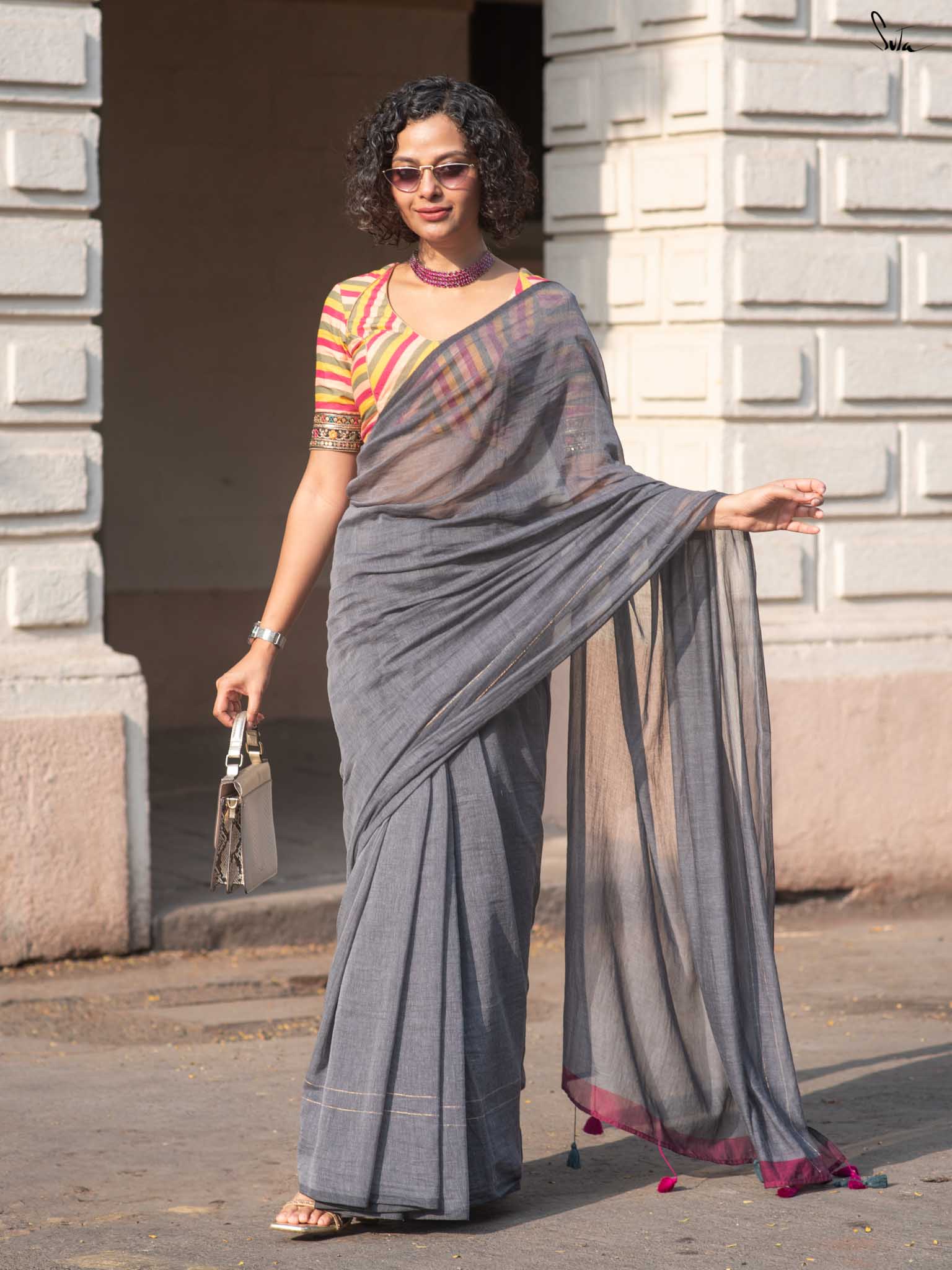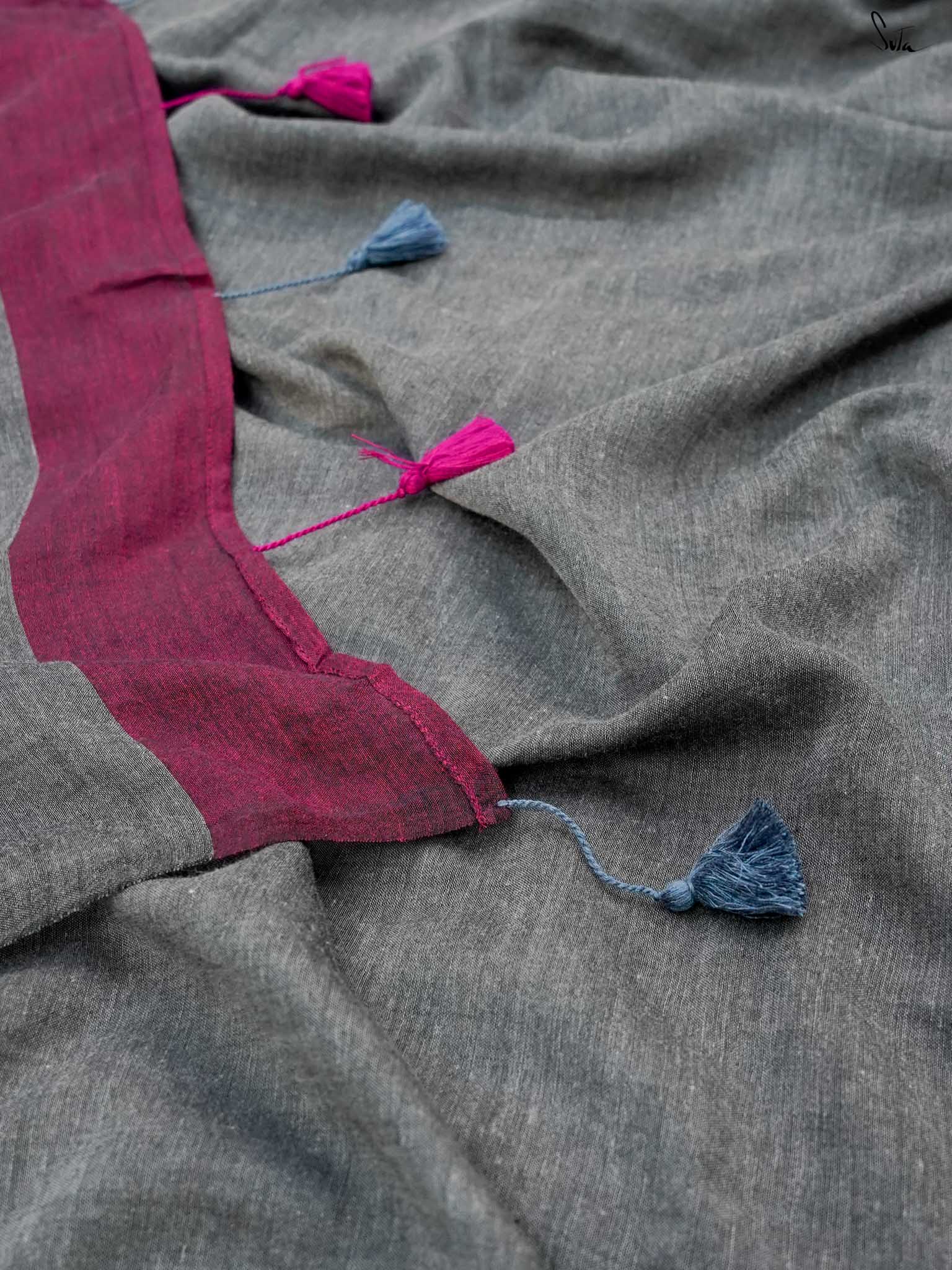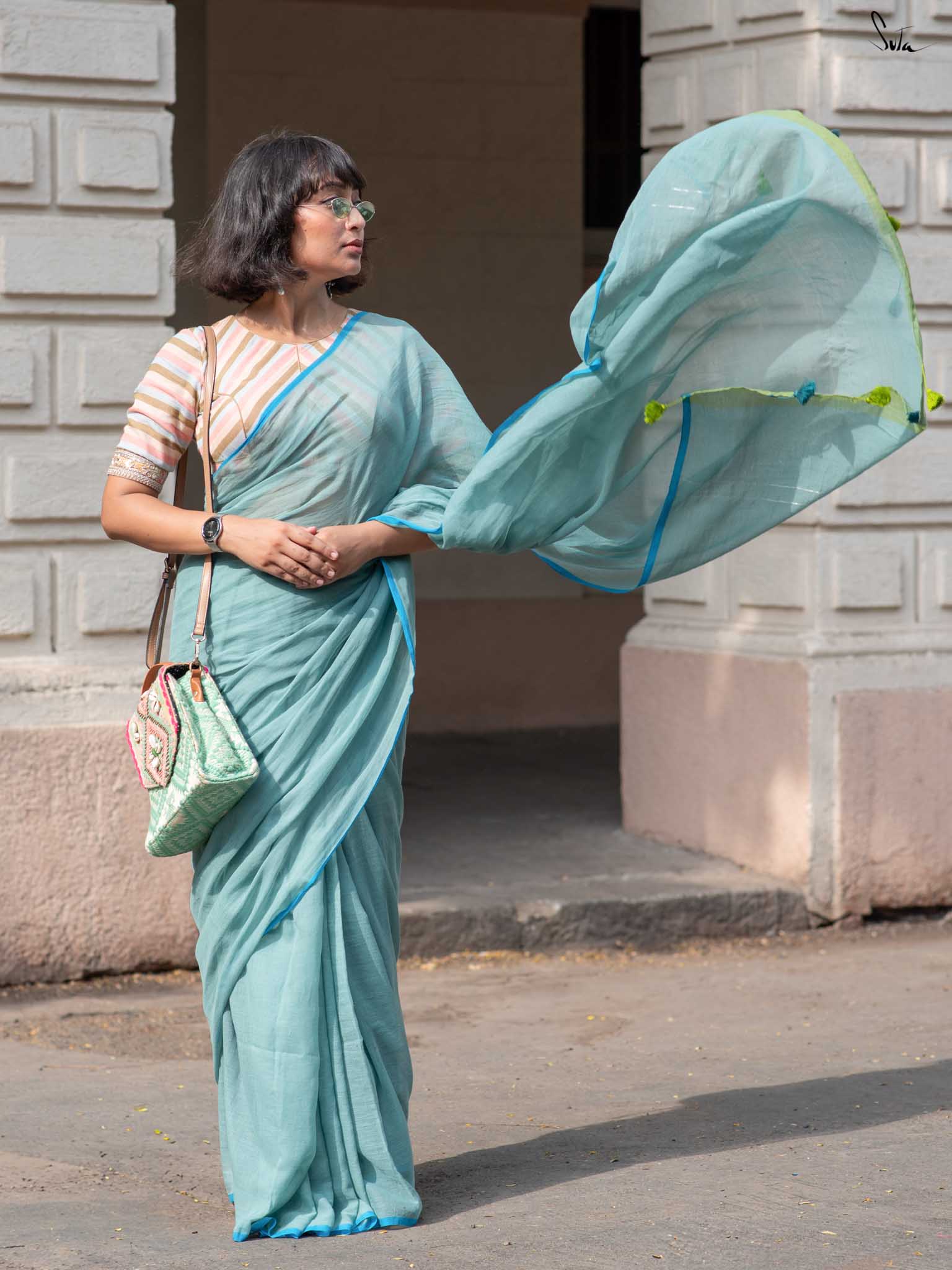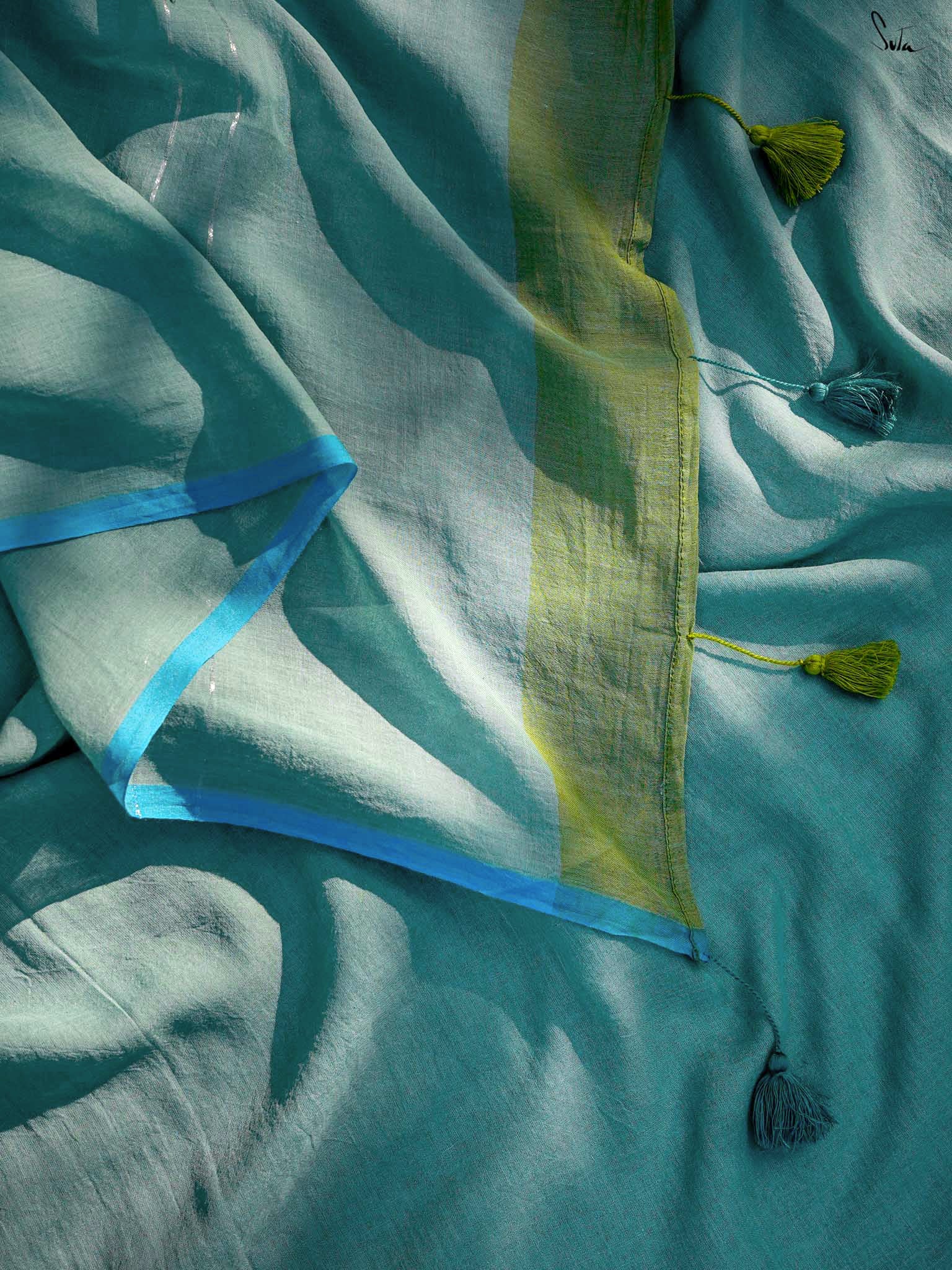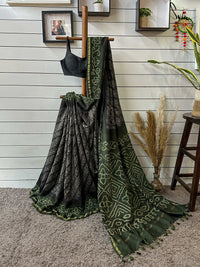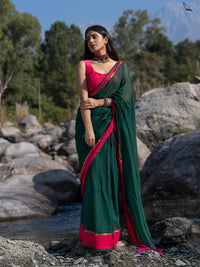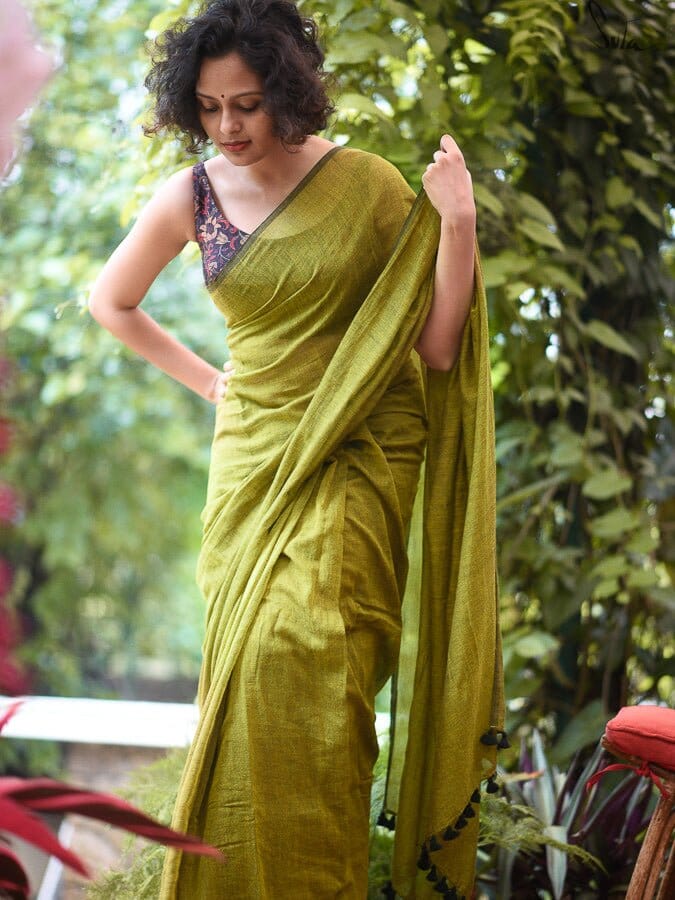

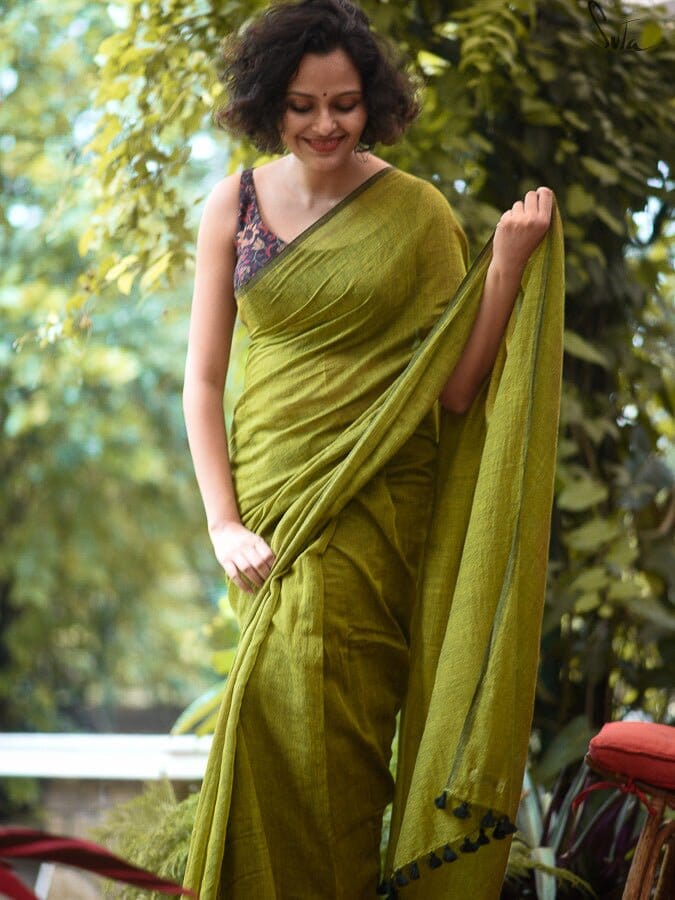
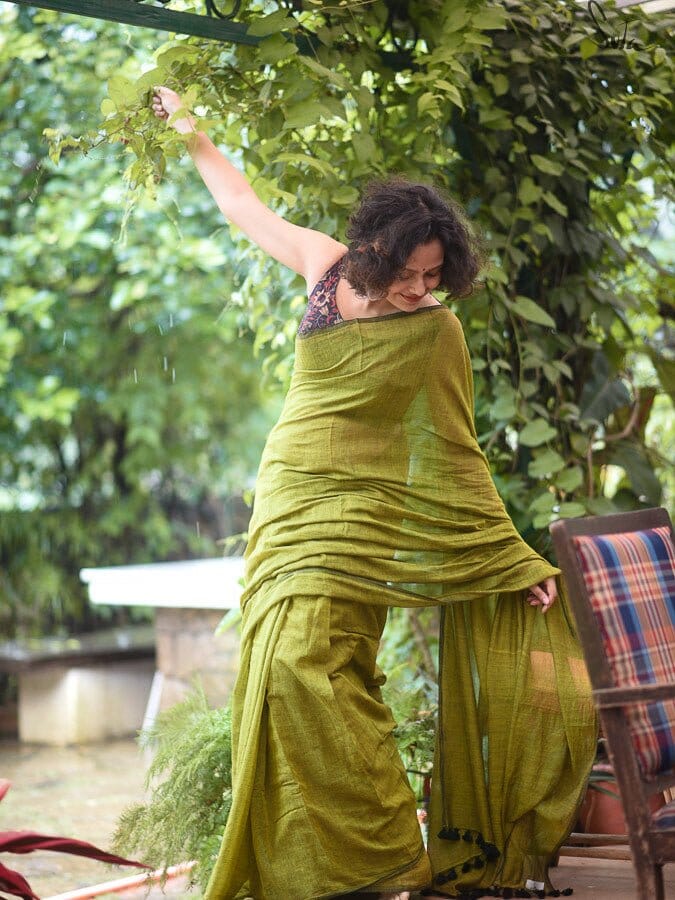

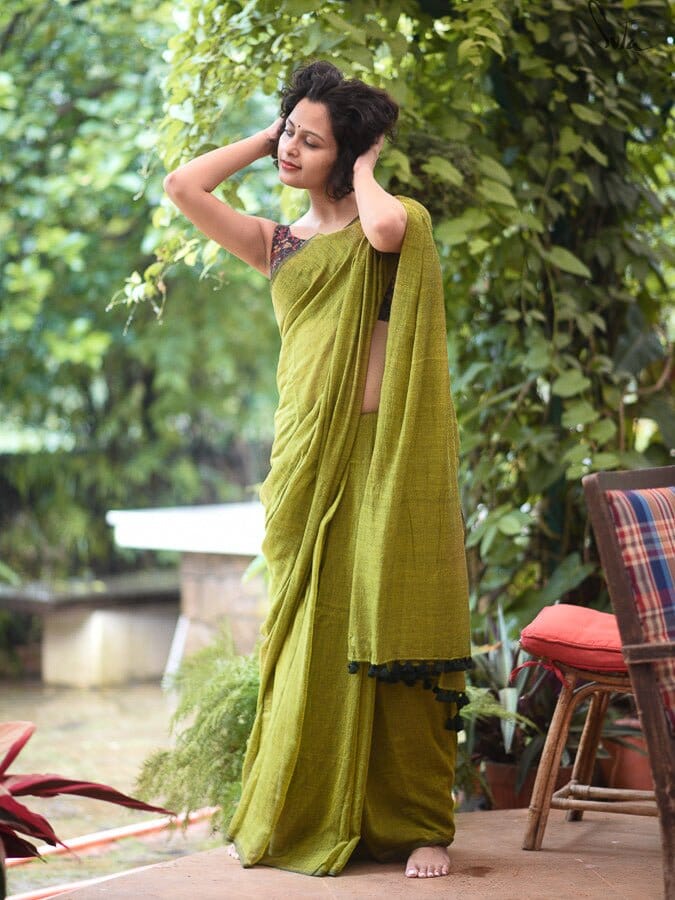

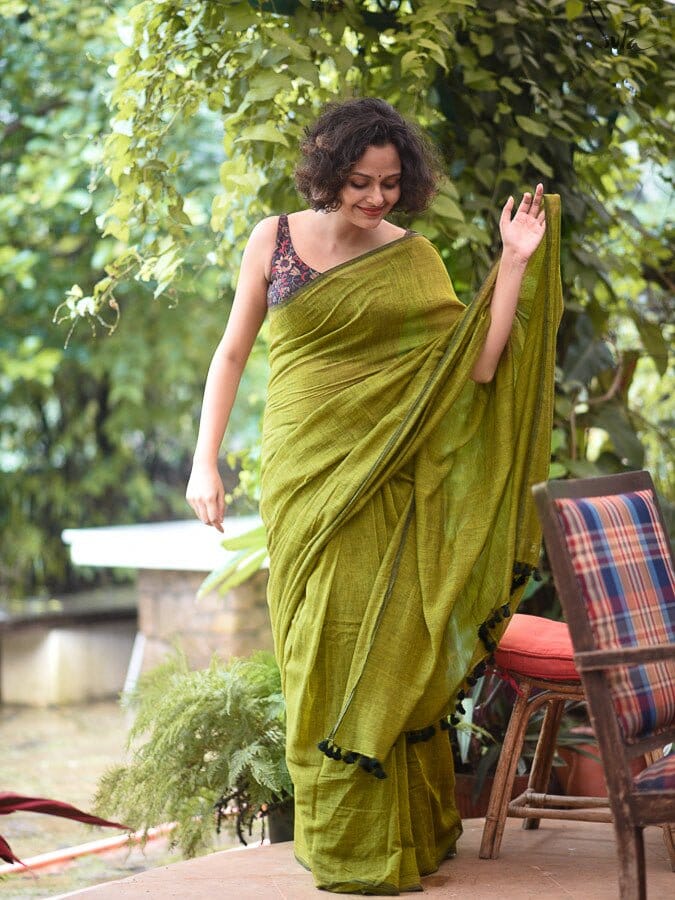
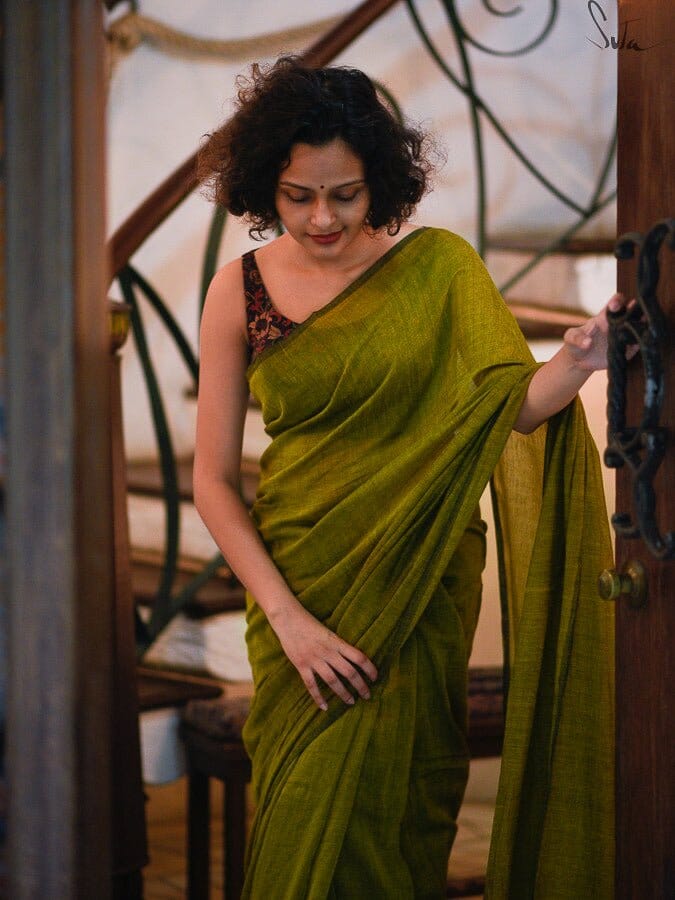
Firefly
5-7 days delivery within India
SIMILAR PRODUCTS
Length: 5.50 m (550.00 cm) Width: 1.19 m (119.38 cm)
Blouse Piece: No
Fabric: Mul Cotton
Wash Care:
1. Hand wash separately in cold water and salt 2. Don't soak it in water for more than 5 minutes 3. Medium iron
Blouse: Su, the model is wearing size S blouse called Mystique forest
Disclaimer: Slight colour variations are due to photography location and light conditions
What You will Receive: 1 Saree
SKU: SUTAMIH101
Who wants a five-star dinner date when one can gaze endlessly at the million stars in the sky with the one they love? What is the romance of an infinity pool when compared to being struck by awe while taking strides in the ocean? How do we decide whether a controlled man-made setting that assures a false sense of security trumps over the wild canvas of nature that is actually where we belong? Perhaps we can make an informed decision by experiencing both. Maybe we cannot walk into a jungle without a care, but can we get wet in the rain a little bit? Can we walk barefoot a little bit? Instead of following the blinking lights of our mobile phones, can we follow the fireflies a little bit?
This made-in-heaven mul cotton saree is elegance and glamour put together. It isversatile and brings out the best from within you! The mul cotton is what we call Made in Heaven at Suta. Known in West Bengal as mul mul, the fabric is what can be categorised as muslin cotton. It is believed that this fine method of weaving cotton can be traced back to even before the Indus valley civilization. What makes this fabric special is the almost magical process of weaving it. Cotton fibres are separated and spun into strong threads. The lightest and the most delicate fibres are separated and are then spun into muslin thread. These are then woven into fabrics by skilled weavers. The history of muslin weaving is a beautiful chapter in the history of Indian textiles. The process of the yore was much more complex and involved many unique tools that look primitive but worked like magic. The upper jaw of a catfish was used to initially clean the cotton before spinning. To separate the lightest fibres, a Dhunkar (a bamboo bow) was used, which when strung in a distinctive way made the lighter fibres rise above the heavier ones. This process gave the title Woven Air to the muslin fabric. Weavers famously wove on looms that were at ground level and operated the looms from pits dug in the ground. Even during the Mughal era, the muslin fabric was seen as a symbol of power for its finesse. History is full of anecdotes to prove the awe that the muslin fabric generated. Emperor Aurangzeb is said to have chided his daughter Zeb-un-Nisa for appearing naked in the court when in reality she had been wearing several layers of the muslin cloth! Such was the fabrics delicateness. The almost invisible fabric had made an Arab traveller in the 10th century remark that the degree of fineness is such that a garment can be drawn through a ring of a middling size. During the British colonisation and even during the Mughal rule, the art of weaving muslin took a hit as weavers were treated poorly and drought hit many of the weaving centres. As a result, today, the process of weaving has seen a lot of change. Nevertheless, the essence of it hasn't changed and the charm of the fabric still remains.
Country of Origin: India
Manufactured & Packed By: Suta Pvt. Ltd.
Registered Address: Om ShivAmbika Co-Op Hsg Soc, Kalina, Santacruz East, Mumbai-400098
Black Friday Sale (27 Nov – 2 Dec 2025) - No returns or exchanges. Only gift cards applicable.
Free garage saree policy: MRP products purchased with free Garage products are eligible for exchange only; Garage products cannot be returned or exchanged.
Pre-draped sarees are non-returnable and non-exchangeable.
We offer a hassle-free 10-days (from the date of delivery) return and exchange for products bought at MRP.
Only exchange (same or higher value of any product) requests will be accepted for products bought during sales
or at discounted prices.
- Items will be considered for refund/store credit/exchange only if it is unused, unaltered and with all tags still attached.
- Returns that are damaged or soiled may not be accepted and may be sent back to the customer.
- Please inform our customer care department in the event of any Goods/products are delivered without tags.
- All custom-made orders are non-returnable
-
Refunds for prepaid orders will be directly initiated to the source account.
For COD orders, you will receive a Cashgram link via SMS/email to redeem your refund. - Complaints regarding defective or incorrect products and incomplete orders should be raised within 48 hours of receiving the products. Please share an image or video highlighting your concern. For all such queries, please write to us at returns@suta.in
Choose options









Length: 5.50 m (550.00 cm) Width: 1.19 m (119.38 cm)
Blouse Piece: No
Fabric: Mul Cotton
Wash Care:
1. Hand wash separately in cold water and salt 2. Don't soak it in water for more than 5 minutes 3. Medium iron
Blouse: Su, the model is wearing size S blouse called Mystique forest
Disclaimer: Slight colour variations are due to photography location and light conditions


